- Introduction
- Kinabalu Park
- Climbing Mt Kinabalu
- Package Differences
- Certificates
- Trail Routes
- MESILAU NATURE RESORT
- Kundasang Ranau
- Kota Kinabalu City
- Important Tips
- Things To Bring
- Climbers Real Life Experience
- Kinabalu Park Map
- Mt Kinabalu Peaks Map
- Mt Kinabalu Trail Map
- Via Ferrata Route Map
Mount Kinabalu Climb Booking & Information Center
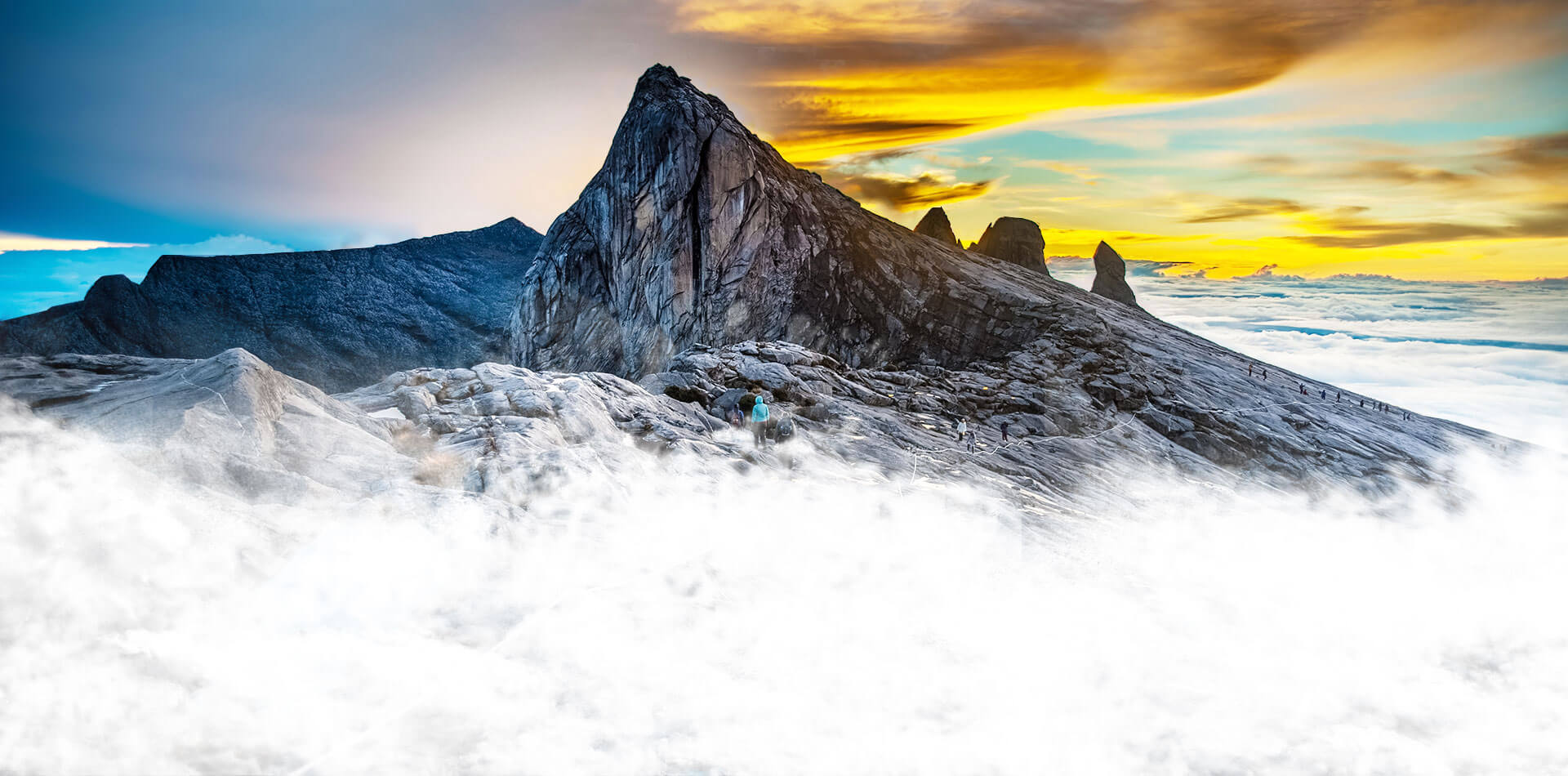

MOUNT KINABALU
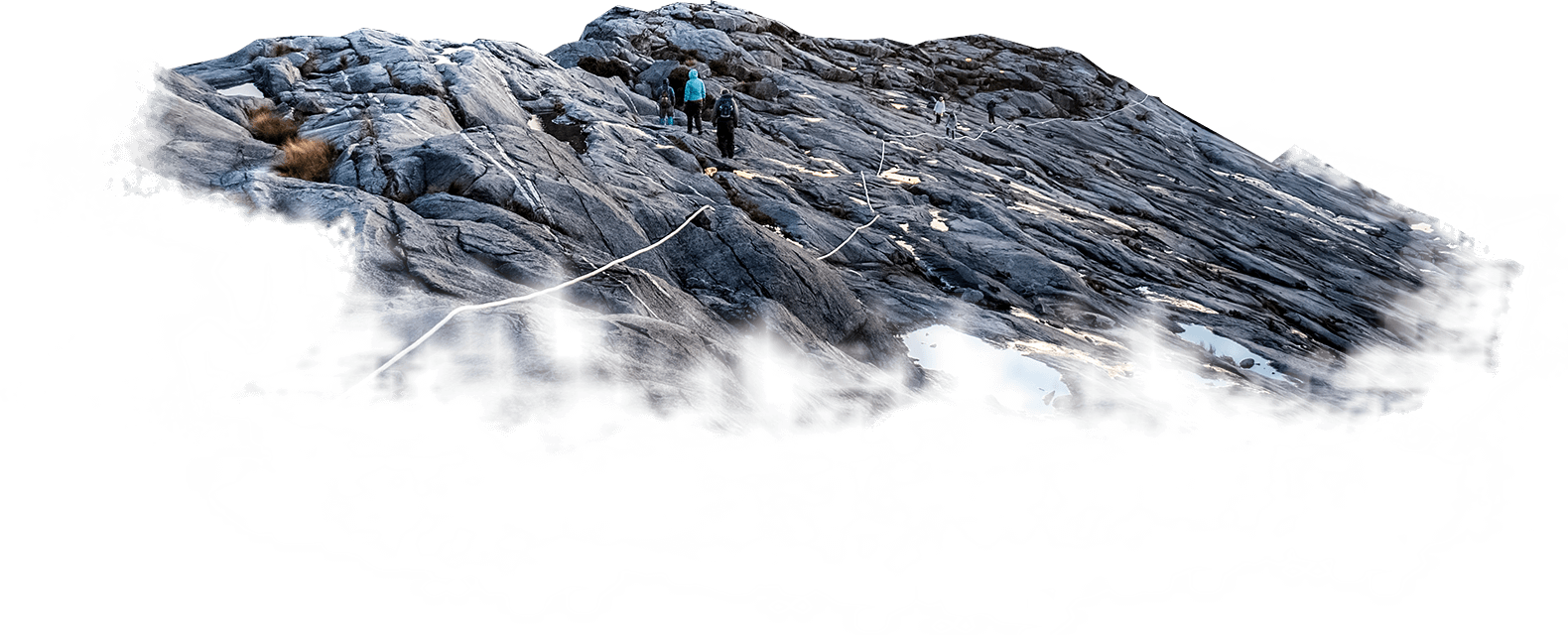
LOW'S PEAK 4095.2 M | 6.075° N, 116.558° E
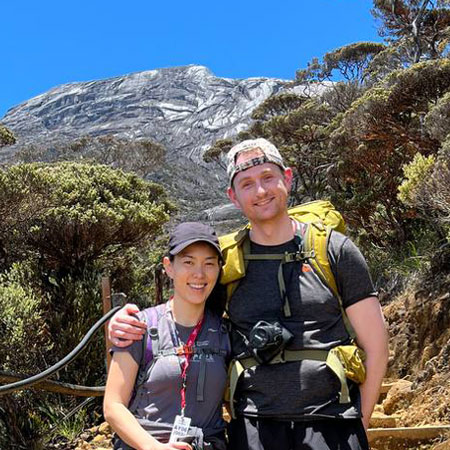
Important Update
Be informed of our latest news
Important Notice: Temporary Water Disruption At Panalaban Base Camp
Latest update: international travellers to malaysia need to fill out digital arrival card, scammer / unlicensed operators alert, mount kinabalu summit is open for 2024 & 2025.
2D1N Mount Kinabalu Summit Climb is Available and Open for Booking in 2024 & 2025
- Mount Kinabalu climbing fees were increased effective 1 January 2023, as announced by Sabah Parks. Click here for more information.
- Climbers can now climb up to Low’s Peak Summit with a 2 Days 1 Night Climb. One Day Mount Kinabalu Climb permits are currently NOT Available.
- There are two summit trails - Ranau Trail and Kota Belud Trail. These trail routes are from Panalaban area to the Summit.
- Mesilau Trail will be closed indefinitely due to inaccessible paths. All climbers will ascent and descent via Timpohon trail from now.
- With effect from 25 January 2023, there are only 163 climb permits per day issued by Sabah Parks until further notice.
- Beware of bogus / scam websites operated by unknown organisation. Please apply your legal climb permits here.
- Was your climb booking affected by the Covid-19 Pandemic Situation? Click here for more info.
LATEST NEWS & UPDATES
- Summit Closure Dates for 2024
- Temporary Water Disruption At Panalaban Base Camp. - Feb 19, 2024 Read More
- Malaysia Digital Arrival Card - Dec 04, 2023 Read More
- Mount Kinabalu International Climbathon Set To Resume Next Year. - Jun 07, 2023 Read More
- Kinabalu National Geopark Earns UNESCO Global Geopark title, Now a Triple Crown Site - May 27, 2023 Read More
- Grace Lodge: The latest accommodation in Kinabalu Park. - Mar 23, 2023 Read More
- Sabah Parks Enforced A Smoking Ban On Mount Kinabalu. - Mar 20, 2023 Read More
- Sabah Parks to Increase Entrance Fees Effective 1st January 2023 - Nov 7, 2022 Read More
- Announcement by Mountain Torq - Oct 24, 2022 Read More
- Kedah Tourists Scammed RM18,000 Over Fake Mount Kinabalu Climb - Sep 15, 2022 Read More
- 90-year-old Sabahan becomes Malaysia’s oldest Mount Kinabalu Climber - Sep 12, 2022 Read More
- Updated: All Trails Reopen - Aug 08, 2022 Read More
- Climb For a Cause - Raising Awareness for Organ Donation and Transplantation - Jul 21, 2022 Read More
- Mount Kinabalu Highest Fire Station In The World - Jul 20, 2022 Read More
- Weak earthquake at Kundasang, Sabah - Apr 26, 2022 Read More
- Travelling Into Malaysia - Mar 01, 2022 Read More
- Rare Snowfall Seen on Mount Kinabalu - Feb 28, 2022 Read More
- Mount Kinabalu Covid-19 Travel SOP - Feb 11, 2022 Read More
- Effective as of 1st September 2017 , the Tourism and Culture Ministry of Malaysia will be implementing a Malaysian Tourism Tax (TTX) . Foreign tourists will be required to pay a flat rate of RM10 per room per night regardless of hotel star level. Read More
- Laban Rata Resthouse will no longer provide boiled water for drinking/refill to their climbers. Coffee & Tea will only be provided complimentary during Breakfast & Supper . Read More Note: Pendant Hut still provides filtered hot water for drinking/refill to their climbers.
Chances of summit closure due to bad weather is about an average of 15-20 times a year.
- January - 22
- September - 16
- January - 7
- April - 8, 9, 10, 28
- July - 7, 10, 28
- August - 16
- September - 18
- October - 17, 18
- November - 1, 22
- December - 11, 24
Read More News
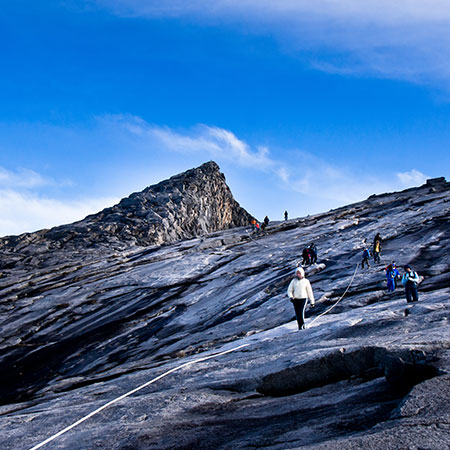
Quick Facts
Learn more about climbing the majestic Aki Nabalu.
Quick Facts About Climbing Mount Kinabalu
- Mount Kinabalu is the tallest mountain in Malaysia. The summit, Low's Peak, sits at 4095.2 meters (13,435 feet) above sea level.
- The mountain is located in the state of Sabah, East Malaysia on the island of Borneo. Among the mountains in Malaysia, it is the most prominent.
- Mount Kinabalu is one of the highest mountains in Southeast Asia. It is also the 20th tallest mountain in the world by topographic prominence and is one of the highest peaks in the world that is easily trekked by most people.
- All climbers are required to apply Sabah Parks climb permits and Panalaban accommodation in advance.
- All climbers are required to engage a mountain guide. The ratio of climbers to mountain guides depend on the size of the group and the age of the climbers. One mountain guide is allowed to take a maximum of two (2) children aged below 16 years or a maximum of five (5) climbers aged 16 years and above in the same group. For more info, refer here .
- Timpohon Gate (1,866m a.s.l) @ Kinabalu National Park is the starting and ending points for all climbers.
- There are two summit trails starting from Panalaban to Sayat-Sayat; the Ranau Summit Trail (opened in 1 Dec 2015) & the Kota Belud Summit Trail (opened in 9 Dec 2016).
- Laban Rata Resthouse, Pendant Hut, Lemaing Hut, Mokodou and Kinotoki are the current accommodation at Panalaban base camp for climbers.
- Laban Rata Resthouse provides buffet meals inclusive in the climb package (Note: Not all meals inside the package are buffet-style - such as breakfast, packed lunch, supper)
- The only heated dormitories and rooms in Panalaban base camp are the three (3) private rooms in Laban Rata Resthouse.
- It is advisable to stay in the Kinabalu National Park or a highland resort at Kundasang prior the climb for high altitude acclimatisation (Refer to all 3D2N & above climb packages ).
- You can summit the mountain anytime of the year, however, if the weather does not permit, Sabah Parks Authority will close the gate to the summit for safety reasons.
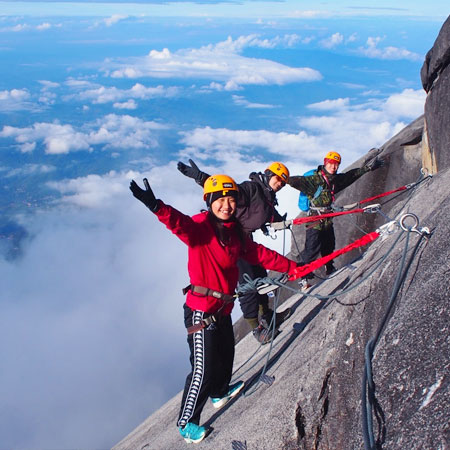
Booking Tips
Make your booking process a breeze
- It normally takes 2 days 1 night (2D1N) to complete a Mount Kinabalu climb.
- For 3 days 2 nights (3D2N) option, the first night at Kinabalu Park (foot of Mount Kinabalu) usually helps climbers to acclimatize to altitude.
- Identify your ideal climbing date (date of ascent) and check the availability with us.
- Choose your type of climb packages, Non-Ferrata or Via Ferrata .
- All accommodation provided in the climb packages are standard and based on run-of-house (ROH), which means the room given is determined by the accommodation provider, according to availability, at the time of check-in. Do inform us if you wish to upgrade at an additional fee.
- We will secure LEGAL climb permits that are available on your ideal climb dates.
- Climb slots are secured/guaranteed only after payment is made.
- Climbers are requested to provide us with a scanned copy of their passport upon booking confirmation.
- Do let us know if you require other tour or accommodation arrangement.
- Please ensure your climb slots are secured with a booking confirmation received from us before booking your flight tickets.
- We do not recommend to catch your flight on the same day of climb descent due to delays from traffic condition and/or injuries.
- We recommend a comprehensive Travel Insurance purchased in your home country for better protection and coverage.
- Only book through licensed local tour operators (such as Amazing Borneo Tours ) listed in Sabah Tourism Board for safety reasons.
- Beware of bogus/scam websites operated by unknown organisation.
“Don’t be a victim to be stranded without a licensed climb permit”
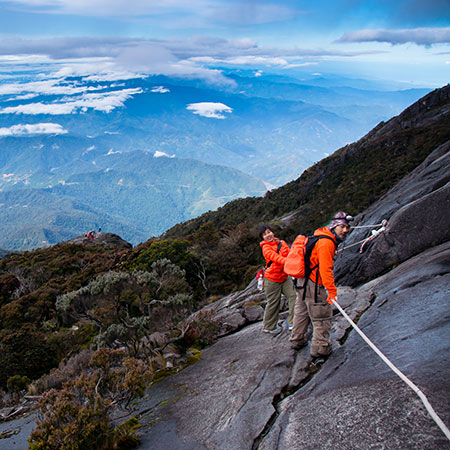
Who Can Climb
Find out if you're up for the challenge!
Who Can Climb Mount Kinabalu?
Any age limit.
There are no particular age limits for Mount Kinabalu climbers. As long as you are good in health status or you have seek approval from your doctor if you are on any medication. We have served thousands of climbers ranging from 3 years old to 87 years old. However, we suggest young children to be at least 10 years old due to the numerous steps and steep slopes. Similarly, elderly climbers need to be in good health and fitness level to attempt the climb.
For Mount Kinabalu Via Ferrata
For Mount Kinabalu Climb via Ferrata routes, you need to be between at least 10 years old (for Walk the Torq) and 17 years old (for Low's Peak Circuit) and not more than 70 years old with a minimum height of 1.3 metres. Additional requirements are that you need to be overall fit, healthy and preferably not afraid of heights. The Via Ferrata option is an experience for anyone who wants to try climbing a mountain in another manner. It allows access to scenic sections of the mountains that are typically available only to experienced rock climbers and mountaineers.
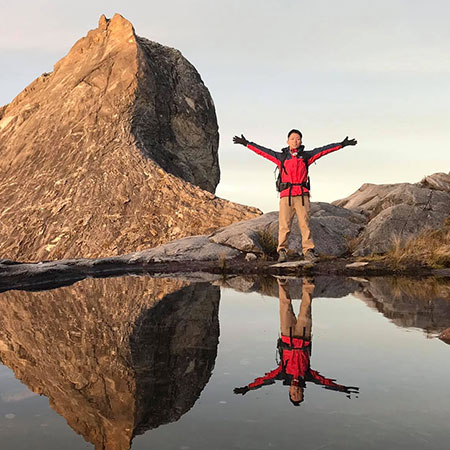
Climbing Fees
Be updated on our latest rates
Climb Permit, Mountain Guide & Porter Fees
** Maximum weight is 10 Kgs and additional weight will be charged based on daily rate per Kg ** All rates displayed are NETT. Note: You are required to secure an accommodation in Panalaban in order to apply for a climb permit. All listed climb packages here will automatically include a legal climb permit and accommodation in Panalaban.

Climbing Packages
Check out latest mountain climb packages that suit your time and budget
2D1N Mount Kinabalu Climb
3d2n mount kinabalu climb & kinabalu park hq stay, 3d2n mount kinabalu climb & kinabalu park stay (private room), 2d1n mount kinabalu climb (budget).

Looking for transport to Kinabalu Park and its vicinity?
Shuttle & Private Transfers
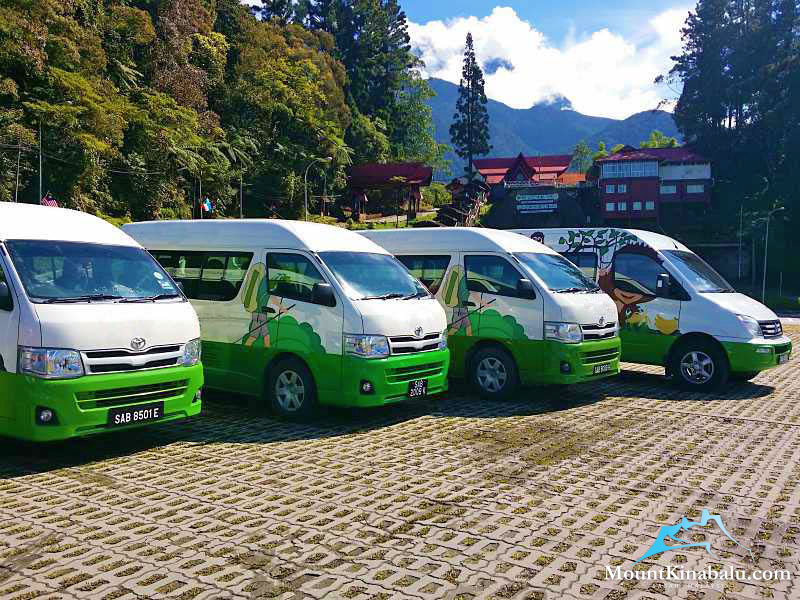
Mount Kinabalu Shuttle Transfers (Kinabalu Park)
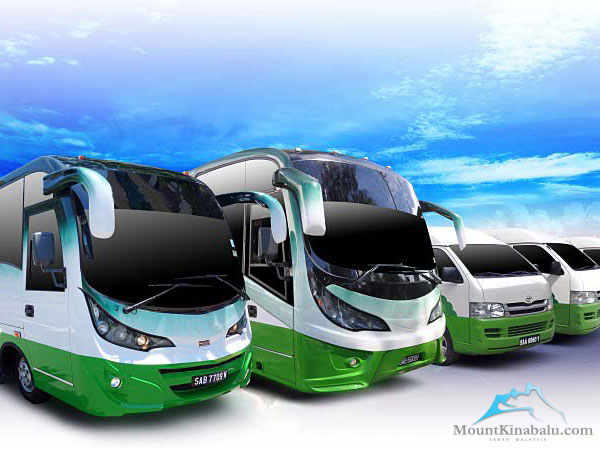
Airport Transfer From Kota Kinabalu International Airport
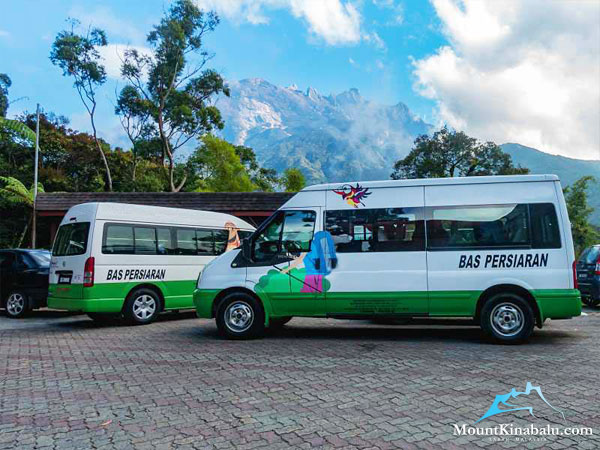
Private Transfers to Kinabalu Park (Mount Kinabalu)
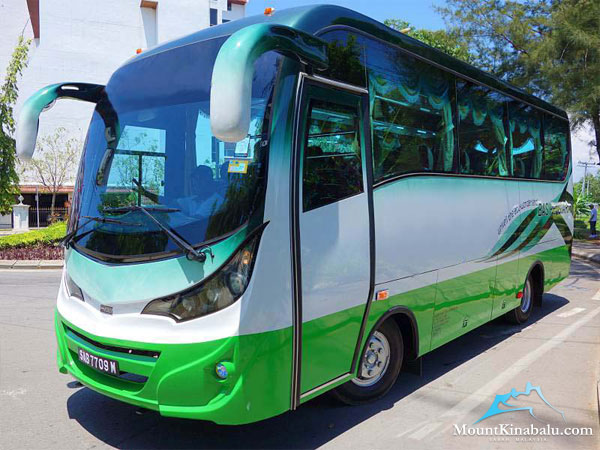
Private Charter From Kota Kinabalu City

SOUVENIRS FROM CLIMBING MOUNT KINABALU
A complete borneo experience.
If you can only visit one place on Borneo that exemplifies the island to its very best, then it has to be Mount Kinabalu. Part of UNESCO World Heritage Site and Global Geopark, Mount Kinabalu is well-known worldwide for its tremendous botanical and biological species biodiversity with plants of Himalayan, Australasian, and Indomalayan origin. No visit to Borneo is complete without a trekking expedition to the summit of Mount Kinabalu.
Memories to last a lifetime
Be sure to bring a camera when you’re climbing, or even a fully charged phone so that you will be able to capture each moment and commit them to memory.
A great conquest means nothing without a bit of post-victory soreness! You will be too sore to walk for the next few days, but hey, you did it! Bravo!
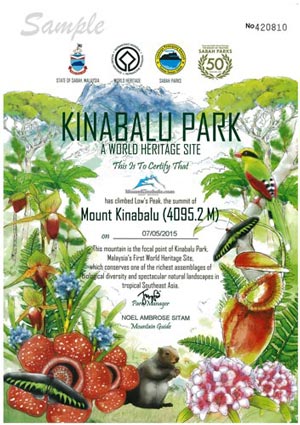
A sense of accomplishment
Mount Kinabalu is the highest mountain in Southeast Asia and is one of the most popular ‘bucket list’ destinations in the world. Conquer the mountain give yourself a hard-earned pat on the back!
Beautiful sceneries to enjoy
Mount Kinabalu is blessed with beautiful flora and is one of the ecologically richest in the world. Don’t forget to drink in the beautiful sceneries while you’re climbing up!
A great workout
The average trek up from Kinabalu Park to Panalaban takes approximately five hours on average and burns more than 1,000 calories for an average person. What is a better workout than this?
Testimonials
Conquering the highest peak of all Southeast Asia is not an easy achievement. But neither is it impossible. The biological and geological terrain throughout the journey is enough to flip your brain but the view from Low’s Peak is the ultimate grand finale. Mount Kinabalu is indeed a big deal, so book with confidence, and worry not about the details. Fuss-free planning, easy breezy booking and top notch service, these guys got your back.
We booked a 3 Day 2 Night climb from MountKinabalu.com last December and couldn’t be happier with the arrangements. Everything was handled in a very slick manner, from pick-up to drop-offs. Our mountain guide was well trained and professional guiding us all the way to Lows Peak. I wouldn’t have done it any other way, kudos to being so well-structured!
We travelled across the globe and made a stop in Borneo to scale Mt.Kinabalu. Being two vegan travelers that’s been on the road for almost a year, we were ready to let someone else manage all the details for us. We’re impressed with how efficient and well-organized our trip was, from booking to our airport transfer out of Kota Kinabalu. Our expectations were met and we felt well taken care of, our Mountain Guide Joe was a joy to be with too!
MountKinabalu.com stuck with me all the way through my messy flight-arrangements, my ever-changing plans and dates. Thanks to their excellent communications and an already excellent and consistent customer service approach, I made it. Couldn’t have done it without the patience and effort I received from these guys. Quite impressive.. with diverse background
The entire trip was amazing, thank you so much to all the team. Everything was very well organised and I knew what was going on at every stage. I really would not change anything from the trip. All the very best!
We were so well looked after. Excellent pick up from hotel. Good hotel. Wonderful guide : Danson, Amazing english and very good with us. We really enjoyed the whole thing and felft safe and well taken care of. Thank you so much!
I believe I can speak for our entire group when I say that your entire team were wonderful. Careful, helpful, considerate and nothing was too much trouble our guide, had a heart of pure gold. I strunggled on the trek but he was always there. One of our party really struggled on the way down but the guide was patient, kind and caring. I will certainly recommend your company if I know anyone heading out that way.
Read Climbers Real Life Experience
Share & Inspire
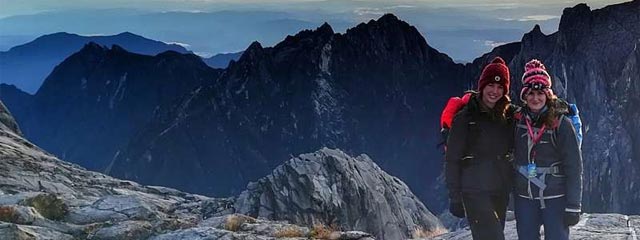
Doubt Sees the Obstacles, Faith sees the Way Doubt Sees the Darkest Night, Faith sees the Day Doubt Dreads to Take a Step, Faith Soars High Doubt Questions "Who Believes?" Faith Answer "I"
Share your Mount Kinabalu climbing experience and inspire others. Read the reviews on what our climbers have to say
TRIPADVISOR REVIEWS

FOLLOW US ON FACEBOOK
Mount Kinabalu
Join Mount Kinabalu Live Facebook Group for Live Updates
Find us on instagram.
View this post on Instagram A post shared by Mount Kinabalu (@mtkinabalu)
FIND US ON TIKTOK
@mtkinabalu
- Climb Packages
- Instant Book
MT KINABALU
- Things to Bring
- Ferrata Route Map
- Make a Booking
- Book with SabahTravel.com
- Terms and Conditions
- Legal Disclaimer
- Privacy Policy
BOOKINGS & ENQUIRIES
Managed by: Amazing Borneo Tours & Events Sdn Bhd L1.37, 1st Floor, Kompleks Asia City, Jalan Asia City, 88000 Kota Kinabalu, Sabah, Malaysia.
Office Tel : (+6) 088-448-709 Whatsapp / Call : (+6) 010-563-2009 / (+6) 017-933-3696 🇰🇷 / (+6) 012 803 2308 Office Email : [email protected]
MERCHANDISE
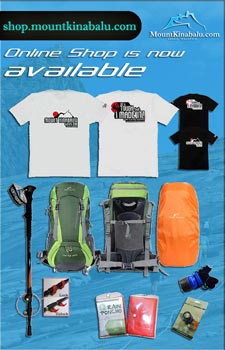
OUR PARTNERS
- Property Giant Singapore

Copyright © 2009-2024 MountKinabalu.com. All rights reserved.

Everything you need to know before climbing Mt Kinabalu
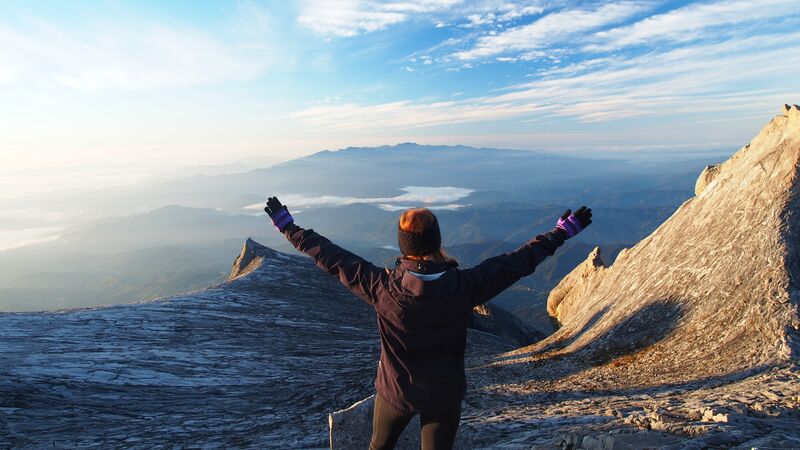
Mt Kinabalu is one of the highest mountain in South East Asia. It’s a craggy, tectonic plateau, technically part of the Bornean Crocker Range, and looms over the surrounding Sabah jungle like something out of Lord Of The Rings . For a lot of Malaysia travellers, this is the whole reason they visit: to get up at 2am, drink several cups of strong coffee, and watch the sun rise over Low’s Peak.
But like most mountains over 13,000 feet, you’ll need more than a sturdy pair of hiking boots and a sunny attitude. It pays to do your research beforehand. What gear should you bring? What’s accommodation like on the mountain? If Kinabalu is on your itinerary, do you even have to climb? And what about altitude sickness?
Consider this your Mt Kinabalu survival guide. Everything you need to know before tackling Gunung Kinabalu .
So, let’s start with the mountain.
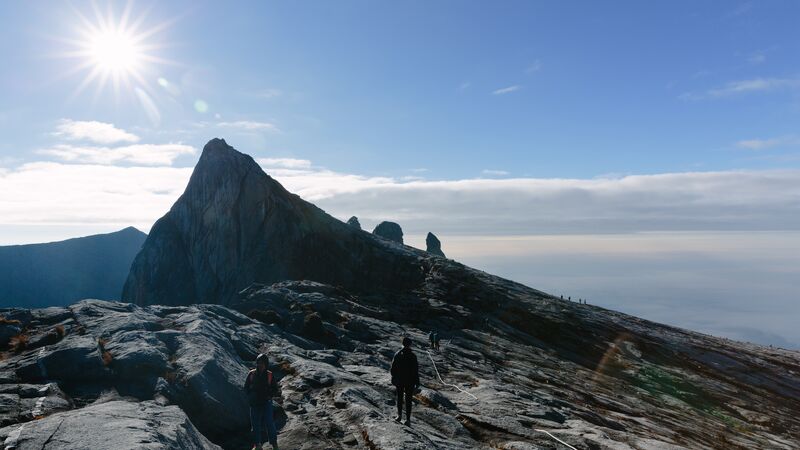
Only 135 climbers are allowed on the mountain each day, so it does tend to book up early. For peak season travel, we recommend locking in your spot at least six months in advance.
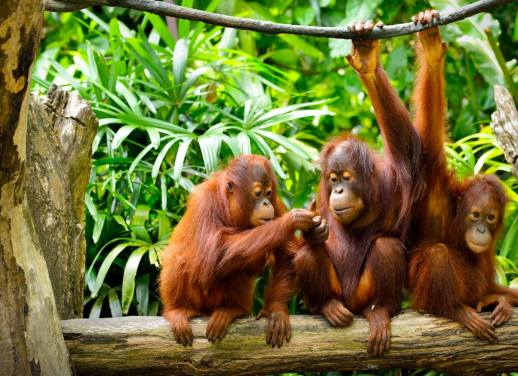
What sort of stuff should I pack?
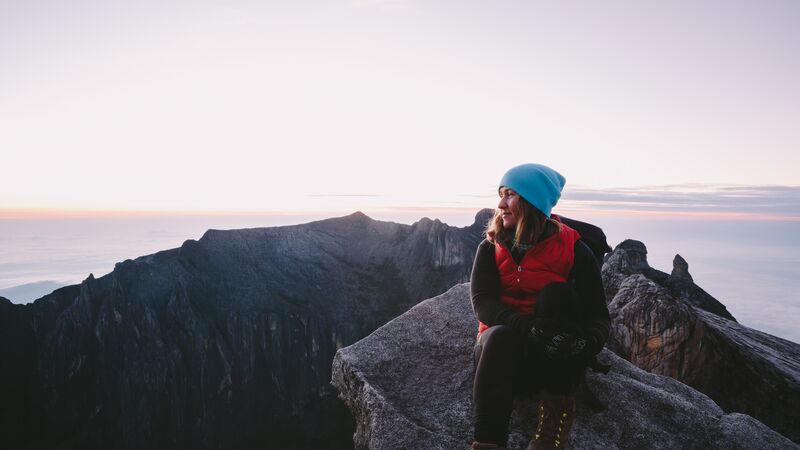
- A small backpack for your jacket, drink bottle, snacks etc.
- A waterproof jacket . It rains on Kinabalu. A lot . Pack a light-weight rain jacket and some waterproof bags for your gear.
- A head torch . For the morning summit hike (which starts in pitch darkness). You can pick these up easily in Kota Kinabalu.
- Water bottles . For obvious reasons. Pick a sustainable, re-useable drink bottle.
- Yummy snacks . Any good trail mix, chocolate or sugary treat will do.
- Good hiking boots . Make sure you get a pair that support your ankles, and wear them in at least two months before the trip.
- Thick hiking socks . Dry socks will be your best friend. Pack 3-4 pairs.
- Earplugs . Accommodation on the mountain is dorm-style. That means snoring.
- Shorts . At least for the first day, when you’re trekking through muggy rainforests. Bring pants for the summit climb.
- Money . You won’t need much, but it’s good for tipping porters and buying food.
- Waterproof gloves . These will keep your digits warm, but they’re also handy for the Via Ferrata.
- Layers . The big one. Pack some thermal skivvies, light jumpers and a jacket. Layer up or down, depending on temperature.
What should I wear?
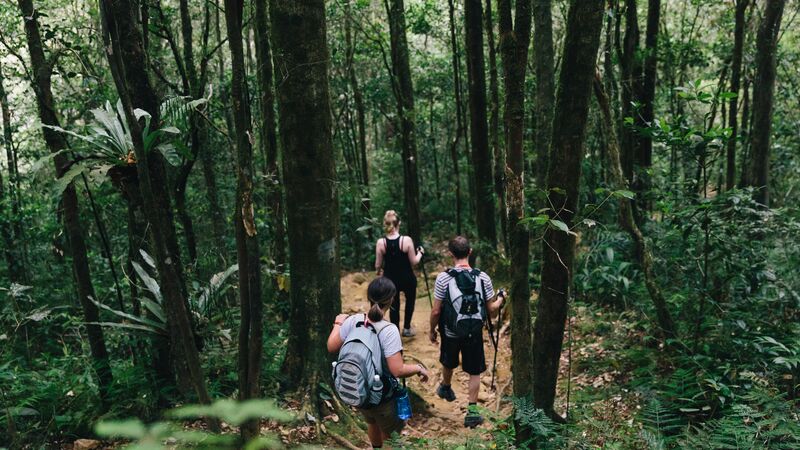
Once you’re up on the mountain proper, it can get cold, especially at night: switch to trousers, thick socks and a polar fleece jumper. Don’t forget the waterproof jacket either. For the dawn summit, the big things are head torch, a beanie and warm gloves. Here’s a good packing guide to get you started.
EXPLORE OUR RANGE OF SMALL GROUP ADVENTURES IN BORNEO HERE
When’s the best time to visit?
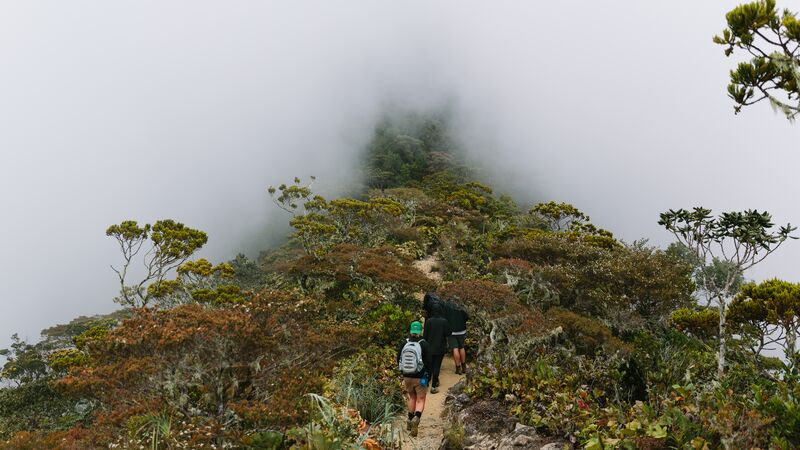
Do I need to be fit?
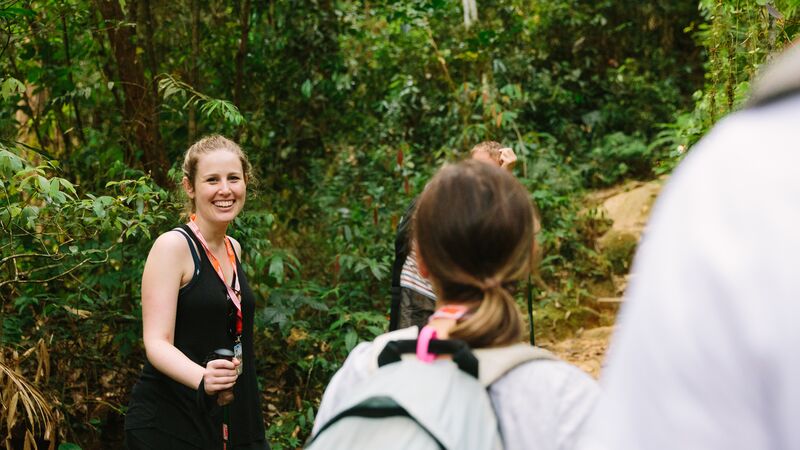
LOVE TREKKING? EXPLORE OUR FULL RANGE OF HIKING ADVENTURES HERE
The Via Ferrata: Explained!
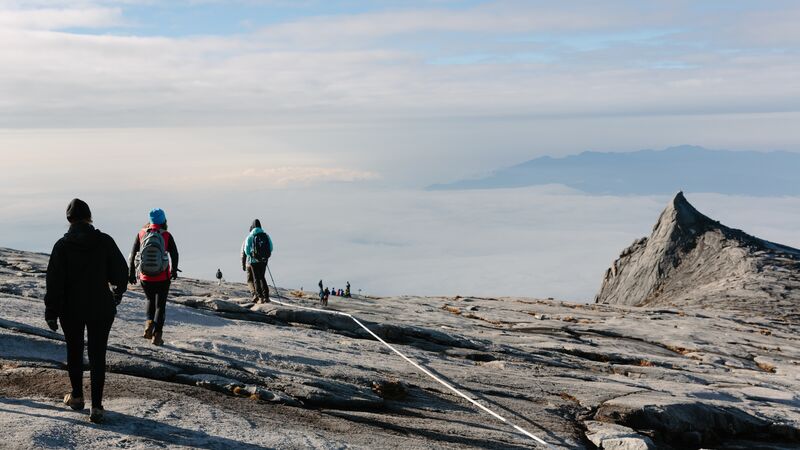
If you want to add some Tomb Raider-style adventure to your Kinabalu climb, check out the ‘Mountain Torq’ via ferrata (we’ve got a comprehensive guide over here ). It’s one of two via ferratas on the mountain; basically a series of ropes, ladders and walkways that have been nailed into the rockface. This is an optional route, so there’s no pressure to take part. For those who are keen, you descend the via ferrata on Day 2 of Intrepid’s Borneo: Hike, Bike and Kayak trips, carefully hooked into a climbing line with multiple carabiners. You don’t need any rock climbing experience to give it a go (although there is a minimum height requirement of 1.3 metres and weight limit of 100 kilos, it’s essential to attend an hour-long safety briefing, and you must ensure your insurance provider will cover this activity). Mount Kinabalu has all the relevant information over here .
READ MORE: WHAT IT’S ACTUALLY LIKE TO CLIMB THE VIA FERRATA ON MT KINABALU

What’s the accommodation like?
You won’t be camping on Mt Kinabalu, but don’t expect 5-star accommodation either. Intrepid stay in dorms with bunk beds, and all your sleeping bags, pillows and sheets are provided; it’s clean, cosy and comfortable. There are toilets and (very) cold communal showers, too. If you struggle sleeping in dorm rooms, we recommend packing a sleep mask and a couple of stout earplugs.
Do I really need a porter?
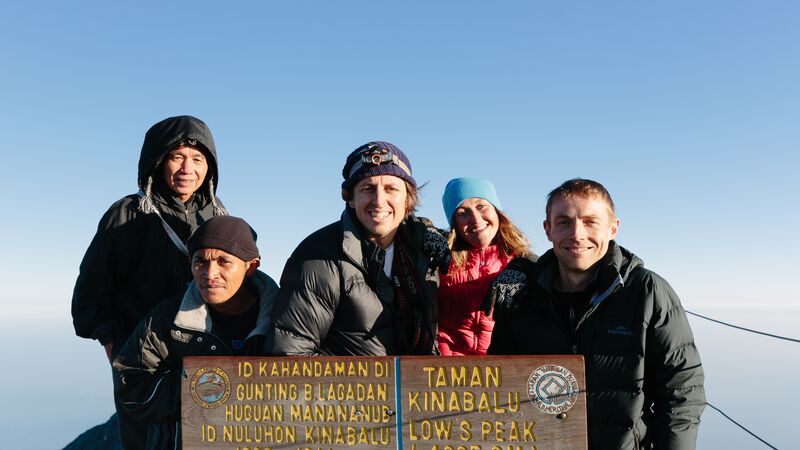
READ MORE ABOUT INTREPID’S PORTER POLICY HERE
What if I don’t want to climb?
That’s totally fine! Intrepid has three trips that offer non-climbing options: Sabah Adventure , Sabah Discovery and Essential Borneo . Just let your agent know when you’re booking that you don’t want to summit the mountain, and they’ll help you organise an alternative. Some people prefer to stick to lower altitudes, and there are still fantastic views of Mt Kinabalu from the smaller ridges. You’ll find a good round-up of the low-altitude day walks here.
Mt Kinabalu FAQ’s
How high is mount kinabalu.
The summit of Mt Kinabalu is 4095 meters (13,435 feet) tall, above sea level.
How to book Mount Kinabalu Climb?
We have tours covering Mount Kinabalu which you can book today
When is the best time to climb Mount Kinabalu?
The best time to climb Mount Kinabalu is March and April, although June to September can be a good time too.
Find out more about our small group adventures in Borneo now .
All images by Melissa Findley.
Feeling inspired?
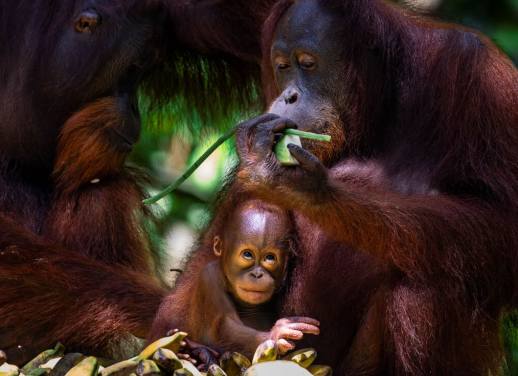
James Shackell
I was born in 1987 and aged from there. I like the sound of pop-rocks and dislike the sound of styrofoam. The length of my forearm is approximately the same as the length of my shin. My favourite Beatle is Ringo. I believe that junk food tastes so good because it’s bad for you and that your parents did the best job they knew how to do. If Johnny Cash wrote a song about my travels it would be called ‘I’ve been to several places but still have many other destinations on my to-do list, man’. Sometimes I have trouble finishing sen
You might also like
The 7 best places to go on a..., 5 reasons to visit sri lanka in the..., why 2024 is the best year to see..., yellowstone vs yosemite: which national park to visit, 6 unique experiences you can have in el..., from delhi to udaipur, here are the five..., cinque terre vs amalfi coast: which destination to..., love at first bite: 10 famous sandwiches from..., galapagos or madagascar which unique destination should be..., central vs south america: how to plan your..., 4 reasons you should take a road trip....
Your Cheat Sheet to Planning a Mount Kinabalu Climb [2024]
Tips on which mt kinabalu route to choose, how to get a permit, and how to prepare for your mt kinabalu hike.
![travel mountain kinabalu Your Cheat Sheet to Planning a Mount Kinabalu Climb [2024]](https://images.prismic.io/seeksophie/8d503ab8-e737-47cf-b196-bf6662eecdd3_Mt_Kinabalu_Jun.jpeg?auto=compress,format)
Mount Kinabalu is one of the most beautiful climbs we've been on in Asia, and perfect for beginners.
When we were planning our climb, we found the information out there frustratingly opaque. Information was outdated and the prices of climb packages varied so much that it was unclear what we were getting for our money. We've put together this Insider's Guide to demystify the Mt Kinabalu planning and booking process.
Ready to book? Check out our favourite Mt Kinabalu climbs here!
Mount Kinabalu Basics
Is it difficult to climb mount kinabalu.
Mount Kinabalu is basically just a lot of steps (600 flights of steps in total!). To summit, you only need to be healthy and reasonably fit enough for a sustained uphill walk. You do not need to have rock climbing skills.
If you choose to do the via ferrata routes (see below for more route info), you'll need to be a little fitter. The absolute distances for the via ferrata activities aren’t long, but doing the activities does take some time, which means that you may be more tired on the way down.
In terms of difficulty, Regular Descent is the easiest, Walk the Torq via ferrata is slightly harder (add 1 hour to the Regular Descent), and Low's Peak via ferrata is the hardest (add 3-4 hours to the Regular Descent).
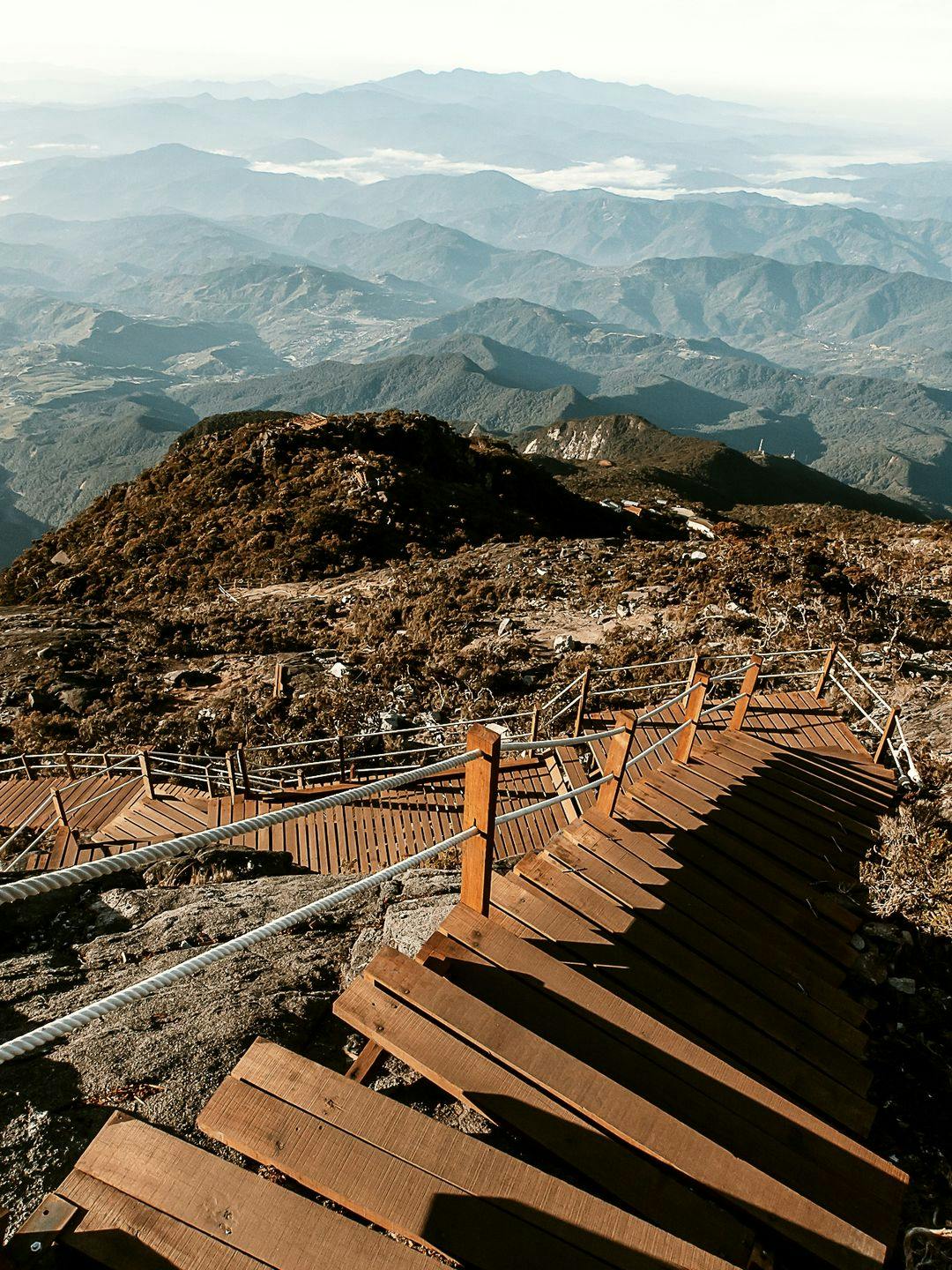
How long does it take to climb Mount Kinabalu?
All the climb packages are 2 day 1 night packages, so you'll need to budget for at least that amount of time. Sabah Parks (the local authority) used to allow 1 day climbs, but not anymore.
In terms of actual climbing time, you'll be climbing approximately 6 hours on the first day and 10-12 hours on the second day to get to the summit and then back down. If you're doing the Via Ferrata activity, you'll need to add an additional 1 hour for the Walk the Torq via ferrata activity, and 4 hours for the Low's Peak via ferrata activity (see route info below).

What's the best time to go?
Weather these days is crazy unpredictable, so it's hard to say when you can really avoid the monsoon season. In general, the best time to go is typically during the dry season from March to August. You may want to avoid December to January which is typically monsoon season.
Ultimately it's really hard to plan around the weather these days, so just come prepared rain or shine! Good news is you can still summit so long as it doesn't rain in the early morning when it's time to summit, and only very rarely have climbs been cancelled due to the rain.
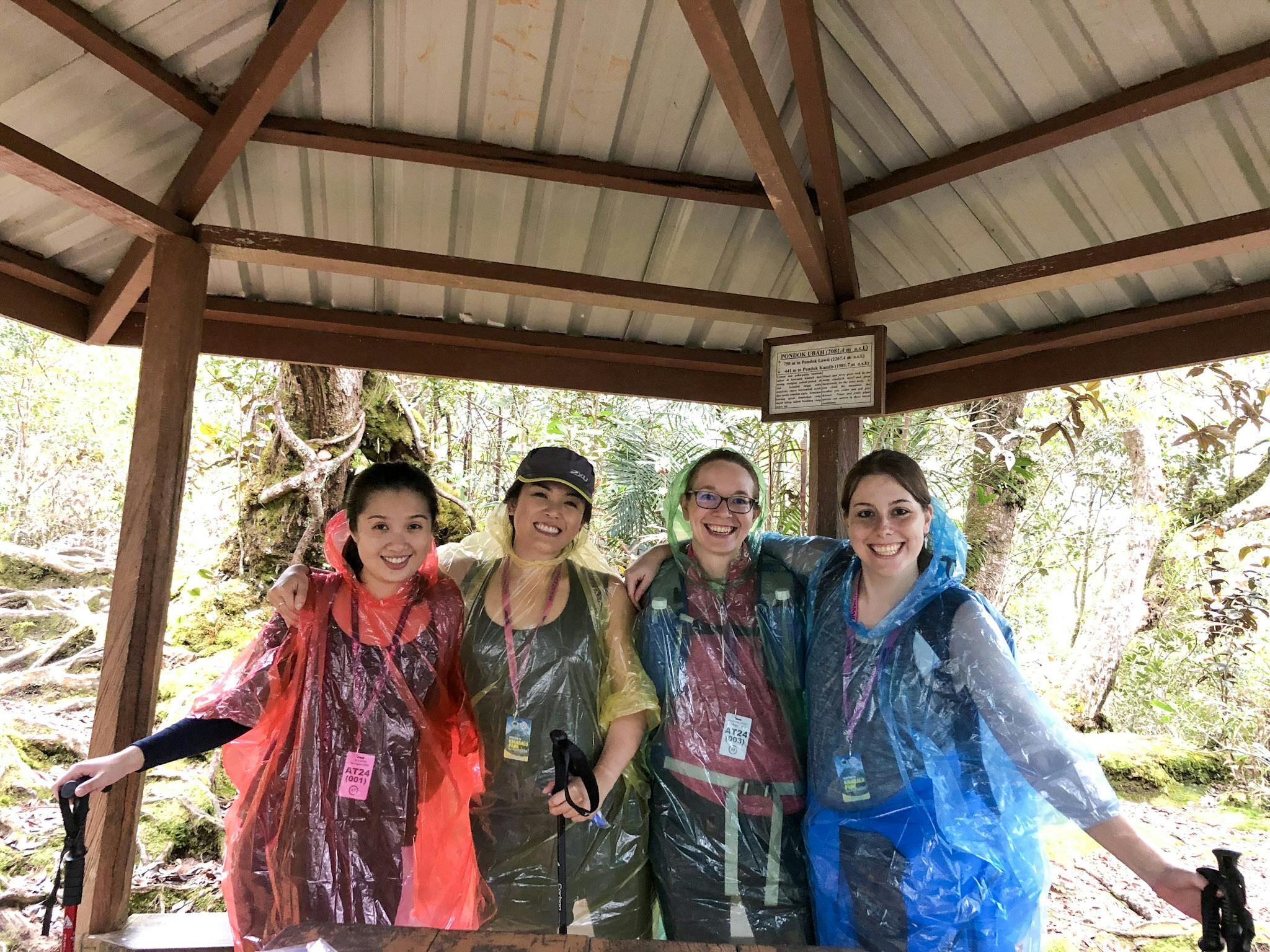
Is there a risk I don't reach the summit?
This isn't a question that people ask, but we thought it was important to know about.
On the morning of the summit, you'll need to get to the summit checkpoint by 5pm in order to be cleared by the local rangers for summit. If you do not arrive in time (for e.g. if you don't hike quickly enough), you will not be allowed to proceed to summit.
In addition, there are a handful of days each year where the summit climb is cancelled by Sabah Parks due to dangerous weather conditions. Cancellations are rare, and no refund will be issued by Sabah Parks for any cancellations.
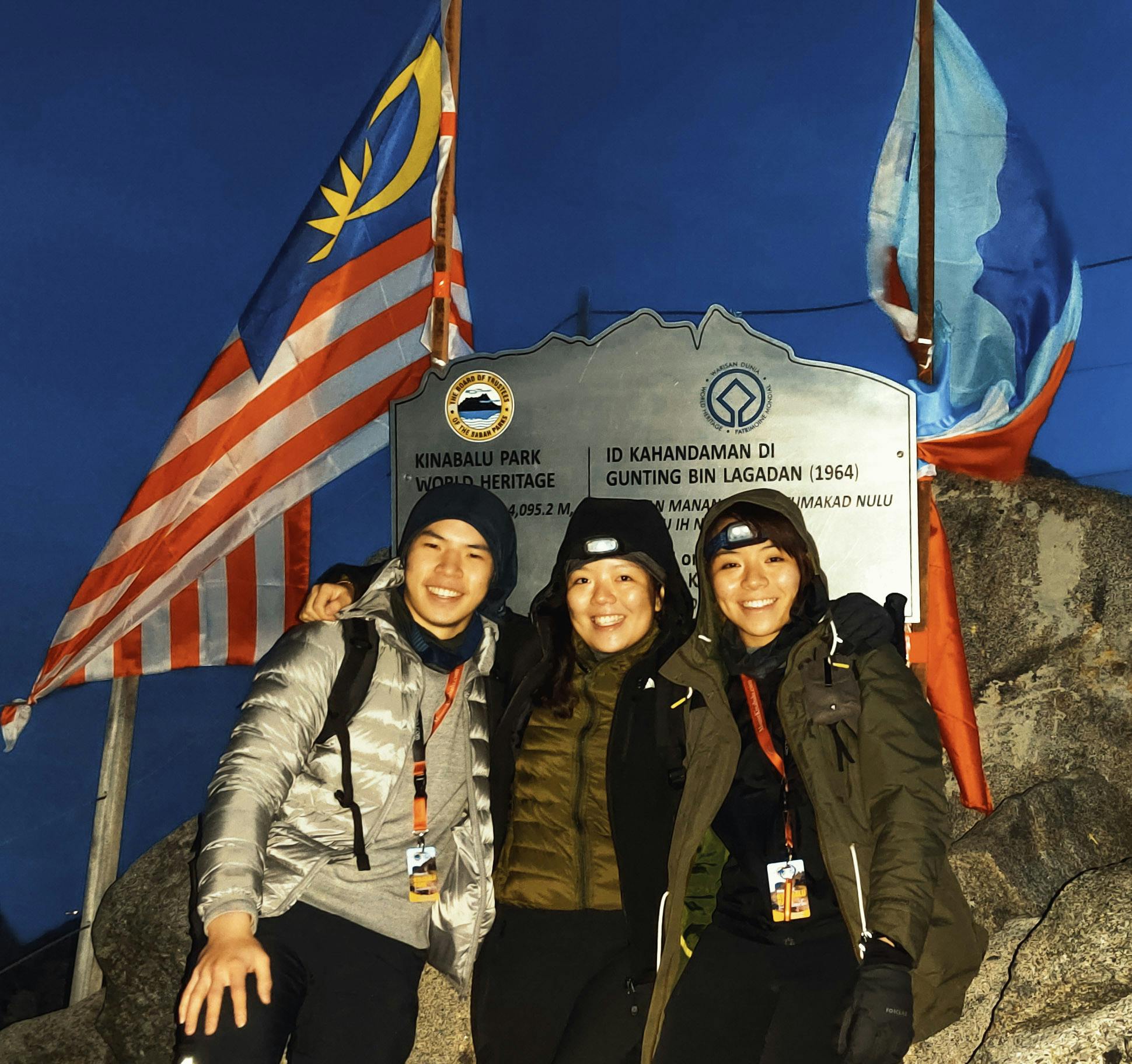
Choosing a Route
What are the different routes.
There are three routes for summiting Mt Kinabalu: Regular Descent , Via Ferrata (Walk the Torq) , and Via Ferrata (Low's Peak) . All three of them take the exact same route to the summit (which is also confusingly called Low's Peak) & back down, and all take 2 days 1 night.
The only difference between the Regular Descent & the Via Ferrata routes is that instead of going straight back down the mountain after you do the sunrise summit, the Via Ferrata routes include an additional activity off the side of the mountain (pictured). If you just care about summitting, go for the Regular Descent.
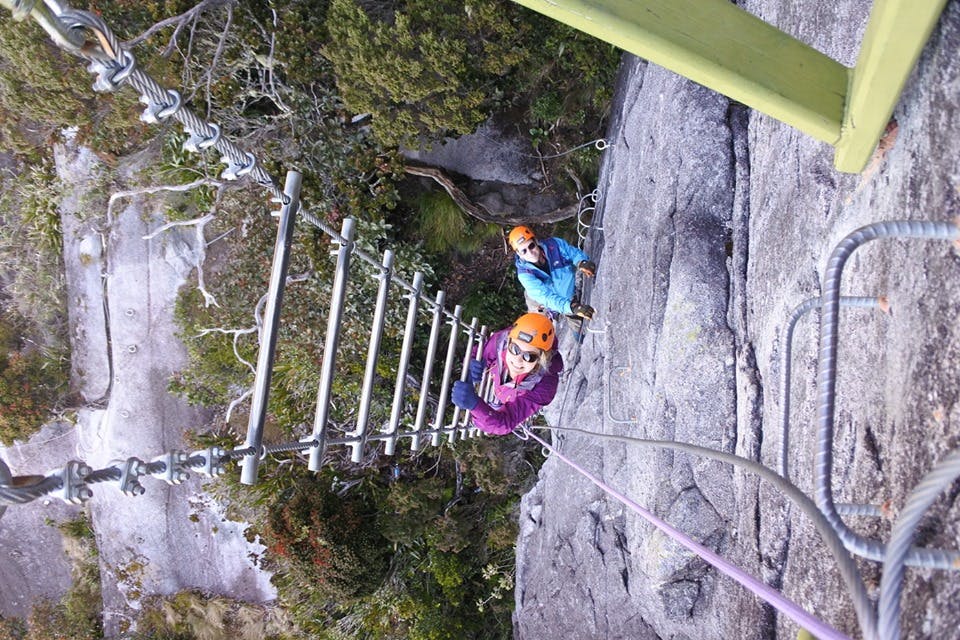
Can I change my route during the climb?
If you've booked a Via Ferrata route, but you're tired and don't feel like doing the Via Ferrata activity during your climb, you can change your mind.
If the rest of your group is still doing the Via Ferrata route, you'll just need to wait for them at the hostel until they're done and you can continue the descent down the mountain with them.
You won't be able to change from a Regular Descent to a Via Ferrata route.
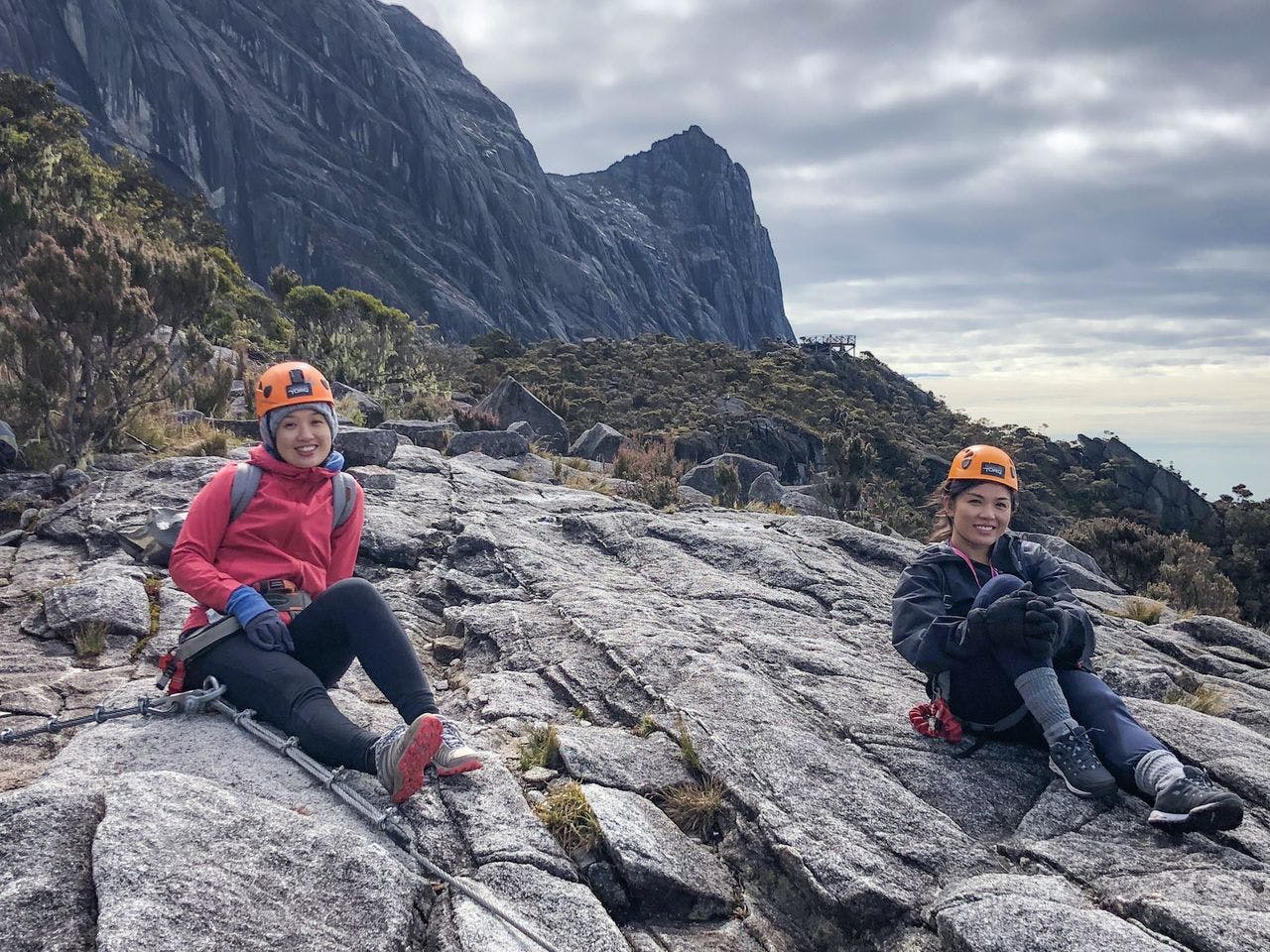
Is there a 1 Day Hike?
No there is no day hike. In the past, climbers were allowed to complete the climb in a day if they were fit enough. But the park authorities have changed their rules and now only a 2 day 1 night climb is permitted.
If you only have a day and would still like to see Kinabalu National Park (UNESCO world heritage site), you can do a day trip to Kinabalu National Park but this doesn't include a climb.
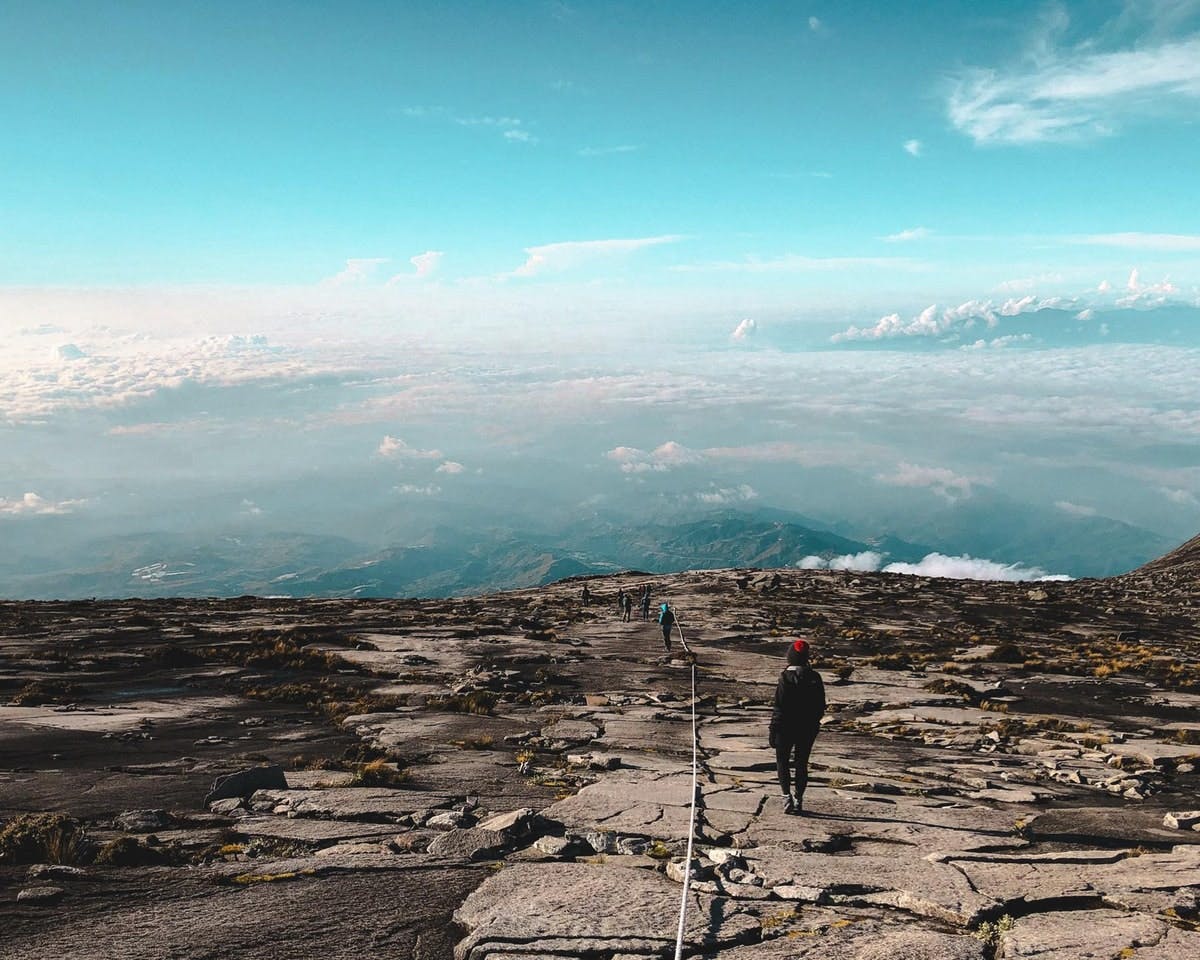
Planning a Trip
What are the logistics to plan for a climb.
You'll need a permit to climb Mt Kinabalu, which you can obtain through a local travel operator. Around 160 permits are issued every day.
The number of permits is directly linked to the number of hostel beds available at the park - as all climbers are required to stay at park hostels. So unlike other mountains like Rinjani where the capacity isn't so strictly limited, you really need to book Mt Kinabalu in advance to secure a spot.

How do I get a permit to climb Mount Kinabalu?
You'll need to get a permit through a local travel operator , which then obtains the permit via Mount Kinabalu park.
This is why when you make a request to book a Mount Kinabalu trip, the date is not usually guaranteed instantly as the local operator will need to call and check availability with Mount Kinabalu park.

How far in advance do I need to book?
In peak season (May-Aug), book 4-6 months in advance for Regular Descent, and 2-3 months in advance for Via Ferrata. In non-peak season, 1-2 months notice may be sufficient.
If you have a small group of 1-2 persons, you will find it easier to get a last minute permit compared to a larger group.
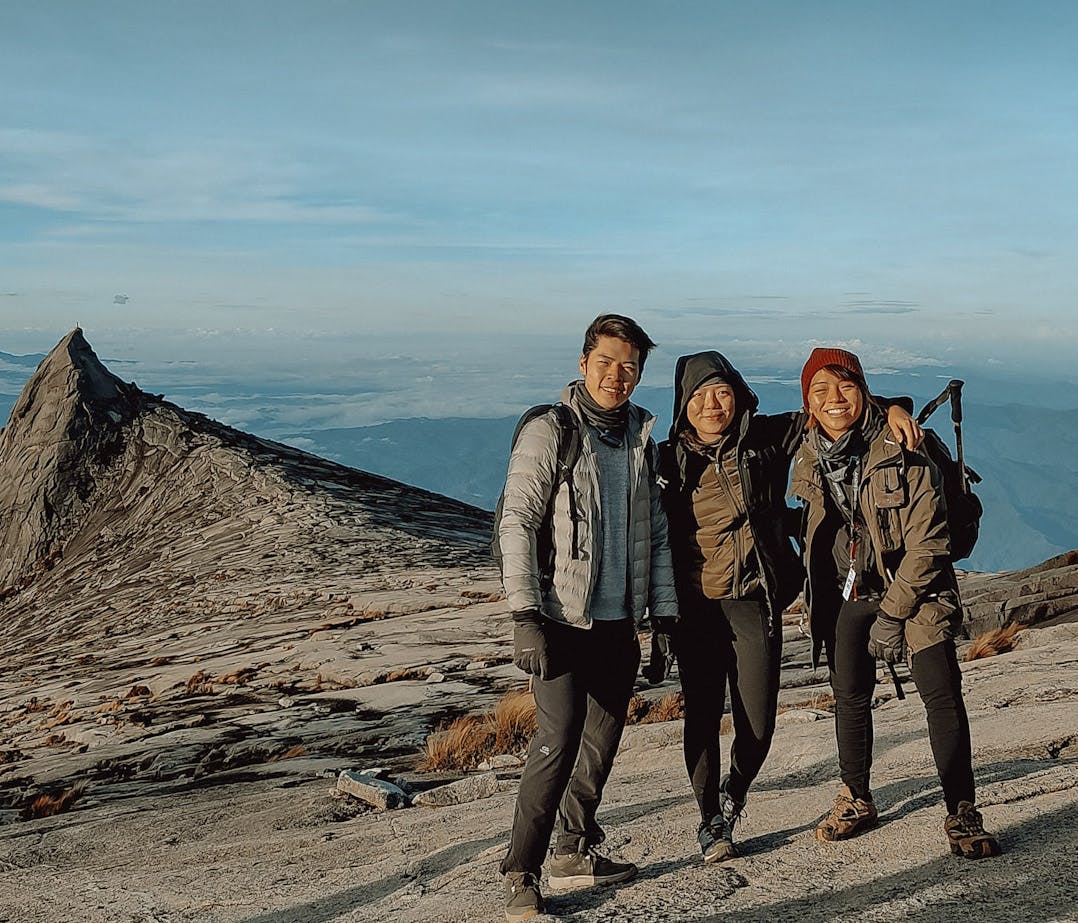
Any hacks to get a last minute booking?
Yes! If Regular Descent is booked out on your date, you may still be able to get a permit if you book a Via Ferrata climb. The chances of getting a permit for the Via Ferrata route is higher.
The reason for this is because the hostel you stay at will depend on the route you book. Regular Descent climbers stay at Laban Rata Resthouse & Via Ferrata climbers stay at Pendant Hut. As a Via Ferrata climb is more expensive, fewer people do it. This means there is more availability in the Via Ferrata hostel, and more permits available.

Can I Change or Cancel after Booking?
Kinabalu Park is incredibly strict on cancellations so once you book your permit, there is no rescheduling or free cancellation allowed. Even during Covid-19 when all of Malaysia was under lockdown, Kinabalu Park only allowed rescheduling until year end 2020. No credits, no refunds. So unless you're super sure about your dates, do not book a climb!
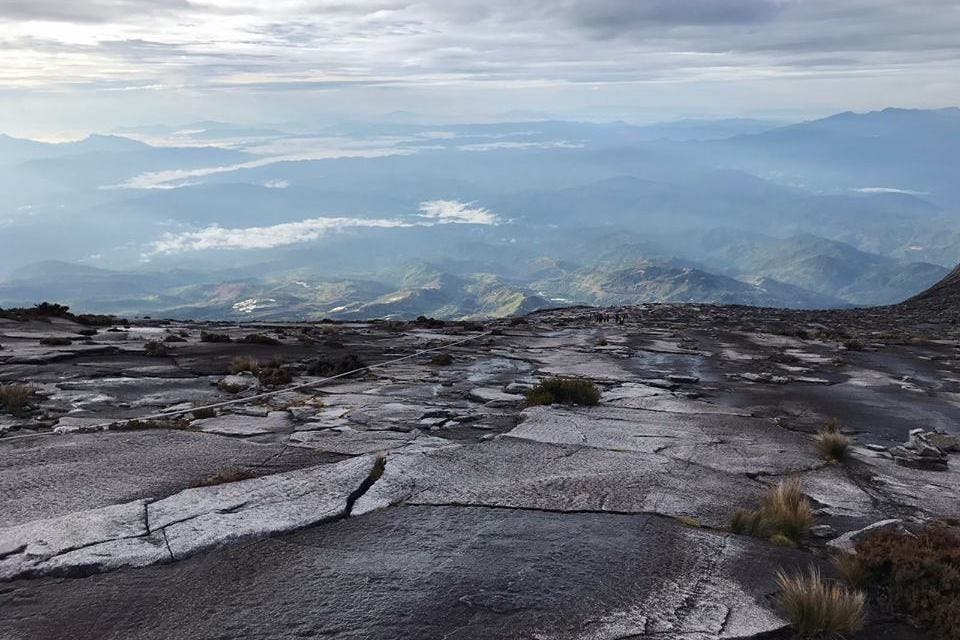
How to Choose a Mount Kinabalu Package?
When you start researching climb packages, you might notice that prices vary hugely and wonder if there's a reason for the difference. The short answer is: not as much as you'd think.
Mt Kinabalu is so tightly controlled that everything from the accommodation, food to the state-appointed mountain guide is the same for all climbers. A better tour operator will be more responsive and more professional in organising the logistics of your climb. But paying more does not get you a better mountain guide, or accommodation, or food.
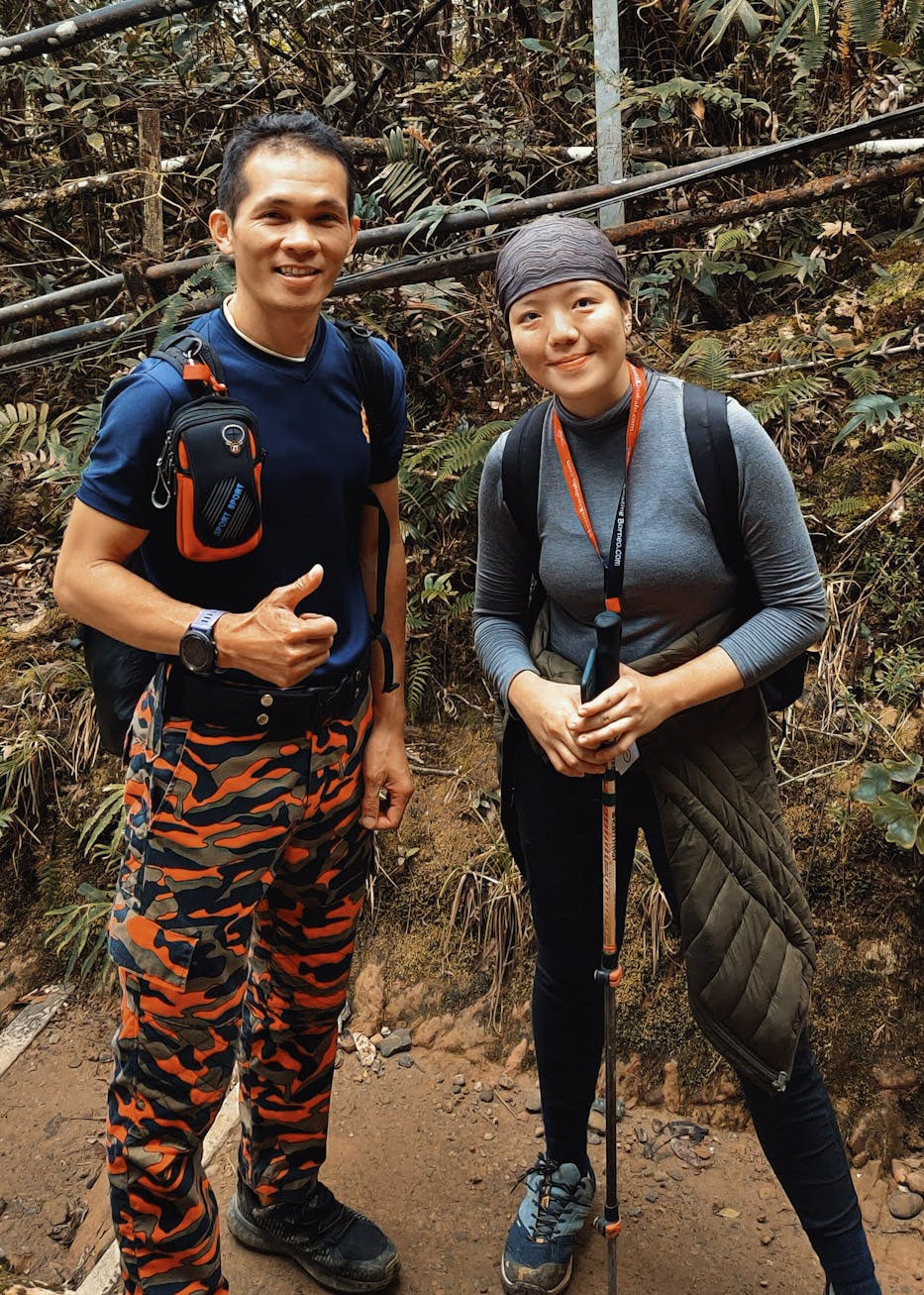
Preparing for the Climb
How to train.
It isn't a super difficult climb (just lots of steps!), so you can start training a month or so before your start date. For the first two weeks, do strength training twice a week (jump squats, step up & heel down), and 30-60 mins runs three times a week. For the next two weeks, do 60 minute hikes with an 8kg backpack twice a week. Ideally these hikes should be at Bukit Timah Hill (the back part where there are large steps), or somewhere hilly.
We've put together a training video for you here , so you can see how to train for the various part of the terrain!

What to Pack
You should pack a water bottle with at least 2l of water, snacks (as the food provided isn't great), a poncho/waterproof, lots of layers (for below 10 degrees Celcius), a headtorch, gloves and shoes with great grip as it's slippy on the way to summit. You can see a full packing video here :)
If you forget anything, there are a couple of great mountain gear shops in Kota Kinabalu town that will sell everything you need. You can also get water bottles, ponchos, headtorch, and hire a porter at Mt Kinabalu Park HQ.
During the Climb
Can i leave any luggage at the park during the climb.
Yes you can. There's a luggage storage room at Kinabalu Park. They charge per piece of luggage (RM 12 at the time of writing). Just let your mountain guide know you'd like to leave your luggage at the park and they can help you do so.
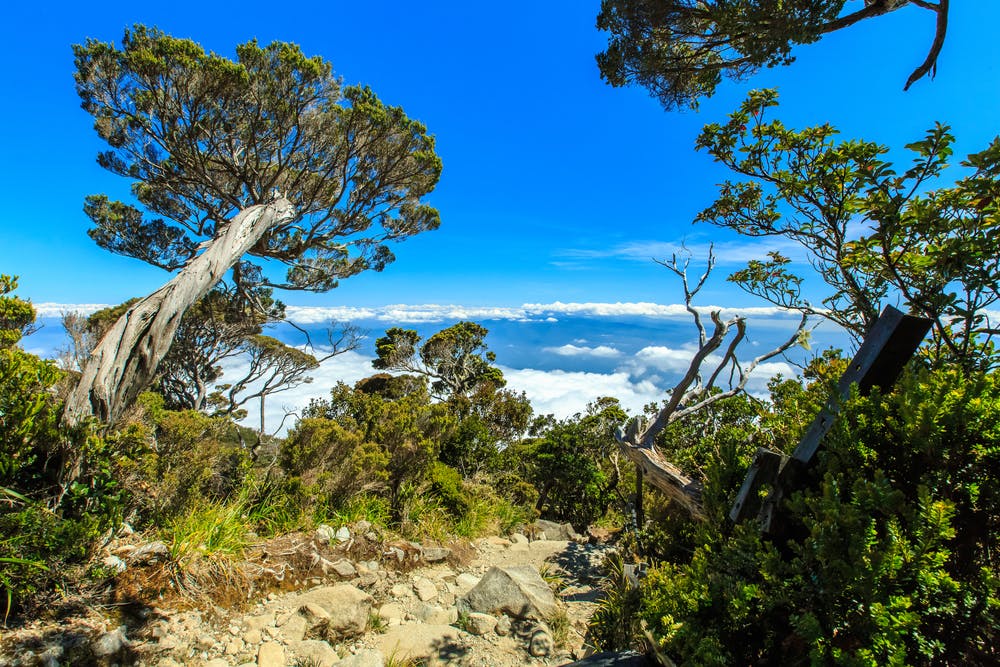
Can I hire a porter for the climb?
Yes you can. You don't need to book a porter at the time of the climb - you can hire one at the Park HQ when you arrive at Mount Kinabalu. You can let your tour operator know that you'd like to hire a porter and they can help make the arrangements. Porters will carry up to 10kg of weight.
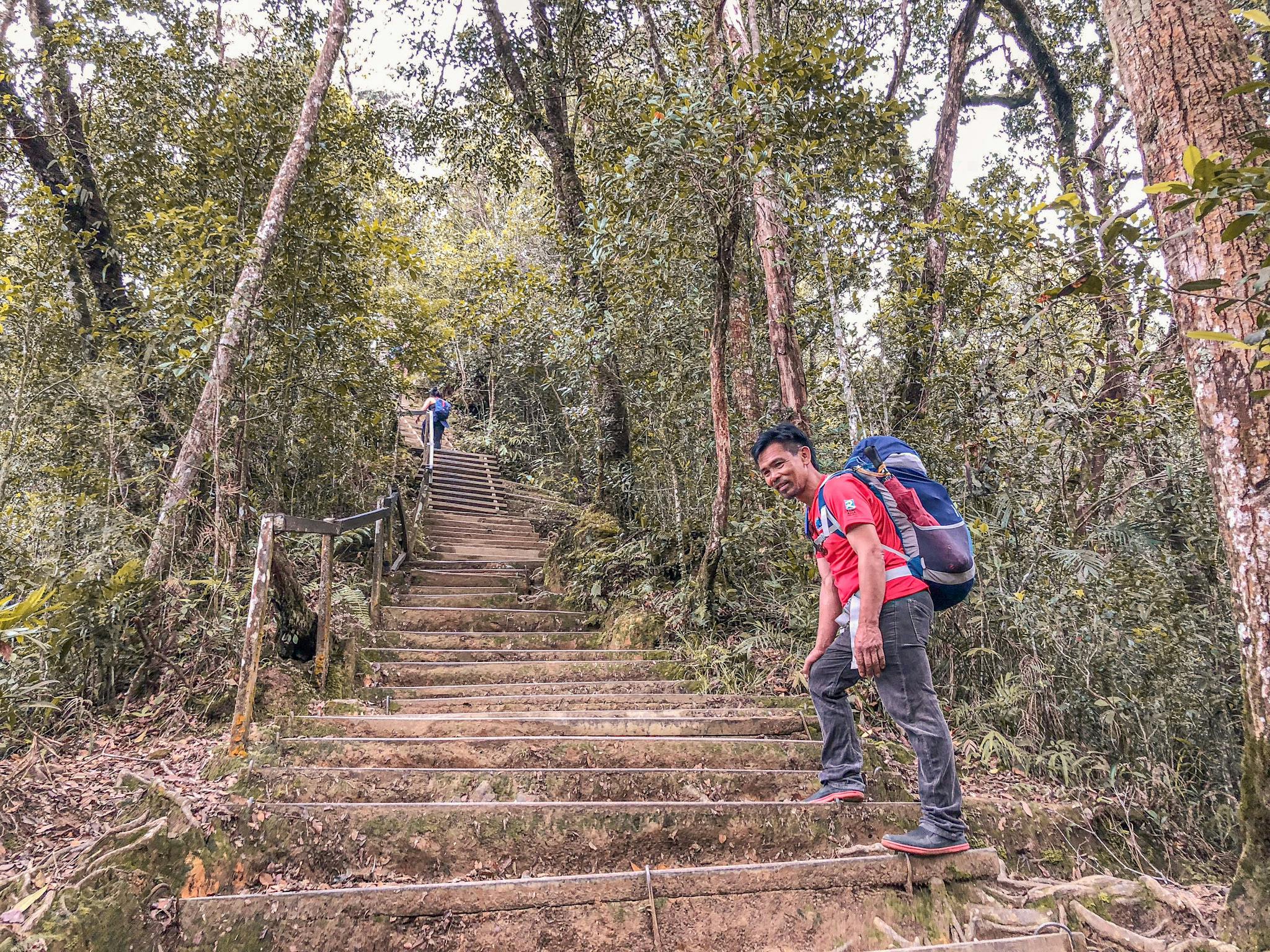
Are there toilets on the mountain?
There are water stops & WCs (fairly clean!) on the mountain, so don't worry about that.
The rest stops and WCs are every 1km (or less) on the summit trail up to the overnight rest stop. The first water stop is at the 6km mark, which is why we recommend bringing enough water to get you to 6km (about 1.5l to 2l for us).
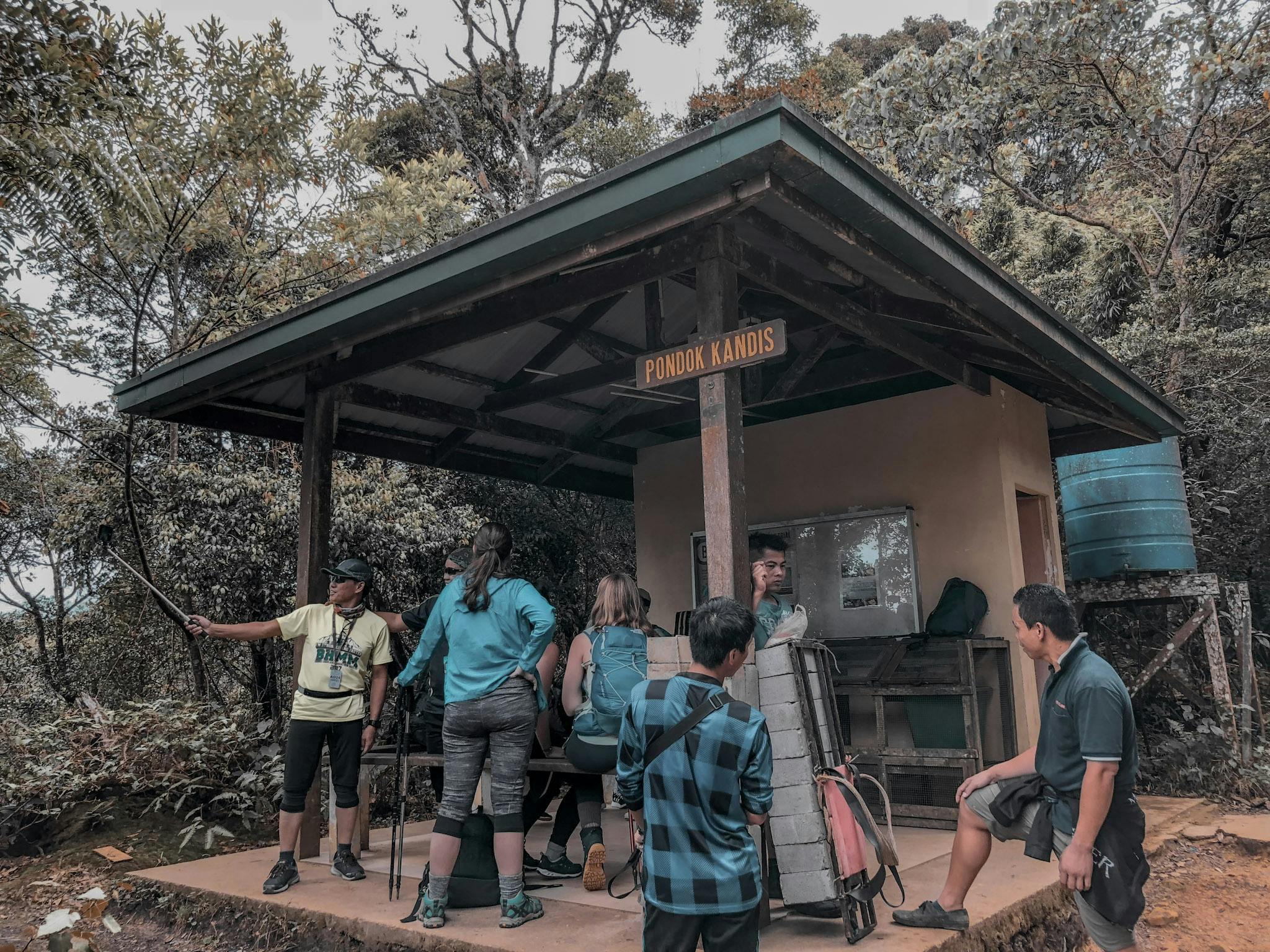
What is the food like?
Regardless of which tour package or tour operator you choose, your food will be provided by Mount Kinabalu Park HQ. You'll get a packed lunch on the way up, a buffet dinner and a light breakfast before (and after!) your summit the next morning.
The packed lunch is very basic (usually a drink, a sandwich and a fruit), so if you need more energy, you should bring some snacks. Dinner at the top is pretty tasty and is an extensive buffet with Western and Asian choices, so you will definitely not go hungry.
If you have any dietary requirements, please do let your tour operator know in advance.
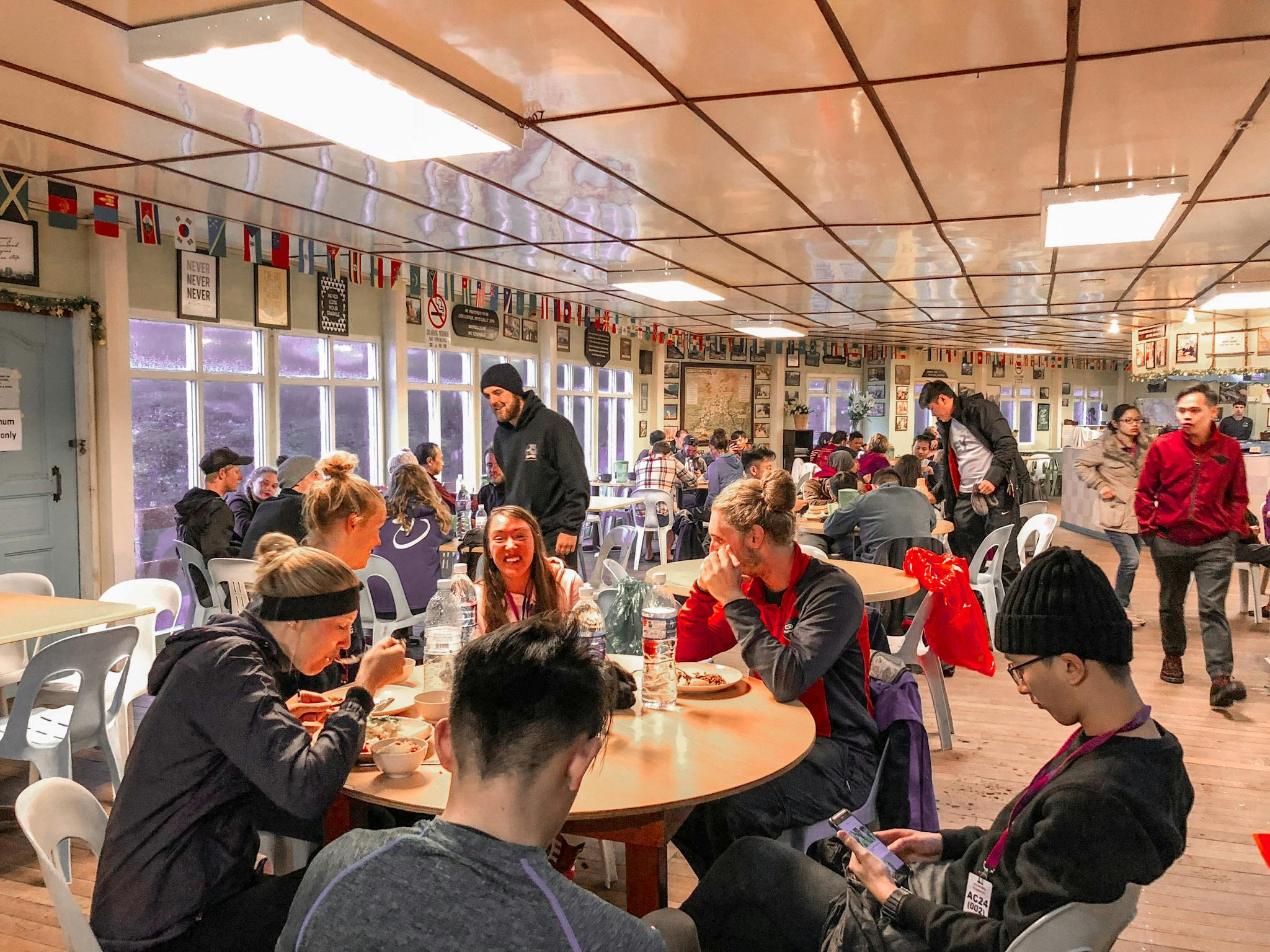
What is the accommodation like?
Regular Descent climbers stay at Laban Rata Resthouse & Via Ferrata climbers stay at Pendant Hut. Other than two private rooms, all accommodation on the mountain are dorms. The dorms in both mountain huts are similar in quality, size and amenities.
The dorms have bunk beds, mattresses and sleeping bags. They can get noisy so if you are sensitive to sound, bring earplugs for a better night's rest. The dorms are solar-powered - which means hot showers on a sunny day and cold showers on a rainy day. There are plugs in the dorms so there's no need to bring a battery pack.

Things to note about the summit climb
You'll start your summit climb at 2am after a quick breakfast. 3 key things to note about the summit climb: a headtorch is mandatory, you're required to make it to the summit checkpoint by 5am (otherwise you won't be allowed to summit) and there is a small chance the summit climb could be cancelled if there is torrential rain that morning.
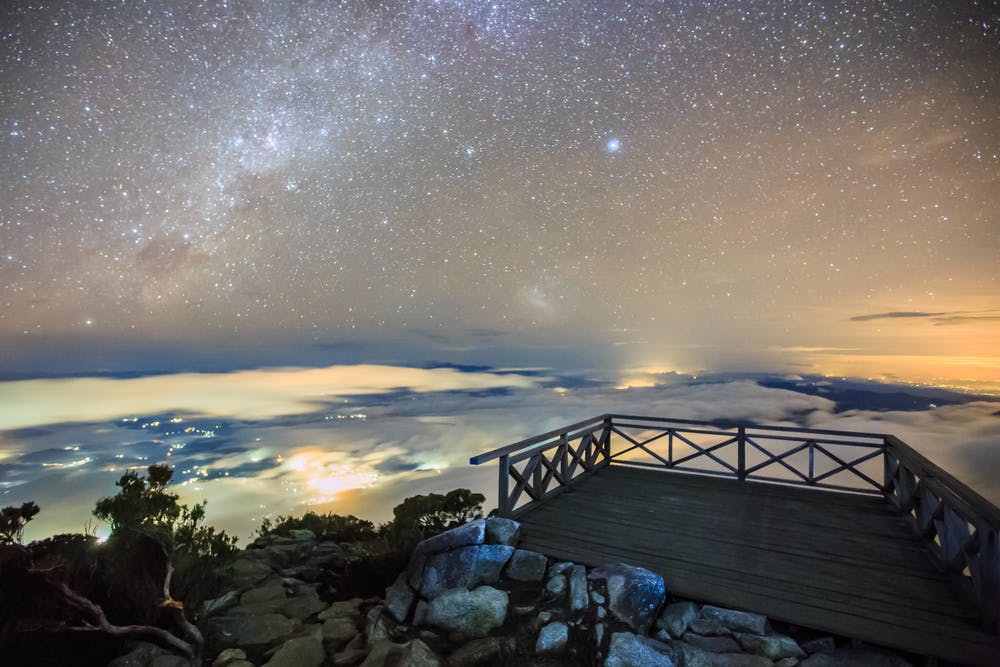
Frequently Asked Questions
More field notes finds.
![travel mountain kinabalu Awesome Weekend Getaways from Singapore [Nature Edition]](https://images.prismic.io/seeksophie/7cc78487-1925-4e08-a226-60e3f0a3777f_Komodo+2.jpg?auto=compress,format)
- Destinations
- Solo Travel Ideas
- Budget Travel
- Solo Travel Tips
- All Articles
How to climb Mount Kinabalu
- by Solo Traveler
- January 15, 2022 December 19, 2022
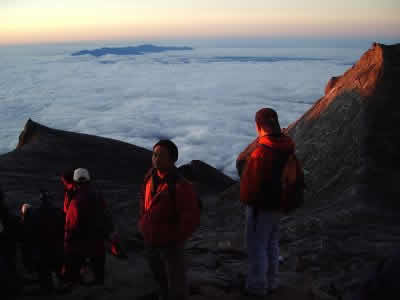
Hiking & Climbing Mt Kinabalu in Malaysia
Mount kinabalu climb introduction.
Welcome to our pictorial guide to climbing the most spectacular mountain in Southeast Asia. Mount Kinabalu stands at 4095m and dominates this part of Malaysian Borneo. Let’s go climb Mount Kinabalu.
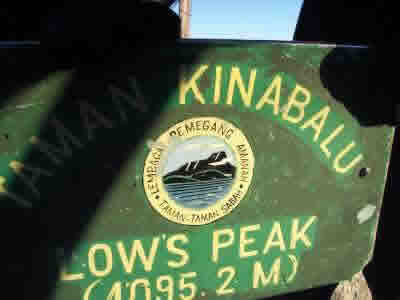
It is focal point of the Mount Kinabalu National Park , Malaysia’s first World Heritage site . Kinabalu National park is one of the richest assemblages of biological diversity and natural landscapes in tropical Southeast Asia.
– Getting to the Malaysian state of Sabah – Staying in the capital Kota Kinabalu – Booking Mount Kinabalu Park accommodation – Getting to Kinabalu National Park – Climbing permits and pre-climb preparation – Things to do around Mount Kinabalu Park – Climbing Mount Kinabalu – Day One – Climbing Mount Kinabalu – Day Two – What to do after Mount Kinabalu
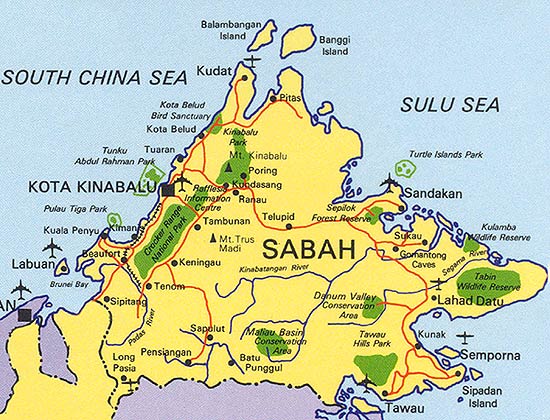
How do I get to Mount Kinabalu?
Kota Kinabalu (known as KK) is the capital city of the state of Sabah and the main international entry point to the region.
A number of airlines service routes to KK but we would like to recommend www.airasia.com as they provide very competitive prices from Bangkok and Kuala Lumpur.
Many of their airlines service routes into KK from Singapore, Hong Kong and most large Malaysian cities.
You can also get to Sabah overland from neibouring Sarawalk. Kunching is the main entry port of the state of Sarawalk.
One further option is to come in from Brunei which is serviced by numerous long haul international airlines.
Best time to visit Borneo
In the event that you are eager to explore the natural parks of Borneo and its surrounding islands where you can do some of the most impressive diving dives in the world (Sipadan is your destination!), You have to know that the season of Rain runs from December to February. The best time to visit Borneo is from May to October , when the dry season reigns.
Where to stay and where to eat in KK
Kota Kinabalu is a modern Asian Capital City and caters for all budgets.
If you are on a tight budget then the Trekkers Lodge is a very convenient place to stay.
The Trekkers Lodge is easy to find and is in most guidebooks.

This is area of KK is very handy for the Parks office and shops for equipment you may need for the climb.
For eating then be sure to check out Sajath Curry House for excellent cheap food and all day movies. The rotis come highly recommended and they allow bring your own beer!
They also show films and sporting events. The Curry House is just around the corner from Trekkers Lodge.
Information about booking your mountain accommodation before you arrive
As Mount Kinabalu becomes more and more popular it is essential to pre-book your bed for the nights you stay on the mountain.
You are also meant to be able to telephone bookings but again this is unreliable. The only reliable way is to head to the Parks accommodation office (pictured below).
This office is not easy to find at all! If you come out of the Sajath curry house and turn right the office is located on the second block on the opposite side of the road.
One word about the overnight accommodations at around 3300 metres. Laban Rata is the only hut that has heating but be warned that the they leave the heating on all night and it is very very hot!
This probably won’t be an issue if you are a local but if you are from a temperate climate you may find it uncomfortable. Our advice would be to stay in one of the unheated huts which are near to Laban Rata. It never really gets that cold around the huts.
The Sutera Sanctuary Lodges – the booking office for accommodation on Mount Kinabalu. Located in Kota Kinabalu near the Trekkers Lodge guesthouse .
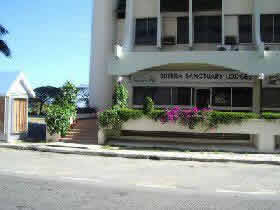
Here you can book a bed at the Kinabalu Park Entrance as well as for the overnight stay high up on the mountain.
The place to head to organise your bus is the KK bus station (pictured left). Go there a night or two before you wish to leave.
You will be jumped on by touts as soon as you approach the station but they are friendly and will direct you to the right bus company for the Mount Kinabalu National Park.
The Bus Station is pretty nondescript place and is basically just the various bus stands.
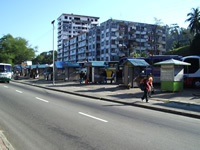
The costs are likely to change but at time of writing it was under US$5 for a single ticket from KK to the Park.
The buses are fairly comfortable and very cheap. Don’t worry too much about which company you go with. They are all similar and will get you there.
Planning, climbing permits and equipment for a Mount Kinabalu climb
The Mount Kinabalu National Park entrance (pictured left) from the main road. The bus will literally drop you off at this point. Simply walk 100 yards up the path and sign in at the Parks HQ.
Climbing Permits and Registering Your Intentions
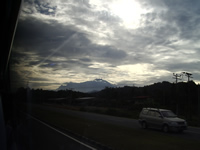
Inside the HQ you will be required to write down your details and provide the staff with your accommodation receipt. They will then issue you with your climbing permit and details about your guide.
This is a good place to hang around if your are on your own and looking for climbing partners.
If you are heading straight up the mountain you will then meet with your guide that has been assigned to you otherwise you will go off to your nights accommodation around the HQ.
This is the place to stock up on supplies just opposite the park entrance. They have cheap food and other essentials for climbing Mount Kinabalu.
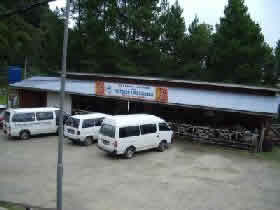
There are similar facilities in the park itself but this is much much cheaper! There is also a cheap cafe and they sell beer!
This is the view of Mount Kinabalu from outside the Parks HQ. You will be issued with a climbing permit that you must wear at all times!
The summit looks deceptively close even from here!
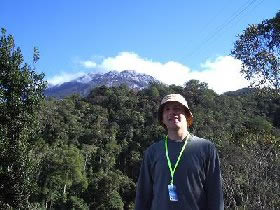
Finally ensure you are well prepared the day before. Here is a short list of essential items.
Essential items for the Climb up Mount Kinabalu
Head torch, spare batteries, water carry, good walking boots, waterproofs, sleeping bag, headache tablets, enough high energy food.
Things to do Around the Kinabalu Park Headquarters Before the Day of the Climb
Even if you are not doing the climb there is plenty to do around the park.
There are numerous shorter walks (if you are doing the climb make sure you do these before because you won’t feel like doing them after!) around the park.
You can join in on a guided tour of the botanical gardens and check out the pitcher plants (pictured below).
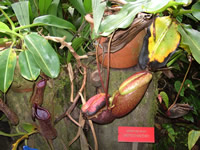
Also there is a small cinema with a video presentation of the Mount Kinabalu Park and you may get to watch a video of the annual Mount Kinabalu climbathon.
Watch crazy people run up and down the mountain in a little over 2 hours!
Day one of the Mount Kinabalu Climb
The best time to leave the Park HQ in the morning would be around 11am.This gives you plenty of time to get to the mountain huts for the evening (3200 metres) but has the advantage of missing the crowds.
If you are very fit you could leave up to 13:00 in the afternoon.

You will meet your guide at the HQ and then you will be taken to the official start of the trail at Timpohon Gate (or the power station as it is known locally). This is situated at around 1960 metres above sea level and you will already notice how much cooler it is than the coastal lowlands below.
It is wise to get a minibus from the HQ to the official start although you could walk the extra 5kms if you really wanted!
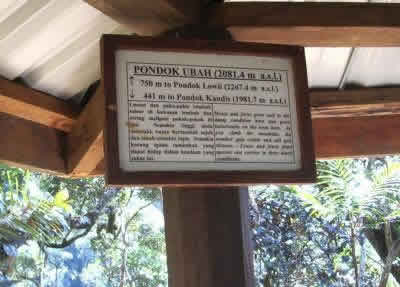
These are the signs in the shelters that inform you of your current altitude and the distance to the next shelter.
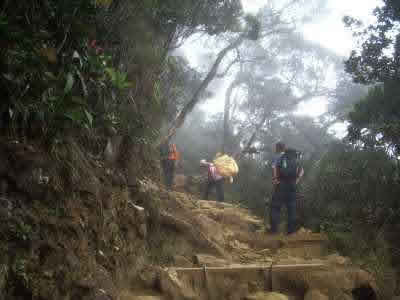
These are the endless steps of Mount Kinabalu. Most of the steps are huge and some of them are even bigger.
It can’t be emphasised too much that you have to take it easy up these steps. Climbing steps is generally much harder on your legs and lungs than a steady incline.

Most of the shelters on the way up have toilets and some even have two!
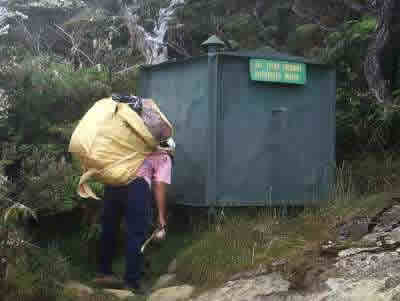
At most shelters there are tanks full of untreated water. These are perfectly good to drink as it is purely rain water. Some people would rather treat the water with iodine which is fine.
This lady is taking a well earned drink as she hauls 40KG up to Laban Rata guesthouse. For this she gets paid very little for the effort she is putting in.
This is the sign at the Villosa Shelter. Many people might start feeling the effects of altitude sickness as they approach 3000 metres above sea level. Generally only shortness of breath and lightheadedness is the worse symptoms.
If you feel very ill and have bad headaches it is advisable to go to a lower altitude as soon as possible. Taking headache pills might only mask worse symptoms.
This is your typical Mount Kinabalu shelter.
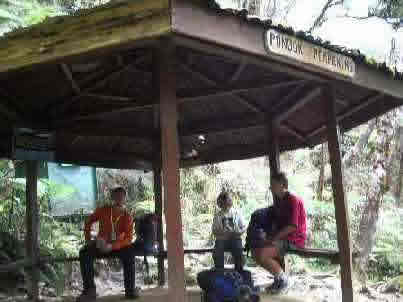
As earlier mentioned you do not have to stay in Laban Rata as there are many other huts around. Even if you stay in another hut you can still use the facilities in Laban Rata which include a nice restaurant and shower rooms. There is a nice balcony where out can sit out with a wonderful view and contemplate the early morning climb ahead.
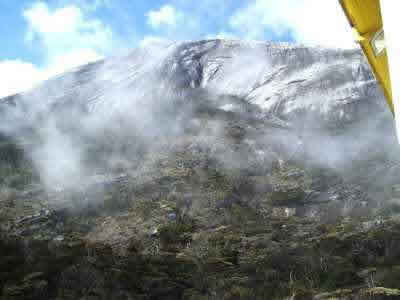
Looking up at the peaks of Mount Kinabalu from the balcony of Laban Rata hut.
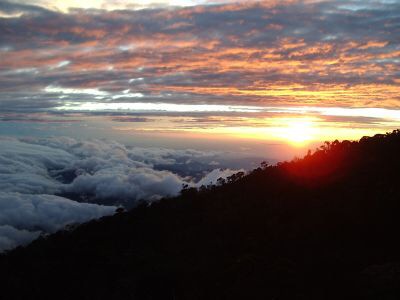
Looking out from the balcony of Laban Rata rest house after day one on Mount Kinabalu.
Trekking Mount Kinabalu – Day Two
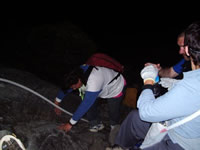
Tough work!
Alarm clocks ring out at 2am for the early climb up the last part of the mountain.
Breakfast is served at Laban Rata guesthouse from 1am and it is advisable to get some calories on board for the very long day ahead!
The rock faces can be extremely steep and the use of rope is essential to haul yourself up as you gasp for air!
Climbing Mount Kinabalu – Day Two
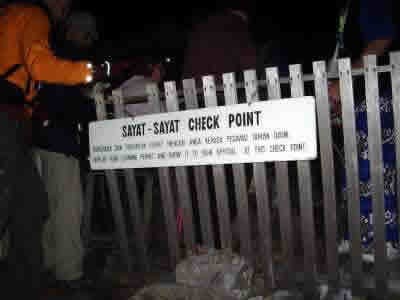
Sayat Sayat hut, at 3680 metres is the last mountain hut before the summit plateau of Mount Kinabalu. This check point is here to ensure you have a proper guide and that you are wearing your climbing pass.
Quite a few people only go as far as Sayat Sayat and turn back. This is itself is a massive achievement to get this far. The effects of altitude sickness really start to kick in as you approach 4000 metres above sea level.
There is actually a hut at Sayat Sayat where you can stay the night. It is very sparse and involves a very long first day but of course you do not have to get up as early as the people staying further down the mountain.
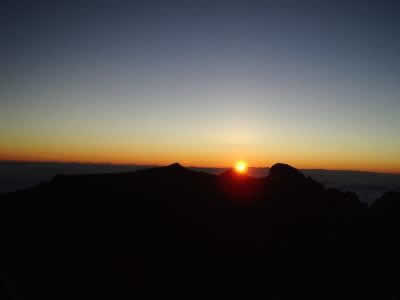
6:15am and sunrise from the summit of Mount Kinabalu. Don’t get up here too early as waiting around can be very cold! If you can time it that you arrive just in time for sunrise then that’s better.
Daylight at last and that rewarding feeling of making it to the highest point in South east Asia at 4095m above sea level. The hardest part will be fighting your way to the summit post in among all the people!
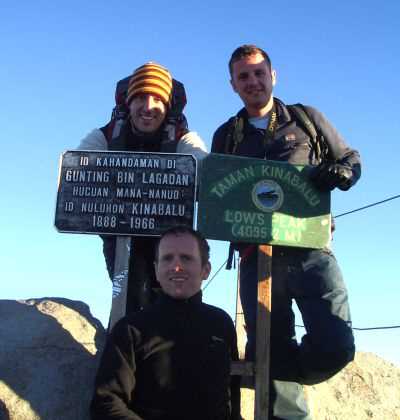
The summit post of Taman Kinabalu registering that you are 4095 metres above sea level. Low’s Peak was named after a British Colonial chap called Low who first to summit Mount Kinabalu. Of course he probably wasn’t the first!

Looking down from the summit at a few of the people waiting their turn for the summit photo.
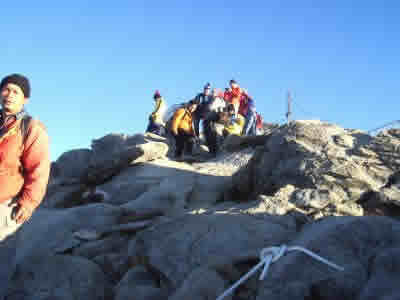
Looking back at the summit of Mount Kinabalu. it can get pretty crowded up there at dawn!
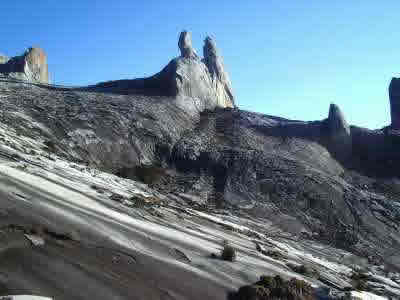
The famous donkey’s ears of Mount Kinabalu.
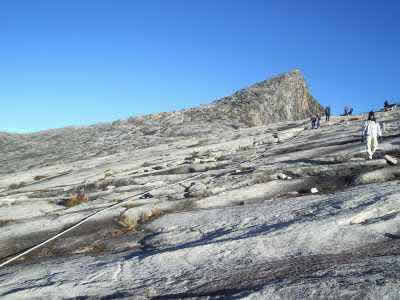
Looking back up at Low’s Peak from where we have just descended.
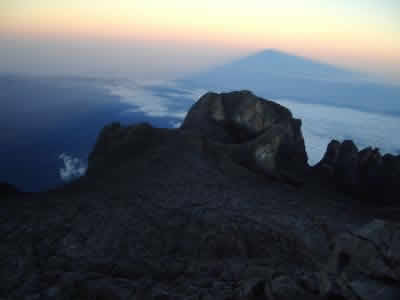
The shadow of Lows Peak in the distance.
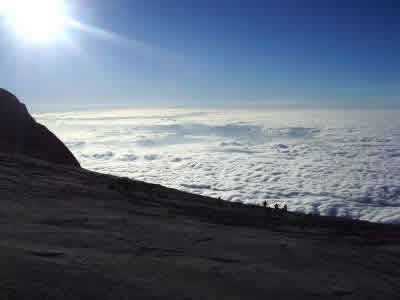
The quick exodus back through the clouds.
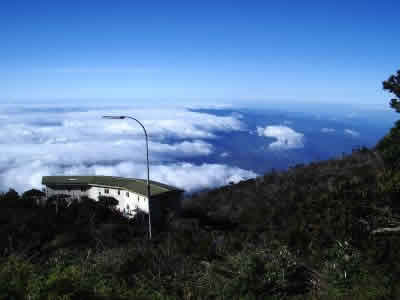
The welcome site of Laban Rata on the way back down for breakfast number 2. Most people generally stop here as it is about 9am by the time you get back down to Laban Rata. They serve breakfast and you can chill out before the very taxing descent.
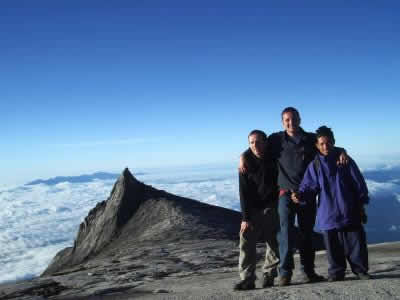
Looking towards the South Peak of Mount Kinabalu on the way back down with Jimmy our guide.
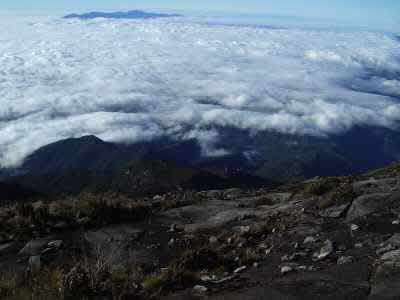
The final picture from the rock face looking down through the clouds to the lowlands and the Crocker mountain range poking up in the distance.
A quick word about the descent. If you are not terribly fit you might find the descent harder than the ascent! Walking down these big steps is a real test for the leg muscles that you rarely use!
It is not unknown for guides to carry climbers down when they become jelly legged.
Finally enjoy the trip, tip your guide and make sure you buy the very handsome certificate if you make the summit of Mount Kinabalu.
What to do After Mount Kinabalu
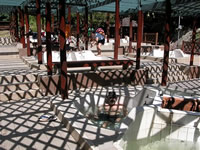
Poring Hot Springs
Most people head straight to Poring Hot Springs after the climb to rest the tired legs in the hot pools. There is a range of accommodation in the complex itself and restaurants to grab some food.
There are a couple of backpacker hostels outside the complex but when we visited these they were not really fit for human habitation! If you are desperate you could always camp at the Hot Springs if you have a tent.
Sepilok Orang-Utan Rehabilitation Centre
The Sepilok Orang-Utan Rehabilitation Centre is one of only four such places in the world for the rehabilitation of these lovely beasts!
Some argue that this place is nothing less than a zoo but if you do decide to go your have some unforgettable experiences.
You are guranteed to see Orang-Utans.
Getting there by public bus is fairly straight forward from Poring Hot Springs or the Mount Kinabalu Park HQ.
Low season versus high season on a trip to Malaysia
You already know the type of weather you can expect, but, if you are one of those who prefer to avoid crowds or look for low prices on accommodation and transportation , it is also important to consider the season.
The Malaysian school and work vacations range from mid-May to the end of June and, subsequently, between November and December. In these times, the best known beach destinations such as Langkawi or the Perhentian Islands are more frequented by families and, therefore, it is high season. In addition, the Chinese New Year , which is usually celebrated between January and February, is also noticeable in almost the entire country. In these dates you will not only find a lot of local tourism, but also travelers from all over the Asian continent who want to enjoy their rest period.
In short, all these moments are not the best to visit Malaysia, as prices rise like foam and that tranquility you expect on your vacation is harder to get.
On the other hand, July and August are part of the so-called “Arab season” . During those months, travelers from the United Arab Emirates, Qatar or Oman, among other Gulf states, want to escape the heat on the beaches of Malaysia.
If you want absolute tranquility and good prices, the best months to travel to Malaysia are March, April, May, September, October and November .
The best time to travel to Malaysia: the most interesting events
Malaysia is a true melting pot of cultures, so religious festivals and events are guaranteed at any time of the year. Even so, if one of the objectives of your trip is to know in depth its traditions, you may be interested in these events :
- Thaipusam: This celebration is originally from the Indian state of Tamil Nadu. In Malaysia, the Hindu community lives it with great intensity both in the Batu Caves of Kuala Lumpur and in the Indian neighborhood of Georgetown (Penang). In January or February of each year, hundreds of pilgrims worship the god Muruga or Kartikeya, who is usually represented in a small float. Many of the attendees are pierced different parts of the body with sharp needles or hooks on which offerings hang. The next Thaipusam will be held on February 8, 2020 and January 28, 2021.
- Chinese New Year: the Chinese community of Malaysia exceeds 25% of the population, so the celebrations of its new year are lived with great intensity almost anywhere in the country. If you match your trip with these dates, you will find fireworks, parades, thousands of rice paper lamps decorating temples and houses, special activities … Keep in mind that the end of the Chinese year depends on the lunar calendar, so in 2020 It will be held on January 25, although the festivities last until February 11. However, the best time to travel to Malaysia and enjoy the Chinese New Year in 2021 will be from February 12.
- Sabah Fest: Get to know the cultural richness of the state of Sabah thanks to this week-long event. It does not lack dances, music and, of course, the food of the region. It usually takes place in May.
- Gawai Dayak: the state of Sarawak (Borneo) dresses up in the month of June, when the Dayak decorate their long houses (the typical houses of the region) and open them to the public to publicize their culture. Expect traditional dances, colorful clothes and copious meals. It is celebrated between May 31 and June 1 of each year.
- Hari Raya Puasa: the end of Ramadan is a source of joy for the Muslim community. If you decide that it is your time to travel to Malaysia, you will find completely decorated cities, markets and mosques overflowing with the faithful. The Hari Raya Puasa will be held on May 23 and 24, 2020, and May 13 and 14, 2021.

Ultimate Guide to Hiking Mount Kinabalu
- Facebook 11
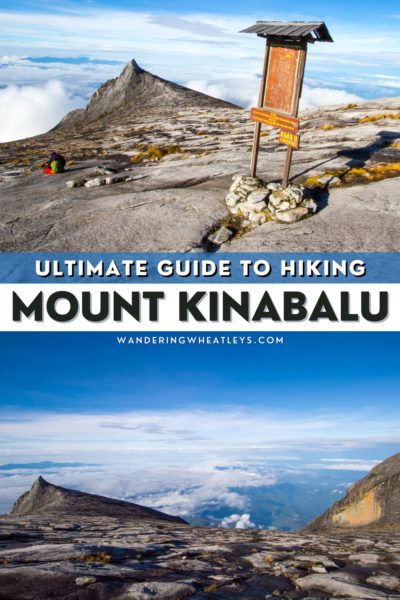
It’s 4:15 am. The wind is blowing sideways, whipping us in the face. We can barely see our hands in front of us, let alone the person two meters ahead. It’s freezing cold. The kind of cold that makes you reconsider your decisions. As we reach the top of Mount Kinabalu at 5:15 am, there is no sunrise to be seen nor anything resembling a mountain view.
The thick clouds engulfed us, but we decided to stay until 7 am in the hopes that the weather would change. We are all huddling up like penguins in the Antarctic. It’s so damn cold, it would have been wise to bring warmer clothes. But it’s SE Asia, it’s supposed to be warm! We waited.
Magically, right at 7 am, the first glimpse of sunlight breaks through a cloud. Within minutes, Mount Kinabalu can be seen in all her glory. Only about 15 people stayed through the misery to witness these views. After hiking up 7,200 feet in the pouring rain, the struggle was finally worth it.
We thoroughly researched this hike but only found expensive tours online. As independent travelers who are always budget conscience, we opted to book everything on our own, and managed to save several hundred dollars. This Mount Kinabalu do-it-yourself hiking guide will help you save money and have an amazing trip!
Content and photographs provided by Yana Kogan and Timon .
Disclaimer: This post may contain affiliate links. If you make a purchase or booking through one of our links we may earn a small commission (don’t worry, it’s at no extra cost to you).
Do-It-Yourself Booking Process for Mount Kinabalu
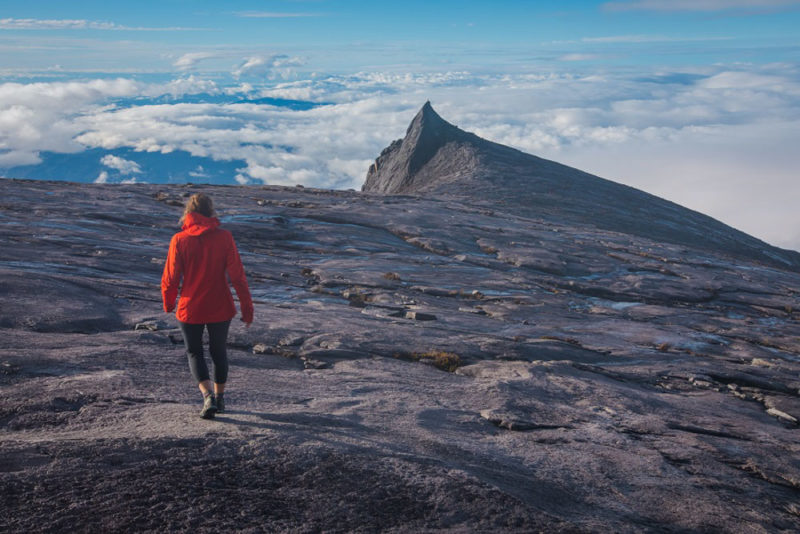
To save money, book the trip directly with Sutera Sanctuary Lodges . By booking directly, you can save hundreds of dollars. Mount Kinabalu offers 135 permits per day. To book a specific date, contact Sutera Sanctuary Lodges in advance to try to secure permits. Reservations can be made up to 30 days in advance.
When booking accommodation directly with Sutera Sanctuary Lodges, payment of the park entrance fee, permit, and guide fees are paid to the park based on their published rates, and not a dollar more.
With flexible travel dates and the ability to stay in the area for a few days, it is possible to show up at the park office to book last-minute permits.
Note: We heard of travelers who were able to get Malaysian rates during the low season with some convincing. We have no experience in doing this but it could be worth a shot.
Via Ferrata
There are two via Ferrata routes when hiking Mount Kinabalu. What claims to be the highest via Ferrata in the world is now actually the second-highest behind Mount Kenya . It is still at an impressive altitude of 3,776 meters.
There is a beginner’s route – Walk the Torq, a 2-hour side trip down Mount Kinabalu, or the full Low’s Peak Circuit. The LPC is a 4-6 hour hike after summiting Mount Kinabalu, which includes .75-miles via Ferrata cables, ladders, and suspension bridges.
For booking via Ferrata, contact Mountain Torq. When booking direct, the 2D/1N Low’s Peak Circuit via Ferrata route starts at 2,400 RM ($600 USD). All of the offices (Park HQ, Sutera, and Mountain Torq) are located beside each other right at the park gate.
We decided against hiking the via Ferrata not only because we hiked the one in Kenya and several others in Italy, but because the cost was not worth it for us.
Best Time to Hike Mount Kinabalu
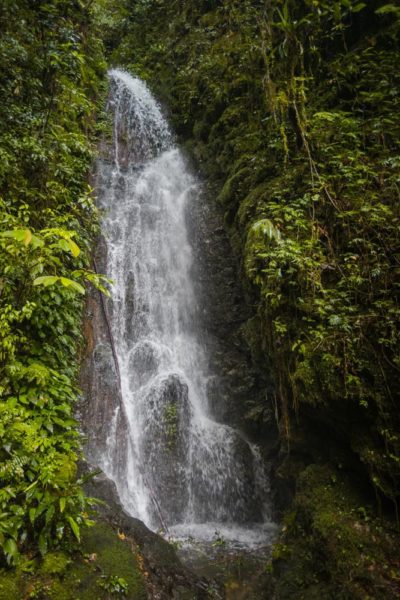
February through April are the best months to climb Mount Kinabalu. These months have less rain than the SW Monsoon period between May and July or the NE Monsoon period between October and January.
The NE Monsoon period is the worst time to climb, as there are often heavy rains. At any time of the year, it is possible that the summit climb will be cancelled due to inclement weather.
How to Get to Mount Kinabalu
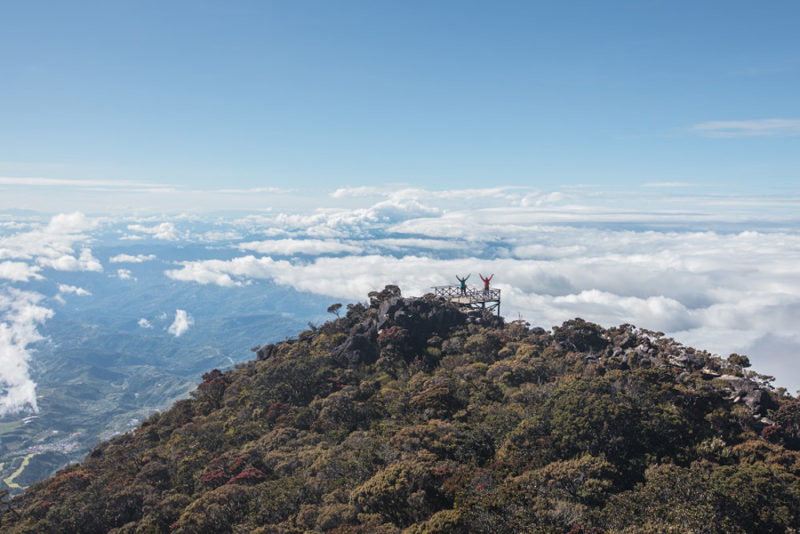
Buses leave daily from Kota Kinabalu city center (Padang Merdeka bus stop) to Mount Kinabalu. All buses going to Ranau, Sandakan, and Tawau go by Mount Kinabalu. When the bus fills up, it will leave Kota Kinabalu.
Tickets are priced per person to Ranau, which is roughly 30 minutes past Mount Kinabalu. Make sure to tell the bus driver that you will be getting off at the park. Buses depart more often early in the morning and tend to wind down after 3 pm.
With three or more people in one group, it’s more cost-effective to book a GrabCar from Kota Kinabalu.
Mount Kinabalu Accommodations
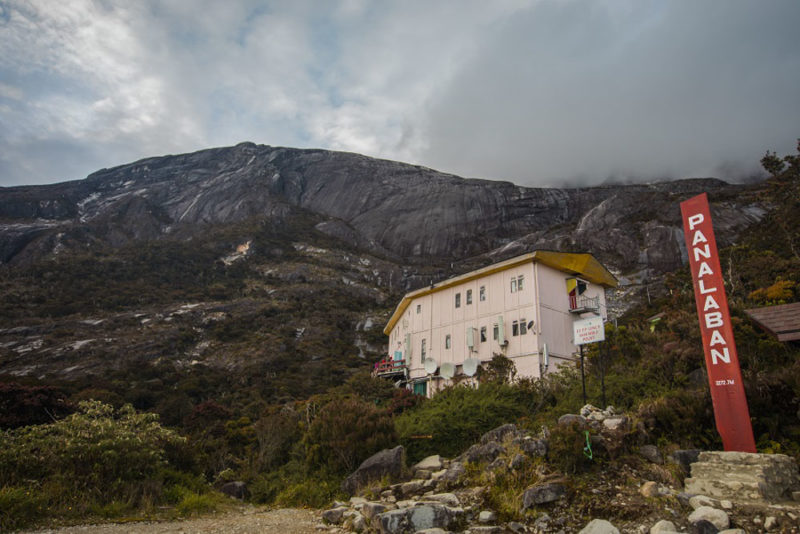
Because of the early morning start, it is best to stay the night before near Mt. Kinabalu. There are limited options for accommodation inside the park. It is better to stay outside the park gates, where there are several guesthouses and hotels to choose from.
Budget : Jungle Jacks is a budget backpackers hostel with dorm rooms. A dorm bed includes all meals and is very inexpensive. They offer a package that includes two nights of accommodation at Jungle Jacks, a climbing permit, one-night accommodation in a mountain hut, a hiking guide, transportation, and all meals for three days for a reasonable price.
Mid-Range : Ayana Resort is a nice, but affordable hotel with private double and triple rooms.
The Mount Kinabalu Hike
Total Distance : 10.8 miles (17.4 km) return Total Elevation Gain : 7,313 feet (2,229 meters) Time Hiking : Day 1: 3.5 hours (to resthouse)/Day 2: 2.5 hours (to summit)/5.5 hours (from the summit to the start) = 11.5 hours total
Day 1: Base of Mount Kinabalu to Laban Rata
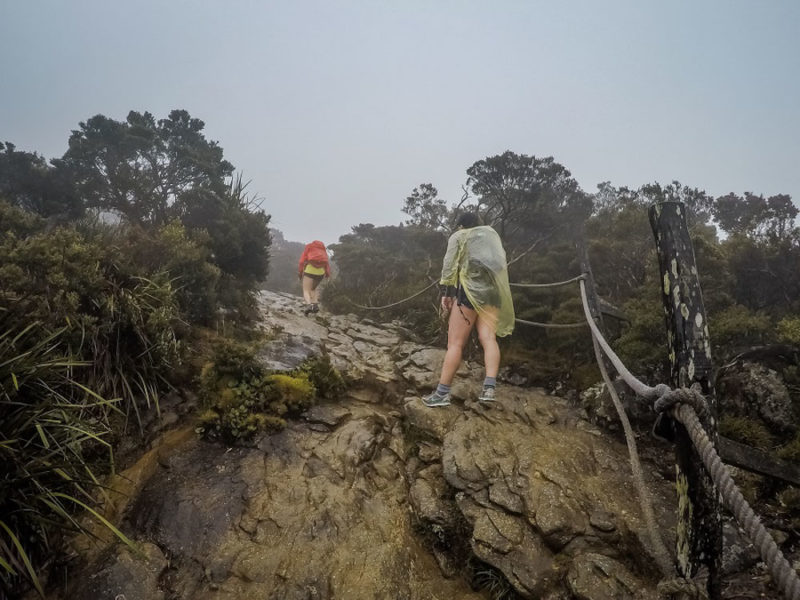
The hike typically takes between four and six hours depending on your level of fitness. We are fast hikers, so it took us just over three hours. From the park headquarters (5,130 feet), it is a 15-minute shuttle ride to the beginning of the trail at the Timpohon Gate (6,120 feet).
The beginning of the hike is through dense forest, passing Carson Falls. The climb begins right after that with manmade steps or rocks. There are huts for breaks nearly every mile.
From the Tompohon Gate to Laban Rata Resthouse, it is a total of 3.4 miles with an elevation gain of 4,600 feet. The last mile is the steepest section of the first day. Don’t let the short distance fool you. Between the elevation and the hundreds of steps, it can be quite tough.
Day 2: Summit Mount Kinabalu & Descend the Mountain
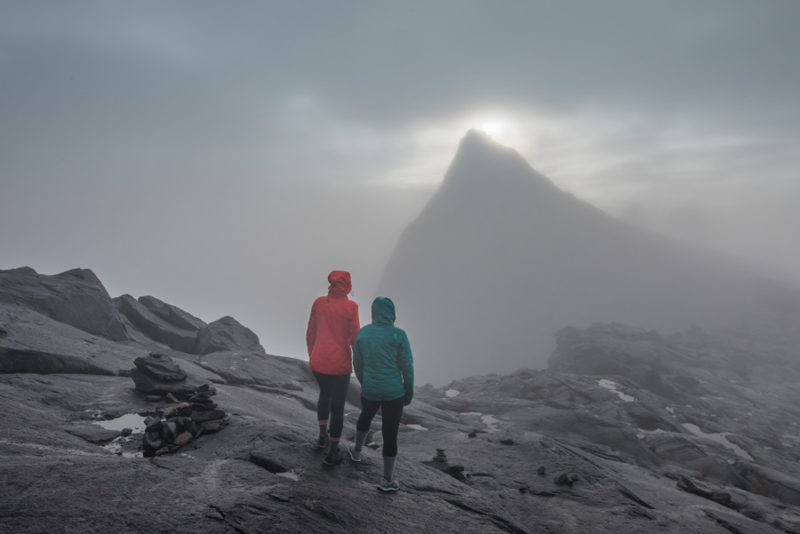
Most groups leave for the summit around 1:30 am. Supper is served from 1 am until 2:30 am. If you are a fast hiker, wait to leave until 3 am. It’s better to wait in the warm resthouse than in the freezing temperatures at the summit.
The first hour of the summit climb was pretty straightforward. The second hour was on exposed rock. Some sections are very steep with ropes to aid in climbing. It took us two hours to reach the summit. We couldn’t see a single thing due to the weather, and nearly all groups left the summit immediately.
Luckily for Yana’s persistence, we waited and were lucky to do so. The rain stopped and clouds parted between 7 am and 7:30 am. While there was no sunrise, we had the entire summit nearly to ourselves. It definitely made the entire hike worth it.
Overall Feedback and Impressions
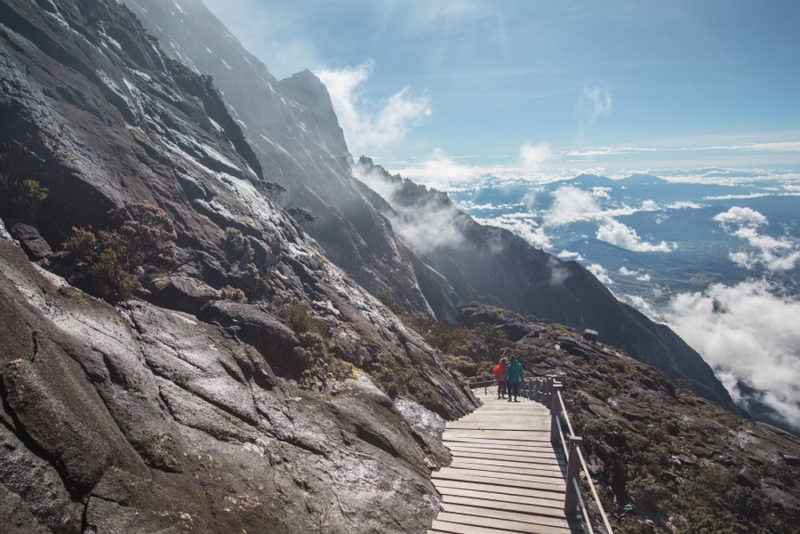
As avid hikers, we felt the hike was quite challenging considering how short it is. Most of the trail up to the resthouse is through a lush jungle where it commonly rains. Don’t be discouraged if it rains for most of the first day because there is less chance of rain at the summit.
If granted clear views, the summit is stunning. The peaks are unique and stand at nearly 13,451 feet normally reaching above the clouds, making it truly surreal. Our guide was very friendly and did not push us to leave too early in the morning.
The food was pretty good and it was way more than we could eat. They cater to vegetarians. The rooms were pretty small, and it was tough to move around in the 6-bed dorm when everyone was awake. Overall, this was an excellent hike with epic views and surprised us by being challenging.
Important Things to Know & Tips for Hiking Mount Kinabalu
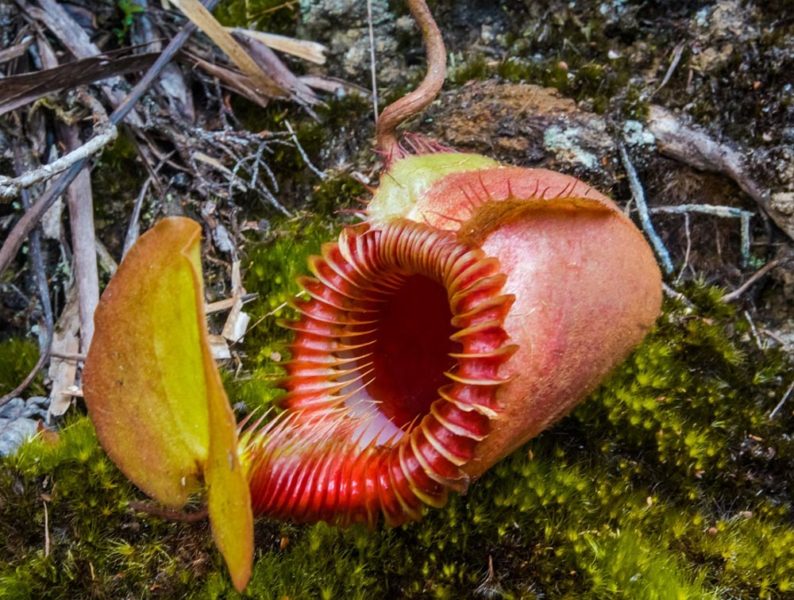
Start Time: All hikers must begin the hike before 10:30 am. Do not show up late. Guides leave and they likely will not let you start the hike. With that being said, in true Yana and Timon fashion, we were late. With lots of effort, we convinced the rangers to let us start. They had to call a guide to return to the mountain. We were lucky they let us go. Do not be like us.
Difficulty : Even for advanced hikers, this is a steep hike. The total elevation gain is no joke. At an altitude above 10,000 feet, it is possible to experience mild symptoms of altitude sickness. While it is not high enough for serious symptoms, you can definitely get headaches and feel nausea. Several people on our trip didn’t feel so well the first day.
Rain gear : Sections of the trail are through a rainforest and it can rain at the summit. Make sure to bring proper rain gear which should include a jacket, dry bags for valuables, and a rain cover for your bag. In addition to rain jackets, we purchased a poncho before the hike, which came in handy when the rain was heavy.
Food : Five meals are included with the stay at Laban Rata Resthouse. The buffet-style food is pretty good. I would only bring snacks for the trail. The meals provided are a packed lunch before departure, which consists of a sandwich, apple, and bottled water. Dinner is served between 5 pm and 7 pm. Before the early morning ascent to the summit, supper is served from 1 am to 3 am. After the summit climb, breakfast is served from 8 am to 10 am. A buffet lunch is waiting at the end of the hike at the restaurant located by the park gate.
Water : Water is not provided, but a 1.5 L bottle of water is available for purchase at the hut. Hot drinks are available at Laban Rata for all meals except dinner. A pitcher of hot water is available for purchase as well and is nice for chilly nights.
Bedroom Situation : Thick blankets are provided, so there is no need to bring any bedding or sleeping bags. It actually got pretty hot in our room at night. There are plenty of charging ports to charge cells phones and camera batteries. The rooms are very small, so expect to feel a little cramped.
Stretch : Maybe we weren’t in our best hiking shape, but we were seriously sore for about five days after the hike. I strongly suggest stretching before the hike and after each day to help alleviate this. Trust us, your calves with thank you.
What to Bring For Hiking Mount Kinabalu
- A hiking backpack sack with a waterproof pack cover
- Hiking boots and sandals and/or flip-flops
- Hiking shorts and hiking pants
- Quick-dry hiking shirts, long sleeve thermal shirt, down jacket, and waterproof jacket
- Quick-dry underwear, sports bra, and hiking socks
- Sun hat and a beanie/buff
- Water bottle or bladder
- Sunblock, bug spray, soap, toothbrush/toothpaste, deodorant
- Camera, chargers, spare batteries for the camera, and a dry bag to keep them in
That’s it – we hope you have a wonderful time hiking Mount Kinabalu!
Planning a trip to Kuala Lumpur, Malaysia? Check out our favorite books and travel guides!

SHARE THIS ON PINTEREST
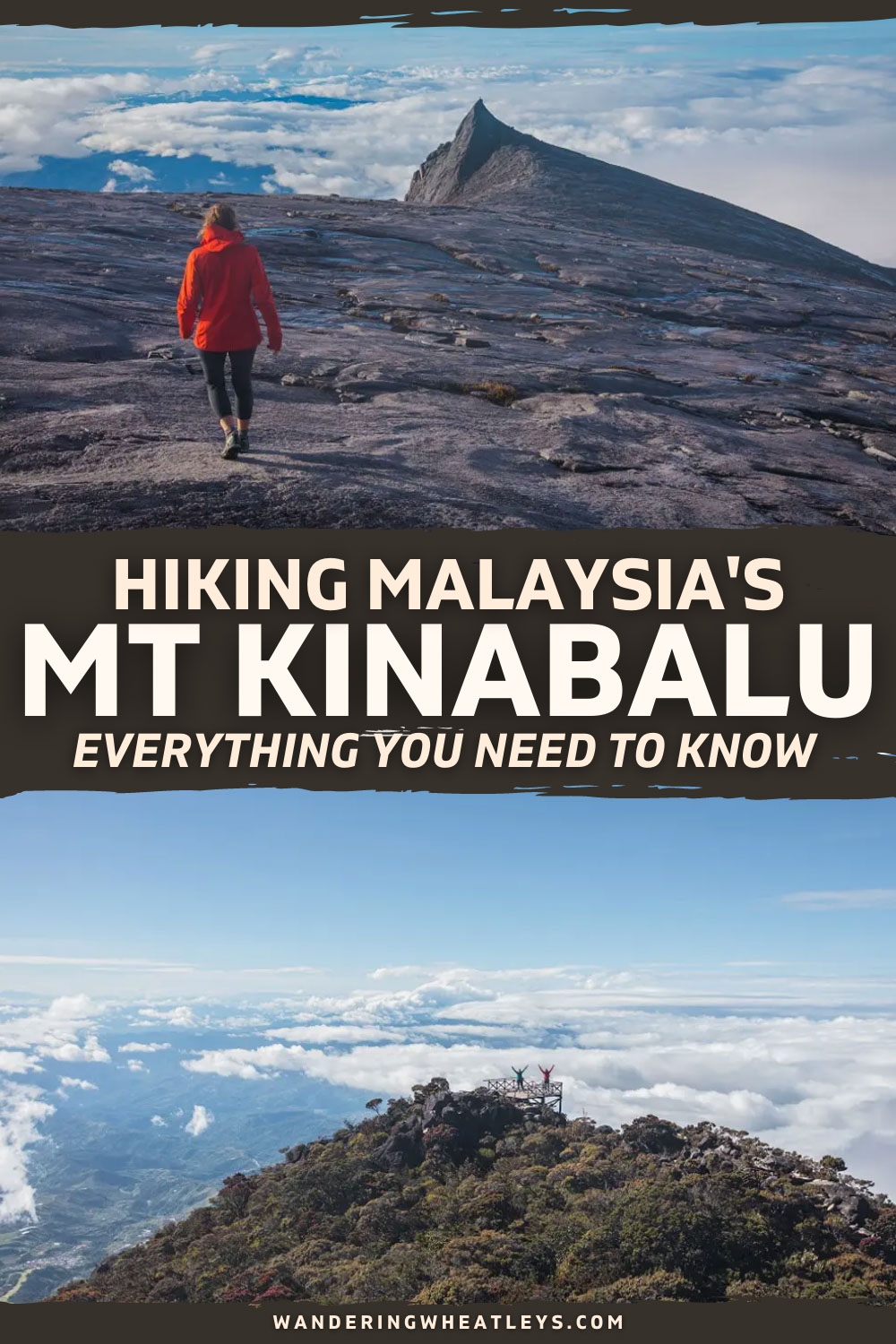
About the Author:
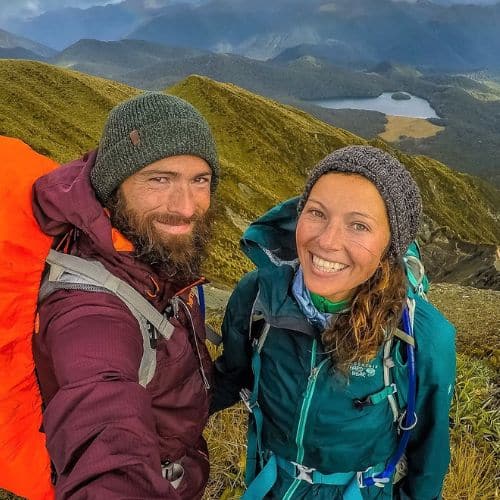
Yana & Timon met at college in Boston, Massachusetts. After graduating, they started their professional careers. They moved to San Francisco in 2010, a city they loved living in for nearly six years. After working and saving up money for several years, they quit their jobs and set off on an adventure of a lifetime. They started living a nomadic lifestyle in December 2015 and have not looked back since.
View all posts
Related Posts
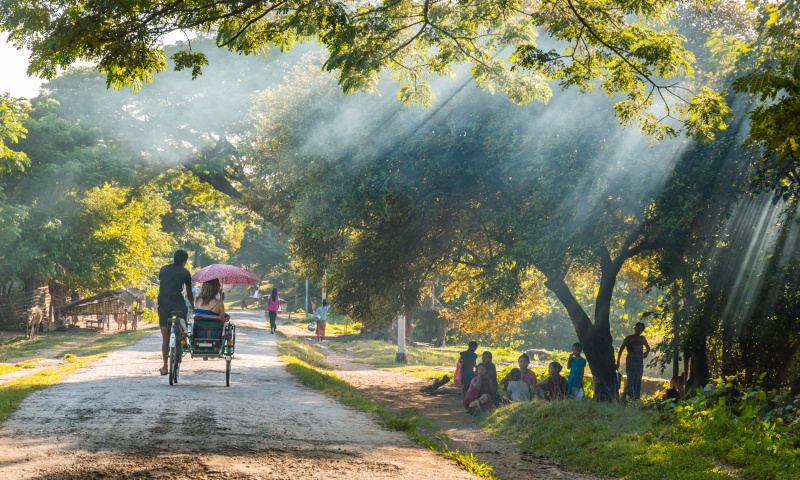
6 Off-The-Beaten-Path Adventures in Myanmar
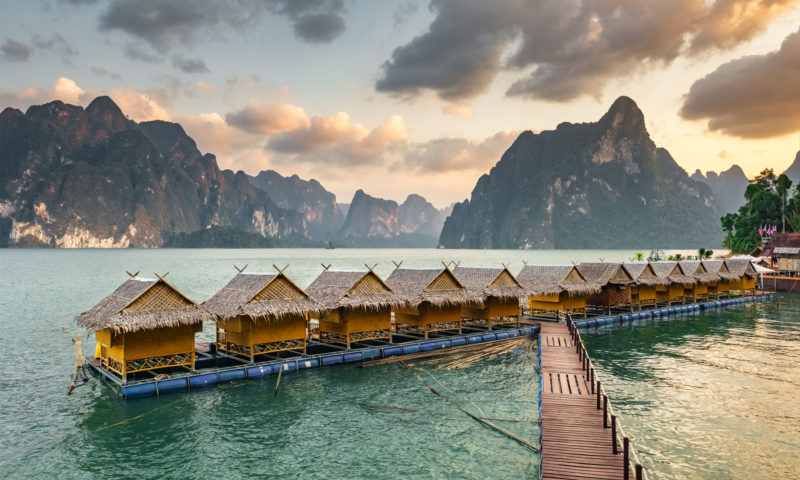
Complete Guide to Khao Sok National Park, Thailand
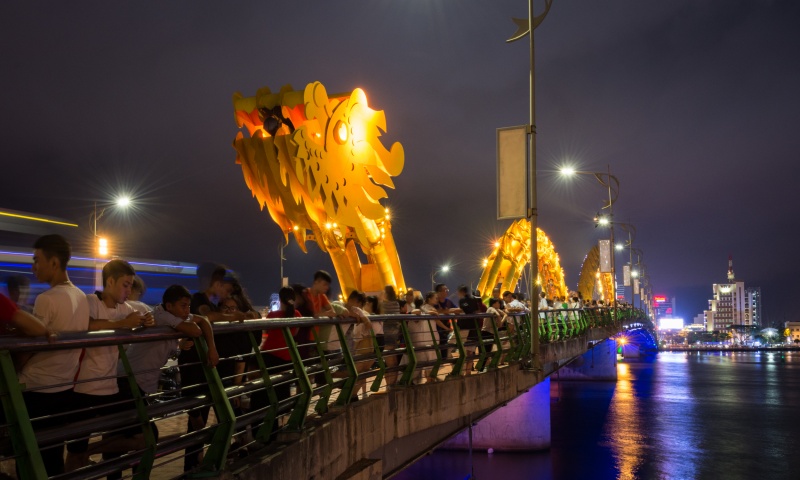
Guide to Da Nang, Vietnam: The Best 14 Things To Do
1 thought on “ultimate guide to hiking mount kinabalu”.
Hi Yana and Timon! This is a lovely guide and I found it really useful for my plan to Mount Kinabalu! Did you go to the Kinabalu Park HQ to book a mountain guide one day before the hike? I saw this on some blogs but not others, and I wonder if I need to arrange this in advance except booking the accommodation, or just pay and get everything ready at the Park HQ in the morning of my hike?
Thanks a lot!!
Leave a Comment Cancel Reply
Your email address will not be published. Required fields are marked *

Climbing Mount Kinabalu- the comprehensive guide of the whole hiking trail
Posted on Last updated: March 6, 2023
Categories Mount Kinabalu , Sabah
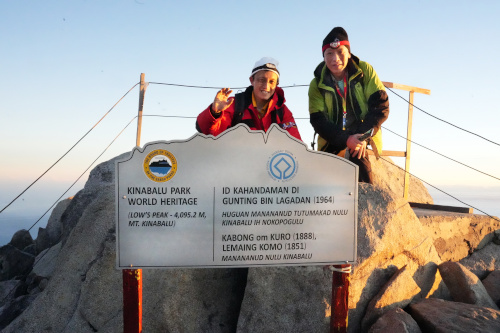
As an average amateur hiker who had never tackled strenuous hikes at high altitudes, I never thought climbing Mount Kinabalu and reaching the summit was possible.
Here is the story of my climb, a test of my perseverance, endurance, and triumph.
Although I am healthy in my 60s, climbing one of the highest peaks in South East Asia is still daunting. However, I was committed to pushing to the limits with my brother, who is in his 70s!
Here is the complete documentation of my hike from the starting point at Timpohon Gate to Low’s Peak and back.
Climbing Mount Kinabalu was grueling, with steep inclines and challenging terrain, but I pushed on. And then, in the middle of the night, we continued our ascent to the summit, crossing the Sayat-Sayat checkpoint and reaching Low’s Peak just in time to catch the sunrise.
The views from the summit were breathtaking, and the descending trip would be just as challenging as the climb.
Note: This post may contain affiliate links. Please read my privacy policy for more info. I may receive commissions for purchases made through links in this post. As an Amazon Associate, I earn from qualifying purchases.
Don’t miss the video we shot at Mount Kinabalu It is at the end of this article. 👇👇
I tried to record every step along the way. As a result, this article has about 80 images with comprehensive information.
You should be one of the success climbers, take on the challenge, and emerge as a winner!
1. The day before climbing Mount Kinabalu
To acclimatize ourselves to the altitude before climbing, we arrived at Kota Kinabalu from Kuala Lumpur, then stayed at Kundasang for a night. After visiting this beautiful small town, we arrived at Kinabalu Park (Taman Kinabalu) the following evening. Despite the relatively higher cost, we opted to stay at Kinabalu Park due to its convenient location for starting our hike.
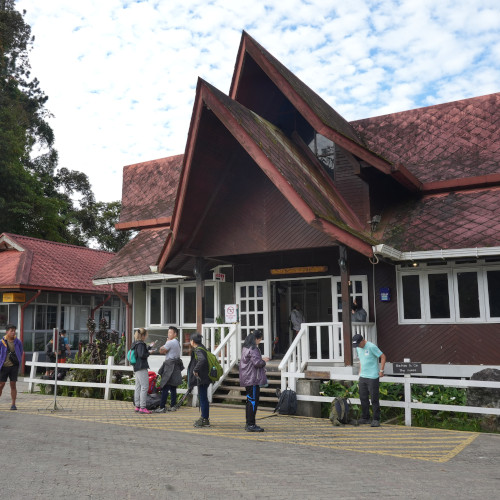
Upon our arrival, we proceeded to the park headquarters to check into Sutera Sanctuary Lodges . The front office staff was friendly and attentive, providing a detailed explanation of the room facilities and demonstrating how to navigate Kinabalu Park with the map at the front desk. Trail maps are hanging on the wall of the reception area.
We stayed at the Hill Villa, just five minutes from the restaurant. The room was spacious, with all the necessary amenities and a balcony.

As dinner time approached, we headed to the Liwagu restaurant, less than a five-minute walk from our accommodation. They served buffet-style dinner in a pleasant environment.
There is a Goodie Bag Shop in the restaurant, which sells souvenirs, postcards, walking poles , waterproof bags , hiking gloves , energy bars, water bottles, and other items related to mountain climbing. You can do any last-minute shopping for anything you may have missed.

2. Get ready to climb the following day
We returned to the same restaurant in the morning to enjoy a sumptuous breakfast before the climb. It was perfect for fueling us up for the challenge. Afterward, we returned to our lodge to wait for our guide, who would transport us back to the park headquarters for registration.
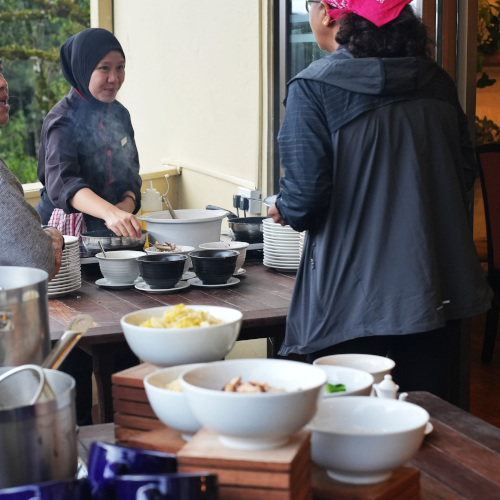
From the vantage point, we could see the Laban Rata, the resthouse we would stay overnight during our climb.
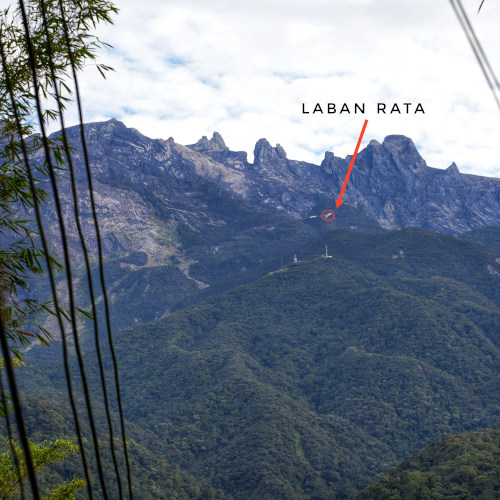
Upon arriving at the park’s main office, our guide helped us to prepare all the necessary documentation in the building next to the Suria Sanctuary Lodge.

Each of us received a name tag that we had to carry at all times. The tag had a unique number and had to be reported at various checkpoints during the climb.
We met our guide, Arno, who would also serve as our porter. Since we carried part of the essentials, his combined load was less than 10kg.
To reduce traffic congestion, Kinabalu Park uses its van to ferry climbers from the main office to the starting point of the climb, Timpohon Gate. The van ride was a 4 km journey on a narrow road. When we arrived at the gate with the phrase Selamat Mendaki, which means “Have a good climb,” we officially began our hiking trip.

3. The starting point of the climb- Timpohon Gate
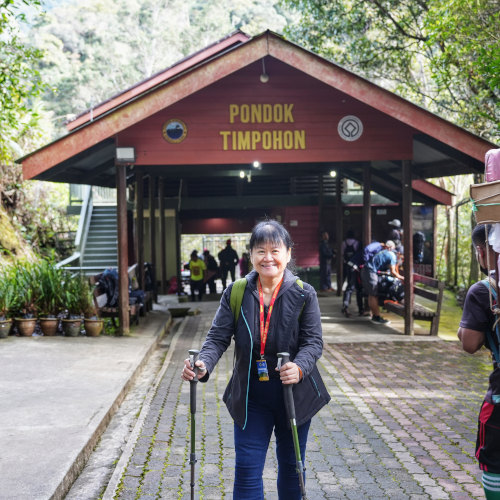
As we began our climb, we couldn’t help but marvel at the strength of the professional porters carrying everything required for the resthouses at Panalaban. Despite backpacking over 20kg, they could walk faster than most amateur climbers, which was truly impressive. Furthermore, it served as a reminder not to waste anything at the resthouse since they brought everything with such hard labor.

Our first checkpoint was the Timpohon Gate, where we reported ourselves before our mountain guide gave us a briefing to prepare us for the journey ahead.
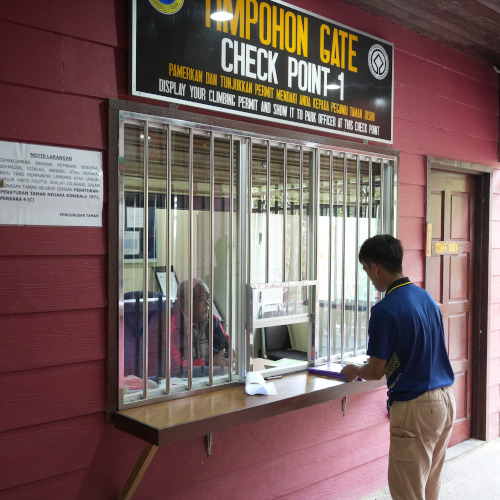
The initial steps were relatively easy, and we were surrounded by beautiful scenery on both sides. We soon saw an old signboard indicating we were on the summit trail. We also passed by the only waterfall along the trail- Carson Fall.
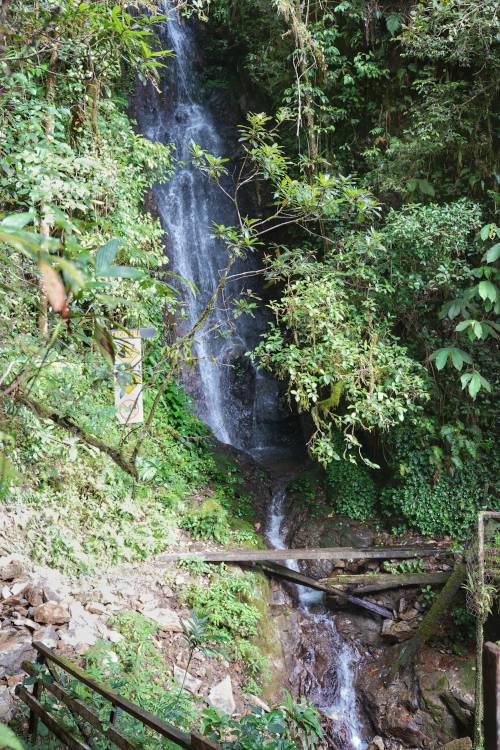
As we continued our journey, the trail began to get steeper, but it still had wooden steps installed. While we crossed the 0.5 km mark, and the elevation was still below 2000 m, making walking relatively easy.
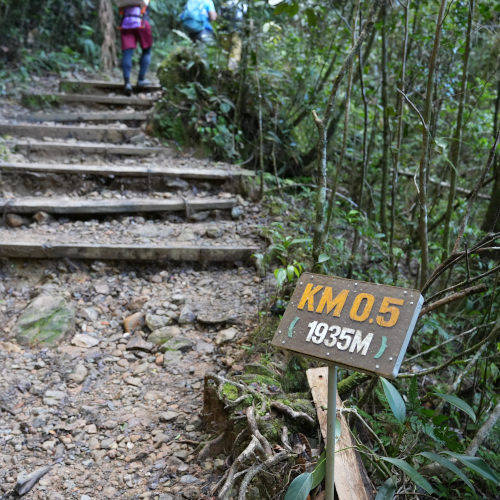
4. From Pondok Kandis to Pondok Layang-Layang
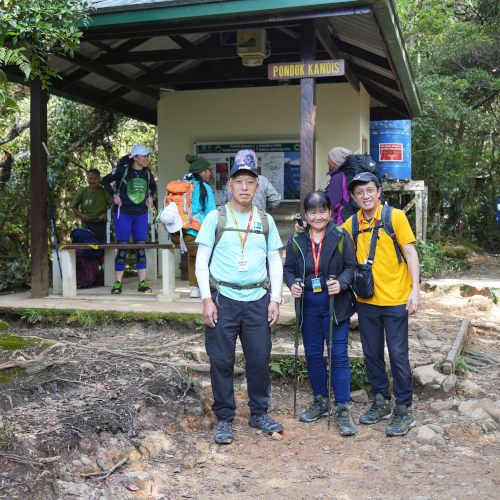
The first stop was Pondok Kandis.
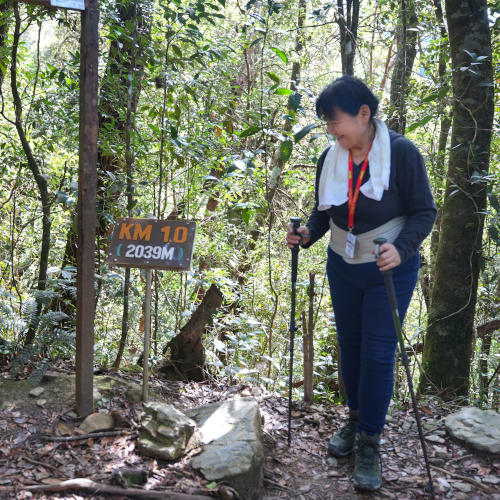
Following our stop at Pondok Ubah, the scenery changed as the elevation increased. However, before fully appreciating it, we had to cross a narrow mountain ridge with deep valleys, providing a breathtaking view of the spectacular mountain ranges.

As we crossed the 2000 m mark, the trail became steeper with more challenging stairs and changes in vegetation.
The third hut, Pondok Lowii, was home to several friendly squirrels we refrained from feeding, as the rules stated.

Additionally, we saw several nepenthes around this area.

The trail became more demanding as we passed the 2.5 km mark, with massive tree roots across the path. The terrain also became rockier and more uneven. This made it clear that we needed more than simply running stairs in a building with smooth steps to prepare for this climb.

We stopped at the fourth hut, Pondok Mempening, to recharge before continuing our hike. At 3.5km, the elevation reached 2634m, and the vegetation reflected the height.
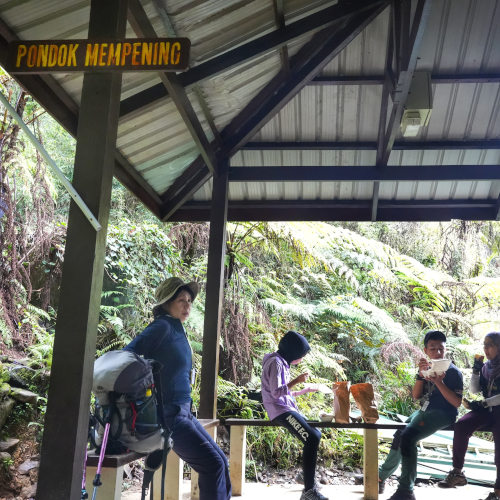
After this point, the climb became even more demanding, and we had to push ourselves to keep going. But the stunning scenery and sense of accomplishment made it all worth it.
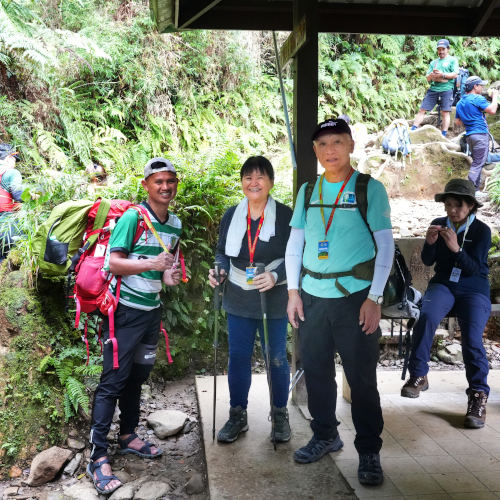
5. From Layang Layang to Panalaban
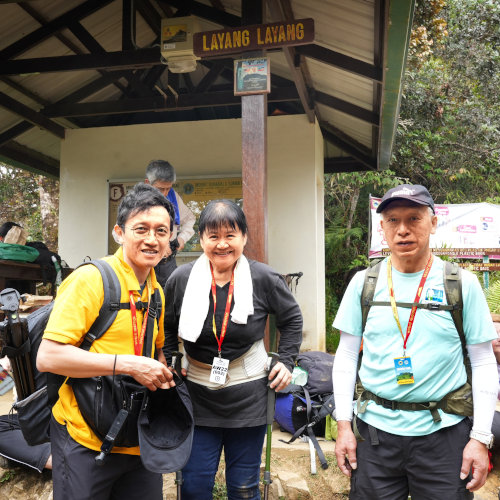
We stopped at Layang Layang, the fifth hut on the trail, which serves as the midpoint between Timpohon and Panalaban. Here is where we took our packed lunch.

After lunch, we continued our hike on rocky terrain. Not far from the 4.0 km mark, we arrived at the junction of the Mesilau Trail, now closed.

Instead, a new chalet is under construction at this location.

The trail became more punishing and steeper as we got closer to Panalaban. There are many yellow stones on the track.

When we reached the 4.5 km mark, we climbed to an altitude of 2898m. At this point, the air got thinner, and fatigue set in.
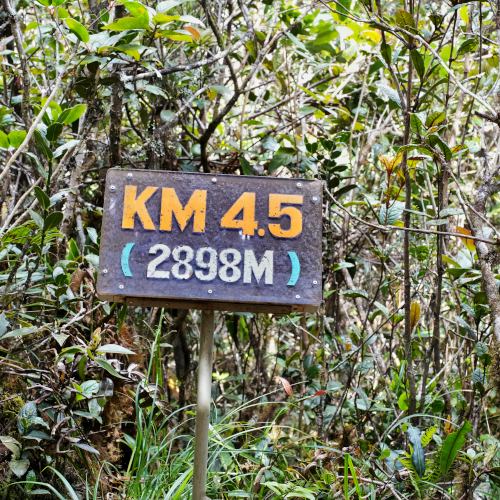
We arrived at Pondok Vilosa, the sixth hut on the trail, where we took another long break and used the washroom before making our final push to Panalaban.
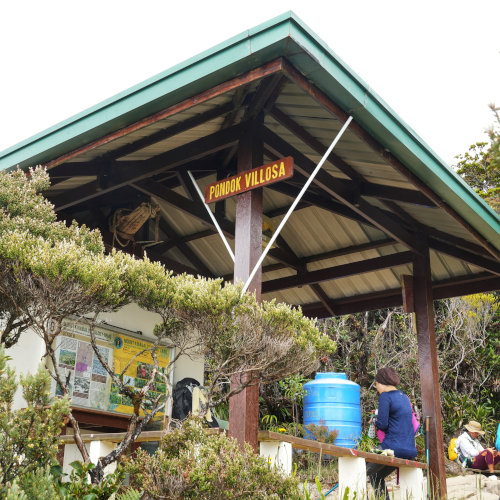
Although the sign showed we were only 600m from Panalaban, our pace slowed as if the resthouse was nowhere in sight.

Pondok Paka is the last hut before reaching Panalaban, only 500m from the Panalaban.
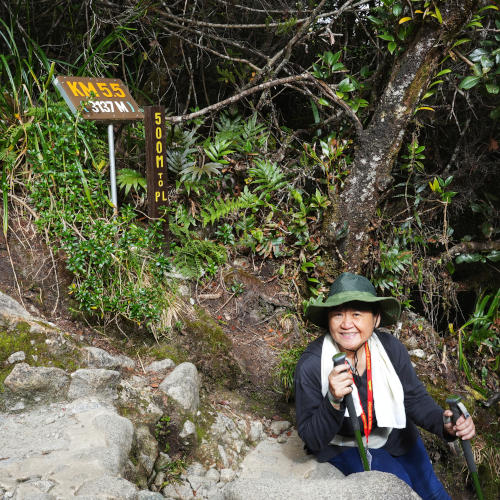
The final stretch seemed to last forever as the air grew thinner, and the rocks were solid and massive, requiring extra effort with every step.
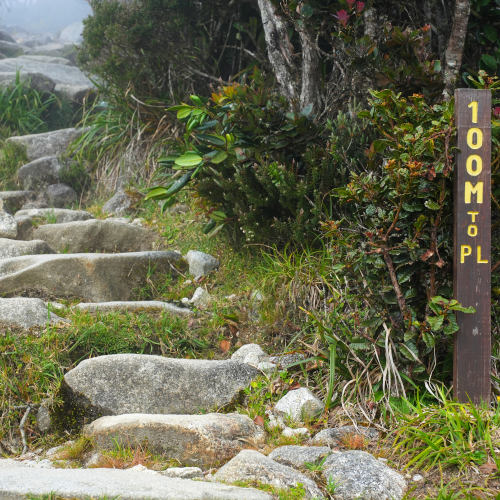
Finally, at 4.30 pm, we reached Panalaban. We had been slow, but we took time to enjoy the scenery and the hike unhurriedly.
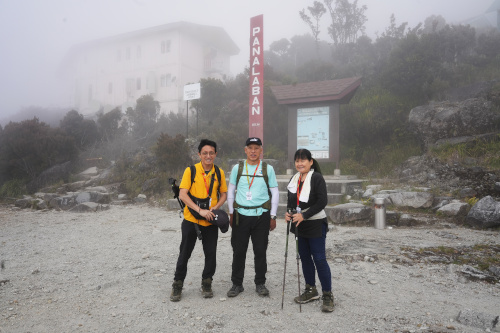
6. We arrived at Panalaban
Panalaban is where the resthouses are located and serves as the base camp for the climbers in preparation for the summit attack the following day. (more correctly, 2 am!)
We had our dinner at the restaurant, which began at 5.30 pm. After that, we went to bed earlier. Although we knew it was hard to sleep at this moment, we had to force sleep to ensure we were well-rested after the climb on the first day.
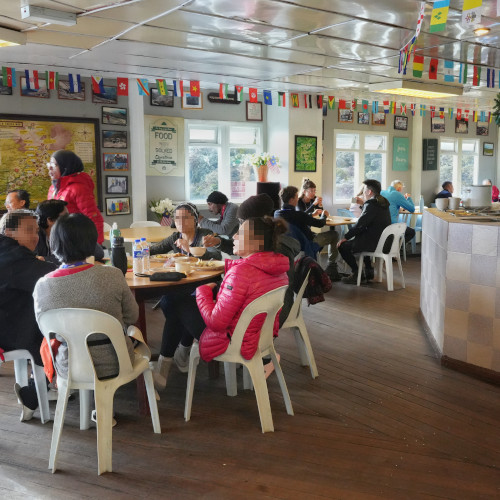
In a subsequent article, we will delve deeper into our experience at Laban Rata Resthouse. So let’s fast forward to 2 am and focus on our summit climb.
7. On the way to the summit
We began our final hike to the summit from Pendant Hut after an early breakfast at 1.30 am the next day. Since it was pitch dark, we had to use our head torch. Since it was pitch dark, we took only a few sporadic photos and no video.

The trail started with numerous flights of steps and eventually turned into rocky paths. This section was much steeper than the one before reaching Panalaban, and the air was thinner, forcing us to make a few quick stops to catch our breath and readjust our pace to avoid overexertion. We also needed to ensure that we were safe and did not trigger any symptoms of altitude sickness.
We took many more images during our descending trip, which I will include in the following section.
Finally, we had to register at the Sayat-Sayat hut, the final checkpoint, before reaching the summit.
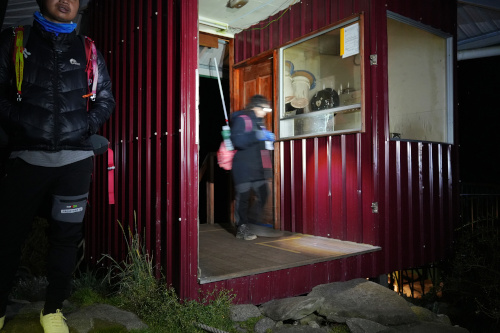
The final push was quite strenuous, particularly after reaching the 8 km mark at 3929M. However, this also motivated us to keep moving forward since we knew we needed to ascend merely another 166m to reach the summit.

It was around 5.30 am, and we noticed the sky gradually brighten.
8. On top of the highest peak at Mount Kinabalu

At 6.05 am, we finally reached the summit, a moment we had dreamed of for so long. Standing atop Low’s Peak at 4095m above sea level is indescribable. The total distance from Timpohon Gate is 8.72km, with an elevation of 2229m. We arrived before sunrise and witnessed the sun spilling over the mountaintop, illuminating every crevice and contour with a radiant glow.

On the summit, we enjoyed our coffee and the incredible view. I salute my brother, who is 70 this year and still had abundant reserve energy after reaching the summit. As for me, I was near 90 percent of my capacity.
We waited for the first ray of light to stretch out, illuminating the sky. In the distance, the silhouette of a mountain range towered against the gradually brightening sky, transforming the incredible granite slabs into a canvas of vibrant colors and casting a golden hue over the climbing trail.
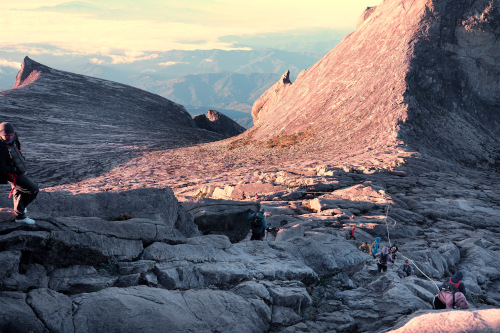
It clearly showed that we ascended on a massive granite slab with no trail. Almost no vegetation was growing there, and we used the rope to guide us up to the summit.
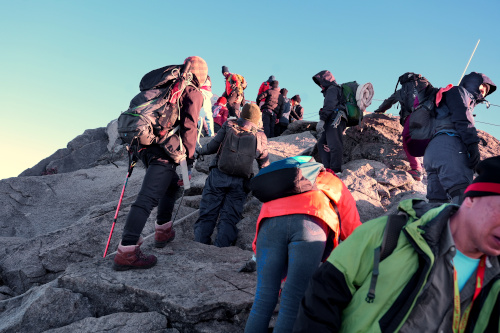
Finally, we took a picture with the sign indicating Low’s Peak and its altitude, the definitive proof that we had reached the summit.
The mountains, valleys, and peaks surrounded us, all below our feet, boosting our sense of achievement. We had a panoramic view, with Alexandra, St John, and South Peak all surrounding us.

9. Descending
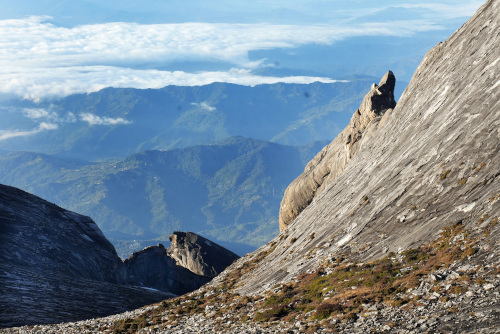
After a brief stay at the summit, we decided to descend at 6.30 am and made a divert as recommended by our guide. He said it was easier and led us to a small lake reflecting St John Peak called the Mirror Lake, though it was smaller than we had anticipated.
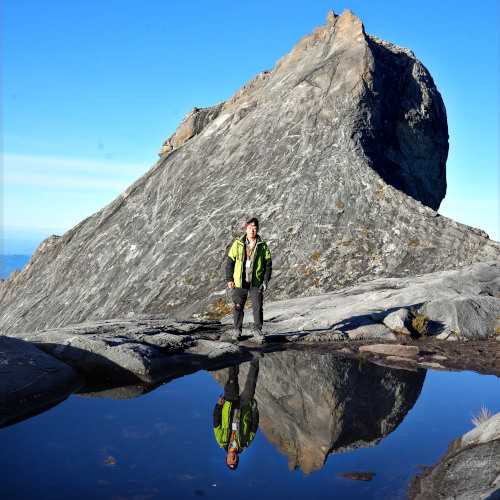
As we descended following the white rope, we realized there was no clear path in the wilderness, and it was pitch dark during our ascent, making us cautious of the slippery, tilted, and steep granite slabs.
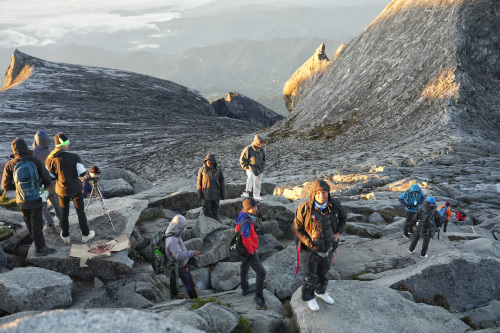
The white rope guided us in the right direction and doubled as a safety rail to hold on to while descending.

At the 8.0 km mark, we enjoyed the perfect view of the South Peak, identical to the image on the RM100 note.

On the left side, while descending, was the Donkey’s Ears Peak, damaged by the 2015 Sabah earthquake, resulting in the dislodging of part of the granite outcropping that gave the peak its distinctive shape. We could still see the scattered rockfalls across the mountain.
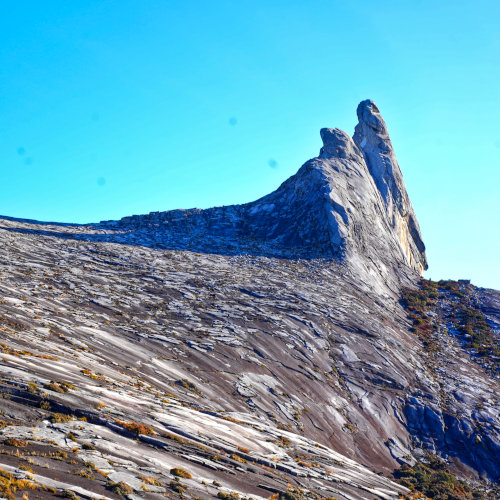
Descending was less strenuous than climbing up, but we still had to be careful while trekking on the slippery granite, which tilted sideways down the cliff, throwing us off balance. Holding onto the rope was necessary for safety at some sections.
We took a snack break at the Sayat-Sayat Checkpoint before descending multiple steps again. Finally, at 9.30 am, we arrived at the Laban Rata Resthouse. After breakfast, we continue to descend back to Timpohan Gate, the starting point of the climb near the Pendant Hut, ending our perfect Mount Kinabalu climb.
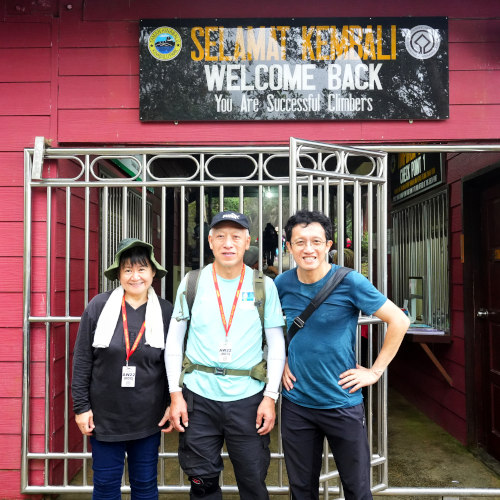
10. Epilogue
This is the story of climbing Mount Kinabalu, Malaysia’s highest mountain and the first UNESCO world heritage site. After visiting Sandakan of Sabah last year, climbing Mount Kinabalu became my goal. Initially, we planned to explore the untouched forest of Maliau Basin, but we changed our plan when my brother from Hong Kong showed interest in climbing Mount Kinabalu.
As an amateur hiker, it was a memorable experience, especially hiking at night with a headlamp. The climb challenged our physical fitness, confidence, perseverance, and determination.
Please read our article “ How to climb Mount Kinabalu: 16 Tips for first-time hikers ” here.
Watch our video shot during our climb to the summit 👇👇
If you have read this blog post this far, don’t miss out on the video shot during our climb at Mount Kinabalu. Click the image below to watch on YouTube (shot in high definition!).
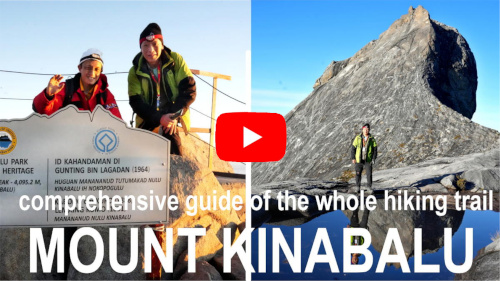
Mount Kinabalu

- 1 Understand
- 2.2 By taxi
- 2.4 By tour
- 3 Fees and permits
- 5.1 Walking trails
- 5.2 Climbing the mountain
- 6 Eat and drink
- 7.1 Inside the park borders
- 7.2 Outside the park
- 8 Stay safe

Mount Kinabalu is in the Malaysian state of Sabah , some 80 km east of Kota Kinabalu . It resides in the Kinabalu National Park , a UNESCO World Heritage site .
Understand [ edit ]
Mount Kinabalu is Borneo's tallest mountain. You can climb to the top of Low's Peak (4,095.2 m or 13,435.7 ft above sea level). The height of the mountain is often given as 4,101 m but satellite imaging has proven this to be incorrect.
The mountain is sacred to locals. They believe that spirits of their ancestors inhabit the top of the mountain. Previously, a chicken was sacrificed at the peak every time a climb was made but these days this ceremony only happens once a year when only seven chickens are needed to appease the spirits.
Mount Kinabalu is known to be one of the most accessible mountains in the world. No specialized mountain climbing skills are required to ascend it. The trail that most tourists use is described as a 'trek and scramble'. Locals begin climbing the mountain from the age of 3 and the oldest person to reach the peak was 80 years old. However, how much one enjoys the climb depends strongly on how fit you are and how well you acclimatise to the thin air at the higher levels.
Nevertheless, the mountain can be a dangerous place, especially during the rain or when there is mist. On average, every year one person gets into severe difficulty out of the estimated 20,000 people who attempt the climb. The higher slopes can be very slippery when it rains and dense fog reduces visibility to a few feet.
Although it is possible to climb to the top and back in less than four hours, most climbers take two days, with an overnight break at Laban Rata (3,272.7 m above sea level). The final attack on the peak takes place in the early hours of the second day (most begin at 02:30) in order to catch the sunrise at the top. By mid-morning the mist begins to roll in, obscuring the breath-taking views.
Climbing weather is best around the month of April while November and December brings rain. The temperature ranges from a comfortable 20-25°C at the main park to something approaching freezing near the top (depending on the weather). Bring clothing appropriate or else you will get cold and be miserable.
If possible, climb to the summit during the full moon as it helps illuminate the white rope that marks out the climbing path, and you can see without needing a head torch (once clear of the tree line), an atmospheric experience.
Get in [ edit ]

By bus [ edit ]
The Kinabalu Park entrance is very easy to reach from Kota Kinabalu . First option is to catch a minivan from the Long Distance Bus station near Night Market in city centre, which will drive directly to the Park HQ. Minivans leave when full, cost RM15 each way and the journey takes 1.5 hours. Second option is to catch a bus from the Kota Kinabalu North Bus Terminal in Inanam, 10km to the northeast of the city centre. The journey takes 1-2 hours and costs RM10-15. Buses going to Ranau , Sandakan or Tawau will pass by the park entrance. Also in case you want to spot a beautiful view of the mountain when approaching it, it's best to leave before 08:00 and seat at the left side of a bus.
Buses from Sandakan make this trip in less than 5 hours.
By taxi [ edit ]
An alternative is to take a long-distance shared taxi at taxi station near Jalan Padang. A ride between Kota Kinabalu and the park should cost RM15-18 each way. Taxis will only depart once they are full, which usually means they have seven passengers (Toyota Unser), so you may have to wait a while. OR you can pay for the missing passengers and leave immediately.
Regular (i.e. non-shared) taxis in Kota Kinabalu try to offer their services for RM150-200 or more for one-day drives to the park and back. Given the ease with which one can travel by public bus or shared taxi, however, this is an unnecessary option for budget visitors.
For convenience, bookings can also be made with the Official Mount Kinabalu Climb Booking & Information Centre for arrangement of private transport to and from Mount Kinabalu Park, climb permits, accommodation, and English-speaking mountain guides.
By car [ edit ]
Self-drive is another option with car hire readily available at Kota Kinabalu airport. Driving is an easy option for those accustomed to driving on the left hand side and gives the option to stop at things en route. Car hire rates are negotiable so compare rates on offer from the various companies. The distance to the park entrance is just under 100 km from Kota Kinablu centre, with the last 40 or so km being a sparesley populated mountain road. There is very little road signage directing you to Kinabalu Park, and there are a number of highway intersections en route (despite the fact that the route appears very simple on the map). The best option is to buy a fold-out road map at one of the bookshops in Kota Kinabalu, note down the towns en route to the park, and follow the road signs past those towns.
For the more adventurous traveller, the trip can be done on a hired motorbike. Be aware that there will be no petrol stations on the mountain road (the final 40 or so km of the trip), and you should ensure you have enough fuel for the journey to the park and back.
By tour [ edit ]
There are many tour companies that run day tours from Kota Kinabalu for RM150-200. Tours usually include admission fees and hotel pickup, sometimes stop at Poring Hot Spring and may include lunch.
Fees and permits [ edit ]

Necessary fees :
- Park entry fee: RM3 (Malaysian), RM15 (Non-Malaysian), RM1 (Malaysian below 18), RM10 (Non-Malaysian below 18)
- Climbing permit: RM50 (Malaysian), RM200 (Non-Malaysian), RM30 (Malaysian below 18), RM80 (Non-Malaysian below 18)
- Climbing insurance: RM7
- Guide fee: RM230/group (From Timpohon Gate)
- Transport to and later from. Via Timpohon Gate:RM16.50/way (1-4 persons) RM4/person (5 persons and above).
- It is also possible to hike up to the Timpohon Gate yourself. Note however, that this will add an additional hour or more to your hike, and to most people this is certainly not worth it.
Optional fees :
- Souvenir certificate: RM10
- Left-luggage: RM10
- Wooden walking stick: RM5. No longer for sale due to environmental conservation reasons by authorities. These are merely carved tree branches, sold (not rented) to you by the Park HQ. Choose a long, sturdy one; most they offer are quite flimsy and short.
- Metal hiking pole (for rent): RM15. A walking stick or hiking pole is highly recommended, particularly to protect your knees and ankles.
See [ edit ]

Kinabalu Park is home to a diverse array of flora and fauna that changes in nature as your altitude increases. Near the top of the mountain the trees thin out and give way to shrubs, stones and fabulous views. Around km 4.5 there are some large pitcher plants off the trail; a well-informed guide will know where they are.
- 6.01008 116.54149 1 Botanical Garden . See the unique flora of Mount Kinabalu and Borneo up close. Inaccessible in wheelchair. RM5 . ( updated Oct 2016 )
- Park Museum . A small one-room museum with interpretive signs and displays is worth a look to read about the flora and fauna of Mt Kinabalu Park as well as the other Parks in Sabah.
Do [ edit ]
Walking trails [ edit ].
The majority of visitors to the park do not climb all the way to the peak. For those with limited time or energy, there are gardens and many short walks through the jungle to enjoy in the vicinity of the entrance. A mud map is available at the park entrance and sign posts guide you. There are also guided tours.
The trails (even the ones paved with concrete or using wooden planks) are not wheelchair-friendly as they invariably include stairs, narrow sections or other obstacles.
Climbing the mountain [ edit ]
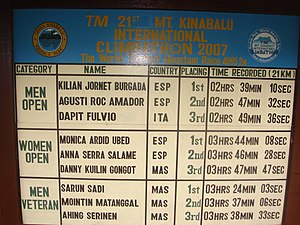
Climb preparation is needed in terms of physical and mental fitness as to ensure success in reaching the summit. Activities such as jogging and stairs climbing should be done at least 2 months before the climbing (if no prior preparation, you can still reach the summit but it will be strenuous). Also practise carrying 5kg of weight during stairs climbing.
Bring adequate medical equipment i.e. band aids, ankle or knee guard, plaster, paracetamol, anti-vomitting pills, muscle cream etc. Wear the band aid before climbing up and down to avoid muscle pain.
A briefing will be provided by guide at 6PM daily before the climb begin.
The actual climb is made along a well-marked path with signposts marking each half-kilometre. All who climb the mountain must buy a climbing permit (RM100/RM40 for non-Malaysian adults/children or RM30/RM12 for Malaysian adults/children) provided that accommodation for Laban Rata has been arranged.
Since the 2015 earthquake when sixteen people on Gunung Kinabalu were killed, four of them guides, the park authorities have made it mandatory all persons going to the summit have to be escorted there and back by a local guide. A guide can cost RM85-120 per trip - the actual cost depends on the number in the group and which route is used. Guides can accompany up to six people in a party, larger groups will need multiple guides. Porters are optional. Insurance will also be required for the climb.
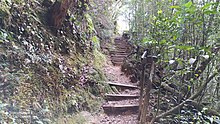
In addition to all this, there is also a bus that takes climbers from the park entrance to where the climbing path properly begins (RM5 each way per person). Those that choose to not take the bus face a 5-km hike along a tarred road.
There are periodic rest stops about a kilometre apart up the mountain. The entire journey is 8.72 km, with a stop about 6 km up at Laban Rata where most climbers will stay overnight. Usually, the climb started at 07:30-10:30. The first 4 km climbing to Laban Rata is in moderate steep where the trail is equipped with stairs and some rock path. The last 2 km is tough with solely rock path. Average person reached at Laban Rata (6 km journey) is 4-5 hours (some unfit person will reach in 7-8 hours).
The ascent from Laban Rata upwards is difficult in places, including climbs along steep ledges, and usually starts at around 02:00-03:00. It can also get very gusty in places as the vegetation barrens near the top. The fit will find it a challenge, the unfit will find it almost impossible.
You should bring waterproof and warm clothing including a hat and gloves, with spare, dry clothing packed in waterproof bags. If you get wet at altitude you will quickly get cold. You should also wear proper walking shoes. Bring a good headlamp with extra batteries (a headlamp is preferred over a torch since you will need your two hands for climbing some rocks near the summit), a whistle and plenty of high calorie food such as nuts and chocolate. A disposable rain coat is adequate. Avoid bringing a heavy bag. Unnecessary clothing and equipment can be left at counter before you start your ascent.
You can climb from Mesilau Nature Resort . The trail is 2 km longer than the one that begins from the park entrance but is less steep overall. Two thirds of the way through it joins with the main trail.
Climbing the mountain is strongly encouraged, but be forewarned that it can be strenuous.
As you struggle up the mountain, do look out for porters laden with 14-kg gas cylinder tanks. Some wear slippers and most have jury-rigged harnesses (some made of rice sacks) piled high with supplies. The porters scale the 6.5 km distance between Timpohon Gate and Laban Rata resthouse several times a day on supply runs and can easily outpace better-equipped climbers who are unfamiliar with the trail.
Once you complete the strenuous hike up to 11,000 ft (3,400 m), you might have enough energy to do the only via ferrata ("iron road", a set of cables and ladders bolted to the mountain) to be found in Asia, which happens to be the world's highest. It is still relatively unknown so take the opportunity to do it without a crowd of people pushing you. There are 3 different paths to take on the via ferrata, with times ranging from 4-5 hours for the longest to 2-3 for the shortest. Keep your travel plans in mind when booking the via ferrata and after-mountain activities, as this time is added to the 4-5 hours it takes to descend the mountain on the second day of hiking.
Note that since the 2015 earthquake it is no longer possible to climb to the summit and down in one day. You must have a guide, and take one night / two days (though if you’re fit you should be able to return to the start by lunchtime on day two).
Eat and drink [ edit ]
There are cafeterias and restaurants at the park entrance gate and at Laban Rata. The drink prices at Laban Rata are relatively higher compared to prices at nearby towns. This is because everything needs to be carried up to Laban Rata by porters. For example, a can of beer is a whopping RM24; tea is RM6; 500ml bottled water is RM7. The quality of the food is surprisingly good, however.
To save money, you can stock up on bread, baked goods, chocolate and other lightweight energy-rich foods in KK before you depart, but you (or a porter) will need to carry up 2,300m. It is good to bring your own supply of instant noodles and tea sachets as well as snacks; note the cafeteria charges RM1 for hot water. Some huts have electric kettles where you can boil your own water for free.
A package deal will include four meals, takeaway lunch to eat on the way up the mountain (chicken and vegetables, hard boiled eggs, and energy bars / cookies), buffet dinner from 4pm (to allow you to get to bed early), supper from 2am before the summit climb, and breakfast after the summit climb from 7.30am.
For climbers from Timpohon or Mesilau Gate, they must reached at Laban Rata before 19:30 for buffet dinner or else they need to pay by themselves. While for buffet breakfast, the end time is 10:30 before you start your journey back to Timpohon or Mesilau Gate.
Sleep [ edit ]
It is best to book accommodation beforehand — indeed, the hike has become so popular that you may have to book months in advance. The park can be very full especially during clear weather periods. It is not possible to stay overnight on the mountain except in the accommodation provided at Laban Rata, and camping is not permitted - you must, therefore, have pre-booked accommodation. However, sometimes there are cancellations. If you are unable to book mountain hut accommodation in advance, get to the Park HQ as early as possible on the day of your intended climb and inquire there. You may luck out and get a bed. By regulation, booking must include guide services.
Inside the park borders [ edit ]
Formerly administered by Sabah Parks all accommodations in the park must now be arranged through Sutera Sanctuary Lodges , a private company, Tel: +60-88-303917 Fax: +60-88-317540; [email protected]). Sutera (a.k.a. Sutera Harbour) is requiring hikers stay the first night at their lodge near the entrance. This is in addition to a required stay at Laban Rata at about 11,000 ft. The cost to stay is considerably higher than at lodging just outside the park, and includes a mandatory purchase of meals, etc.
- 6.00878 116.54102 1 Kinabalu Park , ☏ +60 88 889086 . At the starting point of the trail to Mt. Kinabalu. Accommodation ranges from hostels to individual rooms (for up to two people) to entire cabins and lodges (for larger groups). All have access to simple kitchen facilities. RM70 for dorm beds, RM92-RM184 for suites, RM230-RM1,150 for entire lodges.
- 6.044354 116.596326 2 Mesilau Nature Resort , ☏ +60 88 871519 . Mesilau Nature Resort is a tranquil hide-away amongst the foothills of Mt. Kinabalu. An alternate starting point to the summit of Mt Kinabalu, with accommodation managed by Sutera Sanctuary Lodges. Home to exotic species of fauna and flora, Mesilau Nature Resort is the best place to find the giant pitcher plant, the Nepenthes. Dorm from RM13, rooms from RM350 .
Outside the park [ edit ]
There are plentiful of hotel options easily located along the main road outside of the park. Besides, the nearest towns to the park, Kundasang (6 km) and Ranau (30 km), also have their own hotels.
- 6.003697 116.537453 3 Ayana Holiday Resort , Kg. Tinompok, Mile 35 Kinabalu National Park, Nabalu ( 680 m from Mount Kinabalu National Park ), ☏ +60 146636636 , [email protected] . Front row seat views of Bundu Tuhan Village. Ayana Holiday Resort offers a choice of four categories: standard, deluxe, superior and the Holiday-House. These rooms are clean and comfortable. From RM77 .
- 6.004764 116.539147 4 J Residence ( 300 m from the park ), ☏ +60 128696969 , [email protected] . It's the nearest lodge outside Mount Kinabalu National Park, and with rooms price three times lower than the chalets and lodges inside Kinabalu Park. J Residence is suitable for travellers who need budget, simply basic, close-to-nature accommodation and peace & quiet around Kinabalu Park Headquarters. From RM88 .
- D'Villa Rina Ria Lodge , ☏ +60 88 889282 . 500 m away from Kinabalu Park's main entrance. Standard room, family room and dormitory available. Restaurant serves delicious local cuisines. From RM30 .
- Kinabalu Pine Resort , ☏ +60 88 386775 , fax : +60 88 385857 , [email protected] . On the main road between the Kinabalu National Park and Ranau is a great place to take your photos of the mountain. Meals, including beer, are available at the restaurant. Credit cards are accepted. From RM170 .
- Kinabalu Rose Cabin ( Wayn Zen Rose Cabin ), Km 18, Jalan Ranau-Tamparuli , ☏ +60 88 889233 , [email protected] . Two minutes' drive from the park gate. Great view of Mount Kinabalu from the rooms. From RM100 . ( updated Nov 2016 )
- Magic Mountain Country Home , ☏ +60 19 8214338 . On a private property right within Mount Kinabalu Golf Course near the Mesilau side of the park, this Austrian-Malaysian country home offers "old-fashioned comfort, well-being, and grace". Due to the remote location, cooked breakfast and set dinner is always included in the room rate. Service in English, German, Malay and Chinese. Double occupancy. RM420 .
- Aristo Kinabalu Resort , ☏ +60 88872719 , [email protected] . Check-in: 14:00 , check-out: 12:00 . 21 rooms of different beds arrangements with attached bathrooms and TV with cable channels. Apart from hotel rooms, AKR also has 6 rooms with bunk-beds arrangements. Reservations can be made via email. From RM30 to RM160 .
- Mountain Lodge , Near to Kinabalu Park HQ ( 1 km before Kinabalu HQ from Kota Kinabalu ), ☏ +60 16-2084909 . Wood-based building with nice landscape and mountainous scenery of tropical rain forest! From RM25 .
- Kiram's Village , Mesilau Kundasang , ☏ +60 19 8213443 , [email protected] . Near with Mt. Kinabalu Golf Course and 15 minutes to Mesilau Nature Resort (intake for Mesilau Trail). From RM200 per cabin .
Stay safe [ edit ]
- Be aware of how dangerous the mountain can be during bad weather. Stay close to the guide ropes and to your guide. If you lose sight of the guide ropes, blow a whistle or shout. Because of the thin air and the acoustics of the mountain, your shouts will not carry as far as you might expect and may seem to come from many directions. It's best to have a climbing partner, especially in large groups which can string out as stragglers get left behind.
- The thin air causes problems for some. It's best to climb slowly and surely instead of rushing up and finding yourself exhausted. The mountain is high enough to cause altitude sickness , so familiarize yourself with the symptoms and keep an eye out for them.
- For the final climb, dress appropriately. Temperature can be freezing at times. It's better to have several thin layers that you can peel off as it gets warmer. A hat is vital to keep warm. Gloves are needed to pull yourself up the guide ropes in some places.
- Bring a head torch so that your hands can be free.
- Coming down can be more painful than climbing up because of sore muscles and tired legs. Some of the steps are steep. Take it slowly and don't jam the toes into the front of the shoes. Zig-zag for gradual gradients instead of blindly walking down the steepest route. The experienced guides will literally skip and sprint down the mountain, but don't attempt the same.
- Bringing along muscular ache relief cream and knee and ankle supports may be helpful.
- Your legs may ache for a few days after the hike. Don't plan any rigorous activities afterwards for the following few days, unless you know you can handle it.
- During the hike to the top it's important to stay well hydrated. At each pondok (rest pavilion) on the trail, there's large tank of free drinking water constantly being fed by pipes leading down from clean water sources high up on the mountain. The tanks are marked "Untreated Water", but the water is safe to drink. Thus, it's unnecessary to bring lots of heavy bottles of water along; one bottle will suffice.
Respect [ edit ]
Mount Kinabalu is considered sacred by the local Kadazan Dusun people, and for that reason utmost respect is demanded and climbers must refrain from shouting, screaming or cursing at it. Public nudity (including topless sunbathing) is not only regarded as highly provocative on the mountain, but it is also an offence in Malaysia and will result in arrest. Under Section 294a of the Malaysian Penal Code, a person guilty of committing an obscene act in any public place can be jailed three months, fined or both. In case of foreigners, deportion from Malaysia and an entry ban to Malaysia can also be the result. As a result of the 2015 naked display and picture taking and filming of their nudity on the summit a large part of the Malaysian communities believe this caused the earthquake resulting in one of the summits "Donkey ears" breaking off and landslides up and down the tracks on the lower slopes.
Very clear signage has been placed at the beginning of all routes explaining being naked on the mountain will result in arrest as mentioned above. The UK citizens involved spent four days in jail and were deported with a lifetime ban from entering Malaysia again.
Go next [ edit ]
- Kundasang — the closest town to the mountain
- Poring Hot Spring — is 39km from Mt. Kinabalu. There are several open-air pool-like bath tubs, there are also indoor jacuzzi. Another main attraction here is the Canopy Walk over the 157.8-m-long suspension bridge connecting the Mengaris trees. Its highest point is 41 m from the ground. You can observe the ecological system at the treetops. If you are nature music lover, here you can hear the orchestral performance by the birds, insects and perhaps jungle animals. After the hike, this is a great place to relax sore muscles; however, it may be best to stay the night here as in the evening it may be difficult to get transport back to KK.
- Ranau — town 30 km SE of the Mountain
- UNESCO World Heritage Sites
- UNESCO tag to be fixed
- Has custom banner
- Has mapframe
- Maps with non-default size
- Has map markers
- See listing with no coordinates
- Sleep listing with no coordinates
- Has Geo parameter
- All destination articles
- Usable parks
- Usable articles
- Park articles
- Pages with maps
Navigation menu
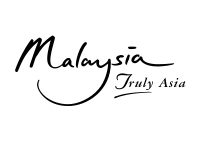
- About Malaysia
- Travel Ideas
- Deals & Packages
- Travel Alert
- Events & Happenings
Mount Kinabalu
At a height of 4,095 metres (13,435 feet) above sea level, mount kinabalu is southeast asia’s highest peak. located in the ranau district, west coast division of sabah, mount kinabalu is a world-famous destination, particularly among avid mountain climbers. it’s the main attraction of the kinabalu park, a unesco world heritage site..
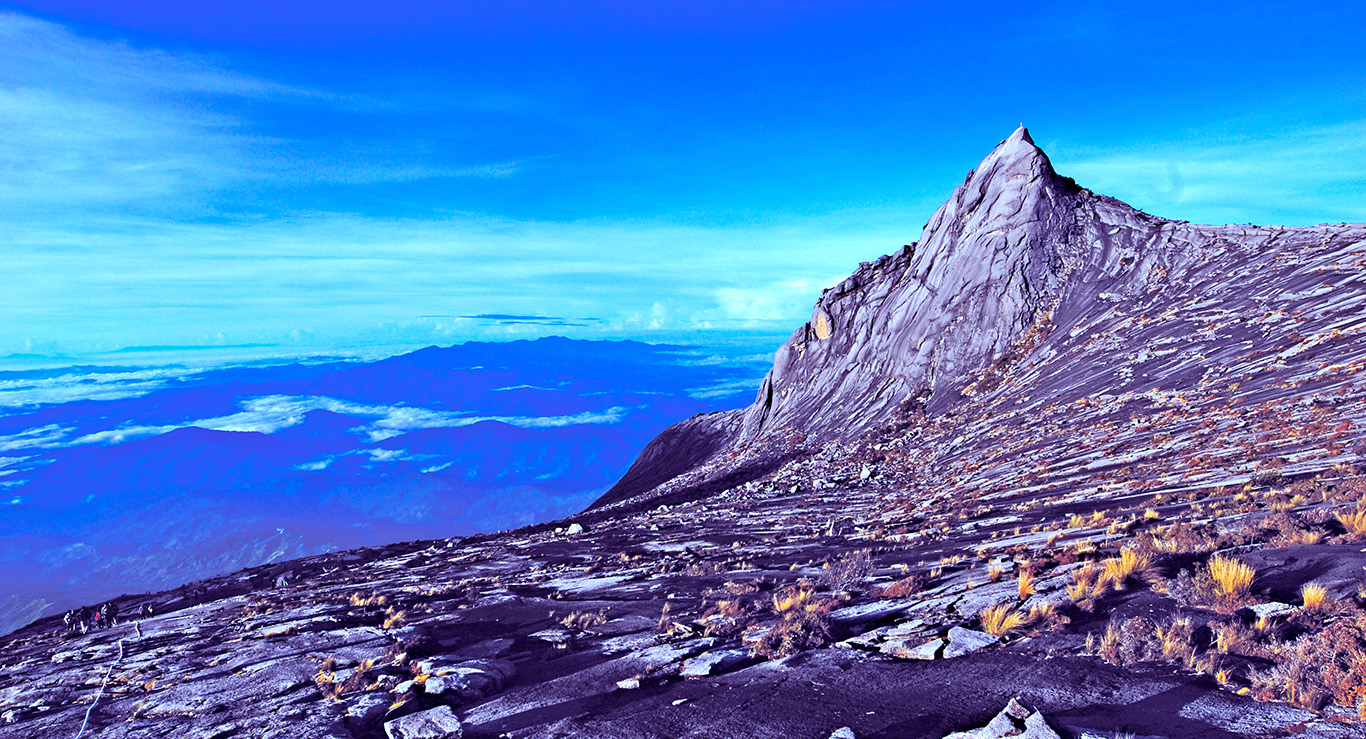
Mount Kinabalu is home to some of the most exotic flora and fauna, which promises all nature lovers a wholesome wildlife experience. A staggering 5,000 to 6,000 species of plants have been identified there, along with some 326 species of birds, and over 100 species of mammals, making it one of the world’s most important biodiversity sites.
The climb to the summit will take two days and one night. Climbers will spend a night at Panalaban (previously known as Laban Rata) before resuming the climb to the summit early next morning. Climbers have a choice of two trails in order to reach the Summit from Panalaban - Ranau Trail and Kota Belud Trail. The first checkpoint for climbers is Panalaban (3,272 metres), followed by Sayat-Sayat (3,668 metres), and finally the highest peak - Low’s Peak (4,095 metres).

Reaching the summit of Mount Kinabalu is certainly a fascinating feat for all climbers. The journey back from the summit could still be an adrenaline-pumping experience, as the rapid descend might challenge your knees. Besides that, the route downwards is also often slippery, as it normally rains late in the morning.
As Sabah Parks only issues 100 climb permits per day (with effect from 5 March 2021), climbers are recommended to book their trip early to avoid disappointment. All climbers (regardless of level of experience) must be accompanied by an accredited mountain guide at all times due to national park regulations.
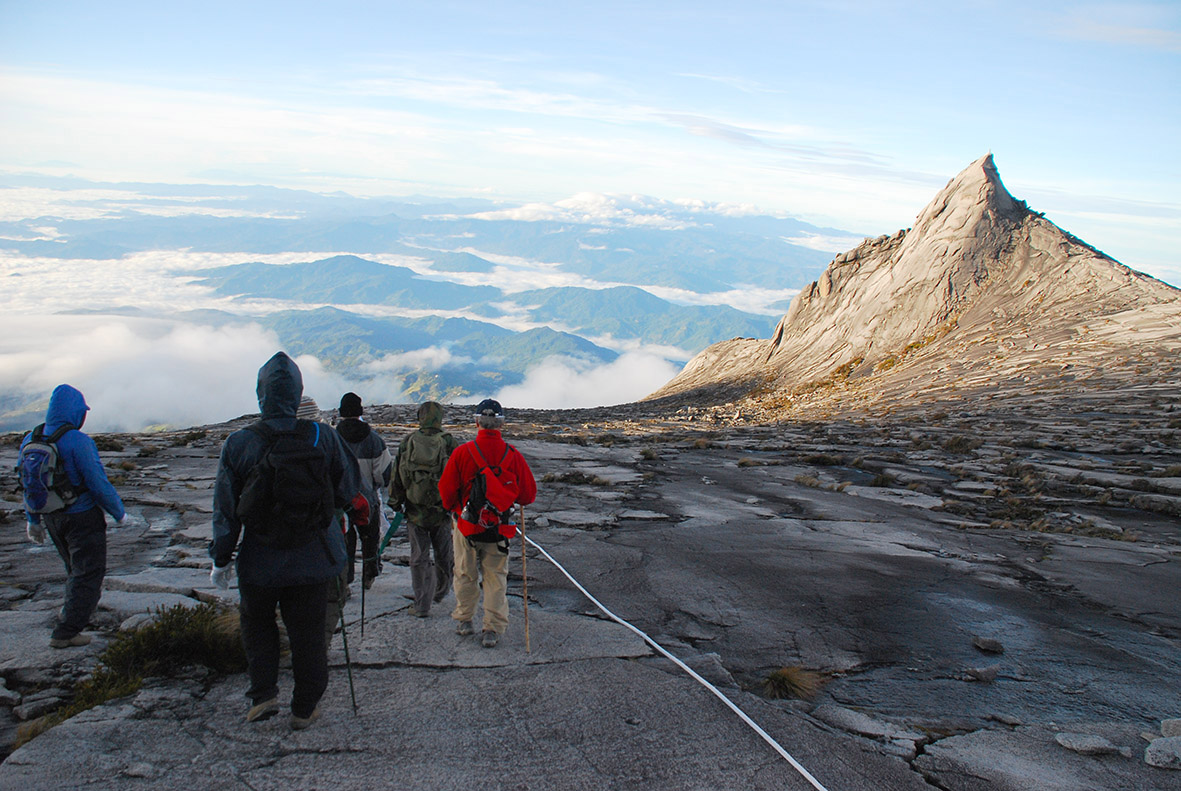
"...climbers are recommended to book their trip 6 months earlier..."
How to get there.
You can take a bus or taxi from Kota Kinabalu to Kinabalu Park. The journey takes two hours. Buses from the North City Bus Terminal at Inanam bound for Sandakan, Ranau, Tawau, or Semporna will pass Kinabalu Park. Minivans and share taxis bound for Ranau from Merdeka Square will also pass the park. You can request them to drop you off at the park entrance.

Please visit Mount Kinabalu website for further information to plan your mountain climbing trip there.
Related deals & packages.
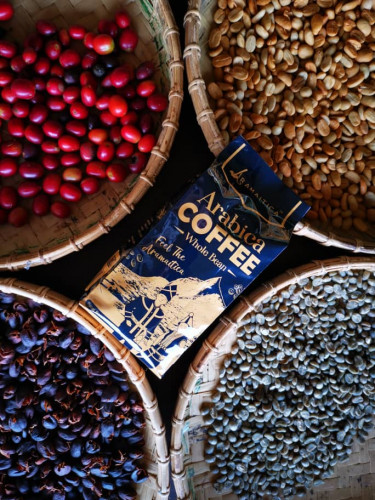
Crop To Cup Experience
from RM175.00
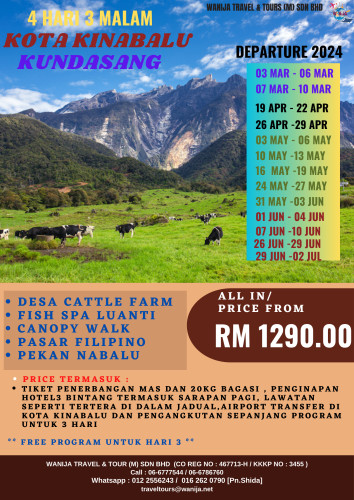
4 Hari 3 Malam KK Kundasang
5% off RM 1359.00 from RM1290.00

Stay & Play
19% off RM 1050.00 from RM850.00
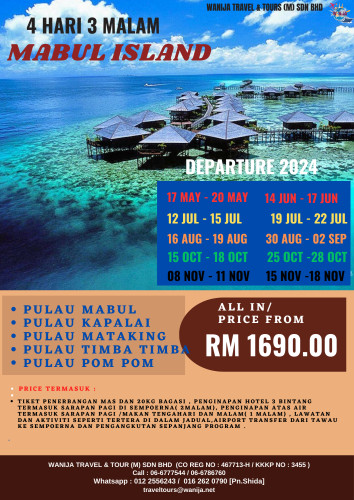
4H3M Mabul Island
3% off RM 1760.00 from RM1690.00

- Work with me
- Privacy Policy
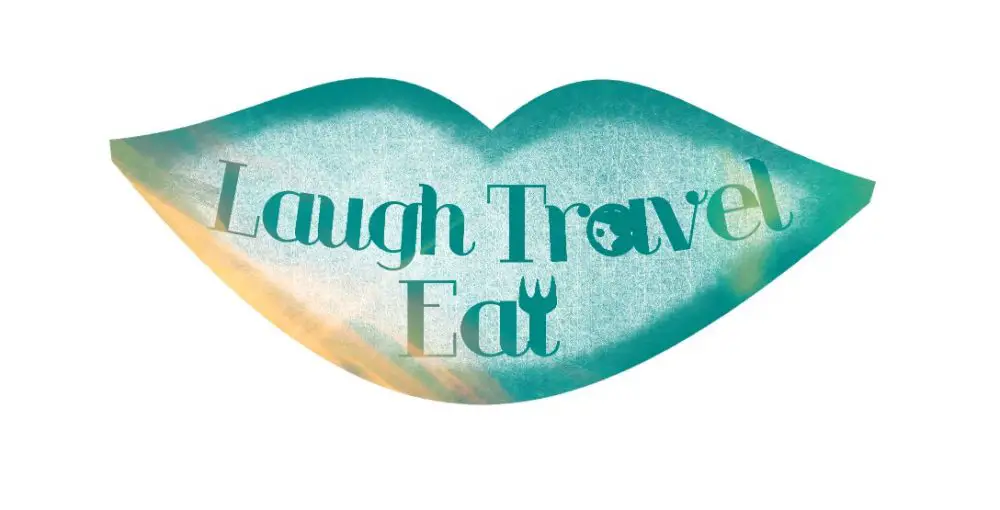
- Philippines
- South Korea
- Switzerland
- United Kingdom
- Czech Republic
- Hong Kong Hikes
- Hong Kong Food Guide
- Hotels & Resorts
- Resource Library
- National Parks
- Short Guides
- Ultimate Guide
- Travel tips
- Sai Kung Nature Guide

Asia , National Parks
- Climbing Mount Kinabalu: a comprehensive guide
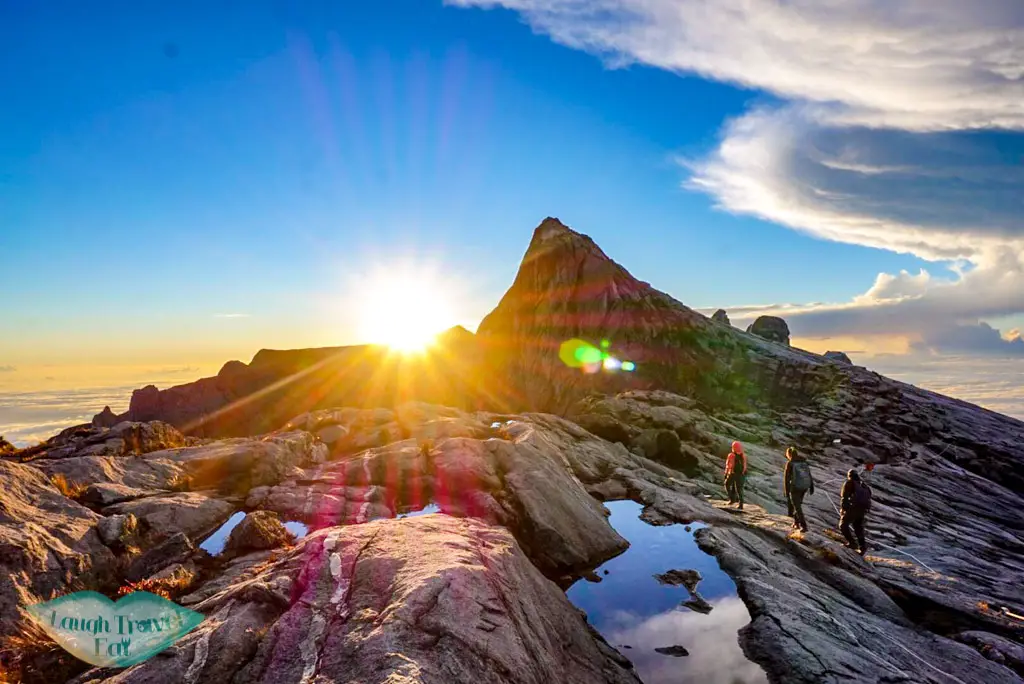
This is post 3 of 8 in the series “Malaysia”
Since my dad’s side of the family is from Penang, I’m no stranger to Malaysia. From the best street food to eat in Penang to hiking Mount Kinabalu in Sabah, here are my top guides:
- 5 must try Penang food
- 5 Penang restaurants I always go to
- Things to do in Kota Kinabalu, Sabah, Malaysia
- Beaches in Kota Kinabalu and island hopping
- What to do in Kuala Lumpur & 2-3 days itinerary for Kuala Lumpur
- Penang Street Food Guide: Hawker Centres in Penang
- Penang Nyonya Food: what is it and where to eat
Arguably one of the most challenging two day one night hikes in Southeast Asia, Mount Kinabalu is the highest mountain in Borneo and Malaysia with an iconic rugged summit. It stands at 4095 m above sea level that takes trekkers from lush jungles to barren rock sea. Only a limited number of hikers are allowed to ascend per day and even then not all make it to the summit! Here is what you need to know about hiking Mount Kinabalu and preparing for it:
I was hosted by Sabah Tourism Board and Mountain Torq but all opinions are my own
- See my full Malaysia and Sabah series here
Climb Mount Kinabalu
As someone who have conquered Mount Fuji and also done a multi-day hike in Nepal , my initial thought was that I didn’t really need to prep for Mount Kinabalu. But I should have because the last few hours was basically powered by will only.

While the trail is well maintained and marked by Kinabalu Park, the intensity of the hike lies not only in the steepness of the trail itself but also that it must be completed within 36 hours. The total length of the trek from Timpohon Gate to Peak is under 9 km, but the elevation gain is 2229.2 m , from 1866 m at Timpohon Gate to 4095.2 m at Low’s Peak.
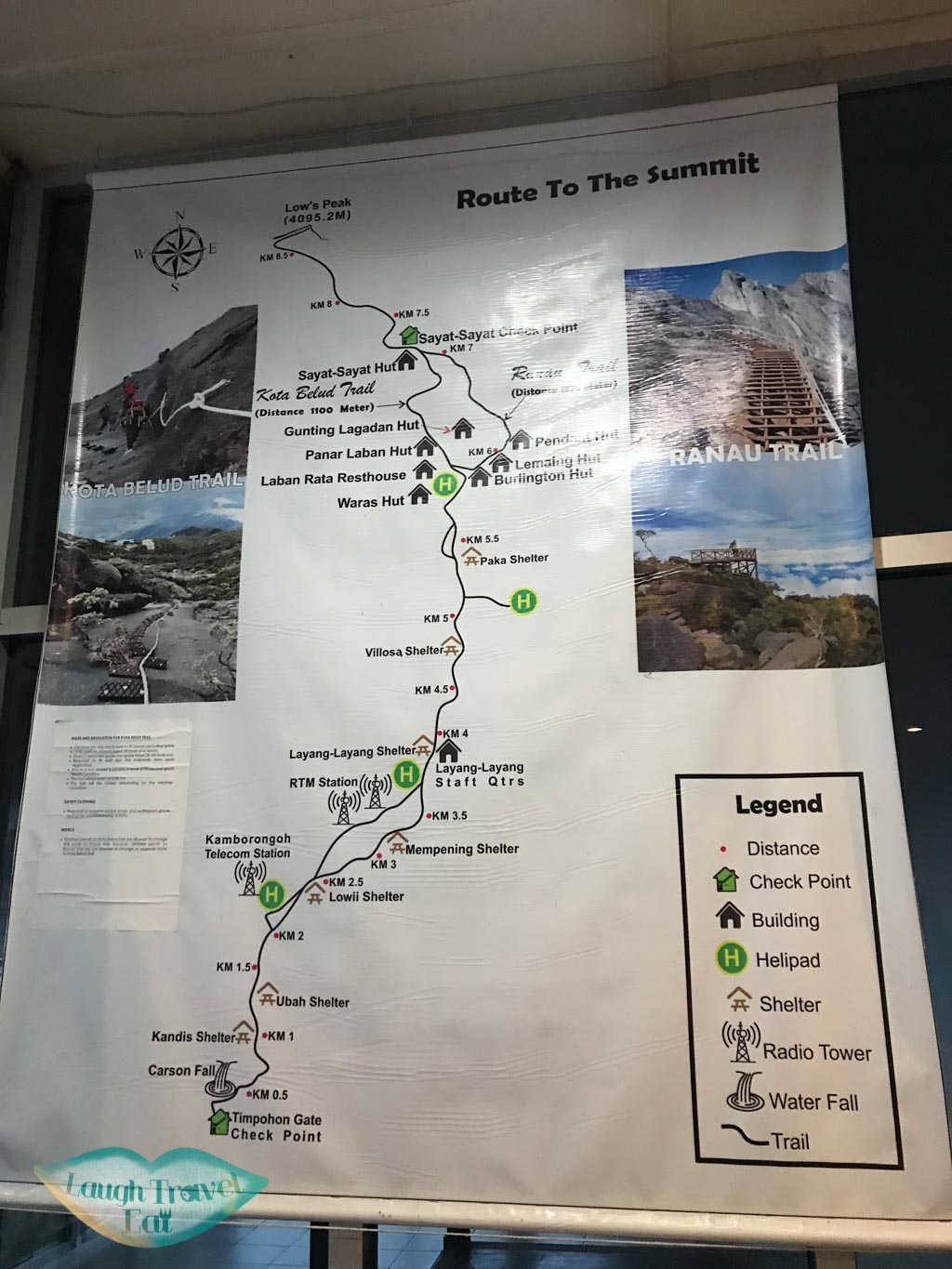
A guide is mandatory for all hikers therefore if something were to happen there will be help, for example if your load is too heavy they can help carry some of it up, though it will incur a cost. We also saw a girl getting carried down as she has altitude sickness, which is another potential problem. If you haven’t been hiked in high altitude before, be extra careful and plan an extra night in the base camp to help acclimatized. There is medication you can take, too, to combat the symptoms although they in turn can cause numbness in limbs and frequent peeing.
That said, as long as you exercise regularly and don’t pack too much, generally most people make it up toe the base camp at least.
Geology of Mount Kinabalu
The unique landscape of Mount Kinabalu lies in the contrast between green and grey, the forest and the rocks. The geology of Mount Kinabalu is igneous in origin, more specifically an intrusion of magma into sedimentary rock , which is known as a pluton. If you look at the rocks carefully, you can see evidence of slow cooling that is characteristic of a deep intrusion. The rock type – Granitediorite – show huge phenocrysts of biotite feldspar and also the occasional xenoliths (foreign rocks) that was instruded and not completely melted during the intrusion.
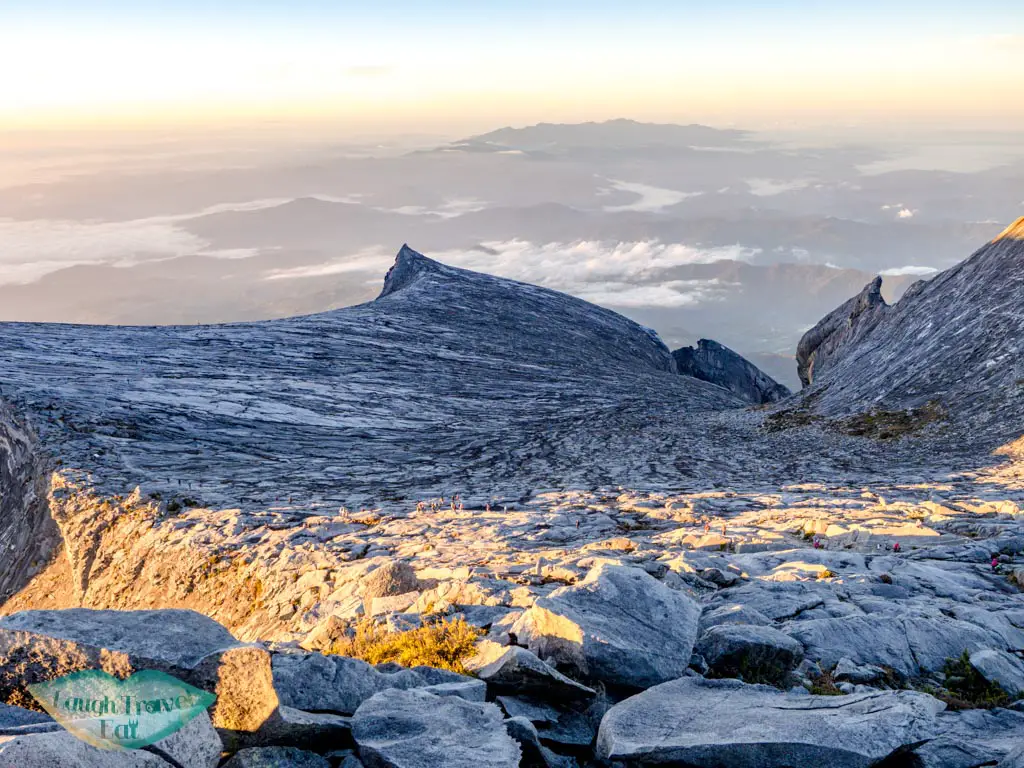
The event is dated back to about 10 million years ago deep in the Earth. Subsequent uplift and deformation that includes a glacial period results in the the sheet-like structures as the pressure ease and the rock expands. This is called Unloading Joints. The unique shapes of the mountains are a result of glacial erosion in the Pliocene period about 2-5 million years ago. All in all, Mount Kinabalu is consider to be a young mountain.
Mount Kinabalu Climb permit
The trail is managed by Sabah Park and there is a limited number of people allowed to ascend per day. This is mainly to do with the bed space available in Pana Laban, where all hikers rest before the summit ascent the next day. There is 135 slots per day, going up to 175 with recent opening of two new huts. It used to be 195 but some of the huts were damaged by the 2015 earthquake.
Permit availability can be checked online, but it’s best to email and ask around directly.
Note: price is different for Malaysian and International hikers. It’s cheaper for the former!
Climbing Mount Kinabalu package
The most common package for Mount Kinabalu trek is 2D1N , as it is mandatory to stay overnight at Panalaban base camp before going up to the summit for sunrise since Dec 2015 .
Another option is to stay an extra night before at Kinabalu Park which gives you time to acclimatize and lower the risk of high altitude sickness.
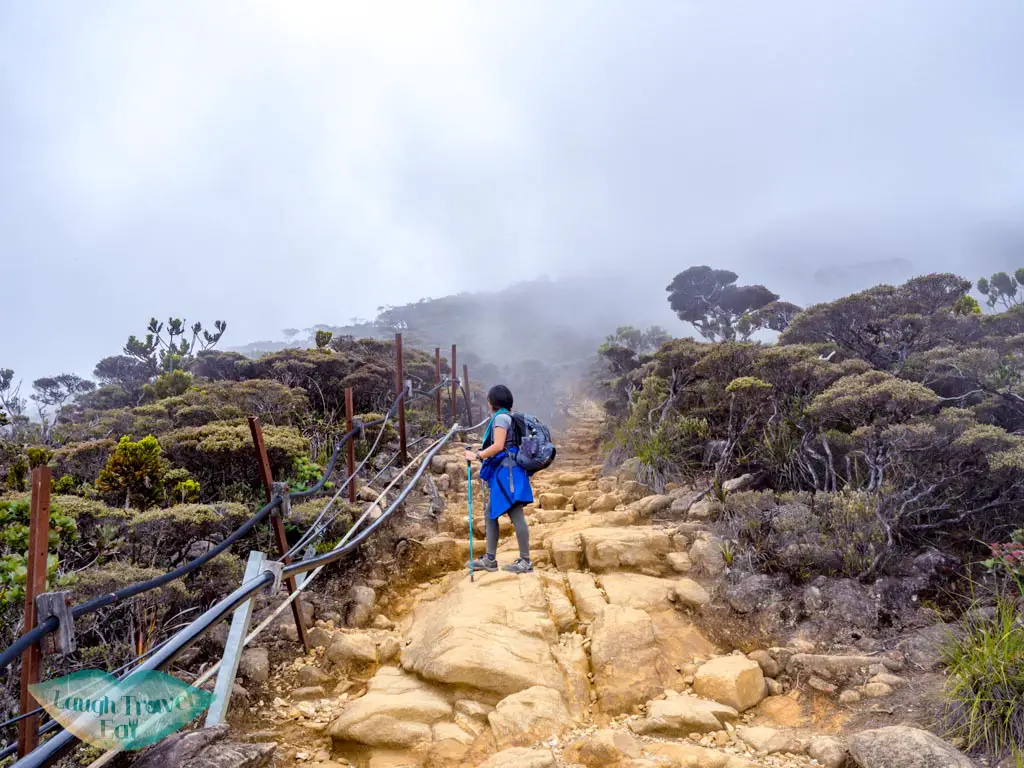
There are numerous tour operators that offers packages and it’s all similar. Usually, the following is included:
- Meals during 2D1N trip
- Overnight accommodation in Panalaban base camp (shared)
Some companies charge extra for transportation to and from Kota Kinabalu, but here are general extra costs:
- Cost of mountain guide, hiking permit, and (usually) certificate*
- Transport from Kinabalu Park to and from Timophon Gate (the starting point), which takes around 10 minutes *
- Porter – you can hire a porter to carry up to 10kg of your belongings up or down if you are struggling with it
- Extra fee for transfer back to Kota Kinabalu if it’s after 17:00
- Any beverages (including water) on Panalaba Base Camp
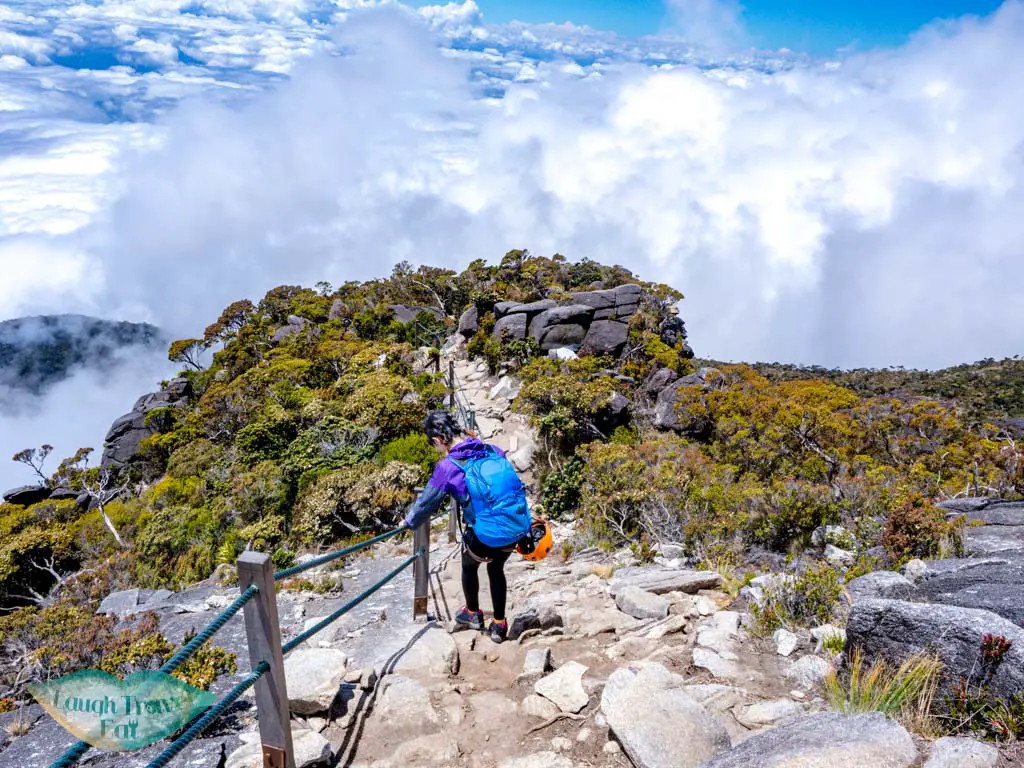
Note that some tours do include the cost of the first two so you should clarify when booking. You can find a list of official fee in the Sabah Park website here . But below is a quick overview:
- Climbing permit : 200 RM for international (80 RM for 18>), 50 RM for Malaysians (30 RM for 18>)
- Entrance fee: 15 RM for international (10 for 18>), 3 RM for Malaysians (1 RM for 18>)
- Climbing Insurance: 7 RM
- Mountain Guide: 230 RM for one guide (up to 5 person 16+, 3 or more children will require another guide)
- Transport to and from Timopho Gate: 17 RM one way per person, so 34 RM in total
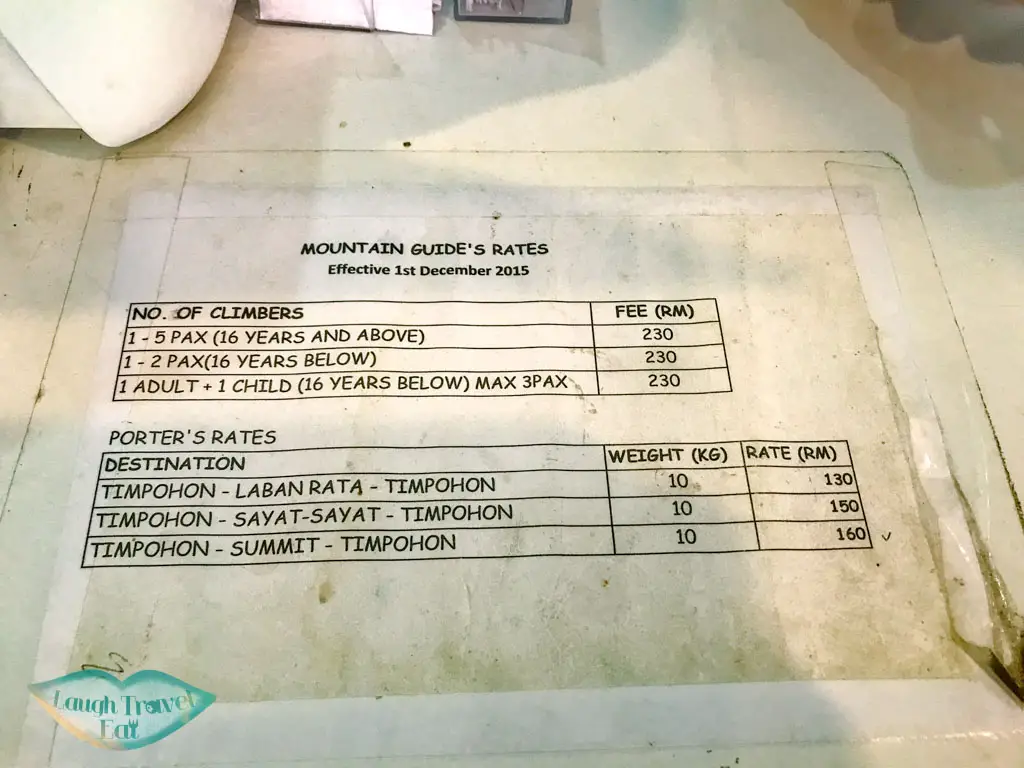
Most of the packages include a bed in a dormitory, though private rooms are also available. For more information on accommodation type, jump to Mount Kinabalu Base Camp . Here are two tours that my friends and I have experience with:
DIY transfer to and from Kinabalu Park
If you are traveling to Kinabalu Park solo, an alternative is to get a ‘shared’ taxi or minivan from Padang Merdeka. It should cost 25 RM – they are all bound for Ranau so let the driver know that you’ll be getting off at Kinabalu Park. They depart as they fill up from as early as 7:30 so don’t leave it too late!
For the return journey to KK, you can catch a bus across the road from the park entrance. You’ll have to hail at buses or minibuses passing by so it’s not a guarantee. Personally, it’s best to book transfer as you don’t want to be dealing with this after your trek!
Sutera Sanctuary Lodges
- 3D2N package starts at 1599 RM for dorm to 3727 RM for private room
- 2D1N package starts at 1309 RM for dorm to 3147 RM for private room
Note: they also offer a stay at Poring Hot Spring instead of Kinabalu Park the night before, though I think that would be quite rushed!
The price does not include transfer to and from Kota Kinabalu or any of the extra fees mentioned above (climbing permit etc). They do offer transfer to and from Kota Kinabalu for guests who book their package at 850 RM return, maximum 5 people.
Marvelous Borneo
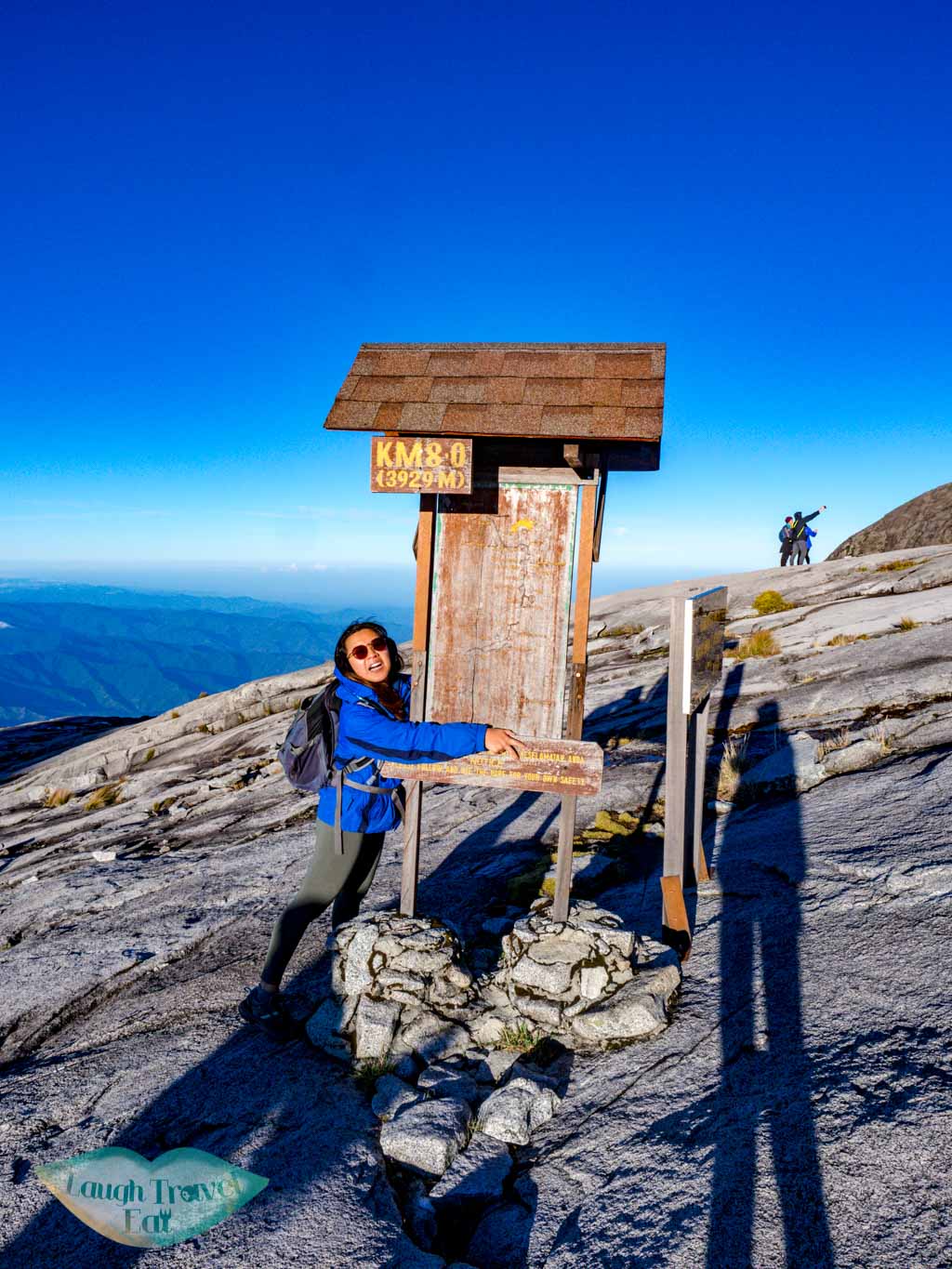
My sister and her friends booked with Marvelous Borneo for a 2D1N package.
- 1810 RM for 2D1N Via Ferrata Walk the Torq for a group of 4, +290RM upgrade to Walk the Torq (March 2019)
- Transfer to and from Kota Kinabalu and Kinabalu Park is usually charged extra: for group transfer, extra charge is incurred if you arrive after 17:00,
- 295 RM per person return transfer, pick up 6:00 – 6:45
The Best time to hike Mount Kinabalu
Mount Kinabalu is open to hikers year around, but it will close (fully or only for summit ascent) if the weather condition is not ideal – aka if it’s pouring. Therefore, it’s best to hike during the dry season between January to April, August to October.
However, the downside of dry season is that there might not be any water available on Panalaban for flushing or shower.
What to bring to hike Mount Kinabalu
The less you bring up, the better. That said, you do need a bit of essential as well as warm clothes. The temperature drops with the increase in elevation and there’s no heating in the rooms in Panalaban. The official website recommend a 40-50 L bag but I made do with a 30 L bag.
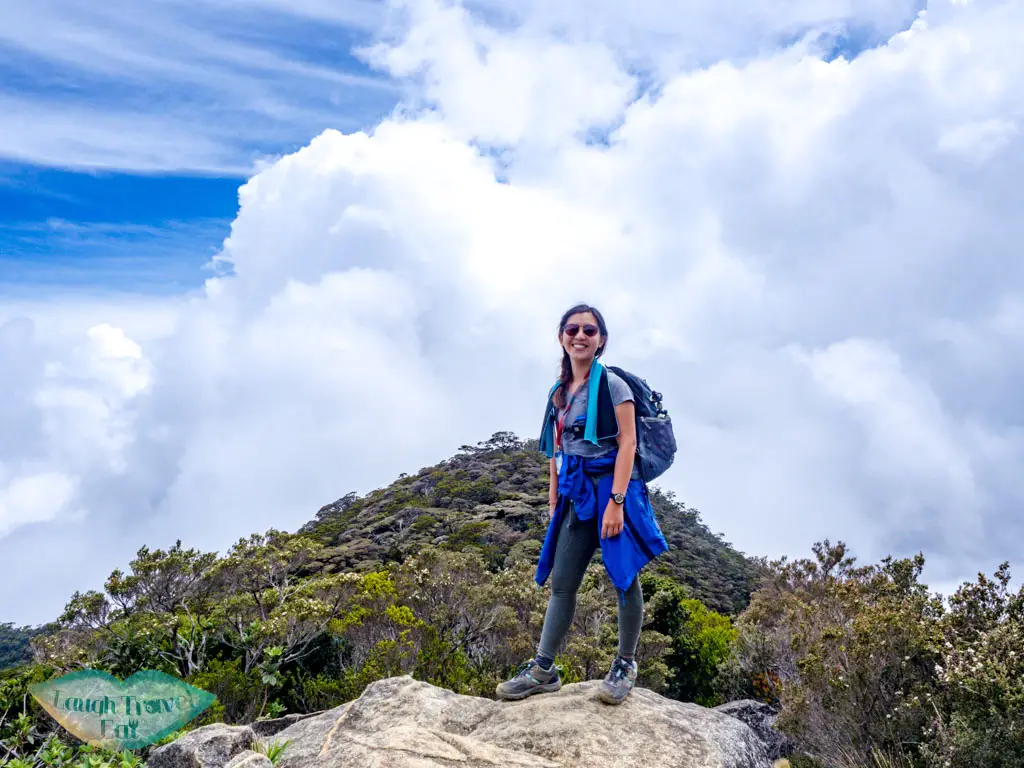
- Good hiking shoes – if they have ankle support, that’s even better
- Head torch – essential for the ascent to summit for sunrise
- Gloves – for climbing (especially if you are going to do Via Ferrata). There are also section of the summit climb that requires using ropes
- Fleece and thermals – it goes down to almost zero during the summit climb uphill and can get windy. I was fine in T-shirt, fleece, and a waterproof jacket but my friend wore a ski jacket
- Waterproof and windproof jacket – for the weather and the early morning summit trek
- Hat – for protection against the cold, too. Many use a bandanna instead
- Cap – it can also get sunny, especially after sunrise on the summit
- Sunscreen – it’s very sunny after sunrise so remember to apply some
- Sunglasses – it get sunny once the sun has risen!
- Flip flops – to shower and walk around, but Pendant Hut provides them for guests
- Eye mask and earplugs – for sleeping as you’ll be in a big room with lots of people
- Waterproof bag cover – in case it rains
- Day pack for summit – although I just moved my stuff to a packing cube and left it in the room. You might want to lock it in case things are stolen. I didn’t lock mine and was fine but a friend’s friend had her passport stolen!
- Hydration bladder – I find it easier to drink with a hydration bladder than with a regular bottle. Best to use a 2L one so you have room to fill it up.
- Sports drink powder/energy gel/chocolate – we bought energy gel but on retrospect I would probably have preferred chocolate!
- Towel – optional as shower facilities are available but I was too tired to use it
- Hiking poles – which you can also rent at Tomophon Gate for 10 RM each
- Knee or ankle support – if you need them. Mine was very well appreciated on the trek down and during Via Ferrata
- Umbrella or Poncho – optional if you have a waterproof jacket, but I brought one just in case
- Massage ball – mine was much appreciated after a day of walking and on the ride back to Kota Kinabalu
Note: you can charge your devices but I recommend you bring a powerbank and spare battery in case there isn’t enough outlets.
If you forget something, the Mountain Torq office and the gift shop next to the Sutera Sanctuary Lodges check in combinedly sells food, headtorch, poncho etc.
Sending postcard on Mount Kinabalu
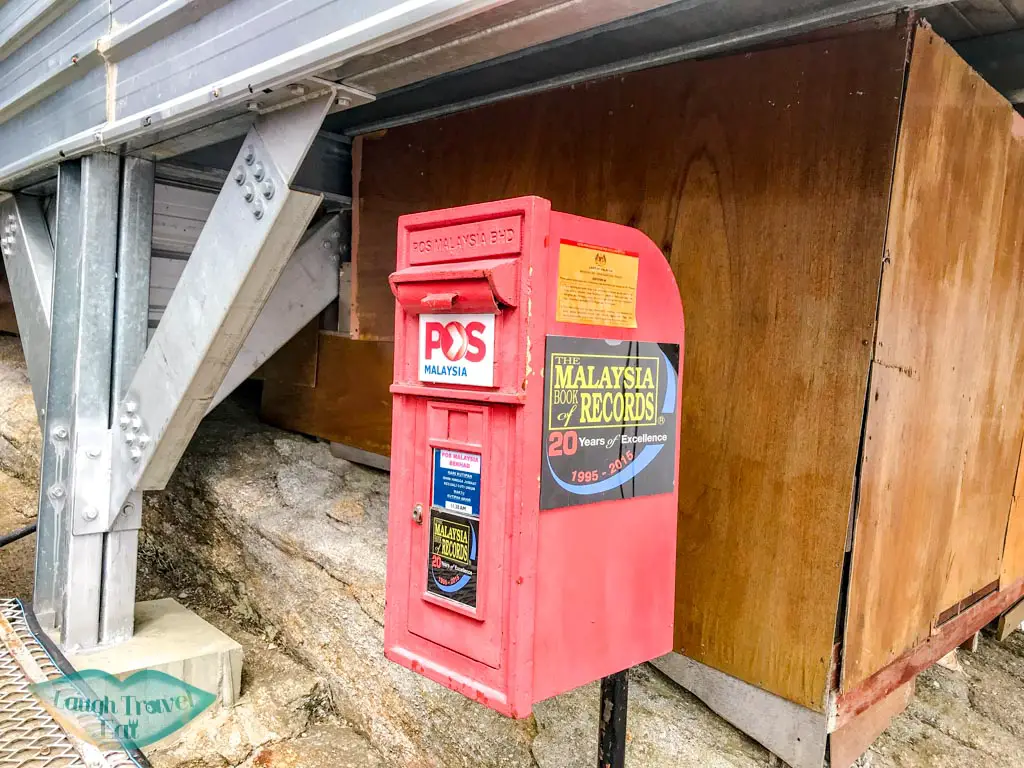
If you want to send postcards to your friends from the mountain, there is a mail box under Pendant Hut. however, the availability of postcards depends on the porter and their load, so it is best to buy them in the gift shop by Sutera Sanctuary Lodges check in in Kinabalu Park. it’s going to cost more to send there but it’s the highest post office in the region!
Tips on hiking Mount Kinabalu
Mount Kinabalu trails runs like a well oiled machine with fresh blood (aka new hikers) pumping through it every day, and the hike itself is only confusing to these new blood cells (aka us). Here are some tips from the blood cell who had been through this circuit (perhaps I should drop this analogy now):
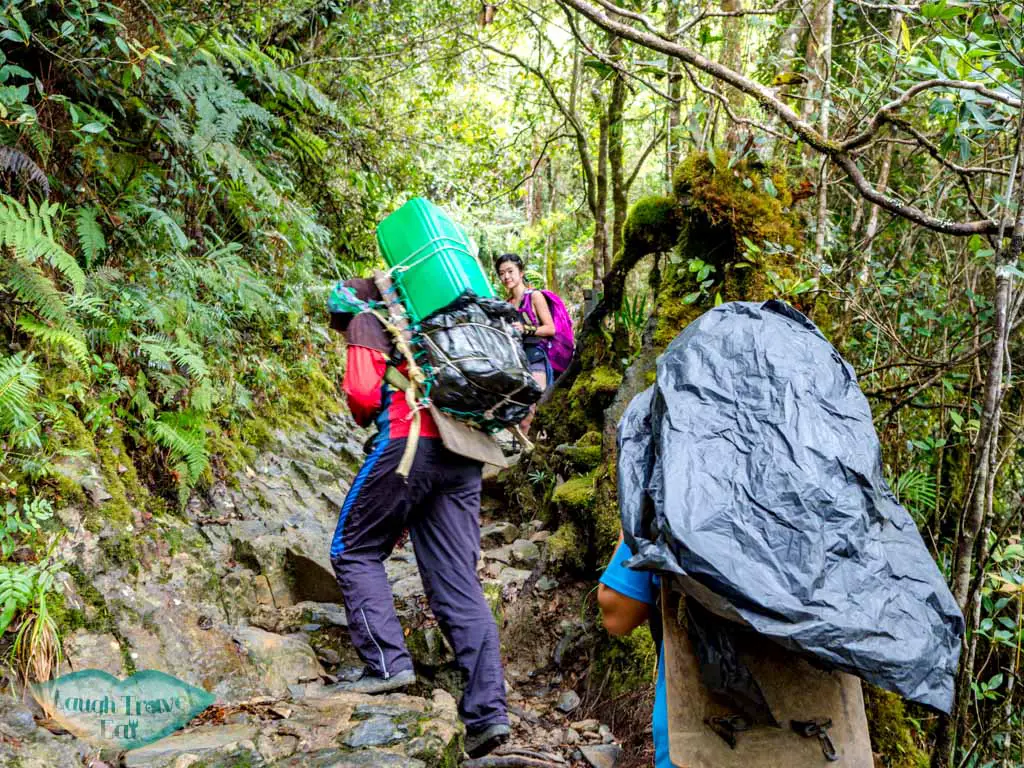
- Make way for porters – they carry all the water, food, and resources up and it’s a hard job!
- No littering – this is a national park after all. There are rubbish bins in every hut with metal lid to keep the squirrels out
- Keep your food safe against mountain squirrels – they are not afraid of human and will likely grab your food. Most are seen around 0-4 km
- No drone – please respect the rules in the national park and don’t fly your drone
- Rent or bring your own hiking poles – they are the two things that got me up and down to Panalaban. I didn’t bring it up to the summit hike since I need to be on my hands and use the ropes, but some did
- You’ll be given a tag to wear which you should keep on your at all times during the hike – there are several registration points that need it and it’s your meal ‘voucher’
- If you arrive later than 3pm, consider dropping out of Via Ferrata the next day as you’ll be tired
- Stay one night after at Kinabalu Park for optimal rest or even a night after!
- Altitude sickness pill should be taken the day before, don’t worry about bathroom as there are plenty on the way up
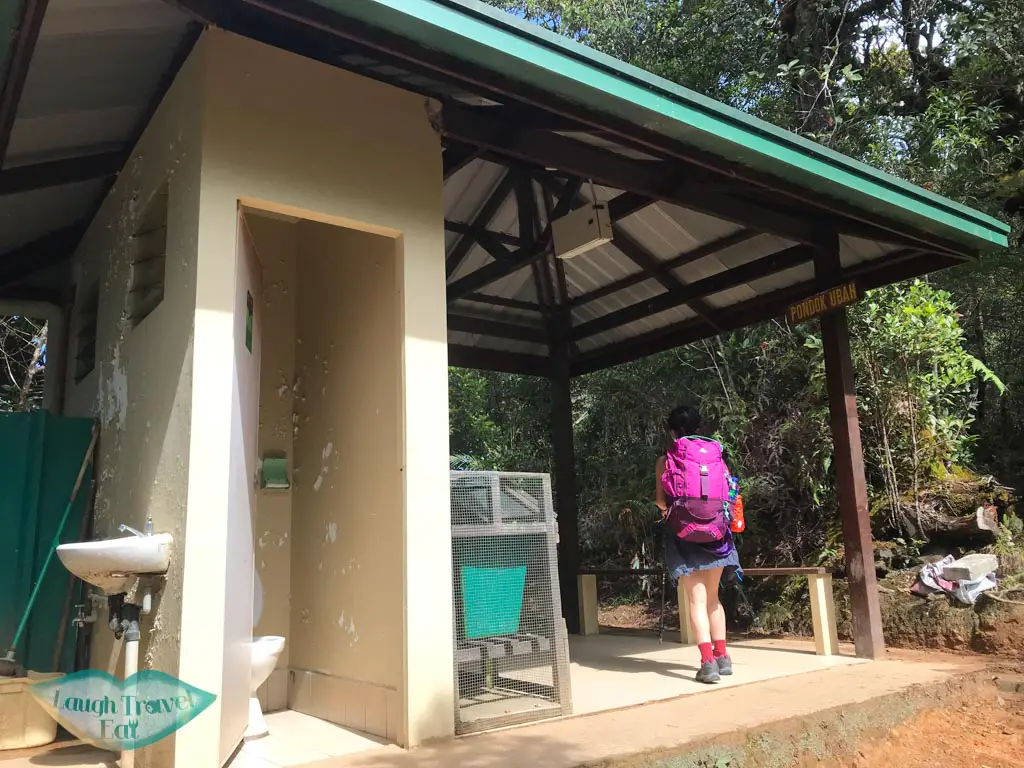
- Eat more but not too much during pre-breakfast for summit hike. I didn’t eat enough and was starving!
- Don’t book flights out the same day/night as your hike. Kinabalu park itself is a 2 hours drive from Kota Kinabalu and that’s dependent on traffic and weather
Via Ferrata Mount Kinabalu
If you are unfamiliar with Via Ferrata, it’s the term for assisted climbing routes usually in rocky and dangerous mountain face. There are two routes on Mount Kinabalu: Low’s Peak Circuit and Walk the Torq, the former longer and more difficult.
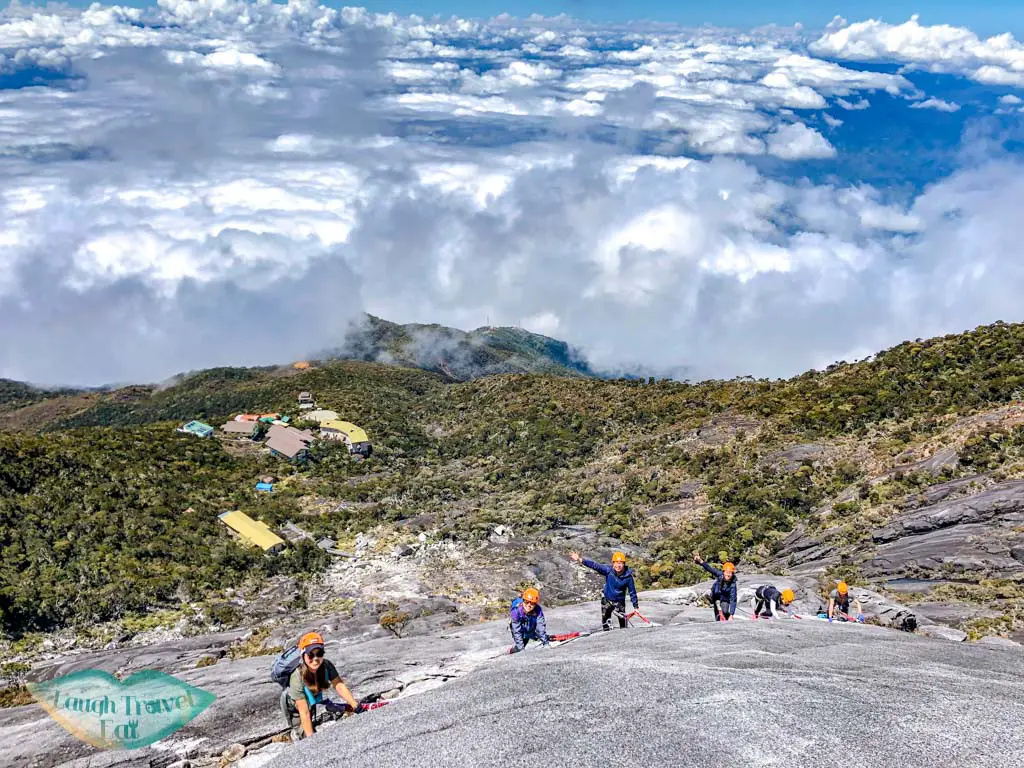
The paths were built by a French company and run by Mountain Torq, whose office is to the right behind the transportation office at the Kinabalu Park. Depending on whether you have booked it with a tour or independently, you’d have to register there. It’s also where you’ll get the certificate if you have finished the route.
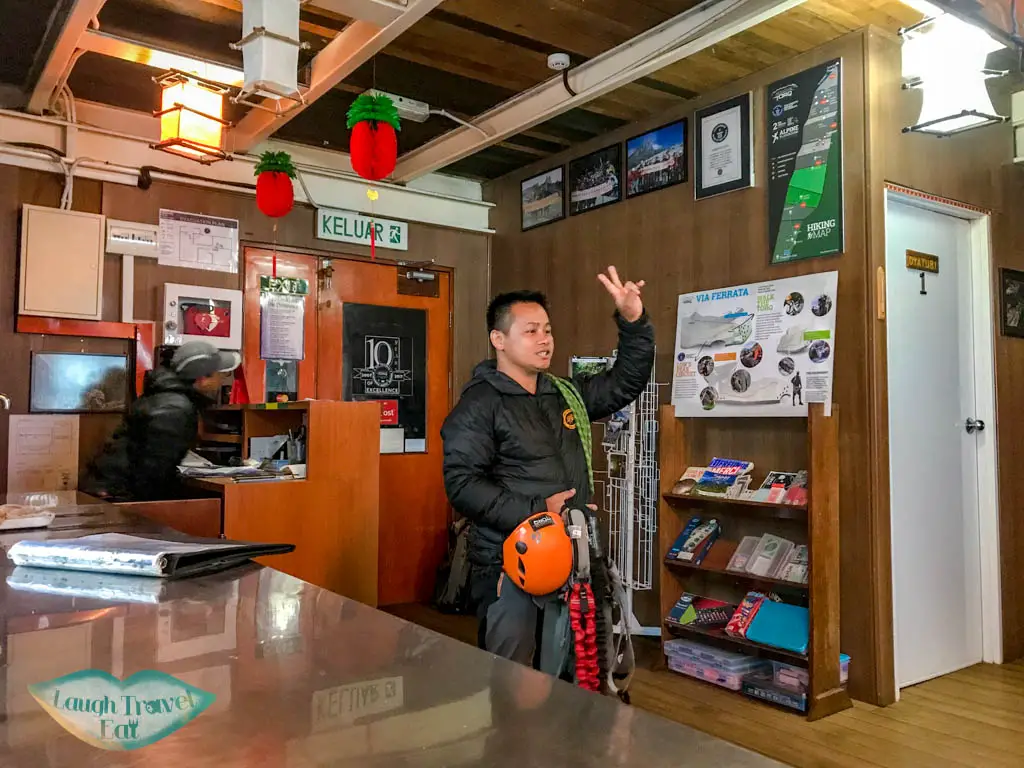
For those taking part in Via Ferrata, there is a cut off time for arrival at Pana Laban where all hikers stay the night on the first day. The safety briefing at 4 pm at Pendant Hut is mandatory, and if you didn’t make it you will not be able to take part.
The briefing includes a safety demonstration on how to use the harness and clip which lasted an hour and a half in total . A waiver form is signed at the end stating that the participants understand all risks along with a witness signature.
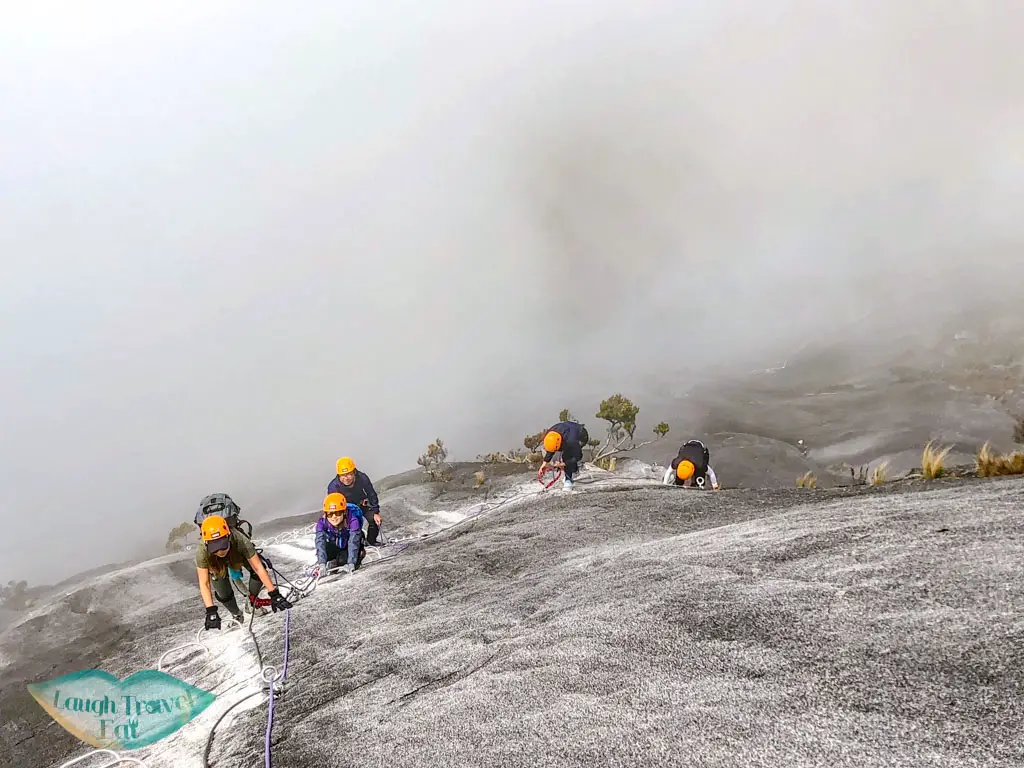
Tip: If you are tired, don’t strain yourself and downgrade or cancel . Via Ferrata is physically straining and can take up a lot of time if the groups are big. Cancellation conditions:
- If it’s in the beginning and weather turns bad, then turn back. Weather bad
- Miss the time then cancel
- Can also self cancel – be honest about your own condition as it’s very challenging
- If the shoes is not good then no go. No sandals, no open toe, shoelace must have, good conditions
- Trainer can also cancel if they see you are not in good conditions
Low’s Peak Circuit
The highest Via Ferrata in the world at 3776m above sea level on its highest point, Low’s Peak Circuit offers adrenaline junkies both a challenge and excellent photo opportunities.
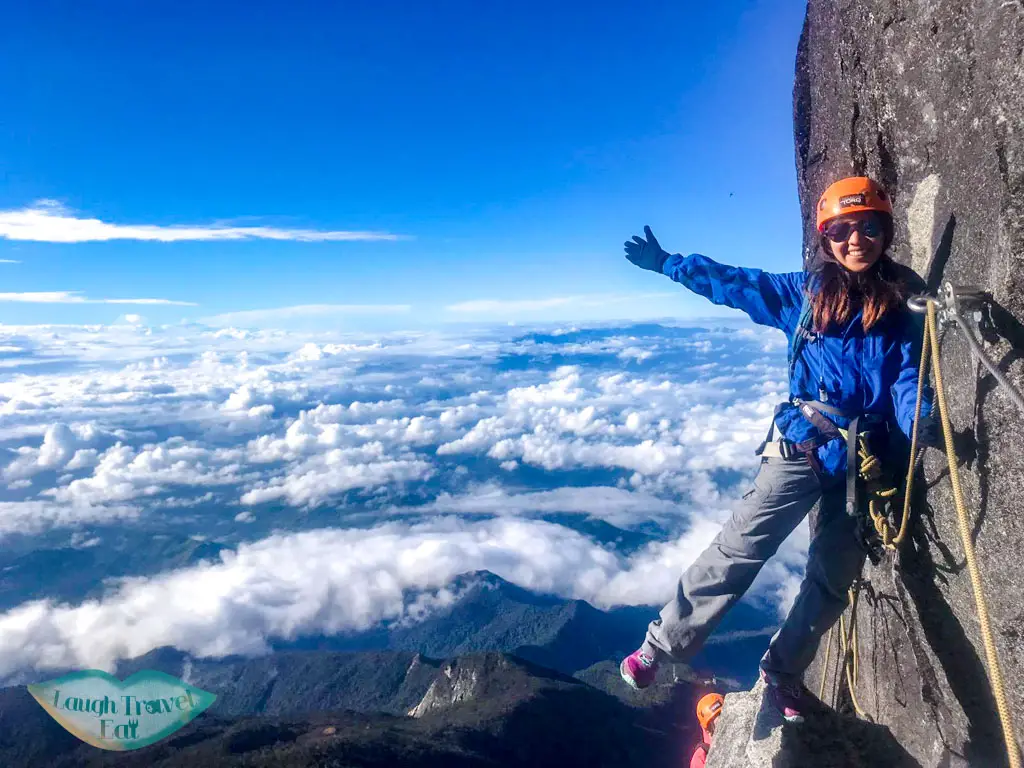
The circuit is 1.18km long with 365m of vertical traverse, and on average takes 4-6 hours to complete depending on group speed.
It can be divided into 3 parts:
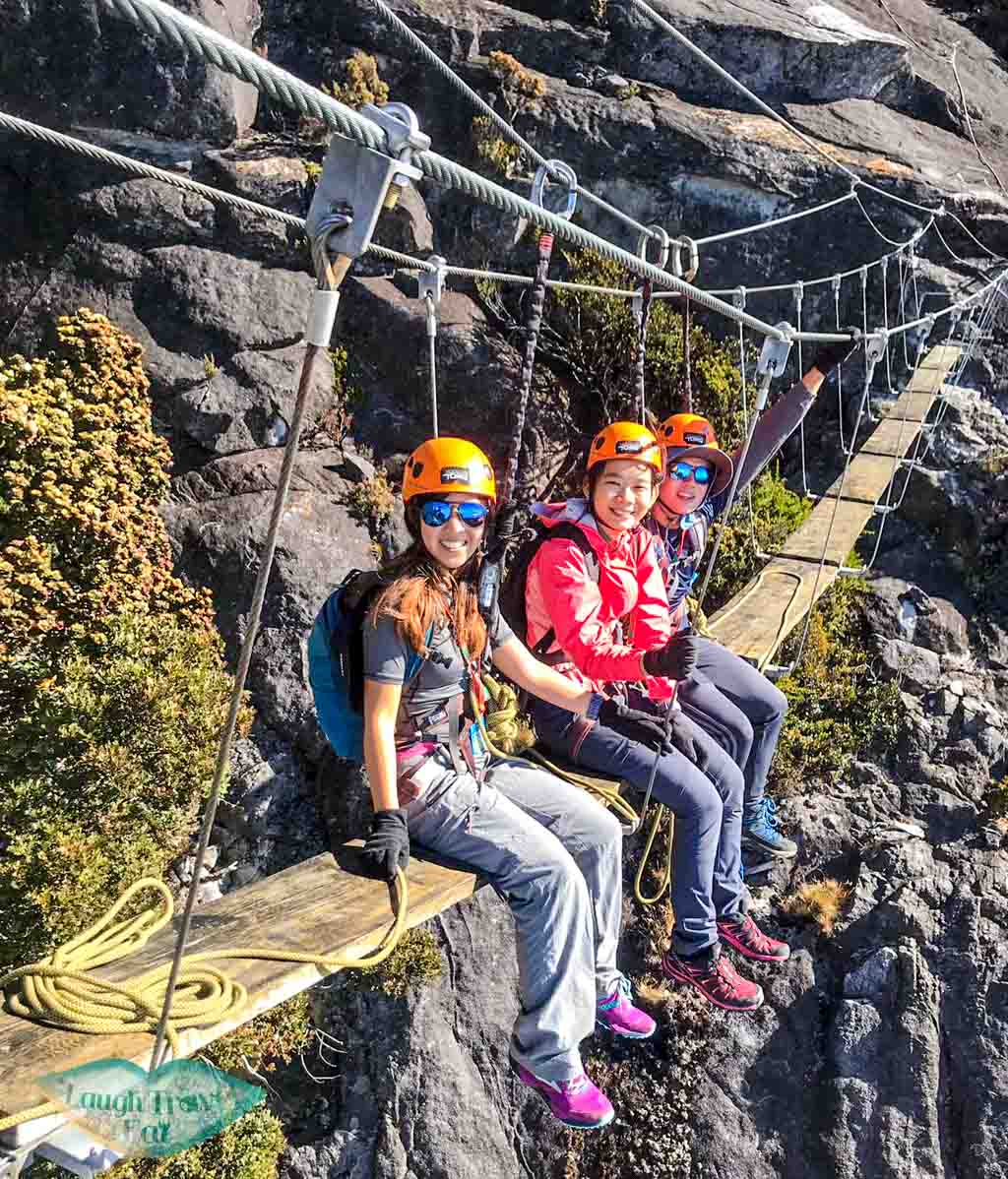
- 600m Vertical with a few highlights: the height, 400m in is the suspension bridge 20m long (swinging bridge World highest suspension bridge at 3600 m), then another bridge with just a cable (5-6m)
- Mini jungle, hike down for 300m, but not that easy, much harder than summit trail and the first part
- Connect to first part of walk the torq
In order to participate, climbers must reach the sign near the 7.5 km Marker at 7 o’clock, where they’ll put on gear and get started! The fastest record is 1 hr 20 mins but the slowest is 10 hours!
Walk the Torq
A more beginner friendly Via Ferrata option, Walk the Torq is a loop route that stands at 3520 m above sea level with 109 m vertical traverse. The 380 m long route on average takes 1-2 hours to complete but that is also dependent on the group speed!
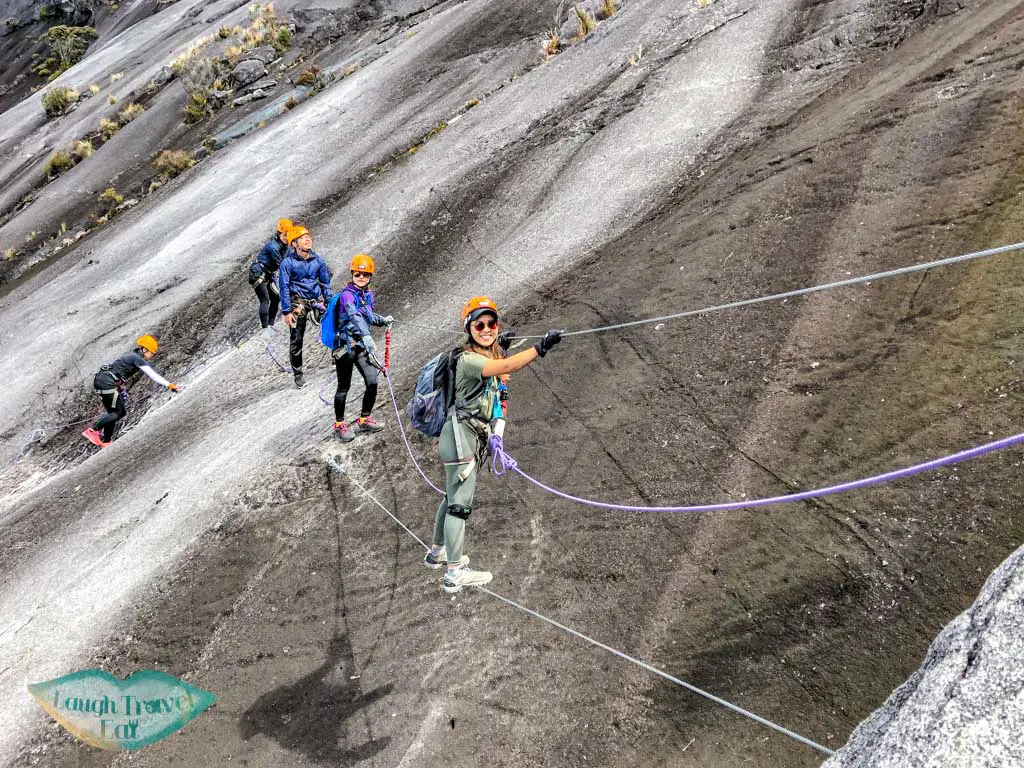
- 200m go down, then gentle sloop
- 80m horizontal and travel sideways with a wire ‘monkey’ bridge – kind of a tight rope for 5-6 m
- 100m going back up to the start with a 10m hanging ladder at the beginning
The meet up time caps at 8am at the last checkout point Sayat Sayat. The hut is a little further forward past the bathroom. The fastest record is 25 mins, but the slowest is 6 hours.
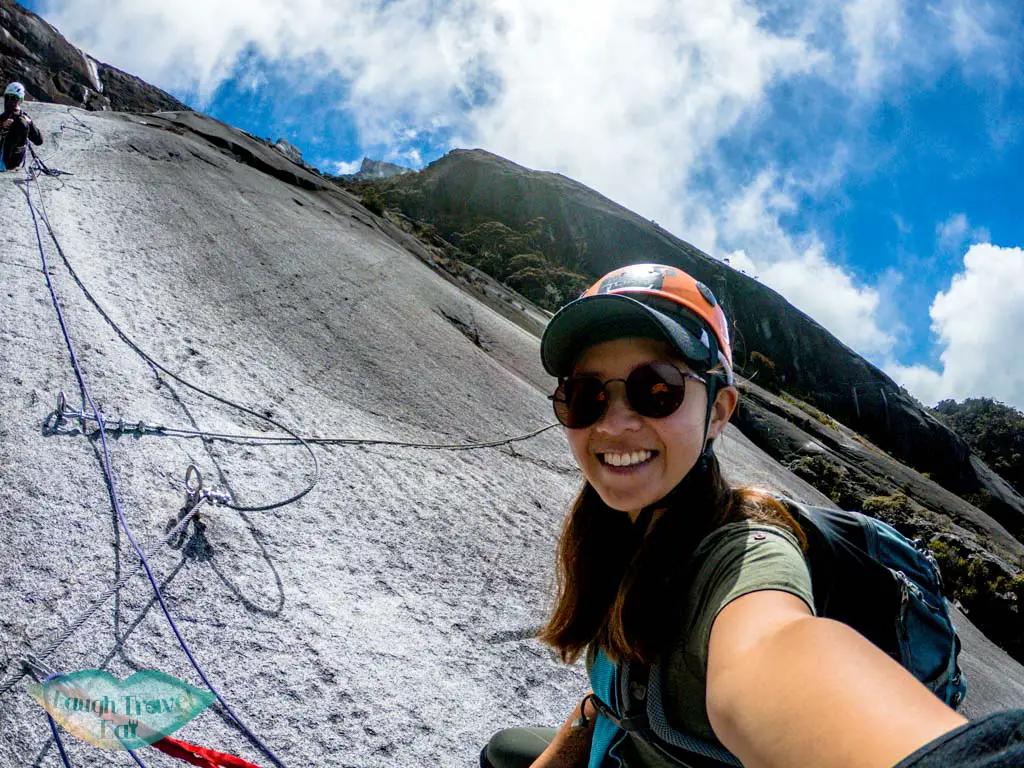
It took us about 4 hours to complete mainly because it was not very well time managed with 4 groups of around 5-6 people. The first group left at 7:30 and the rest of us departed later and were led to starting point and arrived at 8:30. Since we were the last group, we had to wait for another 20 minutes or so.
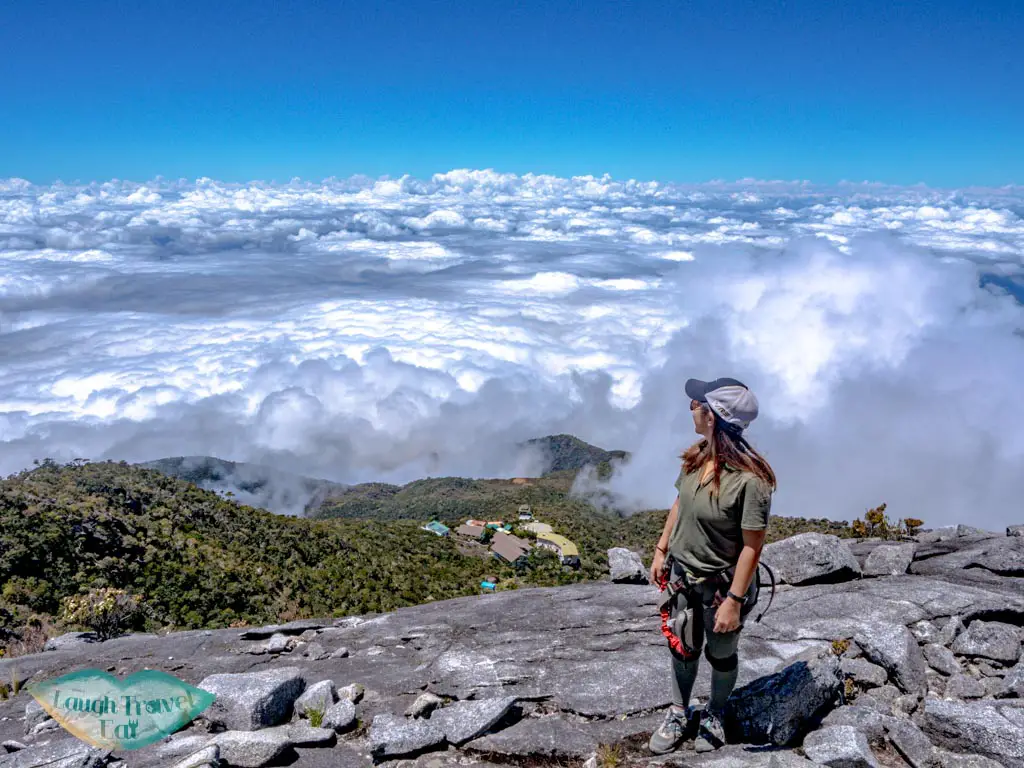
The views are stunning but it is very slow going with the rope and the harness, particularly for Walk the Torq as we have two harness clip to manage and it often get stuck, so we didn’t end until 11:00 and it took a while to get back to the main route.
Should I do Via Ferrata? If so, which one?
There are a few main factors as to what would make Via Ferrata fun/worth it. Personally, I would either do Low’s Peak Circuit or not at all.
Why you shouldn’t do Via Ferrata
- Because of the time constraint, if you do Via Ferrata, you have to ascent from the Peak at 6:00 am or 6:30 am, meaning no time to take it in and take photos properly
- If you are in a group of 4-5 it might be fun, but otherwise you’ll be pair with strangers and it becomes slower and a bit awkward at times with photos. We were also put last as we were a mismatched group…
- It’s quite exhausting and adds time before you go back down to Panalaban. Let’s not forget there’s still 6km down even after you reached Panalaban
Why Low’s Peak over Walk the Torq
- For many, it’s the walking along the cliff and monkey bridge that appeals, which are both not on Walk the Torq.
- Walk the Torq has two clips and Low’s Peak Circuit only have one, so even though it’s a longer route, it’s much easier and faster to move along.
Tips on Doing Via Ferrata
- Bring sunscreen! It can get sunny once the sun is up
- Arrive to check point as early as you possibly can – this means you go first and also get back down faster!
- Make sure your bag has waist (and chest) straps to stop them from swaying on the excursion
- Your guide will take photos for you so you can give them your phone!
- Don’t put anything that can be ‘smashed’ in your pockets as you will be laying on and pressed up against the rock face frequently
How long to climb Mount Kinabalu
The hike up and down Mount Kinabalu can be split into three major parts with the addition of Via Ferrata. I’ll give my personal time record further down but here is the average times:
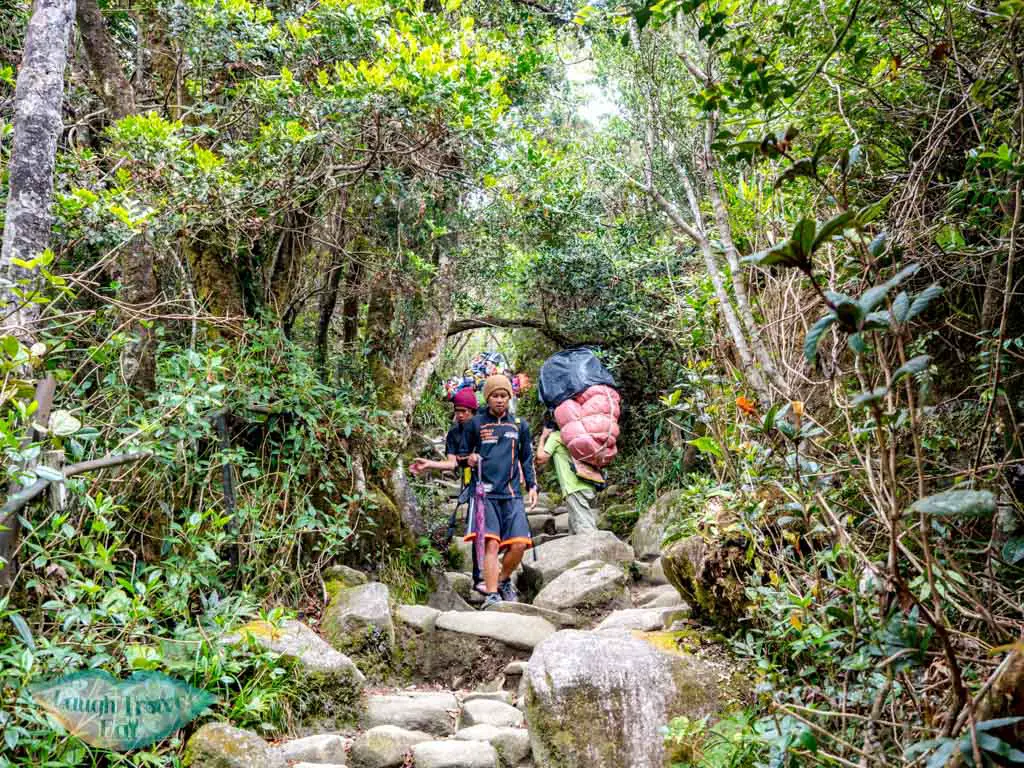
- 6 hours to hike up the 6km to the Panalaban Base Camp
- 4 hours on average to come down, don’t underestimate the trek down as you’ll already be tired from the sunrise trek and also did via Ferrata
- For summit, it’s another 2.8 km with an average of 3 hours up and 1.5 hours down.
The slowest recorded descent to Timpohon Gate for foreigners is 7-8 pm, for Malaysians 2 am! Generally, 1-3 people don’t make it up per day, and 5-6 people didn’t summit as they are either too tired or were too late. If you know you aren’t physically fit, I recommend staying 2 nights so you can summit on the second day then descend on the last.
How much water do you need for hiking Mount Kinabalu
While this is completely dependent on your own water intake and the weather condition, here’s the average water consumed according to me and my friends who’ve done it (or those who I talked to):
- From Timpohon Gate to Pana Laban: 1L
- Pana Laban to summit and back: 700ml
- Panalaban to Timpohon Gate: 700ml
If you are unsure, it’s best to bring extra 500ml, although I did end up carrying 2L up and basically only drank 2.3-2.5L in total.
There are free refill available in Pendant Hut but the main restaurant charges for water and will only provide a cup during meal times.
Mount Kinabalu base camp and Kinabalu Park
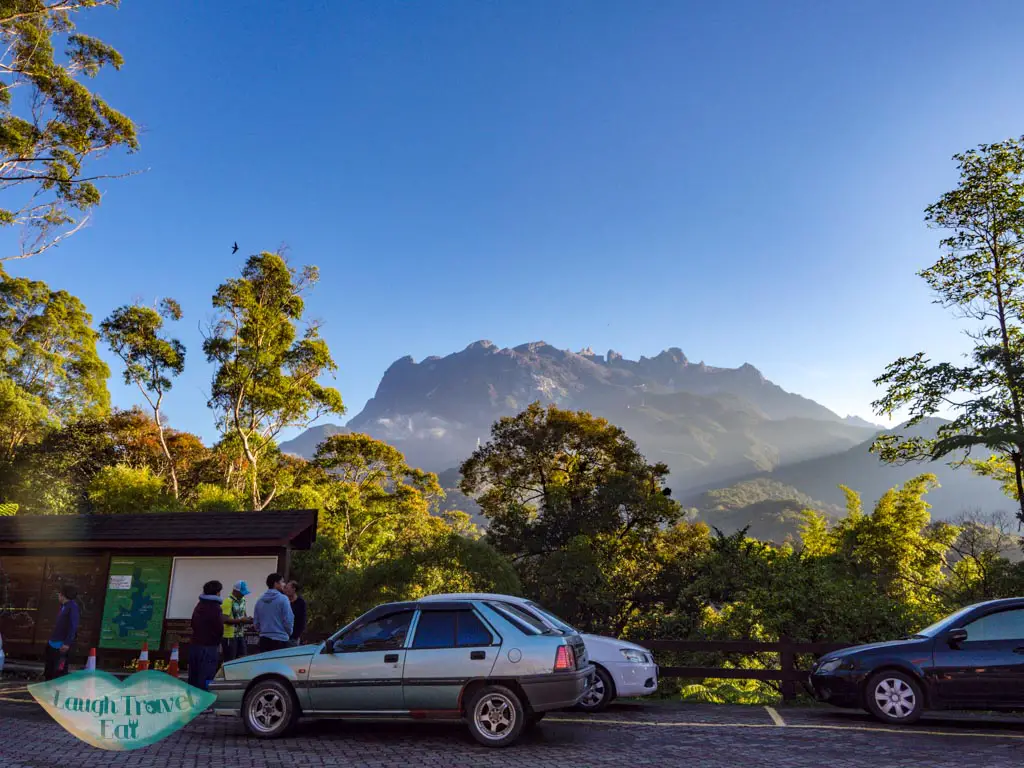
One of the biggest problem with hiking Mount Kinabalu is the high altitude. It might be best to stay the night before around Kinabalu Park to acclimatize and also get more rest than needing to travel directly from Kota Kinabalu, which is a two hours’ drive away. A lot of tour companies offer 3D2N package but you can also book directly with Sutera Sanctuary, the umbrella group that operates the accommodation in Kinabalu Park and Panalaban up in the mountains.
If you book with the official website, you’ll be staying inside the Kinabalu Park with Sutera Sanctuary Lodges. You can also directly book with them online and they have a variety of lodging options for all budgets:
- Grace Hostel – 10 bunk beds per room with shared bathroom (heated),
- Rock Hostel – 18 twin rooms with shared bathroom (heated)
Private Room:
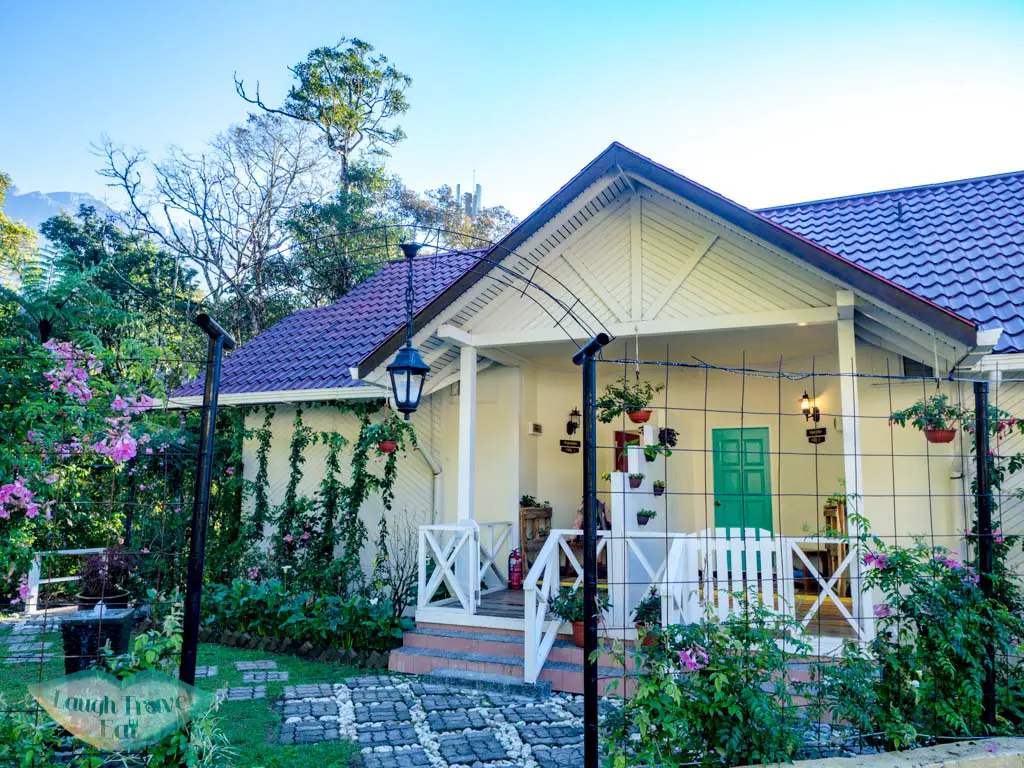
- Liwagu Suite – double room above Liwagu restaurant with private bathroom
- Hill Lodge – twin or double lodges with bathroom and living area
- Nepenthes Villa – two bedroom villa with pantry and living area
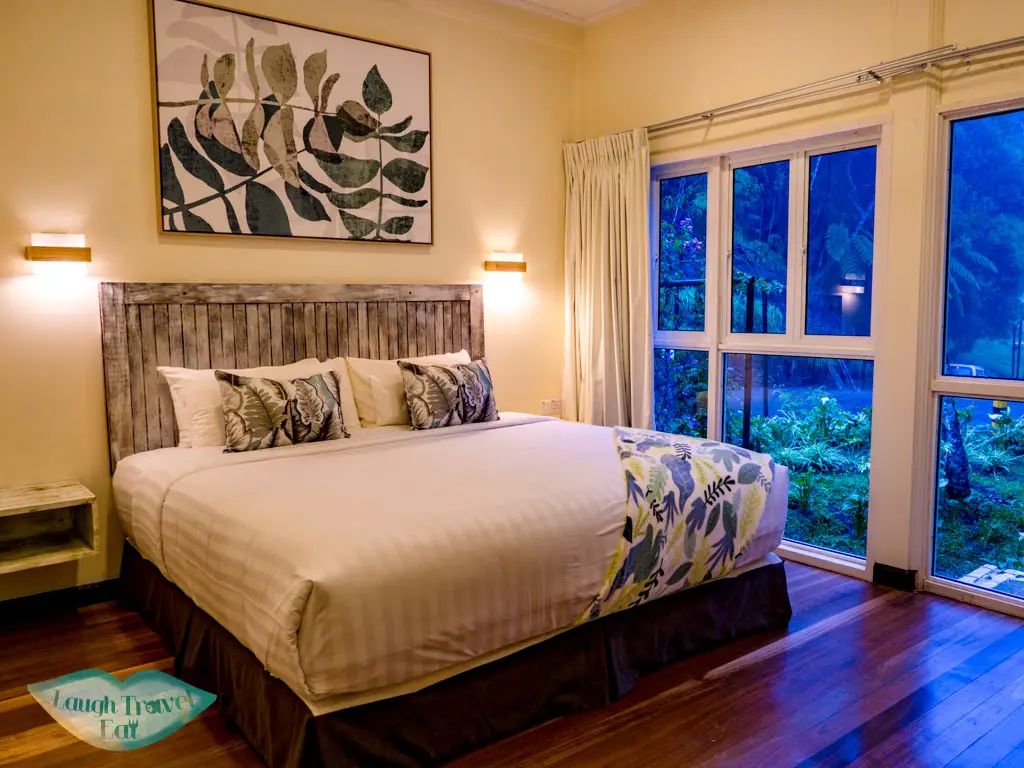
If you are a group of 4, the Nepenthes Villa is a comfortable villa that can house everyone. It has two bedrooms upstairs, one en suite double one twin, with an extra bathroom downstairs. The kitchen is open plan with a spacious dining room and living area and even a fireplace.
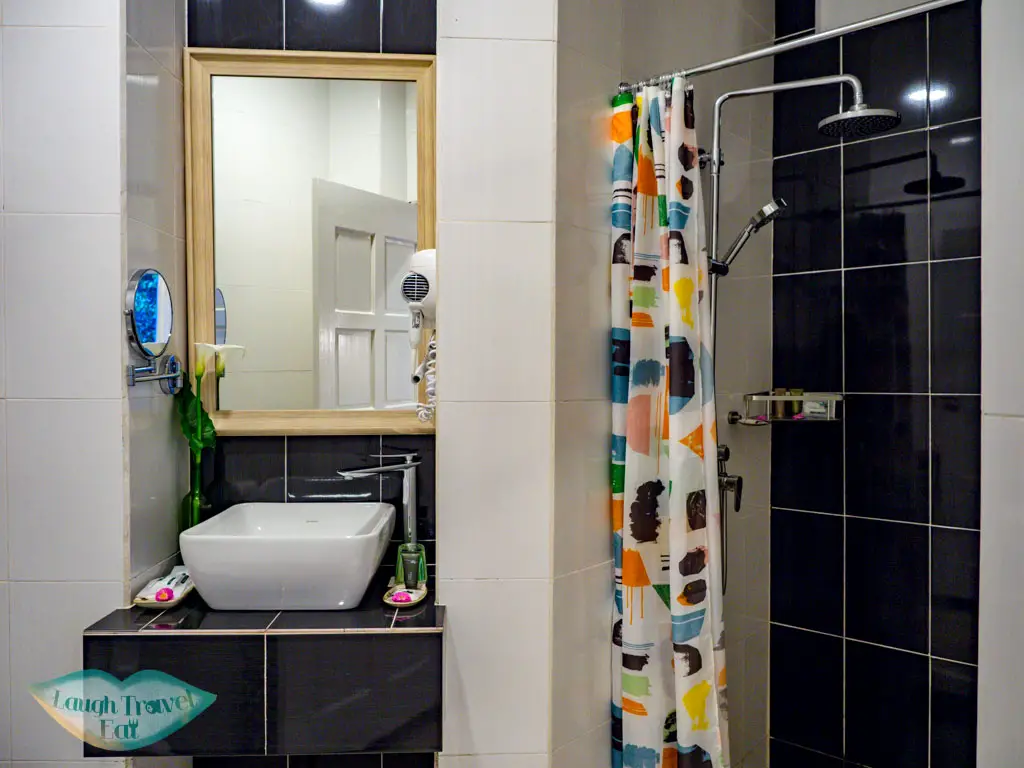
A small balcony is attached giving extra option for sitting, although it was raining quite hard on our arrival!
For even more comfort, you can upgrade to stay at one of the premiere lodges (rate current as of April 2019):
- Peak Lodge – 2 bedroom +400 RM/night
- Summit/Garden Lodge – 2 bedroom + 1600 RM/night
- Kinabalu Lodge – 3 bedroom +2600 RM/night
Dinner at Liwagu Restaurant
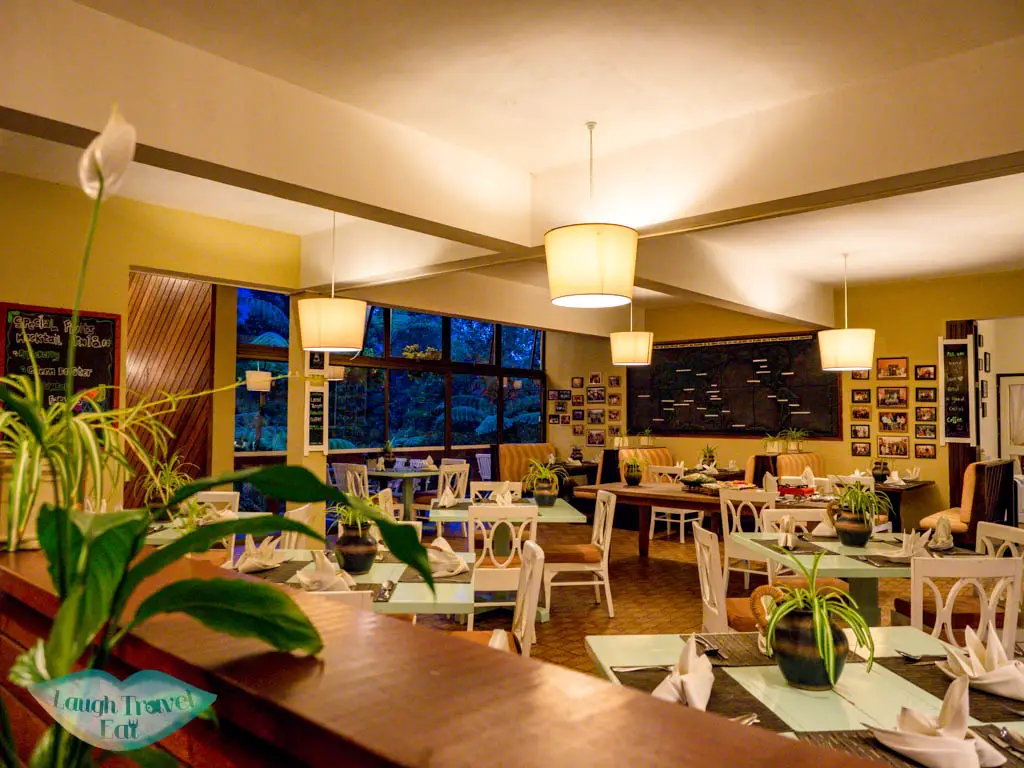
The staff arranged transport to drop us off and pick us up for dinner, which was about 10 minutes’ walk downhill otherwise.
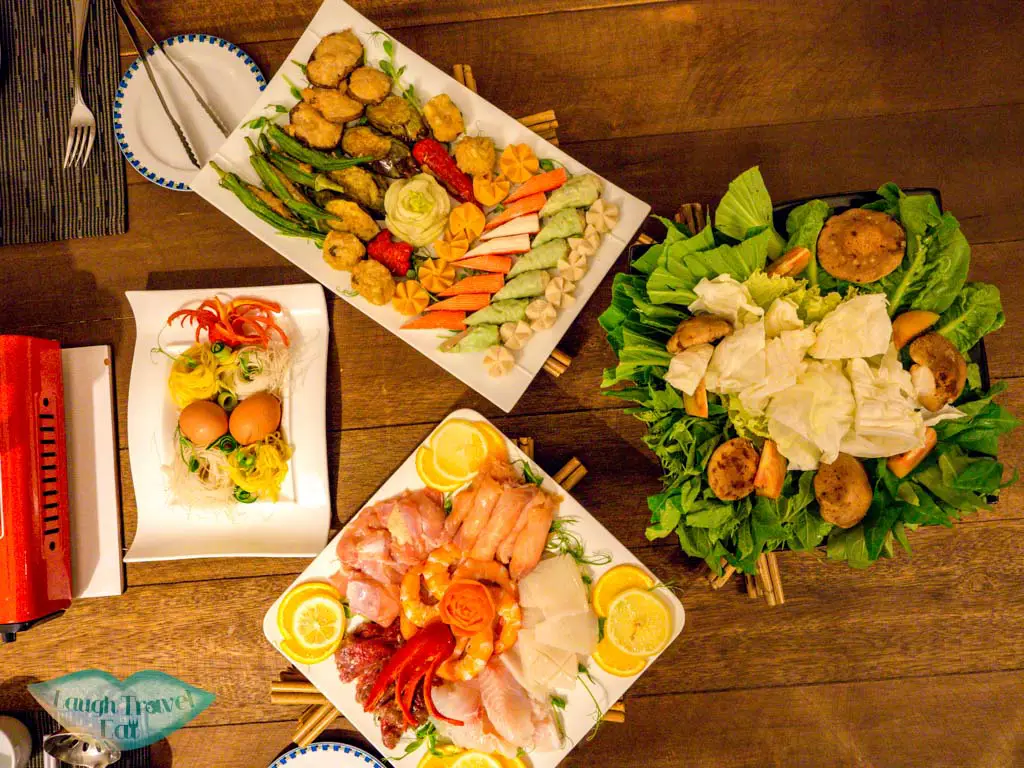
Kinabalu Park Breakfast at Balsam Cafe at Sutera Sanctuary Lodges
Included in the 3D2N package, the buffet breakfast at Balsam Cafe is a spread that will give you enough energy for the upcoming hike. From fruits to pastries to yoghurt to an egg station. There is also Sabah tea and coffee.
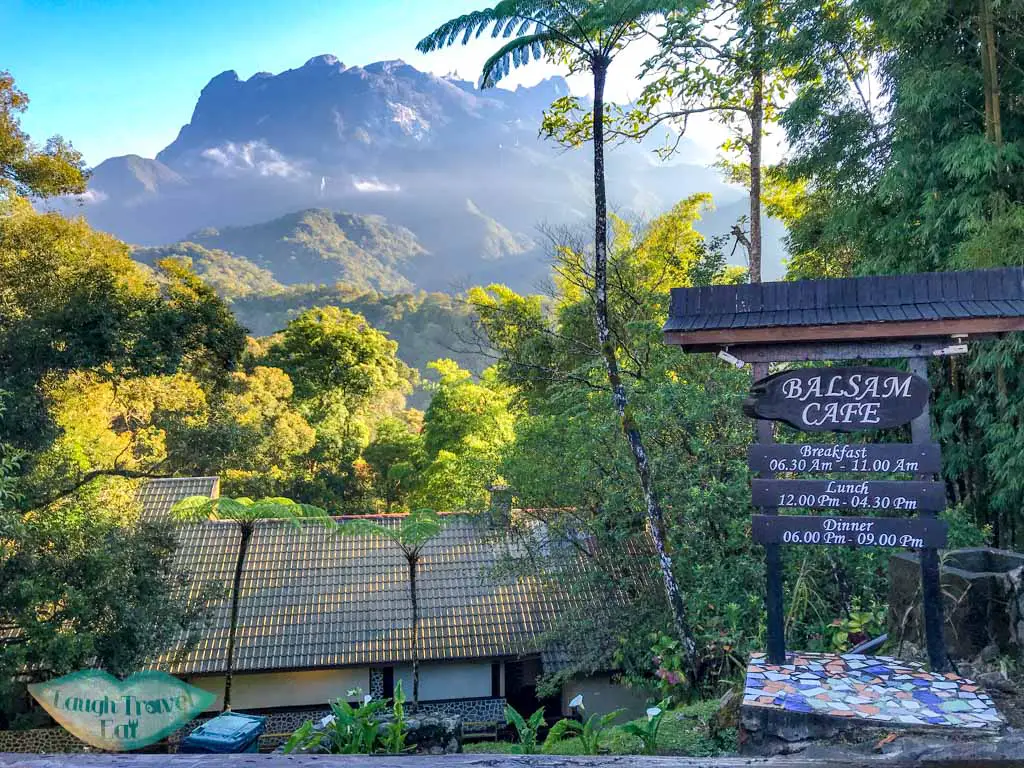
The packed lunch is collected here, too. We had a box of chicken with some vegetable, cereal bar, cookies, and an apple. From what we observed when eating lunch on the hike, different tour companies give different packed lunch, usually a sandwich!
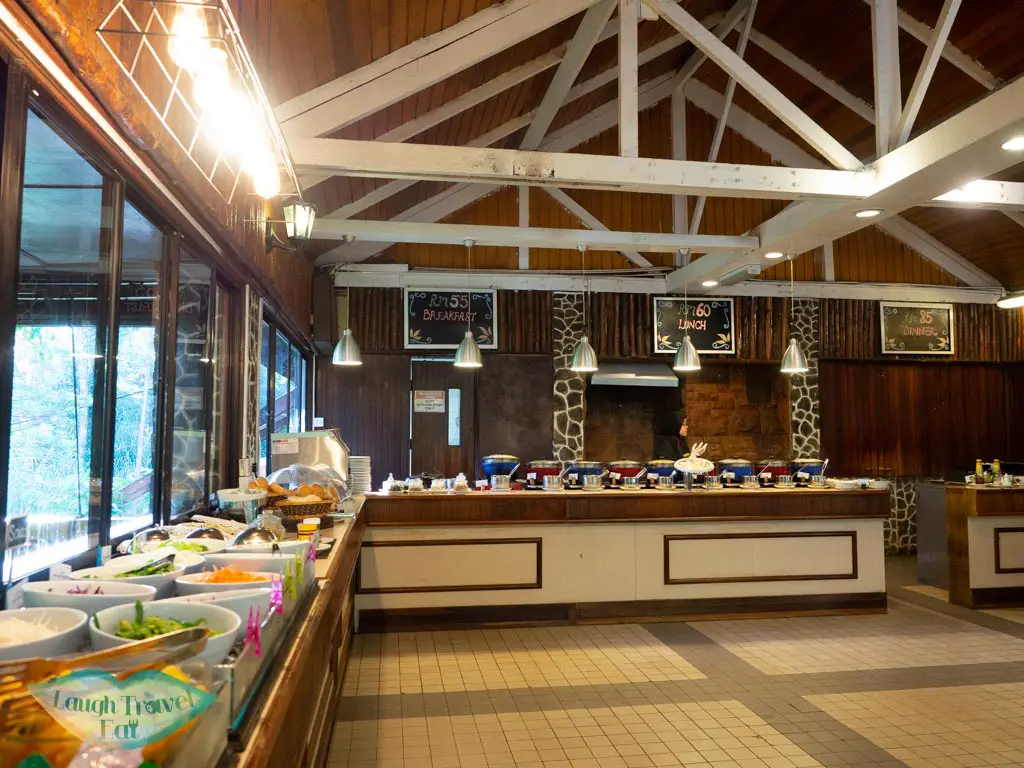
Pro tip: arrange to get picked up from your lodgings for breakfast the next day to make sure you don’t have to walk! You can leave luggage at the office at 12 RM per piece
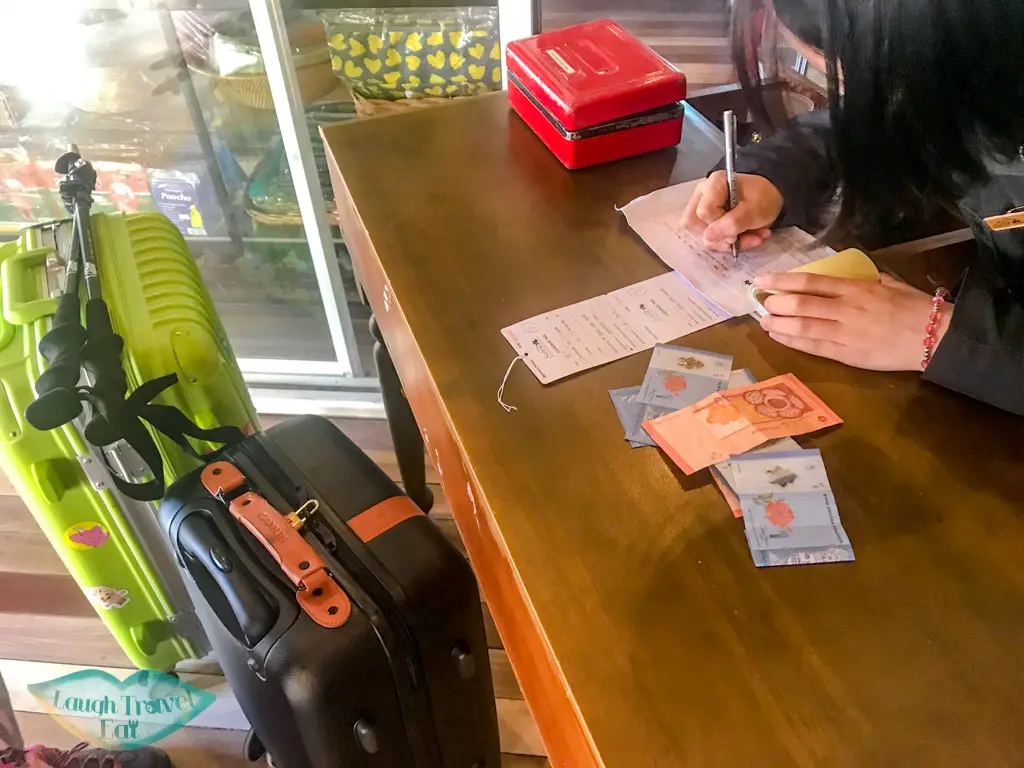
The Sutera Sanctuary check in and Mountain Torq office have essentials if you forget such as poncho, chocolate and energy gel, head torch etc.
Timpohon Gate
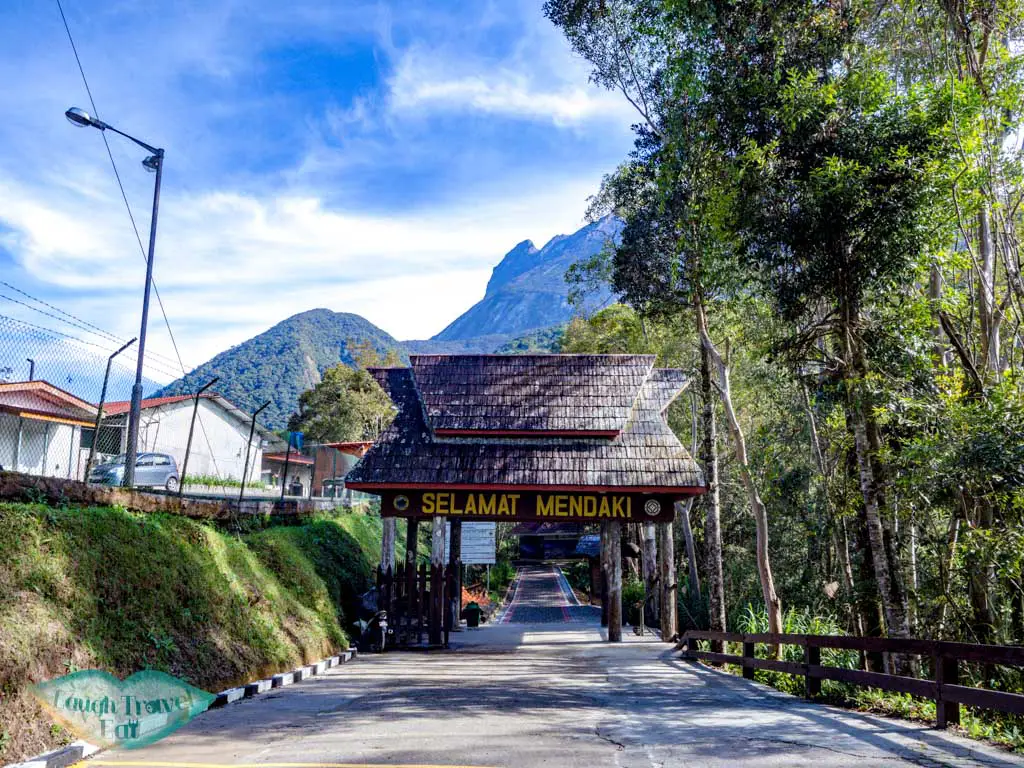
The official starting point of the hike is at Timpohon Gate, which is about a 10 minute ride from the Kinabalu Park. The van drops hikers at the front of a gate that isn’t the Timpohon Gate itself, but a brick road that leads to it. If you need the bathroom, it’s enroute to the actual Timpohon Gate.
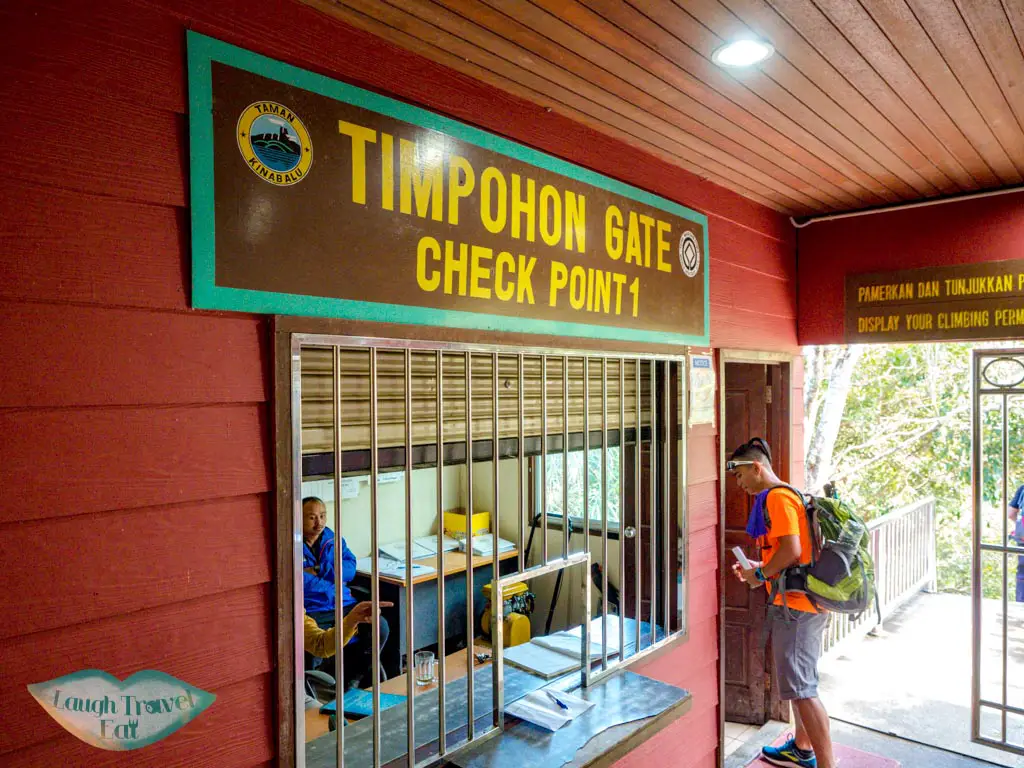
Once you reach the gate, a staff behind counter will check your tag and register you in. This is your last chance to buy any snacks or rent hiking poles (10 RM per stick) – you won’t be able to do so at Panalaban Base Camp.
Mount Kinabalu climb
In general, according to our guide and our time, my friend and I are slightly below average in terms of speed for the hike. Here is a run down of my experience with time + milestone:
7:00: We had stayed at the Nepenthes Villa the night before and arranged to be picked up for breakfast. We were the first to arrive which gives us time to grab all the food we need and enjoy a leisurely breakfast.
8:00: We met our tour guide, checked out, and got our identity tag for the hike.
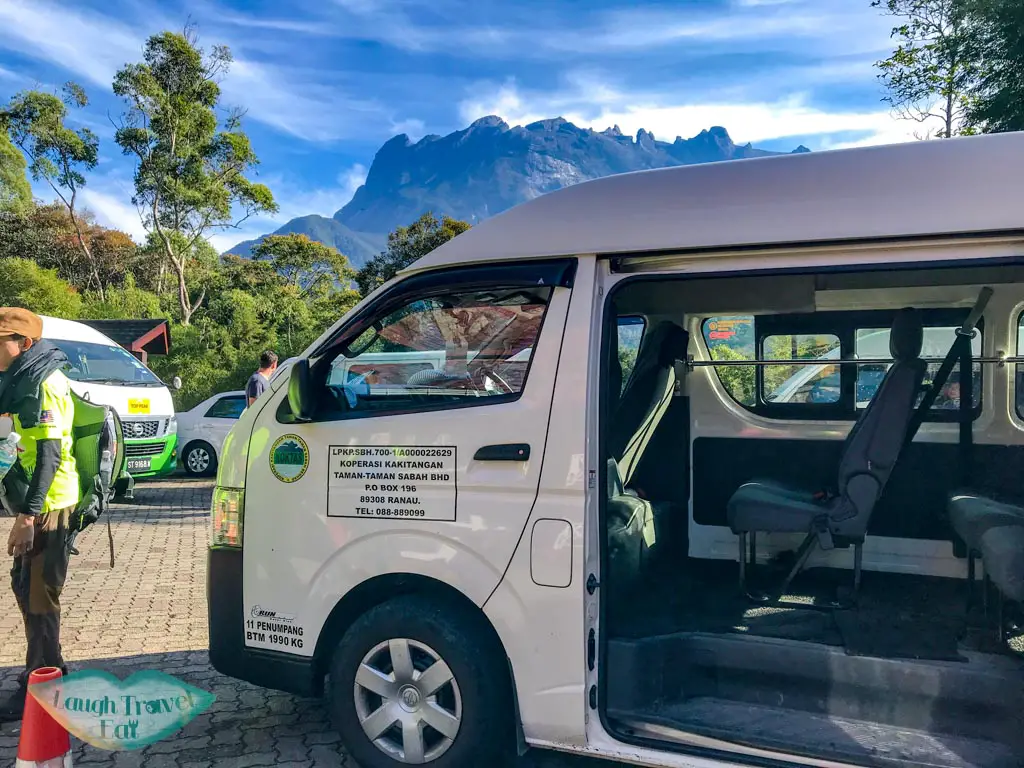
8:30: We got on the transport van and left for Timpohon Gate. The ride is about 10 minutes long and they depart as soon as the van is filled out. Most people leave for the gate around this time so we were on the way pretty quickly.
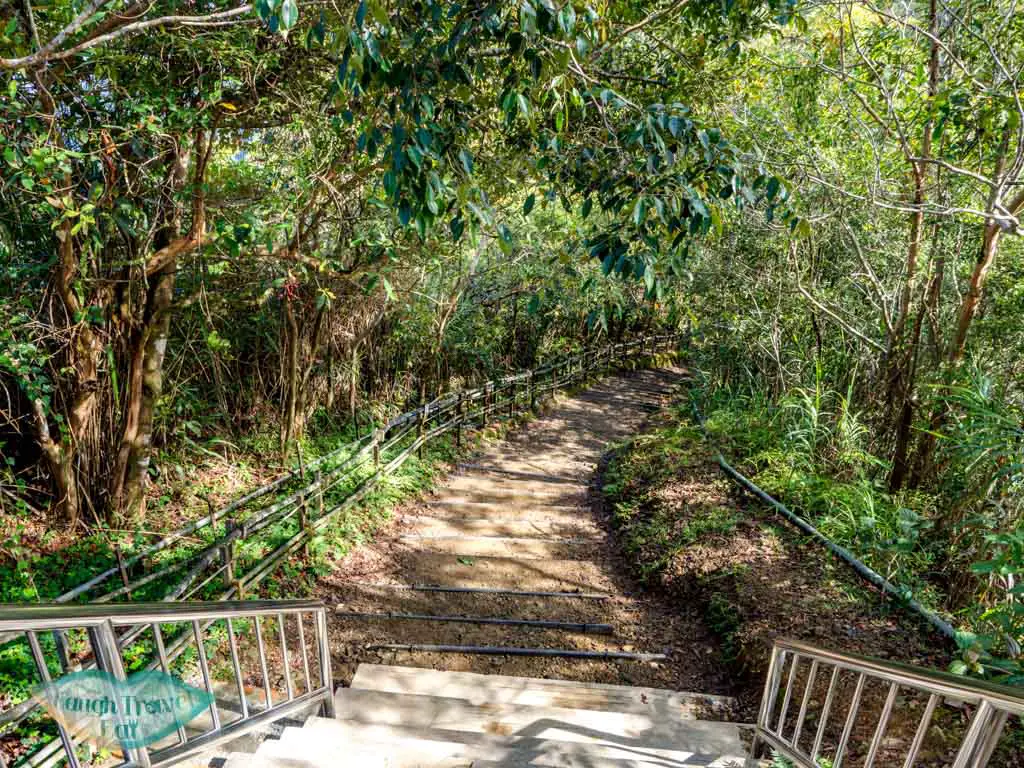
8:50: Once we registered in, there is a flight of stairs down to a small waterfall before the uphill ascend begins in earnest. The uphill trek is all through the jungles, with dirt path, wooden stairs, and dirt packed stairs interlaced with rocky outcrops and some flat path. Most of the flat path are in the first 2 km which is the easiest, although the hike basically consist of 90% stairs.
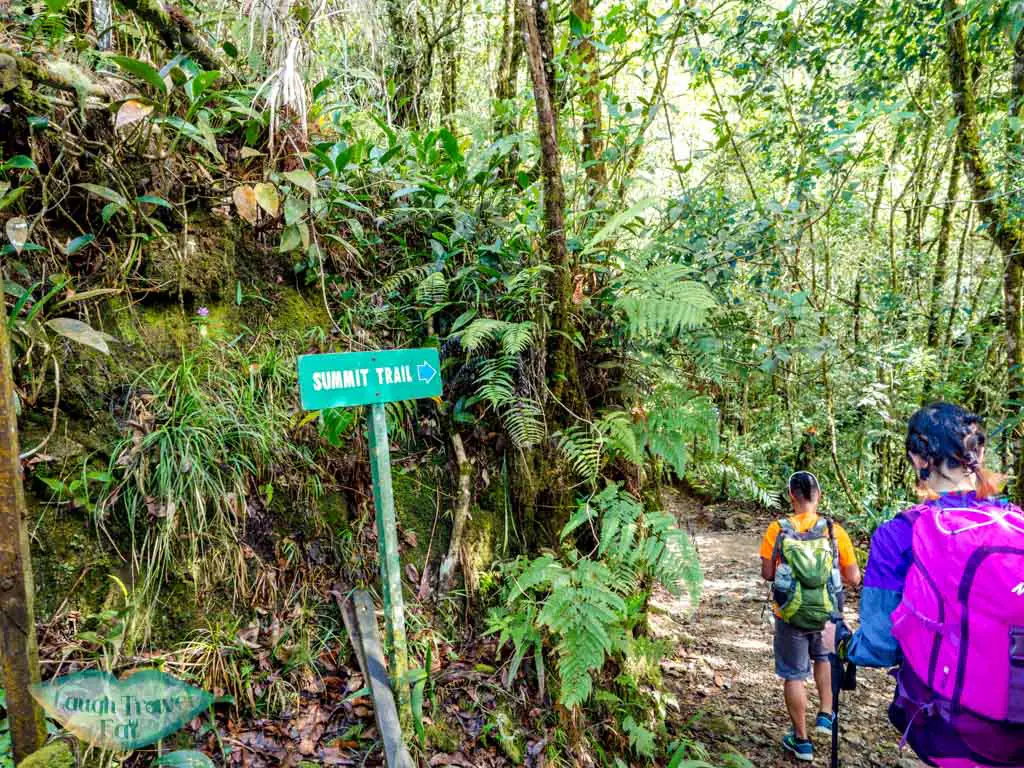
Every 500 m is marked and there are seven shelter on the way up to Panalaban Base Camp. here is a break down of our progress in terms of time:
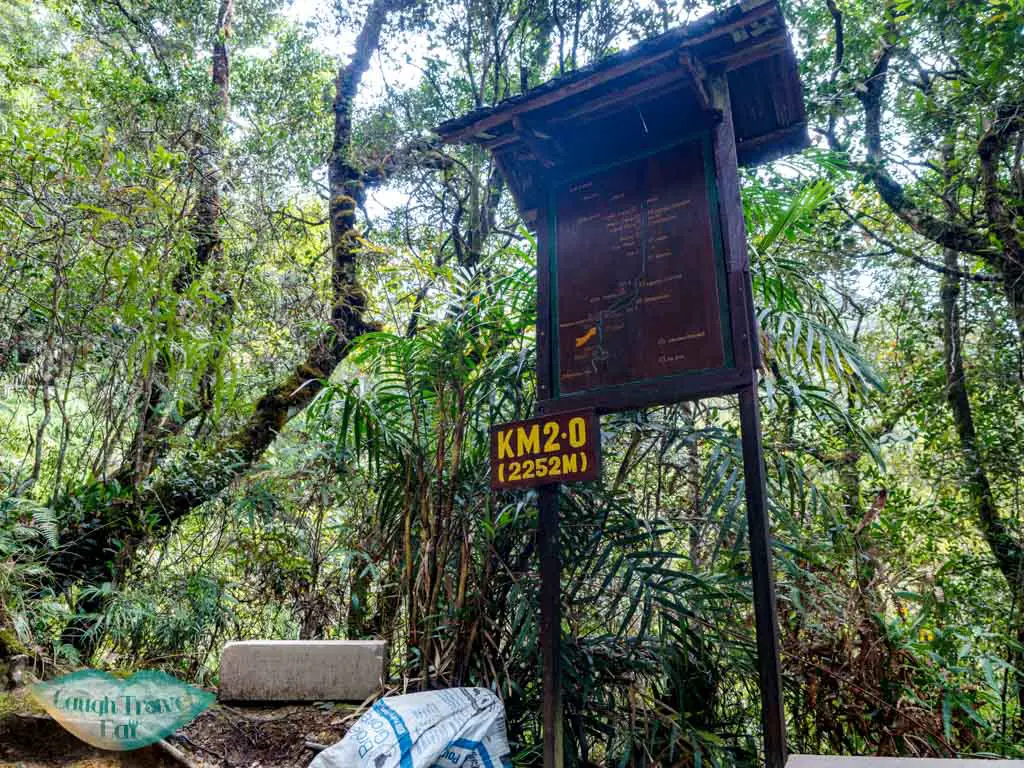
- 9:15 at the first hut Pondok Kandis, took a break and reached the 1km (2039m) market at 9:20
- 9:36 Pondok Ubah
- 9:50 1.5km (2165m)
- 10:04 2km (2252m)
- 10:29 2.5km (2350m)
- 10:48 3km (2455m)
- 11:24 3.5km (2634m)
- 11:42 at Layang Layang for lunch, left at 12:30
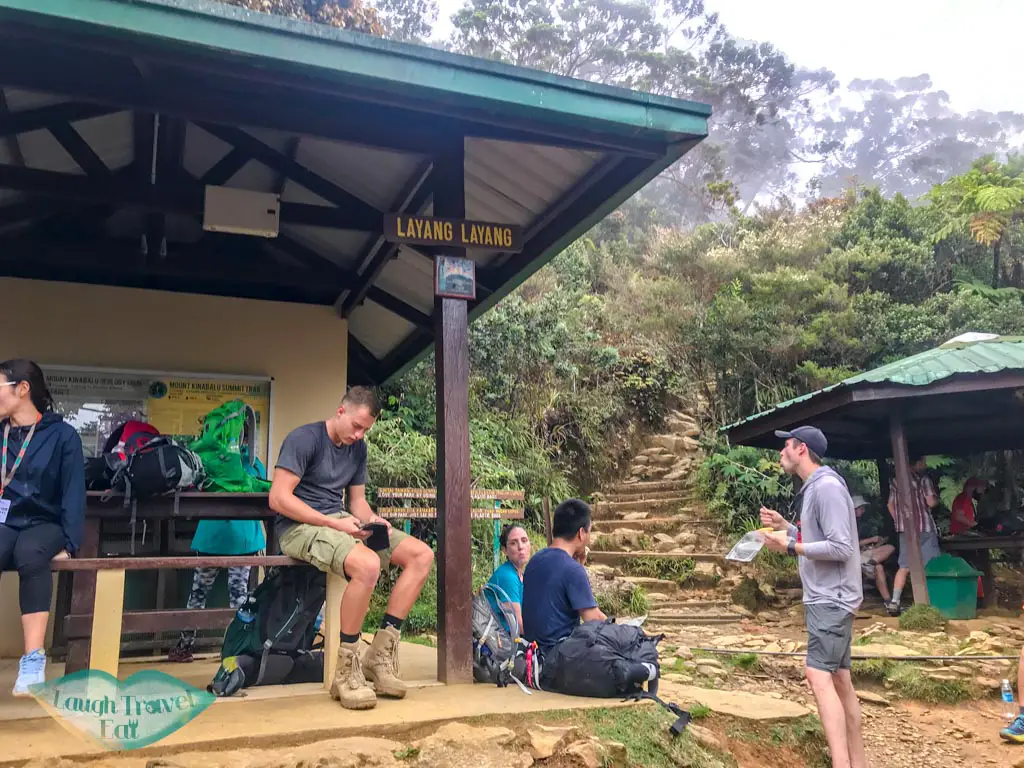
Almost everyone have lunch at Layang Layang, where there are two shelter for people to sit. It’s a rotating cast of hikers with people coming and going constantly, and since seatings are limited, people tend to stay around half an hour or so.
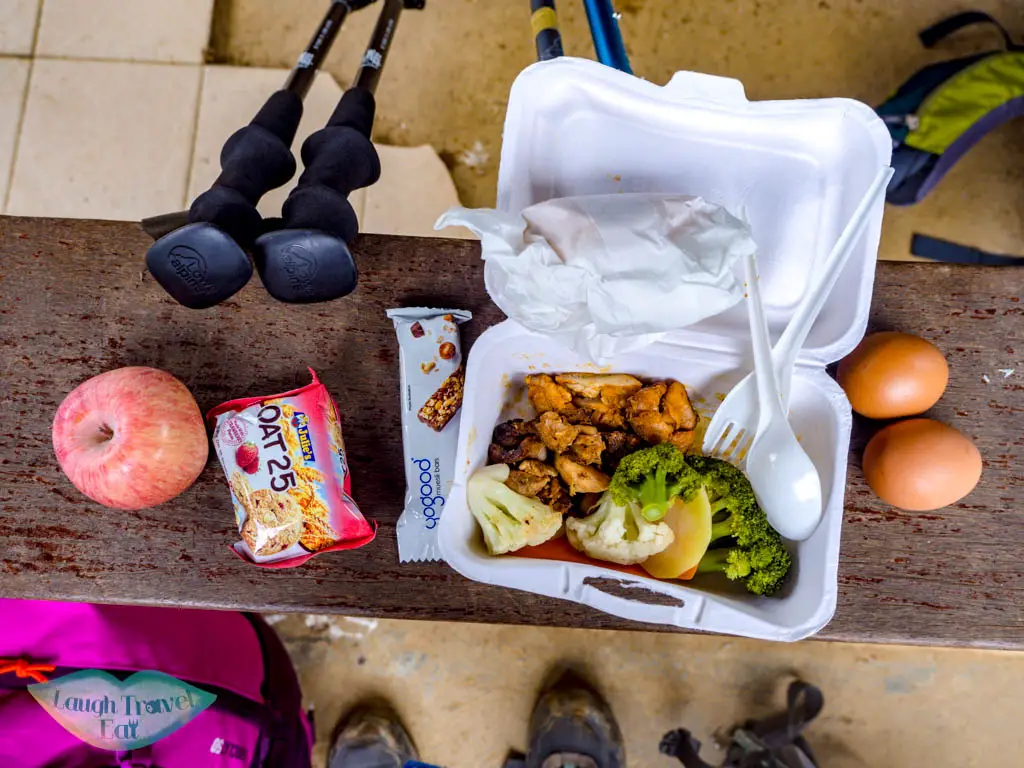
We were visited by the mountain squirrels again who are definitely very interested in our food!
- 1:01pm 4.5km (2898m)
- 1:36 at 5 km (3001m) and took an extended break at the hut – the trail is increasingly steep given the altitude, so unless you are in a hurry for Via Ferrata briefing, give yourself time to breath and rest.
- 1:59 at last hut Pondok Paka
- 2:40 reach the first hut (3230m)
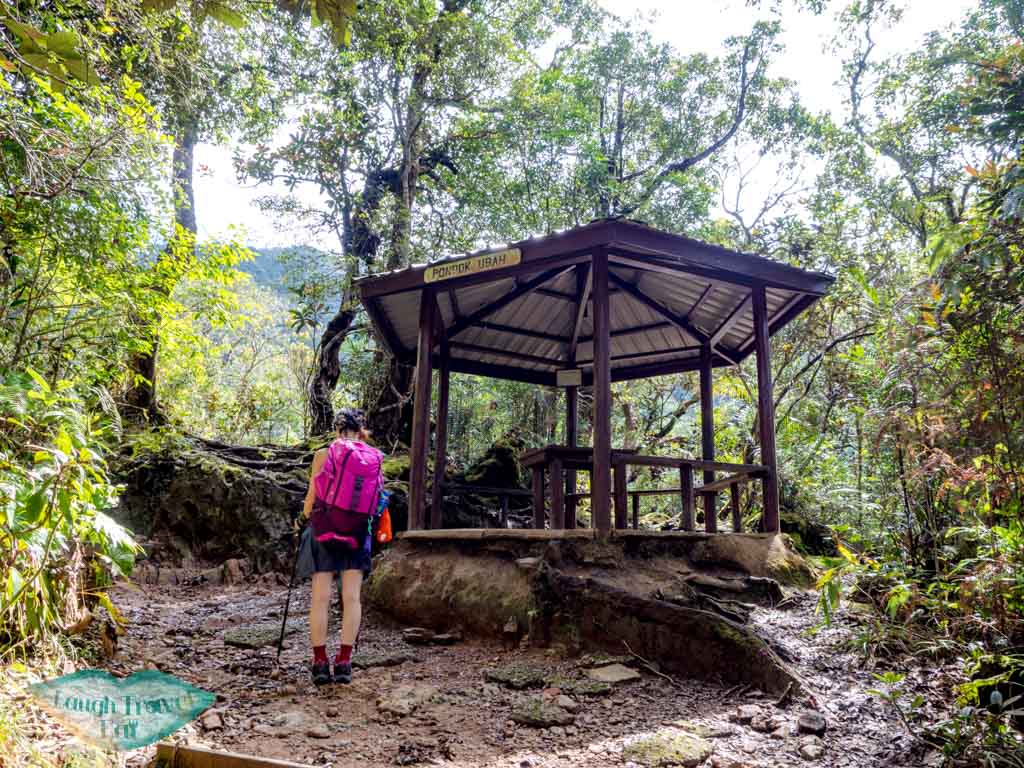
After we dropped off our stuff, we were taken to Pendant Hut to register in and wait for the Via Ferrata safety briefing. Most people who is going to do Via Ferrata stays in Pendant Hut, however, we didn’t – more accommodation breakdown below.
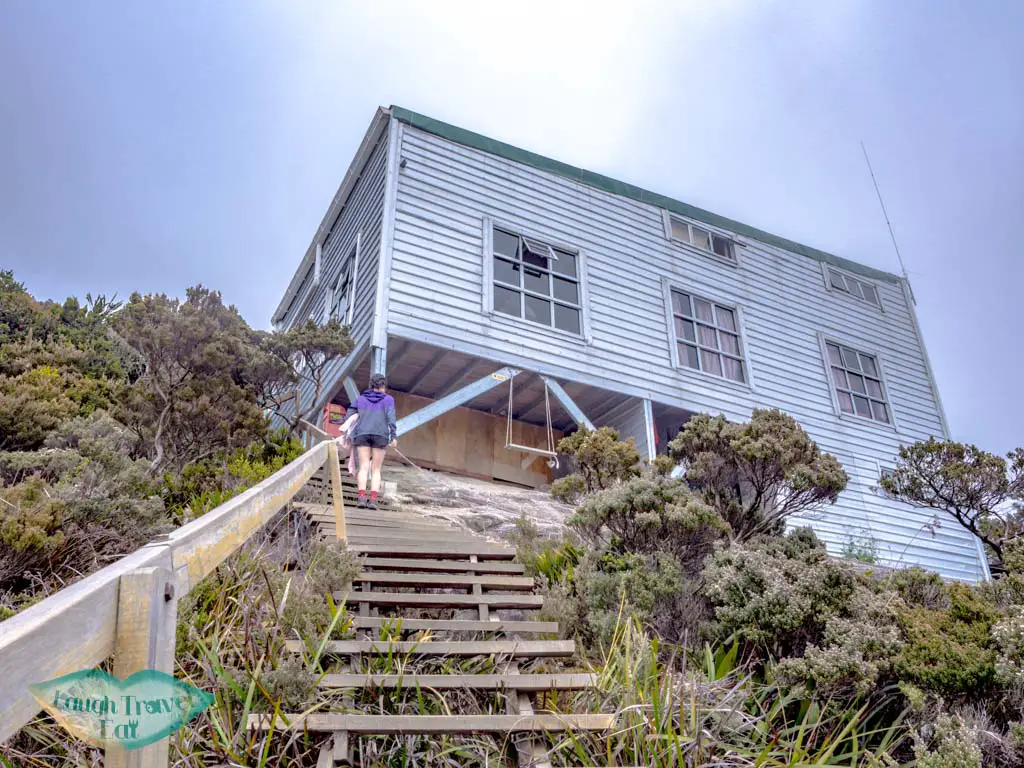
A lot of the other hikers were milling around the dining room area. Pendant Hut is the only hut left that offers free water refill, so definitely drink your fill! The safety demonstration, as mentioned before in Via Ferrata section, took an hour and a half in total. My suggestion is that you have dinner immediately afterwards as quickly as possible if you want to catch the sunset.
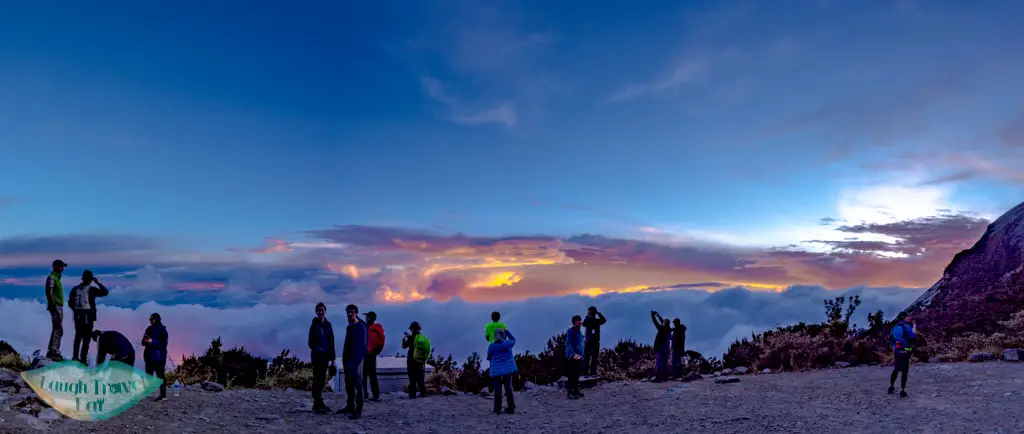
Dinner is served for all at the Panalaban main hut from 16:30 to 19:00. It is buffet style with an open kitchen, with most food being gone by 18:30! You’ll need to bring your tag to show and only a cup of hot water is given.
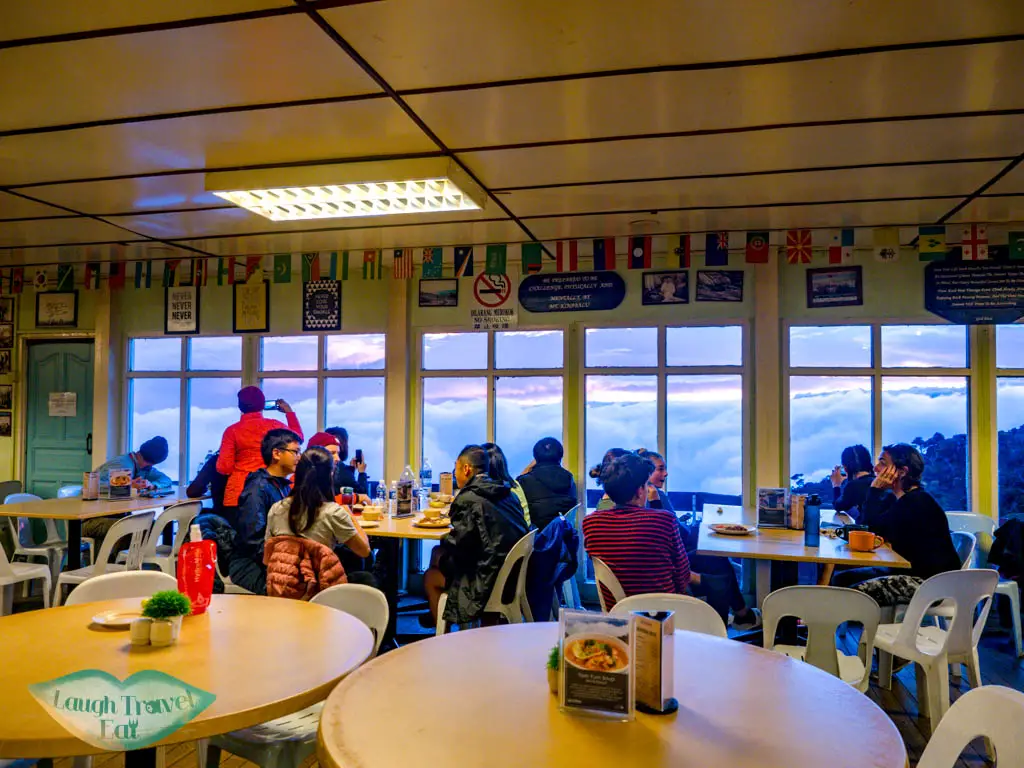
But there is also a snack shop across from the kitchen. If you are staying in Pendant Hut or further, bring a head torch if you are going to be there until sundown as it gets dark fast.
Hotel Mount Kinabalu
There are three main types of accommodation available on Mount Kinabalu in the Panalaban Base Camp. Aside from the Via Ferrata climbers who will most likely stay in Pendant Hut or the private room guests, allocation is random and dependent on arrival time unless you have booked a private room.
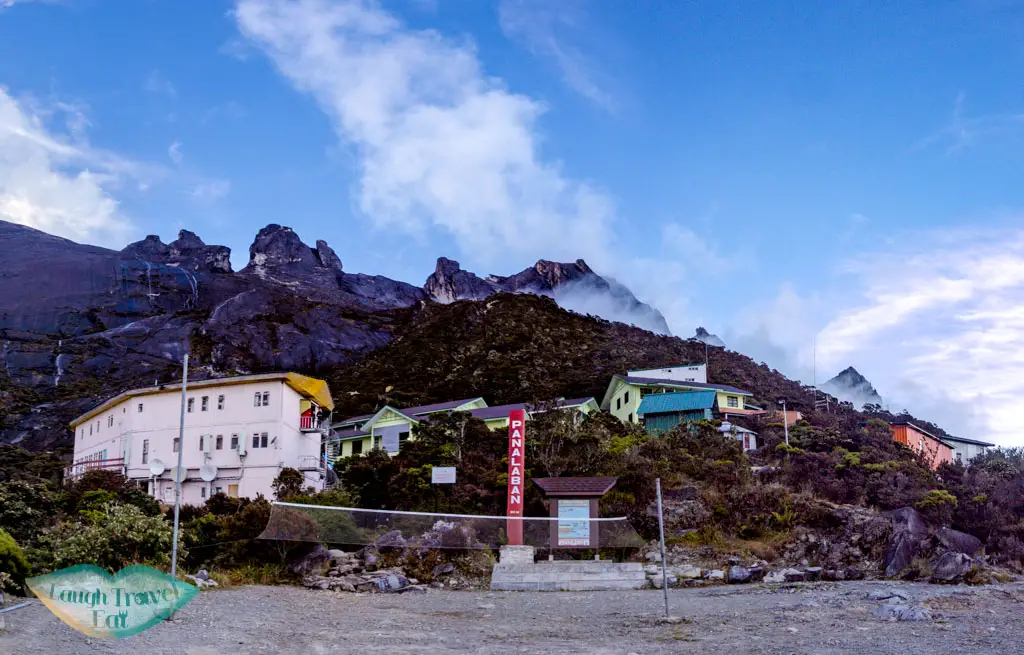
Shower is available for those who wants it, but remember to bring your own towel. During our trip it is said that the hot water supply is temperamental due to power supply issues, but many manage to take showers.
Laban Rata Resthouse
There is dormitory and private room above the restaurant in Laban Rata Resthouse. I didn’t see the inside of the rooms but there are photos on the official website.
Green huts between Laban Rata and Pendant Hut
I’m not sure about the name of the huts but there are a few of them between Laban Rata and Pendant Hut. We stayed in one of the room and was surprised at how spacious they are. Better yet, all the beds are single and there are even outlets for us to charge our devices!
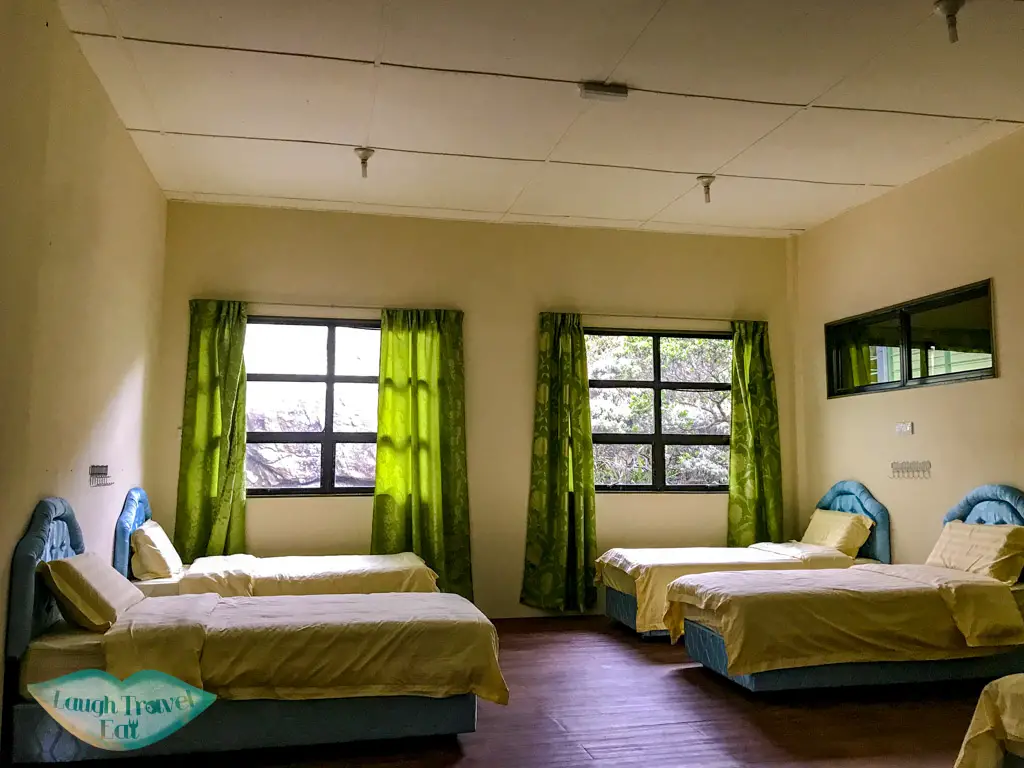
Each room has a shared bathroom with one shower cubicle, although from what I noticed none of the hikers in my room took one. It did get cold at night and I ended up putting on my fleece.
Pendant Hut
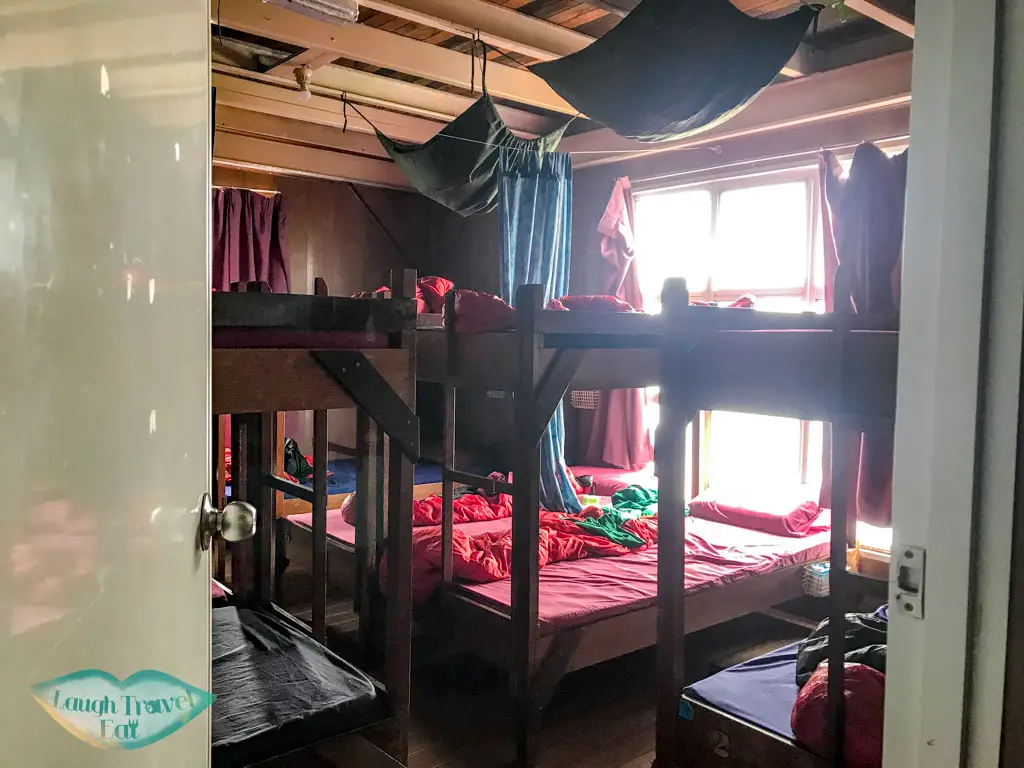
The highest accommodation at Panalaban, Pendant Hut is reserved for Via Ferrata hikers only. It is an eco friendly hut with solar panel and heaters and a shared bathroom and shower facilities. The dormitory here are more crowded with bunk beds and sleeping bags, and our friends who stayed there said that it got quite stuffy at night.
Mount Kinabalu Peak
The summit trek should be an as light as possible mission. Just bring head torch, gloves, waterproof jacket/poncho, tag, and water (1L min). I recommend packing your luggage before leaving as well so the staff can retrieve them if you are late or you can just take it and go. The average time for summit ascent is 2-4 hours
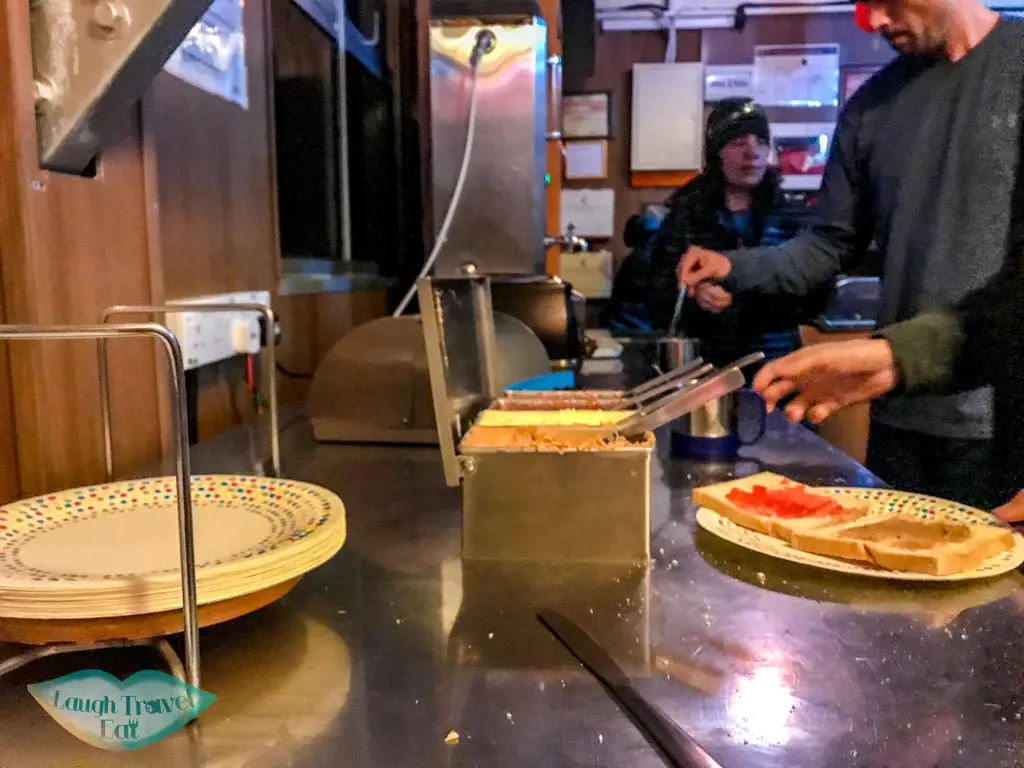
We woke up at 1:15 to get ready and head up to Pendant Hut to have breakfast since we are also doing Via Ferrata. There is one provided by the main restaurant too but it only starts at 2am, whereas the Pendant Hut serves by 1:45 and is en route up!
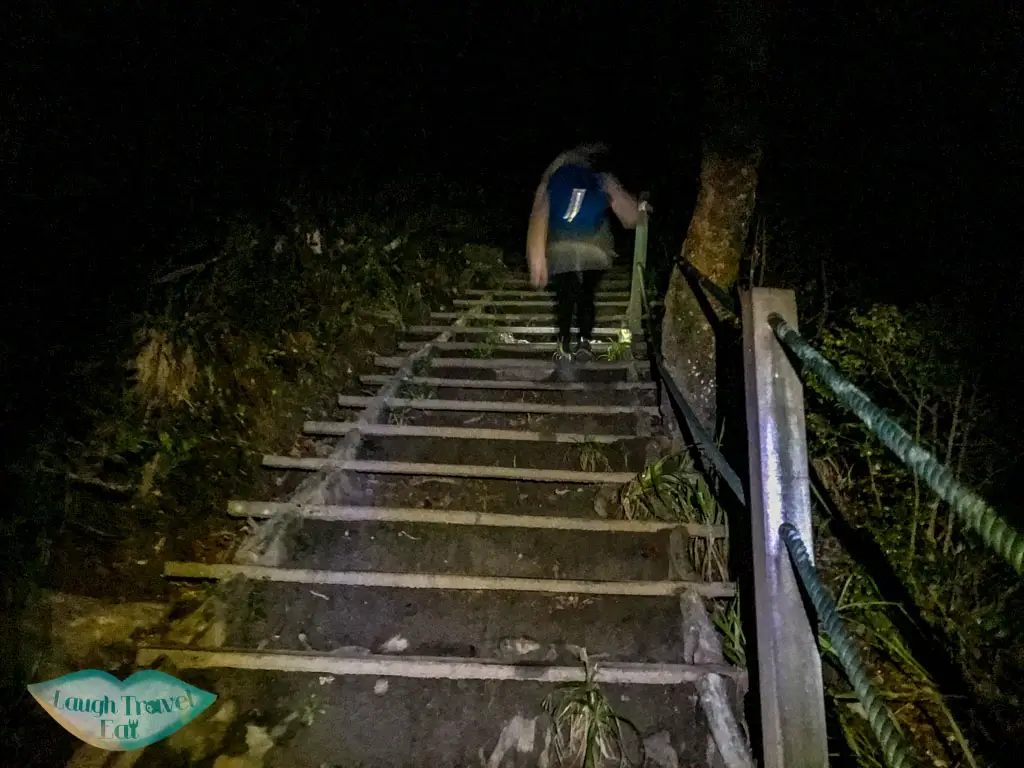
2:30 start off – our guide picked us up at Pendant Hut and we set off to climb the summit. The path to go up to the summit is accessed via the gate right at the front of Pendant Hut. The first 700m is still in the jungle, similar to the route previously.
It was pitch black so everyone had to use their head torch. I initially wore my fleece but took it off quickly since there was a lot of stairs. The trick, if you are tired, is to stick to the side and hold on to the rope or the railing.
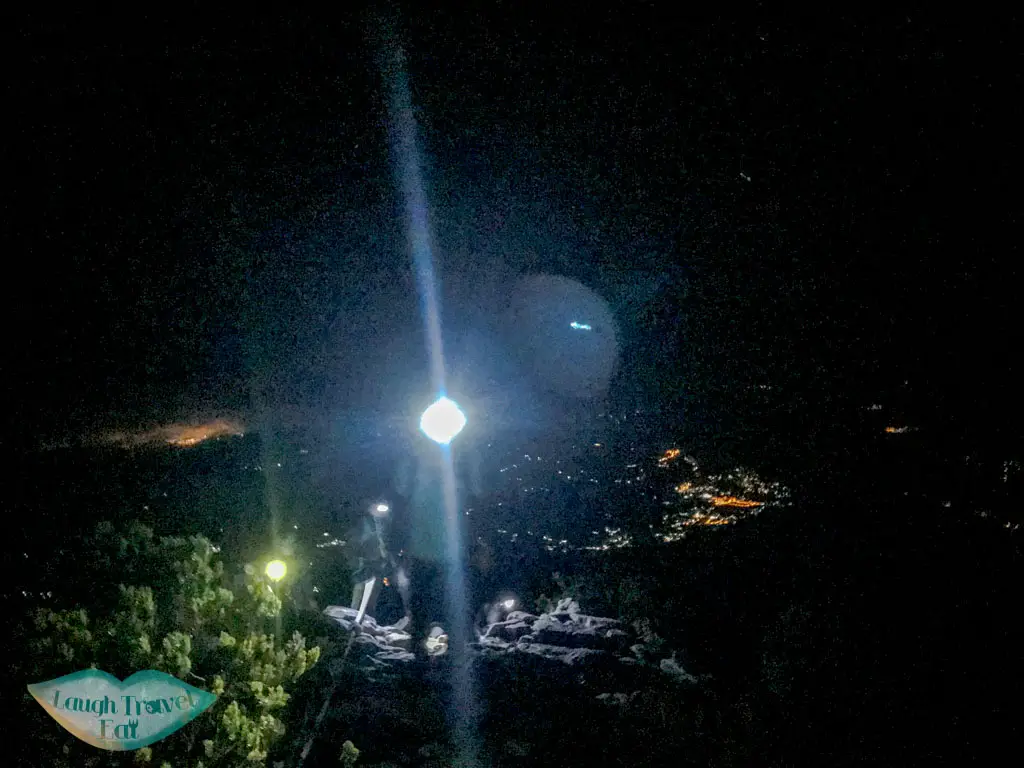
Before the last checkpoint was reach, the trail became rocky and there is a section where we needed use the rope provided to get ourselves up. So keep your gloves handy and take a break by the side if needed.
3:49 at the last checkpoint

We reached the last checkpoint Sayat Sayat that is the gate keeper to the summit. Your tag will be checked here and before it is also the highest toilet in SE Asia. If you arrive after 5:30 you won’t be allowed up there – since it means you are too slow to complete the summit trek and get down to Timpohon Gate on the same day.
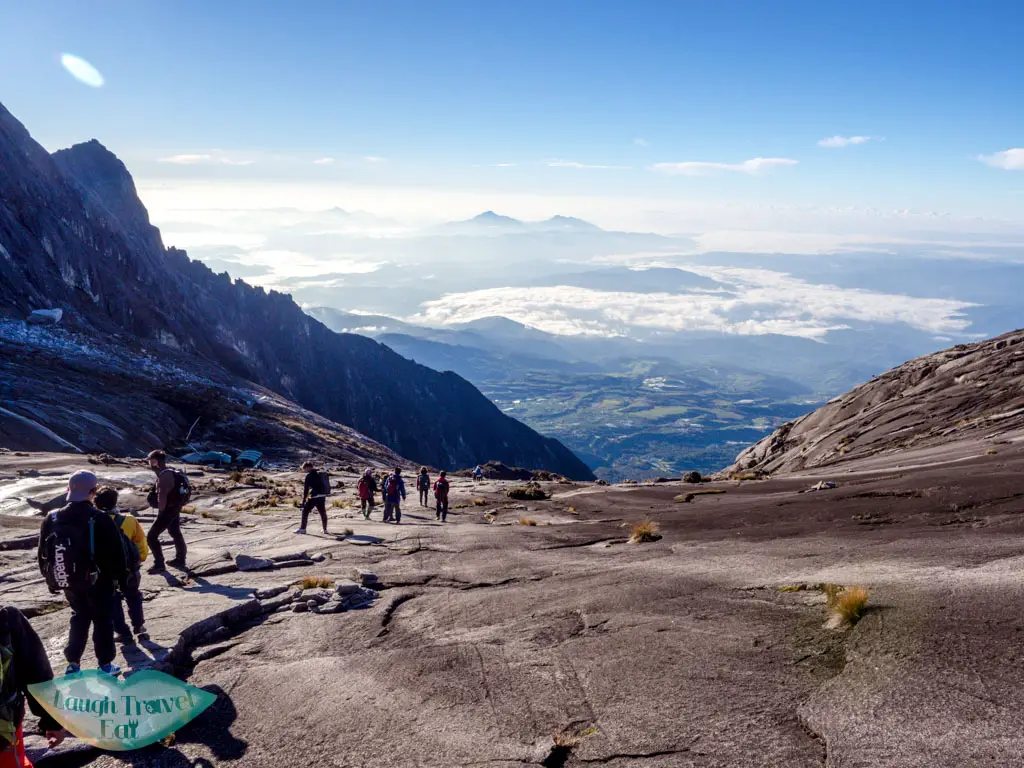
The trail has becomes less steep afterwards with a continual incline up. Stick close to the white ropes that mark the main trail. The last few km markets are a scattering of wooden signs and a plauqe on the floor, here are some timings:
- 4:49am 8km (3929m)
- 5:19 am 8.5km (4008m)
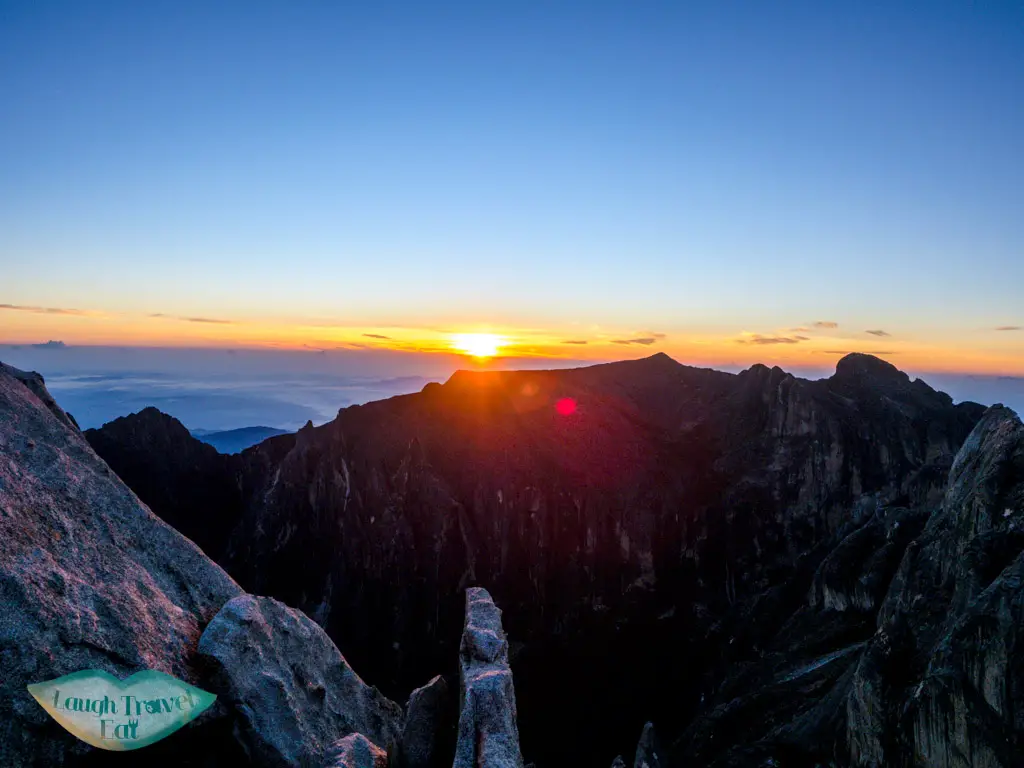
The sunrise usually happens around 6:15, but it’s best to arrive up by 5:30 to catch the predawn colours. Our guide led us straight to the top of Low’s Peak so we can take a photo with the sign that declare we are at the highest point.
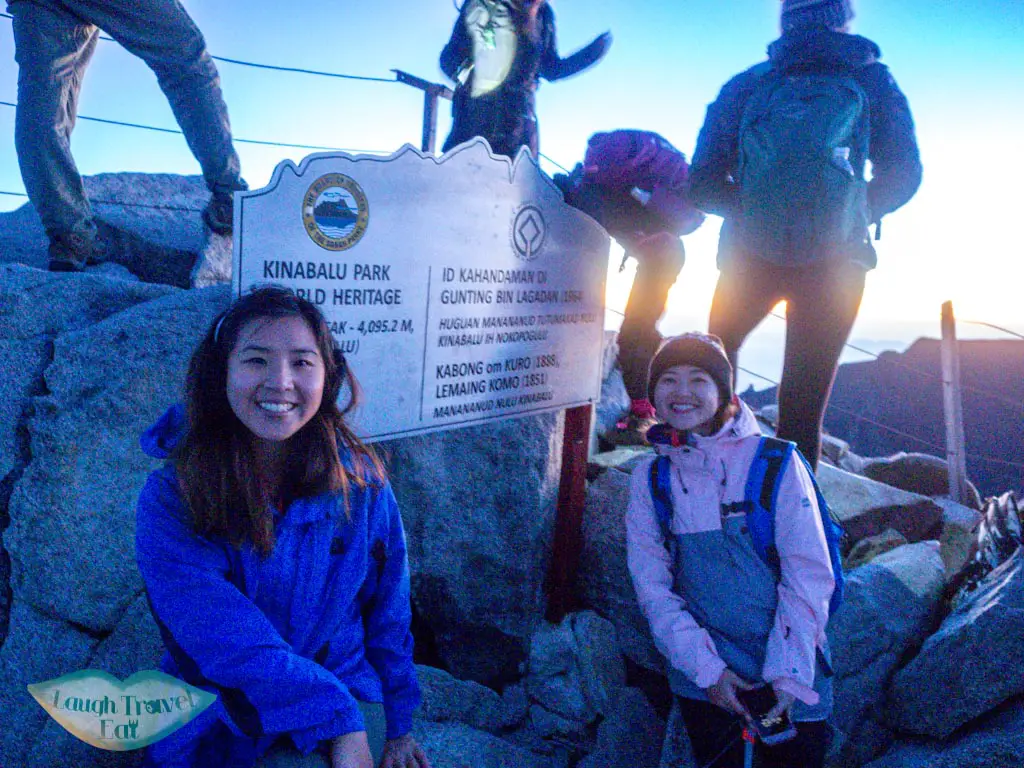
This last section is almost like rock climbing at that point so be careful. Most people are gathered around the cable fence that lined the incline up to catch the sunrise. I managed to snag a spot and set up my GoPro for a timelapse and photo. But be warned that it is crowded!
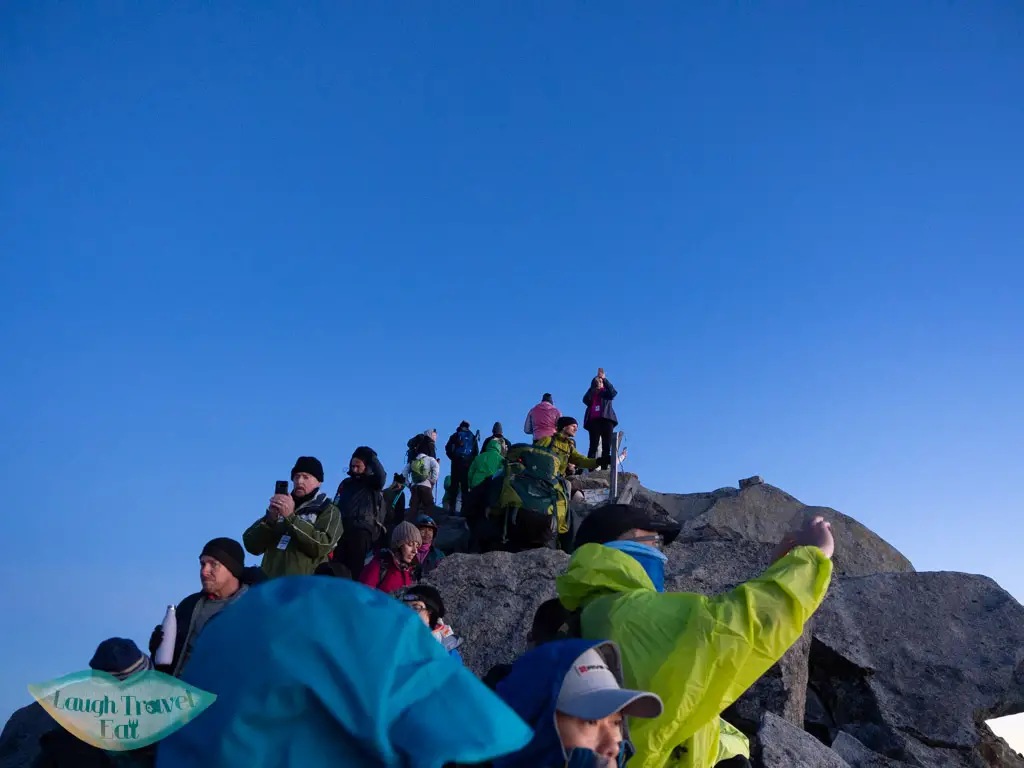
Since we needed to make it to Sayat Sayat for our Via Ferrata experience, we started going back down at 6:30. Going down is a lot faster but do keep close to the white rope.
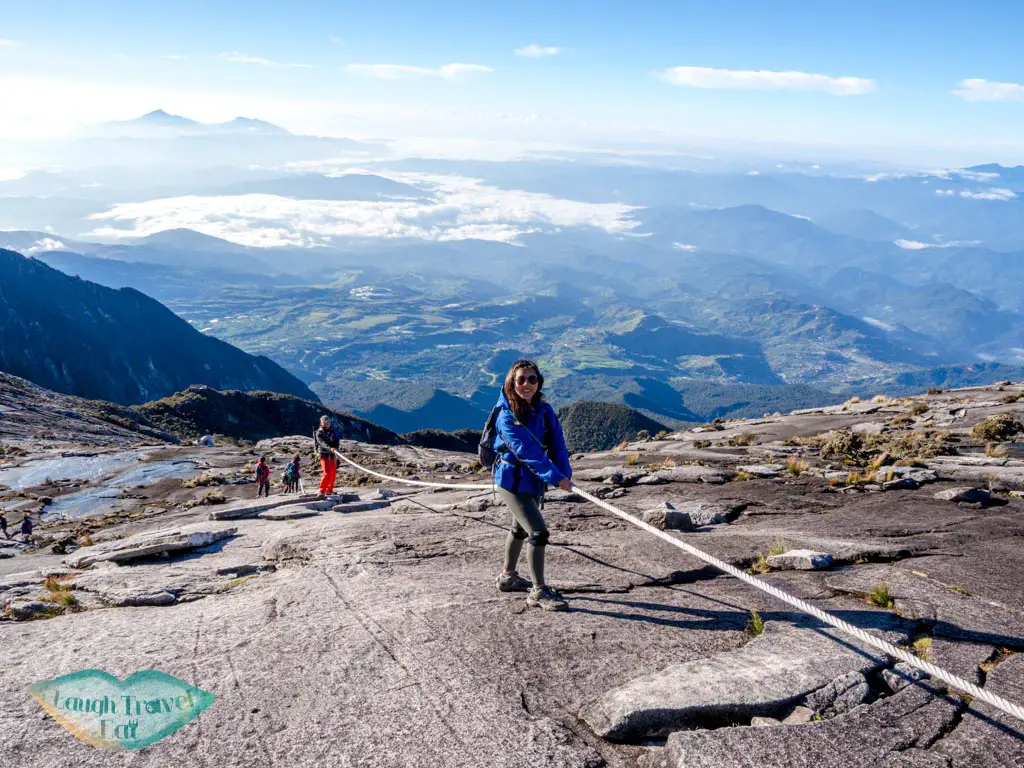
We were back at 8km at 6:51 and reached checkpoint at 7:19.
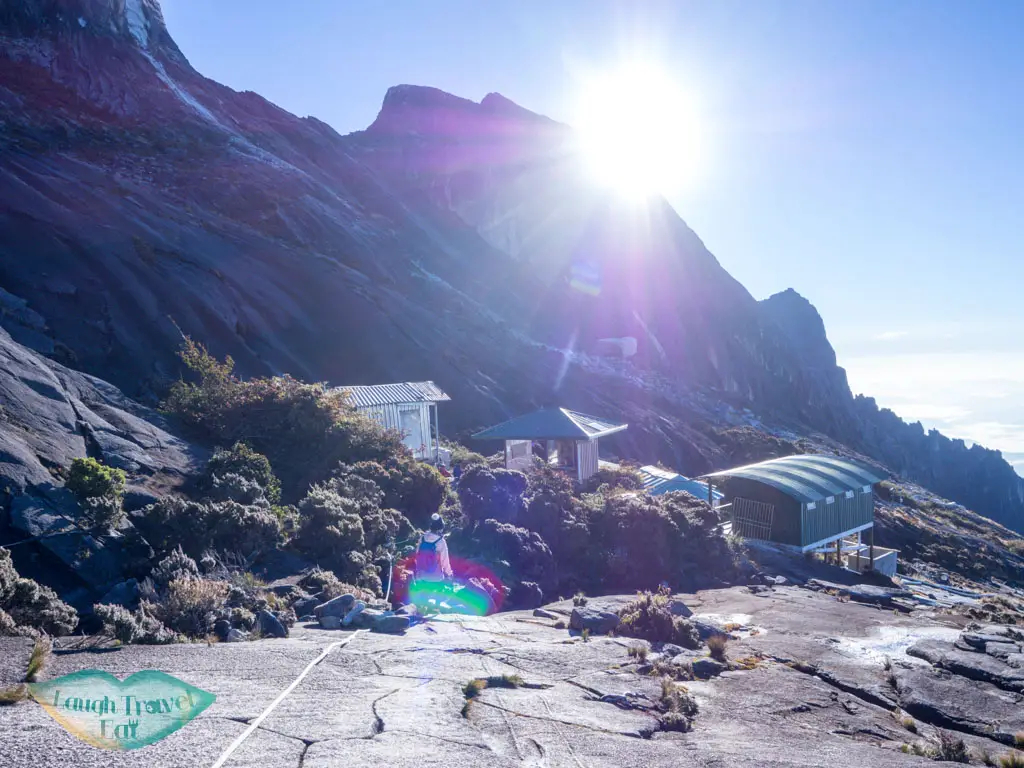
The first group departed at 7:30 with their harnesses on, however, as I talked about in the Via Ferrata section, the rest of the three groups didn’t start going down until 7:50.
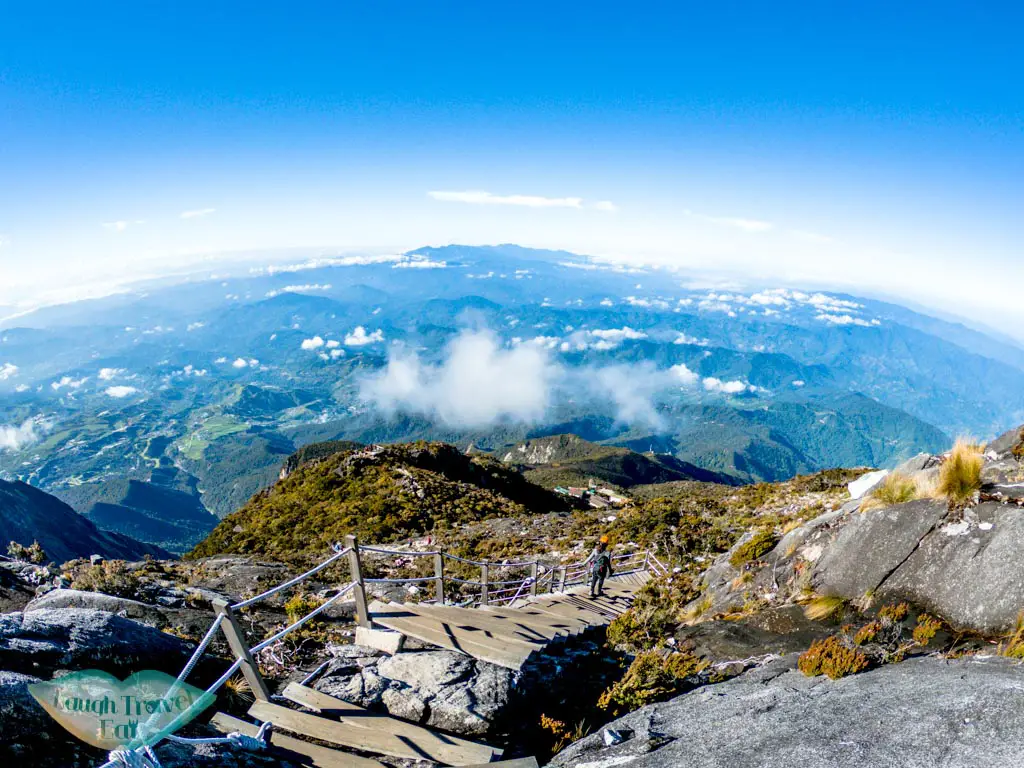
One of the member had problem going down so we didn’t reached the starting point at 8:30. And since we were put in the last group, we waited until 8:50 to start and didn’t finish until 11:03.
Descend to Timpohon Gate
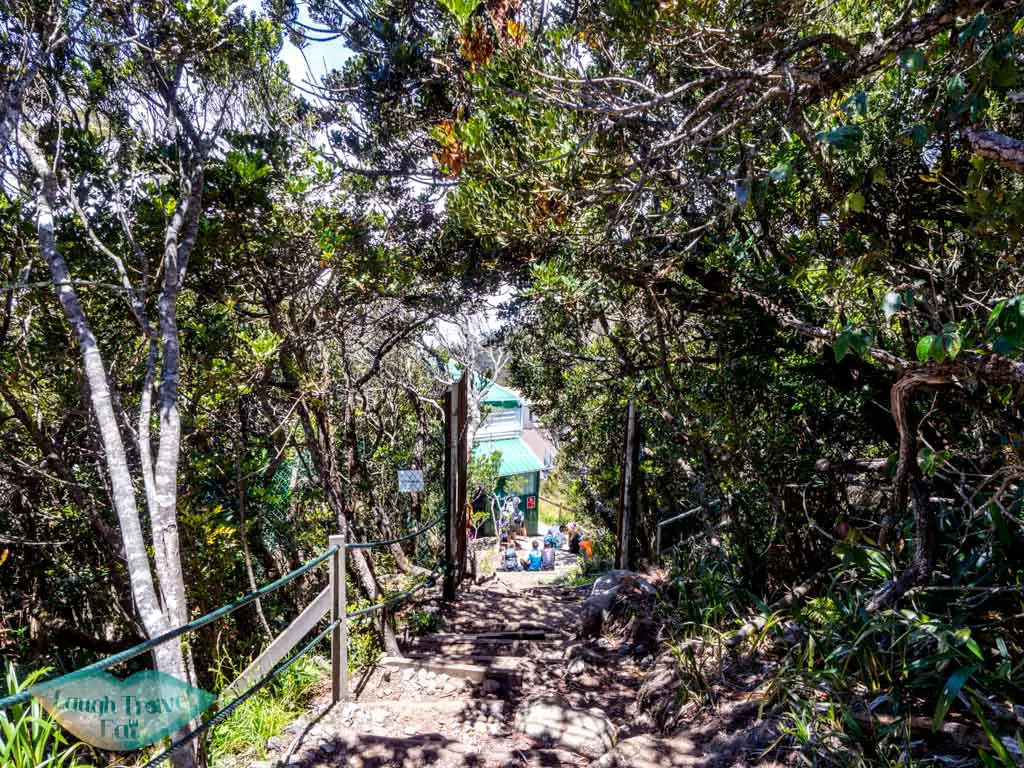
Breakfast at the main restaurant ends at 10:30 so we went to Pendant Hut for our second breakfast. We got back to the hut at 11:45, had food, packed up, then left at 12:50. From there, I was basically on autopilot from exhaustion – both physically and mentally!
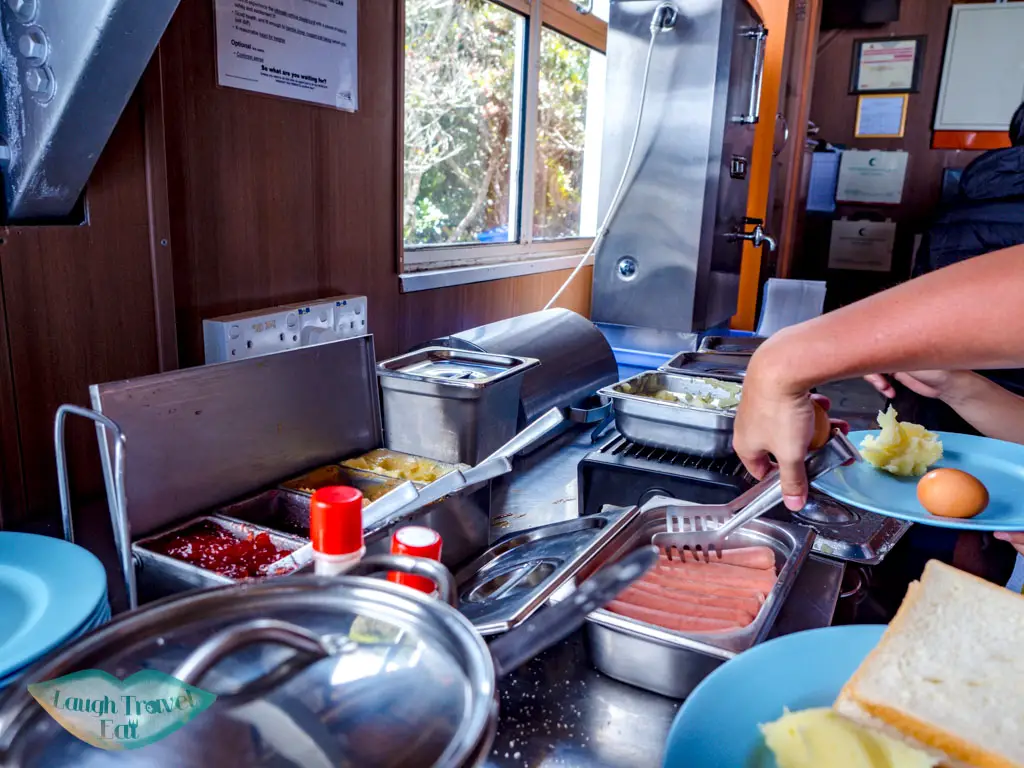
- 13:25 first hut
- 13:48 Pondok Villosa
- 14:41 Layang Layang
- 14:56 3.5km
- 15:35 2.5km
- 16:06 Pondok Ubah
- 16:20 another hut
- 16:39 0.5km
- 16:55 finished
I returned my hiking poles at Tompohon Gate and we walked to the road and wait for transfer back to Kinabalu Park. Our tour helped us collect the certificates and since it was already after 5pm, we retrieved our luggage and head back down to Kota Kinabalu!

Hi, my name is Nam. I am 24 and spent half my life in Hong Kong and the other half in UK. I believe there's endless experience and beauty in the world and this is me chronicling how to experience the best at the best price.
10 thoughts on “ Climbing Mount Kinabalu: a comprehensive guide ”
Wow, this is really detailed and useful post. It definitely looks like the kind of adventure I must do when in Asia again! Thanks for sharing!
It is! I honestly thought I won’t make it to the top but once I saw the sunrise it was all worth it!
Beautiful post Nam! I have heard that climb is tough, still want to try to it one day too though! We have been to Peninsular Malaysia but not Borneo yet, definitely will in the future. Thanks for the great info.
It’s definitely worth doing! I think it’s much easier without Via Ferrata, since we were mostly exhausted due to the intensity of day 2!
Wow, what a comprehensive guide! My friend just summited Kinabalu the other day, and I have been inspired to put it on my list, so this will be suuuuper helpful for when I do! Lovely pictures as well 🙂
Well done! What an epic experience. It looks like you all had a blast!
I reeeeeally wanted to do this when we stayed in KK. None of my friends fancied it, so we ended up going white water rafting and island hopping instead…but it has been calling me ever since!
It sounds like some of the Ferrata was a little frustrating for your group, but this sounds amaaaazing to me too!!
This is an impressive, massive guide. Even reading through it made me sweat Bookmarked and now definitely on my Asia to do list.
That is a huge elevation gain! Congrats to you for completing! And what STUNNING photos! I’d never heard of this hike before reading your posts but wow- so beautiful! Thanks for teaching me something new and adding a new place to my bucket list!
Wow this is super detailed, great job!
Syabas Congrats on very2 fantastic guide n best view photos. M a local Sabahan. Up Mt K is a once in a lifetime event which I did in younger days like u say d Sunrise makes all efforts worthwhile BUT going down is never ending trek…autopilot! Try again after pandemic as a challenge All d best. Happy 2021
Leave a Reply Cancel reply
Your email address will not be published. Required fields are marked *
Ad Blocker Detected!
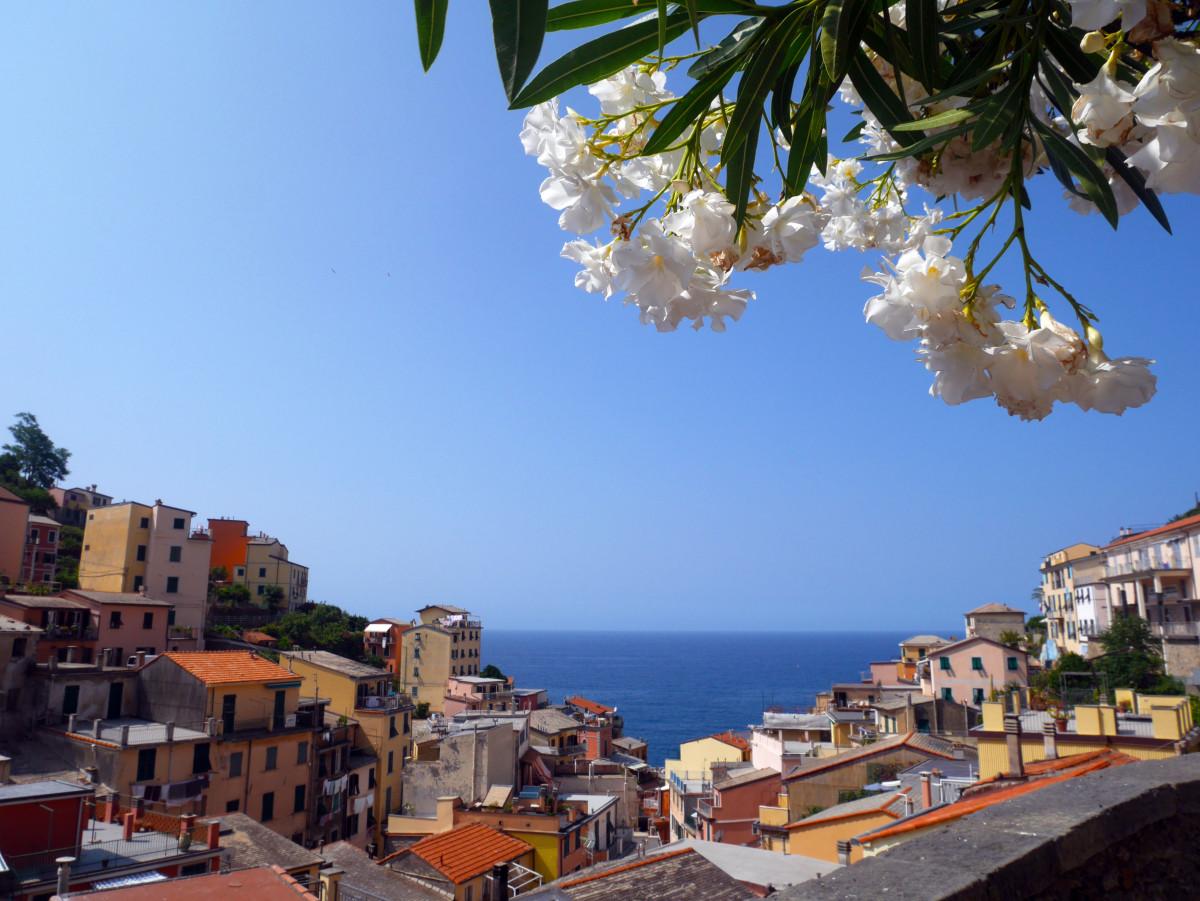
- Destinations
- Travel Tips
- Travel With Us
- Paid Travel Internship
- TTIFridays (Community Events)
- SG Travel Insider (Telegram Grp)

Mount Kinabalu Guide: Climbing one of South East Asia’s toughest mountains
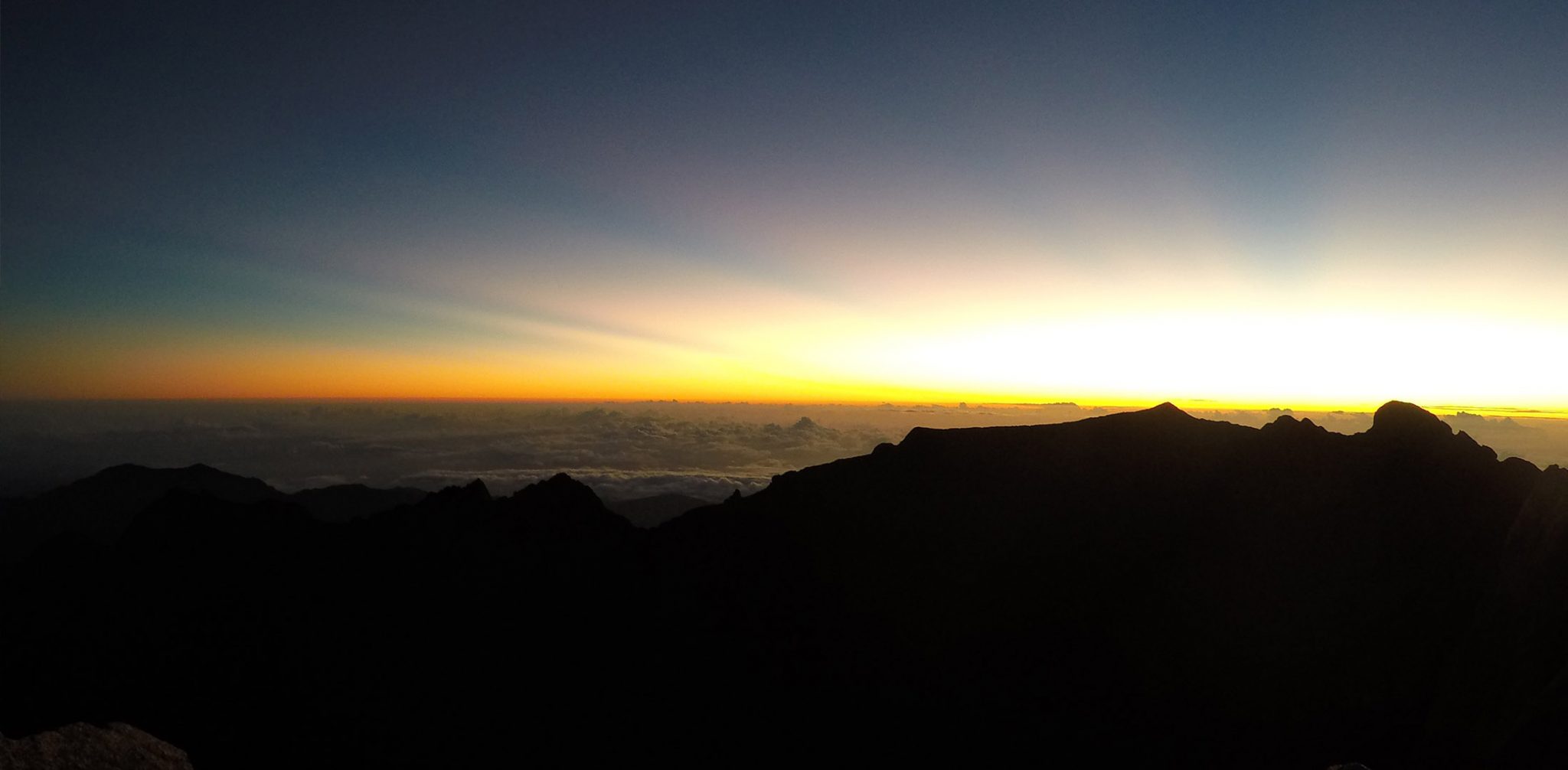
Scaling at a height of 4,096 metres above sea level, Mount Kinabalu is the highest mountain in the Malay Archipelago. It is one of the hardest mountains to climb in Southeast Asia and typically requires a two-day climb to reach the summit.
#Fact: I have never climbed a mountain before.
Climbing Mount Kinabalu was one of the items on my bucket list — but I was not prepared to strike it off at the feebly age of 20. I envisioned myself climbing it in my mid-twenties, having trained and hiked lower mountains in preparation for this iconic climb.
With zero mountain climbing experience and only average fitness, I honestly thought I was going to fall out half way. However, having a passionate friend who was edging me to complete this goal we both had, it was difficult to say no and my “just do it” mentality paid off.
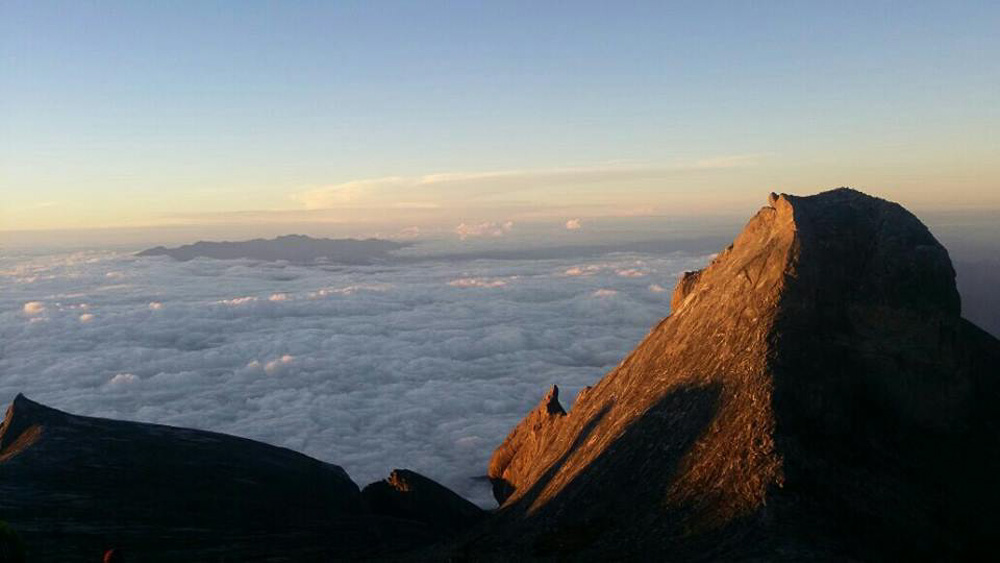
Preparing For Mount Kinabalu
With a backpack filled with a two litre water bag, mountain shoes, hiking gloves, a parka, and many energy bars, we set off to Kota Kinabalu. We hopped on a bus to a guest house near the Kinabalu National Park’s headquarter and stayed at the Kinabalu Mountain Lodge which was cheap and offered a scenic view of the mountain and fauna.
Upon reaching the guesthouse, we went straight to the headquarters to confirm our booking. Instead of booking from a tour agency, my friend and I managed to save a substantial sum by booking straight from the headquarter through Sutera Sanctuary Lodges .
Day One: Climbing The Mesilau Trail
We took a taxi down to the headquarters before we were shuttled off to the entrance for the Mesilau Trail. The Mesilau Trail is the more challenging trail; with an extra 1.5km and muddier terrain, it offers a more scenic view compared to the alternative Timpohon trail. There are more fauna for the nature lovers to view, more streams for the adventurous to cross, and rocks and boulders jumbled among tangled tree roots.
Update: Due to the earthquake in 2015, the Mesilau trail is now closed. Climbers can only pick the Timpohan trail to climb Mount Kinabalu.
We were very excited initially, racing each other to see who would reach the stop point first. However, the outburst of energy proved unsustainable when we realised we were sweating and panting after hiking only 1km. Our guide noticed our tiredness and told us to pace ourselves to last longer. The guide had the impression that we were pretty fast climbers, but after seeing our exhausted faces at the first check point, he knew that we were merely putting on an athletic front.
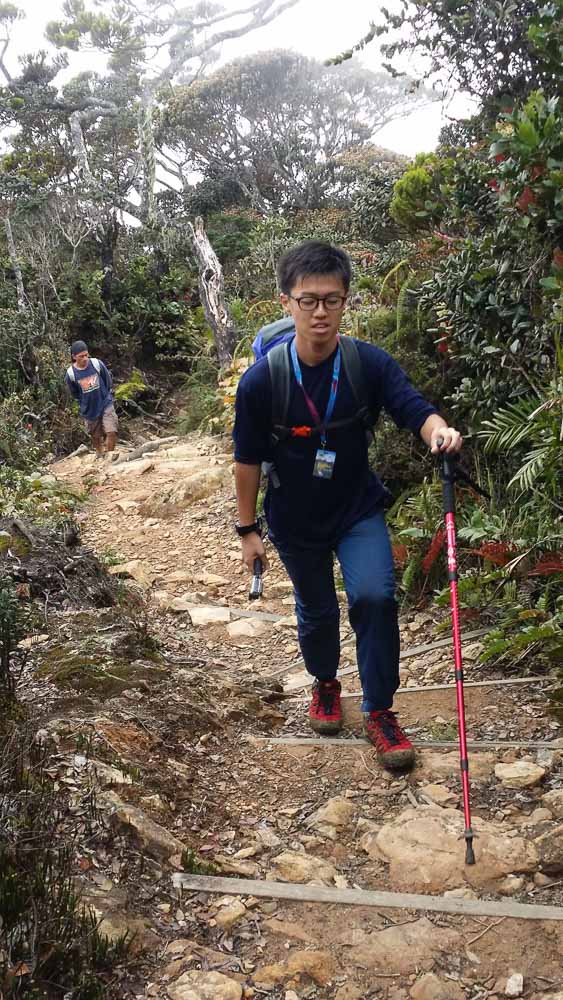
So we proceeded at our own steady pace; my friend and I separated at times. I got a walking stick from the headquarter which was really helpful for stability. As climbing Mount Kinabalu was really an individual effort which requires one to pace oneself, I was pretty much on my own with my friend occasionally catching up with me. We would sometimes meet at the shelters to eat our bananas and energy bars and push each other on. Be careful though, there are many squirrels at the shelters waiting to get fed; keep your food and belongings close to you if you don’t want them to rummage your items.
I was overcome with a desire to be one of the faster climbers to reach the resting point.
After we finished the arduous 5.5km Mesilau Trail, we joined the rest of the climbers who took on the Timpohan Trail. Now, everyone would go onto the same route to reach the guest house. By then, I was exhausted; but surprisingly, the will to go on was burning strong knowing that I was near the guest house and I had completed a more difficult trail. I felt a sense of pride knowing I had put in more effort, and I was overcome with a desire to be one of the faster climbers to reach the resting point.
The trail up is dreary; one only sees boulders after boulders, ascending steps without any scenic view to spur one on. The rocky steps were also distant and not advantageous for the legs.
Finally, we reached the guest house at around 4pm. By then, our legs were so sore and tired we had no idea how we were going to continue climbing the next day. We heaved a huge sigh of relief, and all we could think about was the savoury buffet and lying on the hostel beds.
We were thankful that we both made it to the guesthouse after a 7.5km climb. One thing that really helped us a lot was reminding ourselves to hydrate and eat. This really kept our exhaustion away and our energy level high. I drank about 6 litres of water on the way up — the hydration is worth the extra weight on your backpack.
Sutera Sanctuary Lodges
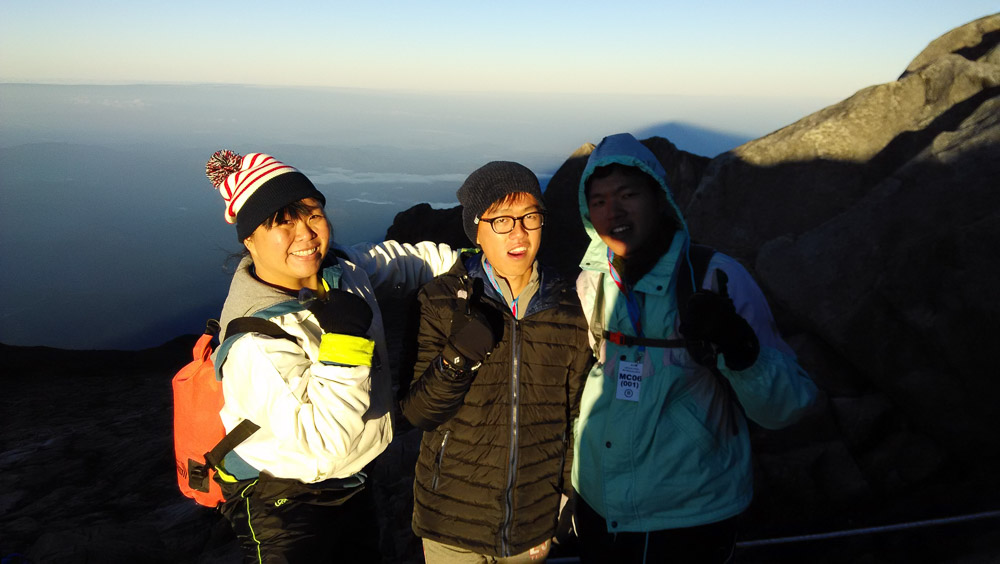
We had a simple buffet; enough to satisfy our hunger. The beds were decent, and toilets were what you expect of a standard hostel. At the guest house, you will meet professional hikers, travellers and beginners like myself. It was heartening to know we were all in this together; the atmosphere comforting yet tense at the same time. We were all told to sleep at 9pm so that we could wake up for the last part of the hike at 2am, where we had to use our torchlights to navigate and put on jackets to brave the cold.
Day Two: Catching the sunrise at the summit
When the alarm rang and we walked out to the common lounge, our bodies shivered and the cold got to all of us. I wore a t-shirt, sweater and parka to keep warm. The early morning was misty and the steps were slippery. It got more difficult to climb and there were people stopping halfway, which was really disheartening. Many a times fellow hikers tried to encourage one another to continue, but not everyone was able to.
The most reassuring moment was seeing a Japanese elderly couple climbing Mount Kinabalu together. It was hard to fathom why they were doing this, and how they had the energy to keep up. I was not able to talk to them due to language barriers, but seeing their positive faces and their will to go on, I was moved and inspired to finish the climb. If they could go on at that age, then I had no excuse to give up.
After countless slippery steps up a rainforest, we were near the summit of Mount Kinabalu. We have to now ascend huge boulders and climb with ropes or with our hands – almost ascending vertically sometimes. Often we would reach out our hands to support the person behind us, check on fellow hikers, and utter encouragements to one another along the way.
Although the climb got more challenging, it was still very safe. There were demarcations to mark zones that were off-limits and the path was clear. At this point, all of us got more exhausted easily and we would take more breaks. We laid on the mountain and looked at the starry night, which was a huge motivation to keep pushing on.
To The Summit
Upon reaching the summit, we were thrilled. There were a lot of rocks and stones to manoeuvre across, but that did not stop us from speeding up to make it in time for the sunrise. The mood now was one of exhilaration and eagerness; the goal of completing Mount Kinabalu was so close that we were not ready to stop then.
At The Summit
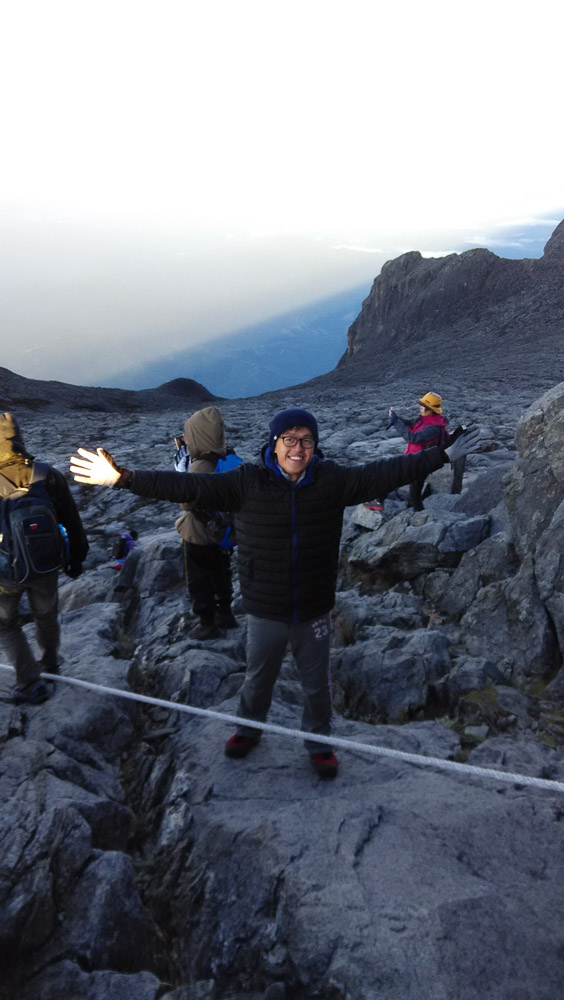
And… we managed to reach the summit about an hour before the sunrise!
We sat on top and marvelled at the magnificent view – clouds laid at the bottom of our feet; our heads high up in the sun. We caught the silhouette of Mount Kinabalu against the break of day and felt infinite to be standing at 4,096m above ground. Fellow hikers were all celebrating, taking pictures, and some even skyping their family back home to show them the sunrise. There was even a group of hikers playing music and singing heartily; we were all jubilant and not ready to leave. I was sure everyone at the summit etched this moment in their hearts – taking it all in and remembering this for all of eternity.
Personal Thoughts on Mount Kinabalu
Climbing Mount Kinabalu was a daunting thought initially, because it seemed difficult for beginners and many considered it a tough and serious hike. In my opinion, it is actually very do-able for young adults — so long as you are healthy and exercise somewhat regularly, it is achievable. You need to have a lot of willpower and if you are not fit, be willing to do some cardiology exercises a few weeks before the climb!
Some of you may have safety concerns after hearing about the accident that happened in 2015. Judging from the path and steps, it is a safe hike. I have hiked another mountain after Mount Kinabalu and the trail was messier and more complicated. However, because it is a real mountain after all, one cannot expect it to be accident-proof. From history of the expeditions taken at Mount Kinabalu, the 2015 accident was the only major one. Other incidents were the result of hikers straying off from the trail and wandering on their own, or were generally unfit or unwell even before the climb.
Take the usual precautions — listen to your guide, go in groups, and do not try to do anything silly. There are 130 daily climbers (now limited to 120 due to the accident) so safety is a priority and guides have been trained to ensure each and every climber’s safety on the mountain.
Lastly, take heart and just do it! This spontaneous trip is something I will look back fondly on for a long time.
See also: 10 Things To Do In Kota Kinabalu Other Than Climbing Mount Kinabalu
RELATED ARTICLES MORE FROM AUTHOR
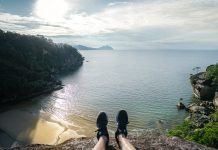
3D3N Kuching Itinerary – An Adventure-Filled City just 90 Minutes from Singapore
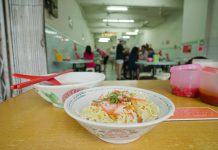
The New Food Haven of Malaysia – 13 Things to eat in Kuching
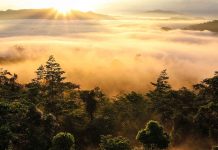
Kota Kinabalu city guide: 10 Things to do other than climbing Mount Kinabalu
Leave a reply cancel reply.
Save my name, email, and website in this browser for the next time I comment.

11 Unique Things to Do in South Australia — Quirky Wineries,...

7 Boutique Hotels in Singapore For an “Out of the Country”...

How to Pay in China Without WeChat or Alipay — New...

11 Things to do in Clark, Philippines — A Quiet Adventure...

20 Things to Eat-See-Do in Sabah’s Capital Besides Climbing Mount Kinabalu

- Terms Of Use
- Privacy Policy
Latest Posts
Latest from the travel blog.
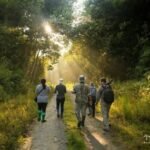
Tabin Rainforest Lodge, Borneo
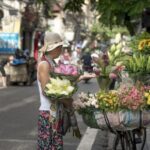
Experience the Best of Hanoi, Vietnam
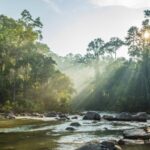
Exploring Rompin State Park & Rompin Rainforest Lodge, Malaysia
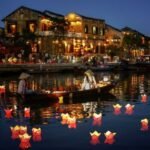
Discovering Hoi An: A Quaint Historical Town With Endless Charm
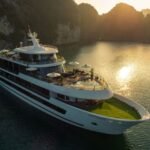
Ha Long Bay Luxury Cruise
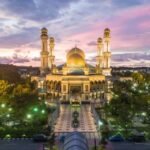
Introduction to Brunei

Rustic Travel
Mount kinabalu climb, sabah, borneo.
Sample Itinerary for Mount Kinabalu Climb, 3 Days / 2 Night
Day 1: kota kinabalu / kinabalu park (kundasang).
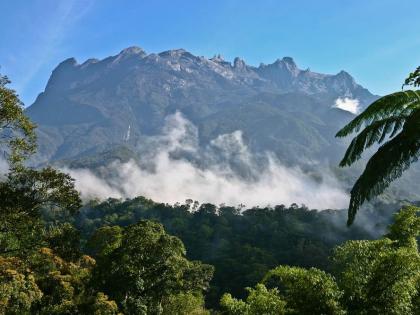
Mount Kinabalu, View to the Summit.
Pick up from your hotel in Kota Kinabalu after lunch and start your journey towards Kinabalu Park and the mighty Mount Kinabalu. On the way, you can enjoy the beautiful mountain landscape with valleys and small villages. The drive will take around 2.5 hours. (At a surcharge it’s also possible to start the tour from Sandakan).
Stay for the night in Kundasang near the starting point in Kinabalu Park or stay inside the park (depends on the package). Most places in the area will have a good view of Mount Kinabalu.
- Transfer from Kota Kinabalu (or Sandakan) to Kundasang / Kinabalu Park
- Accommodation in Kinabalu Park or Kundasang just outside the park
Meal: Dinner
Day 2: Kundasang / Mount Kinabalu
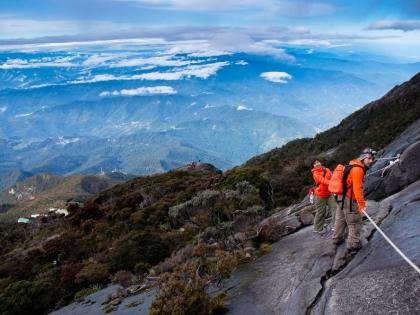
Climbers at Mount Kinabalu
Early breakfast and registration at the Kinabalu Park office. The climb will start from the Timpohon Gate. From here, you will climb up to the Laban Rata Rest House (3,352 meters above sea level), a trek of about 4-5 hours, depending on your fitness level. The trek is a scenic one and you can see how the vegetation changes depending on the altitude. Overnight stay at the Laban Rata Dormitory. Dinner is served at Laban Rata and you will go early to bed since you will only have little time to rest. (other accommodations are available depending on your package).
- Transfer to Timpohon Gate
- Mountain guide
- Insurance & Climbing permit
- Accommodation in Laban Rata Resthouse
Meals: Breakfast, Packed lunch & Dinner
Day 3: Mount Kinabalu summit / Kota Kinabalu
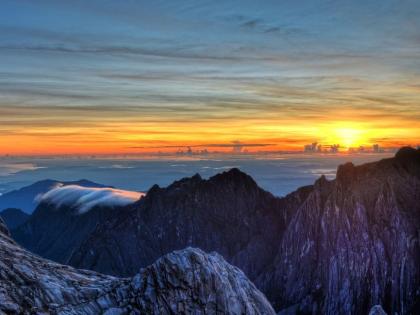
Sunrise Mount Kinabalu Summit (4095 m)
The summit climb starts at 2 am, starting at Laban Rata (3,352 meters asl) all the way to Low’s Peak (4,095 meters asl). The climb to the top takes about three to four hours. This is the most challenging part of the climb, with several steep places to conquer. There are ropes and stairs available at the most challenging places. When you reach the summit, you will witness a beautiful sunrise. You will then start your descent back to the Timpohon Gate. From there, you will be transferred back to Kota Kinabalu and check-in to your hotel for the night. (Depending on your package there might be other activities included – At a surcharge, it’s also possible to finish the tour in Sandakan).
- Transfer to the park headquarter
- Climbing certificate
- Transfer to Kota Kinabalu (or Sandakan)
Meals: Breakfast & Lunch
It’s highly recommended to take at least 1 rest day after the climb. Not recommended for children and climbers must be in good physical shape.
Note: There are different itineraries and operators. This is a standard itinerary. Contact us for more info about prices and itineraries.
Packing List – Things to Bring When Climbing Mount Kinabalu
As Mount Kinabalu is situated in Sabah, Borneo, which is a tropical island, many climbers mistakenly underestimate the temperature on the mountain and do not bring enough warm cloth for the climb. The average temperature on Laban Rata (3,272 metres above sea level) is somewhere between 8 to 15 degrees Celsius and the temperature on the peak of Mount Kinabalu (4,095 metres above sea level) can dip to zero degree Celsius and be windy. Therefore, it is important to dress well and warm for your climb.
Check out this list of clothing and equipment you should have on your trek to conquer Mount Kinabalu:
Dri-fit Shirt
During the climb you will be sweating buckets and wearing a damp shirt surrounded by the cold mountain air will be very uncomfortable. Skip the cotton shirt that clings onto sweat and opt for a moisture-wicking dri-fit shirt instead.
Waterproof Backpack
Avoid all your changing clothes getting wet from rain or sweat by using a rainproof backpack. Or as an alternative make sure to have everything inside packed in plastic bags.
Energy Bars and Snacks
Bring some energy bars and snacks you can bring along on the trek.
Trekking Pole
Also known as hiking poles or hiking sticks, the usefulness of the trekking pole may not be immediately obvious but when you have been trekking for hours and your knees are starting to feel a little wonky, the trekking pole is the next best thing to sturdy legs. It especially helps a lot with descents as well.
Compression Gears
One of the latest trends to hit the performance gear shelves, compression gears (shirt, trousers or socks) will help keep your muscles warm (by applying a certain level of pressure onto them) and help prevent muscle cramps mid-trek. Compression gears are also believed to be able to clear lactic acid build-up from your muscles more effectively so that you won’t feel as sore the next day.
Comfortable Trekking Shoes and Extra Socks
If you are looking for an excuse to splurge on good quality trekking/trail shoes, this is your chance. Make sure you do your research on what are the best shoes to wear for mountain climbing. Take into consideration the terrains of Mount Kinabalu, which can vary from being muddy to rocky and make sure that the shoes are lightweight for hours of comfortable trekking. Also, don’t forget to bring an extra change of socks in case they get wet.
Waterproof Windbreaker or Poncho
The weather can be unpredictable at best. It doesn’t hurt to bring along a lightweight and hooded waterproof windbreaker or a disposable rain poncho that you can purchase at any convenience store.
Gloves with Rubber Grip
At one point before reaching the summit, you will be required to climb by grabbing a rope. To avoid rope burns while keeping warm, be sure to equip yourself with a thin pair of water-resistant gloves with rubber grip.
Warm Clothing
The temperature on the Mount Kinabalu summit can drop to as low as zero degree Celsius, therefore, it is important to stock up on warm clothing that is otherwise non-bulky. Opt for a thin fleece jacket that insulates body heat to keep you warm. Don’t forget to keep your neck and head warm too by wearing a fleece scarf and a knitted beanie.
Physical Condition
You must be in good physical condition. We highly recommend you have done physical exercise before the trip.
Popular Borneo & Malaysia Holidays
Privacy overview.
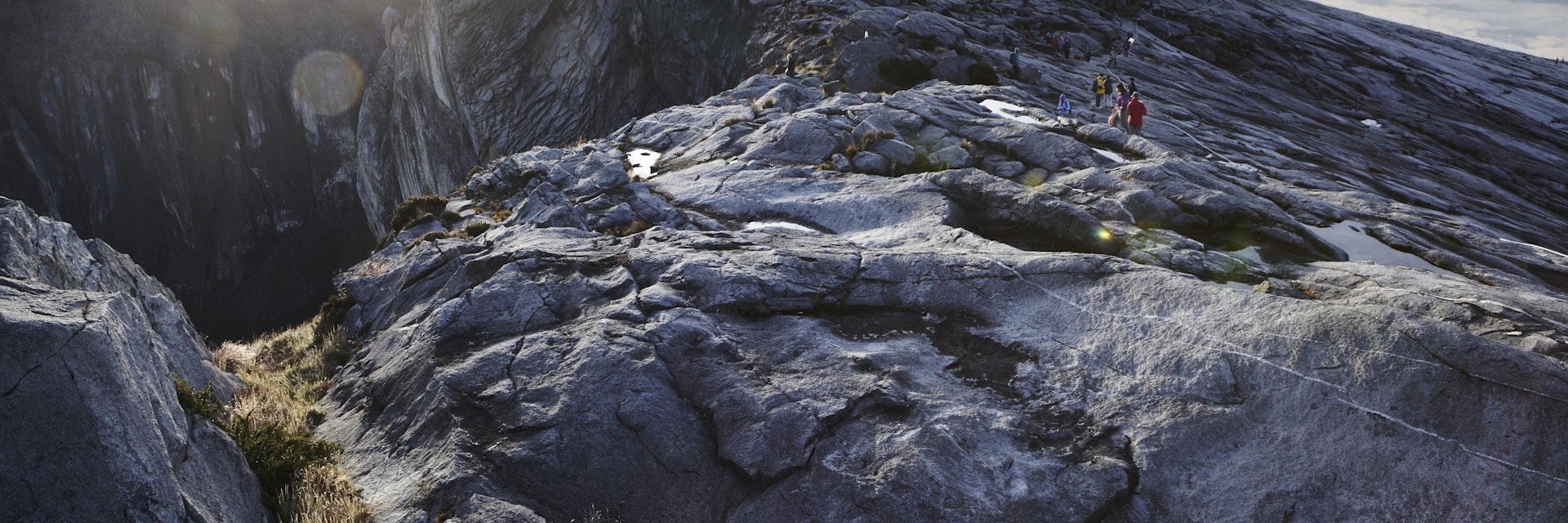
Mt Kinabalu & Kinabalu National Park
Gunung Kinabalu, as it is known in Malay, is the highest mountain on the world's third-largest island. It is also the highest point between the Himalayas and New Guinea. Rising almost twice as high as its Crocker Range neighbours, and culminating in a crown of wild granite spires, it is a sight to behold. March to August (dry season) is considered to be the best time to climb.
Attractions
Must-see attractions.

Kundasang War Memorial
At Kundasang, beside the KK–Ranau Hwy, 10km east of Kinabalu National Park headquarters, is this poignant memorial conceived in 1961. It commemorates the…

Botanical Garden
Many of the plants found on Mt Kinabalu and in Kinabalu National Park are cultivated in the Botanical Garden, north of the visitors centre. Guided tours…
Latest stories from Mt Kinabalu & Kinabalu National Park
Filter by interest:
- All Interests
- Adventure Travel
- Art & Culture
- Beaches, Coasts & Islands
- Food & Drink
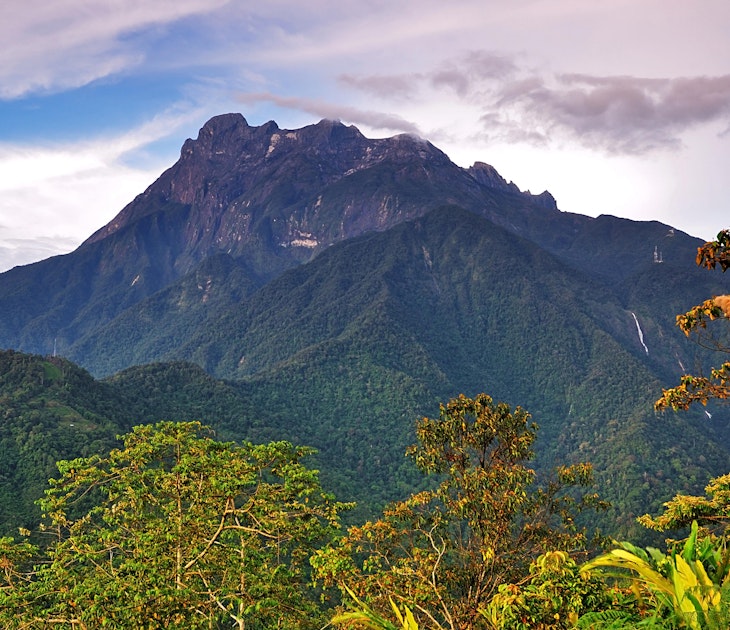
Wildlife & Nature
May 22, 2019 • 6 min read
One of the world’s most prominent peaks, Mount Kinabalu soars up from sea level to 4095m, making Borneo the planet’s third highest island (after Hawaii…
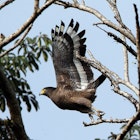
Sep 22, 2015 • 4 min read
Purchase our award-winning guidebooks
Get to the heart of Mt Kinabalu & Kinabalu National Park with one of our in-depth, award-winning guidebooks, covering maps, itineraries, and expert guidance.

How to get from KK to Mt Kinabalu (and KK Airport to City Centre)
Posted on Last updated: March 28, 2023
Planning on climbing Mount Kinabalu, one of Southeast Asia’s tallest mountains? There are a few different options for getting from Kota Kinabalu (KK), Malaysian Borneo’s capital, to Taman Kinabalu (Kinabalu Park), the location of Mt Kinabalu.
- Book your Mount Kinabalu climb with a tour operator that includes transfers (see this post on Climbing Mt Kinabalu for a list of tour operators and 2023-2024 pricing)
- Book an independent climb and arrange your own transportation to the mountain (details on how to arrange these climbs are also included in the above link)
This post will outline the ways you can get to the mountain independently, including how to get to KK city centre from the airport (this part will likely apply to all climbers as tours usually depart from somewhere in KK city centre).
Table of Contents
How to get from KK Airport to the City Centre
Transportation to the Park leaves from the city centre. It is also where you will likely be staying if your plan is to spend some time in KK before the climb.
Airport Shuttle Bus
If you are flying into KK Airport, the cheapest way to reach the city centre is by the airport shuttle bus. Tickets cost RM5 for adults and RM3 for children. The shuttle bus ticket counter is located right outside the arrivals hall at Terminal 1 (next to Tourism Malaysia’s office). The shuttle bus operates from 7:30am to 8:15pm, departing every 30-45 minutes, and goes from Terminal 1 to Terminal 2, and then onto KK city centre. Shuttle buses stop at Centre Point, Horizon Hotel, and Padang Merdeka. For onward transportation to Kinabalu National Park, you’ll be wanting to get off at Padang Merdeka.
Pre-paid Taxi
Alternatively, pre-paid taxis operate for RM30 (up to 4 people) to any address in the city centre. This is probably the most convenient option as you can leave as soon as you wish to depart, can be dropped off directly to your accommodation or onward transportation point, and is only marginally more expensive if you are travelling in a group. To take a taxi from KK Airport to KK city centre, simply buy a coupon from the Airport Taxi counter to the right of the arrivals gate. Go to the taxi rank outside and hand your coupon to the next available taxi driver.
Ride-sharing Services
With the advent and proliferation of the ride-sharing economy around the world, KK now also has a range of app-bookable ride-sharing services available. These include:
- Grab Driver
- AirAsia Ride
Note that Uber ceased operation in KK in 2015. E-hailing services MyCar and Riding Pink are also available, however are not so popular locally. The price from KK Airport to KK city centre will depend on the time you wish to take the service (for example, if it is peak hour), but as a general guide, you can expect to pay RM10-15. Therefore this option could be cheaper or comparable to the Airport shuttle bus depending on the number of passengers, but would require downloading and setting up of an app, which might be more hassle than it’s worth, unless you plan on using it more than once.
How to get from KK City Centre to Kinabalu National Park
For those wanting the cheapest way to get to Mount Kinabalu from KK, you can catch a mini-bus to Kinabalu National Park from Padang Merdeka.
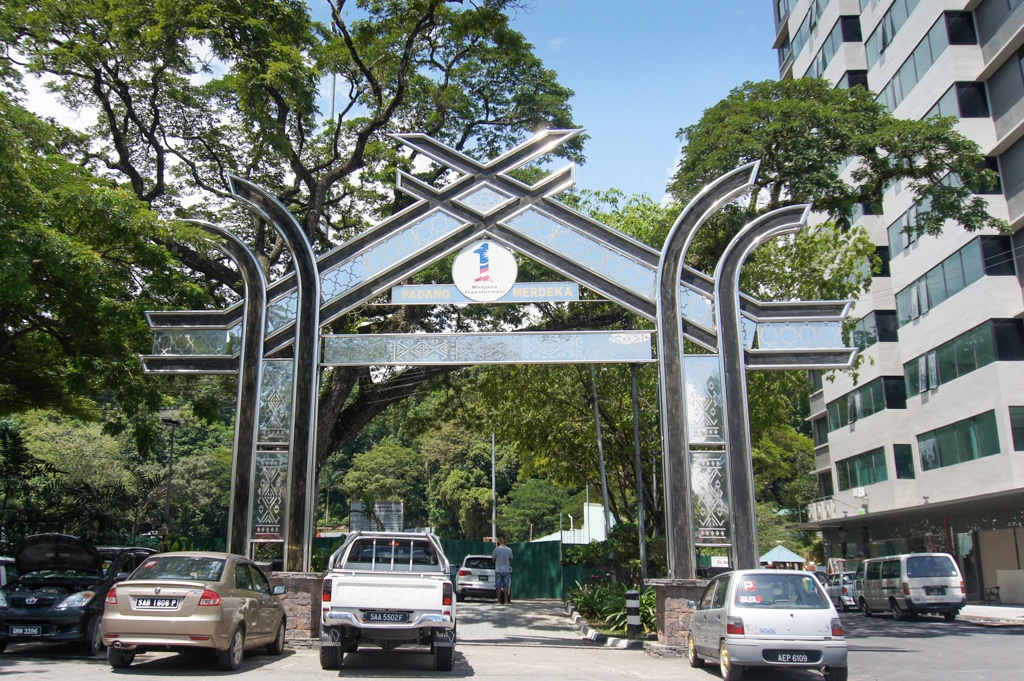
Getting a bus to Mount Kinabalu from Padang Merdeka
- Look out for vehicles that are bound for Ranau.
- There is no timetable and they operate on a “when they fill up” basis, which means you may need to wait a while for it to depart. While the drivers obviously want to leave with a full bus, they too have limits and ours said that he would be leaving at 2pm regardless. Despite there still being a couple of seats left, we did depart at 2pm (an hour and a half wait), as promised.
- Expect to pay around RM25 per person for the two hour journey.
- Don’t leave your journey until too late in the day as public bus services tend to wind down late afternoon. As a general rule of thumb, departures are usually more frequent until noon so heading there in the morning should decrease waiting time.
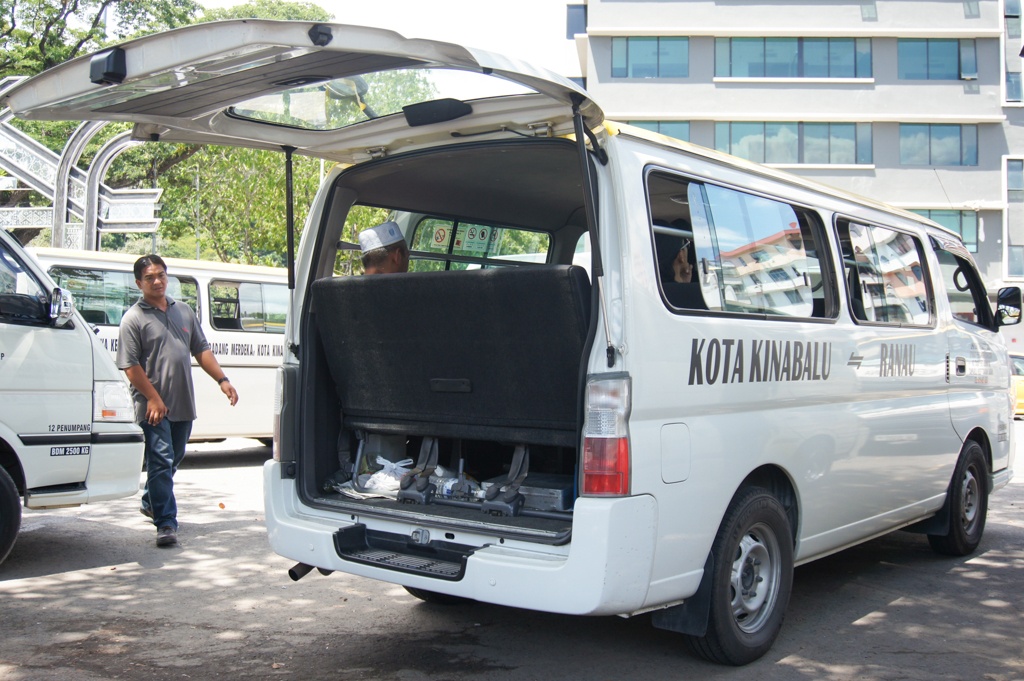
Getting off near Mount Kinabalu
Keep in mind that Ranau is further afield than Kinabalu National Park so you’ll need to be getting off before the final destination. The driver will likely assume that, as a visitor, you are headed to the Park. In fact, they probably called you over to their bus by saying they are stopping there. You can be dropped off at the Park entrance, but chances are you will not be climbing the same day you arrive, given that you need to be at the Park early to start the climb (and a night to acclimatise to the altitude is recommended).
Despite being a destination highly frequented by visitors, there aren’t many options in the way of accommodation, restaurants or transportation near the Park entrance. There are lodges inside the Park itself, but they can be on the pricey side. We stayed outside the Park at the popular Flypod Kinabalu Mountain Lodge (formerly Kinabalu Mountain Lodge), just a 5 minute drive or 30 minute walk from Park HQ. At the time, it had a combination of dorms and privates, all with shared bathrooms, but it has since undergone quite an extensive renovation and now focuses on private queen rooms with double beds. There is the option of shared or ensuite bathrooms, and extra beds for children can be accommodated subject to room size and availability.
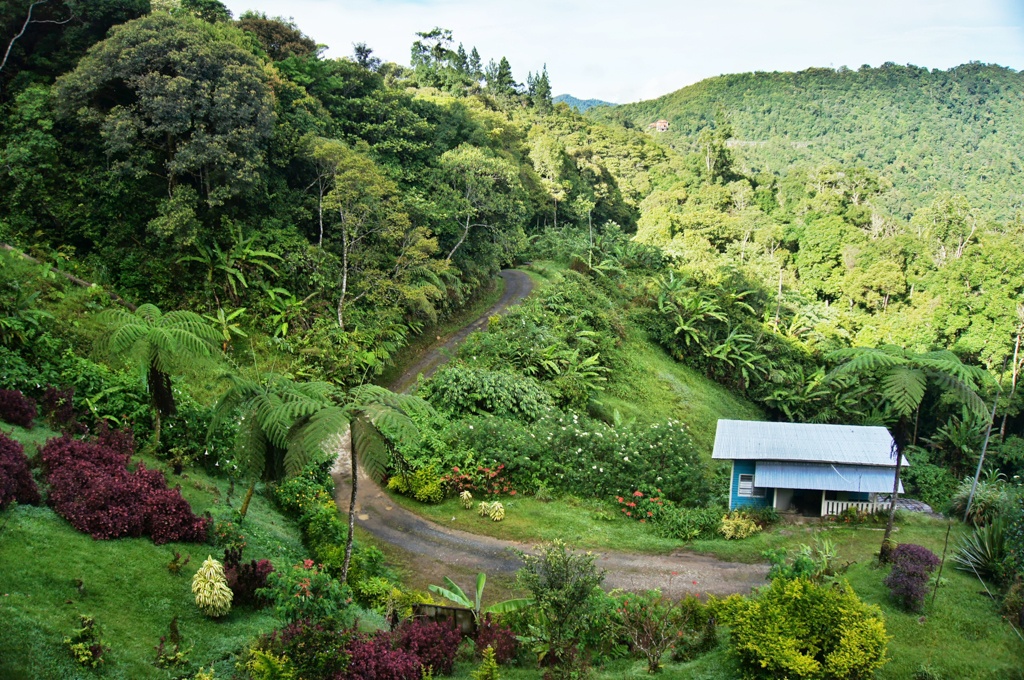
There are other budget options also in the vicinity of the Park (try searching in the Kundasang area), but if you do decide to stay here, tell the driver to drop you off at “Haleluja” – they will all know what you are talking about. Accessibility note: Flypod Kinabalu Mountain Lodge is a hilly 1km walk from the main road. If you are taking the bus, you will need to walk it with your luggage (stairs are also present in the facility), so may not be suitable for all visitors. The lodge is, however, beautifully located. If you are interested in seeing moths as big as your hand, Borneo has their fair share of interesting insects, many of which you can see on the lodge balcony at night.
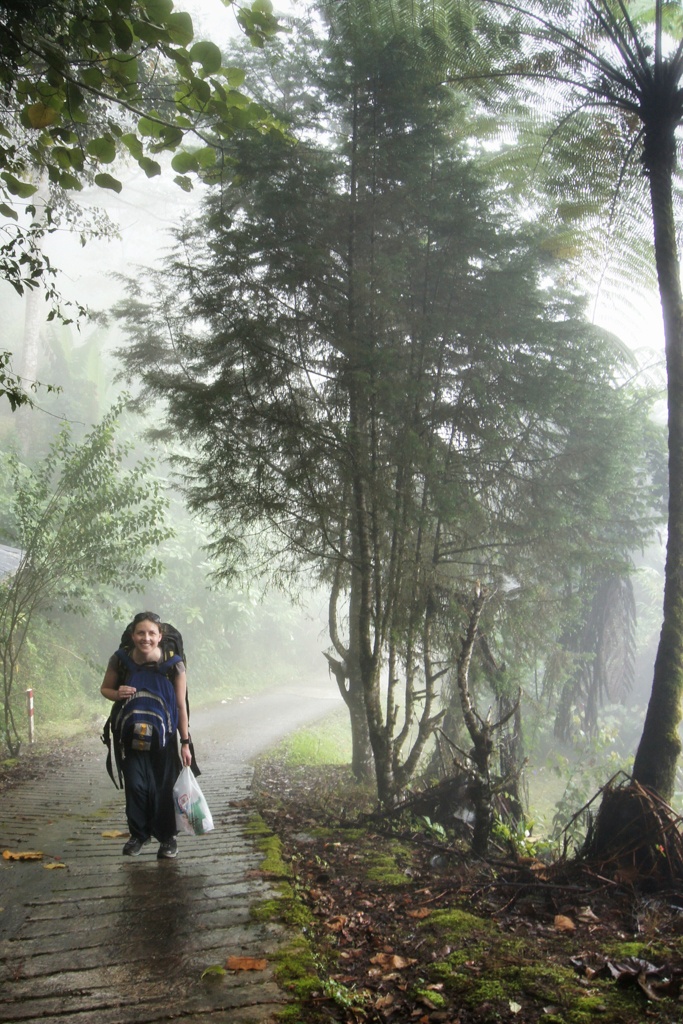
On the day of the climb (or whenever you want to head to Park HQ), the staff at Flypod Kinabalu Mountain Lodge can arrange a taxi to pick you up from the Lodge directly and take you to the Park entrance (2kms away) for RM15 (max. 4 people). Talk to the staff about this ahead of time so that arrangements can be made (particularly pertinent for the day of your climb, as if you do not arrive within a certain window, you will not be able to proceed with your climb). We’d recommend taking a taxi as you’ll want to conserve your energy for the climb itself. However, for reference, it is about a 30 minute walk from the Lodge to Park HQ. Click here to find out how a Mount Kinabalu climb works – from registration at Park HQ, taking the shuttle bus to the starting gate, accommodation and meals on the mountain, getting back to Park HQ, and everything you should expect from a climb up one of Southeast Asia’s highest mountains.
Taxi and Ride-sharing Service to Mount Kinabalu
Of course, if you don’t have the time to wait or inclination for the bus, you can reach Mount Kinabalu from KK by taxi or ride-sharing services (as listed previously). Expect to pay several hundred ringgit, especially for a taxi (be sure to confirm the price beforehand). Travel time will be about the same (around 2 hours), but you will have the benefit of being dropped directly to the destination of your choice.
Prefer to have your transfers arranged for you? See our Mount Kinabalu Booking Guide for a list of reputable tour operators who include transfers to/from KK in their packages.
Returning from Kinabalu National Park
After the climb, you shouldn’t have a problem getting a taxi to take you back to Flypod Kinabalu Mountain Lodge or wherever you may be staying. There are a bunch of taxi drivers that hang out across the road from the Park entrance near the shop. Expect a taxi taking you all the way back to KK to cost several hundred ringgit. Remember to confirm the price before getting in.
Bus back to KK
The cheapest way to return to KK on your own is the bus, which you can take from across the road (i.e. opposite the Park). Buses passing by the Park may be minivans or regular-sized buses. There is no dedicated bus stop and while there supposedly is a timetable (not listed by the road but we did see one at Flypod Kinabalu Mountain Lodge), they don’t really seem to stick to it. It’s basically a matter of waiting by the side of the road and hailing a bus bound for KK as it goes by. Remember to indicate to the driver that you want them to stop, otherwise they may very well just keep on driving. Note that services on this route do operate in the evening.
Onward bus to Sandakan
Instead of returning to KK, we continued on to Sandakan the day after the climb by hailing a bus from the Park entrance (i.e. the same side of the road as the Park). You’ll have to pay attention as the buses will be coming around a blind corner so you only have a few seconds after seeing it to flag it down. Remember that destinations may be abbreviated on the front of the bus. Sandakan, for example, was written as Sdkan. Expect to pay RM25 for the four hour journey. You can purchase a ticket on the bus. They will probably get you to sit down first so the bus can get moving (since it is just around the blind corner). Someone will come down to collect your money once you are away.
We stayed at Sea View Sandakan Budget and Backpackers Hotel and also booked our Kinabatangan river cruise through them.
Returning from KK City Centre to the Airport
Most travellers will end up back in KK for their flight out. To return to KK Airport from Kota Kinabalu city centre by shuttle bus, simply wait at any of the airport shuttle bus locations – Centre Point, Horizon Hotel or Padang Merdeka. Tickets can be purchased at counters at Centre Point and Padang Merdeka. As for the Horizon Hotel, tickets can be purchased directly from the driver as there is no counter available at that location. Operating hours and ticket prices are the same as from the airport – 7:30am to 8:15pm, departing every 30-45 minutes, RM5 for adults and RM3 for children.
Have you taken this journey? Do you have any further advice to add? If you visit and find that any of these details have changed, we’d love for you to add a comment for the benefit of future travellers.
You might also find useful:
Climbing Mt. Kinabalu on a Budget (Where and how to book)
Climbing Mt. Kinabalu (Tips and practicalities for the climb itself)
Top #5 Travel Tips for Malaysia
Share this post:
Notify me of follow-up comments by email.
Notify me of new posts by email.
This site uses Akismet to reduce spam. Learn how your comment data is processed .
Saturday 29th of April 2023
hi! Did u guys use hiking poles for the climb? Do you recommend it? And would the park's rented poles suffice? Thank you!
Thursday 25th of July 2019
Hello, thank u for many useful iformations. We are planning with my husband to visit Kota Kinabalu, well be at the airport around 3 pm and i understand we ca. Take a bus to the park in the aftenoon. Then early in the morning make a trekking in the park for 1-2 h then move to do conopy walk and see botanical gardens for 2-3 h. What is best way to get there? I just found coonnection with 2 buses through Ranau. Do u know some other options? Is there a chance to catch a bus in afternoon/evening to sandakan/sepilok? Where does it goes from? Best regards Ewa
Friday 25th of May 2018
Interesting read :) We are a group of 3 Adults and 2 kids (6 and 3 years) planning to drive a bit early in the morning (8am) from KK to Kinabalu Park (here, spend 2-3 hours doing a guided walk at the base of the mountain), then drive further to Poring Hot Springs (here, spend another 1.5-2 hours). We would like to drive ahead to Sepilok the same evening instead of driving back to KK (per Google Maps, it seems to take an hour extra driving to Sepilok compared to KK). Do you suggest it is doable?
Hello, How was your trip? We are planning to do the same this year, jus to start from Kota Kinabalu park in the morning. Could you please write me how did u get from the park to Poring and from where did u catch a bus to Sepilok? Greetings Ew
Jessica Korteman
Sunday 3rd of June 2018
Hi Prateek,
Thanks for reading! :)
Yes, that is absolutely doable.
Have an amazing trip!
Sunday 1st of April 2018
Nice post! If I just want to trek in the park and not climb to the top, do I use the same trails as the climbers?
Wednesday 25th of April 2018
Hi Chimong,
Thank you! To answer your question, no, you won't be able to use the same trail as the climbers who are going to the summit as this requires you to pass through a checkpoint beyond which only registered summit climbers may go. There are numerous other trails on the lower reaches of the mountain though that you may use to enjoy the natural beauty of the park.
All the best with your Mt Kinabalu adventures!
Wednesday 19th of April 2017
Great post! If travelling as a couple or group of friends, Uber would be the cheapest way to get to the city. We paid 7.8 MYR last night. Also great for Kuala Lumpur, sometimes cheaper than monorail (not the airport transfer though, just in the city)
Saturday 7th of April 2018
Thanks for the useful info, Cezar! Has anyone taken Grab from the airport to Kinabalu park?
Wednesday 17th of May 2017
Thanks for the comment! Uber wasn't around when I first wrote this post (haha) but, you're right, it's now a great (and inexpensive) option. In the next update, I'll add a note about that. Thanks so much for taking the time to leave a comment with specific info, such as price. It keeps these posts up-to-date and relevant to readers. We really appreciate it and our readers do too. Happy travels!

Mount Kinabalu, Borneo: to Climb or not to Climb?
- May 1, 2023
- Last updated: May 1, 2023
- Asia , Destinations , Malaysia , Outdoor , Wildlife
Home » Travel Blog » Mount Kinabalu, Borneo: to Climb or not to Climb?
Whether you are a nomad who prefers to move with a step-by-step itinerary or a traveller who goes with the flow, your trip to Sabah in Malaysian Borneo would most likely include a wish to climb Mount Kinabalu .
This majestic mountain in the National Park of Sabah welcomes both beginners and advanced hikers and climbers, and the only things that determine which route to climb are your physical conditioning, mental stamina and your travel budget.
Speaking of the latter, as we calculated in our post about seeing orangutans in Borneo independently , the eco-adventures in Malaysia can reach astronomical prices and climbing Mount Kinabalu in Sabah is not an exception.
Climbing Mount Kinabalu, Borneo
Mount Kinabalu is one of the natural wonders you won’t want to miss in Malaysian Borneo, especially if you are into trekking and you don’t mind pushing the boundaries of your physical fitness.
The Kinabalu Park covers 754 square kilometers with Mount Kinabalu in the middle. You can either take it easy in the well-marked paths or opt for a challenge to climb to the summit (Low’s Peak) of Mount Kinabalu. Not enough adrenaline? Then you can choose the via ferrata route, which requires at least some basic climbing skills.
How much does it cost to climb Mount Kinabalu?
Officially, it is recommended that you climb Mount Kinabalu in two days so you can acclimatize yourself and rest before reaching the peak, which you will climb in time for the sunrise. A 2D1N package of climbing to the summit costs 900 MYR/$283 per person. What does that include, you ask?
The package for one person: 15 MYR/ $4.66 – entrance fee 100 MYR/ $31 – climbing permit 7 MYR/ $2.17 – climbing insurance 33 MYR/ $10.27 – return transport Park HQ – Timpohon Gate 128 MYR/ $39.83 – guide for 1-3 people (for climbing the summit from the Timpohon Gate) 400 MYR/ $124.50 – 1 night (actually, just a few hours of sleep on a bunk bed in a dormitory, since you start the climb to the summit shortly after midnight) The rest of the price covers meals: a packed lunch for the first day, dinner, early supper, breakfast and lunch back at the Park HQ.
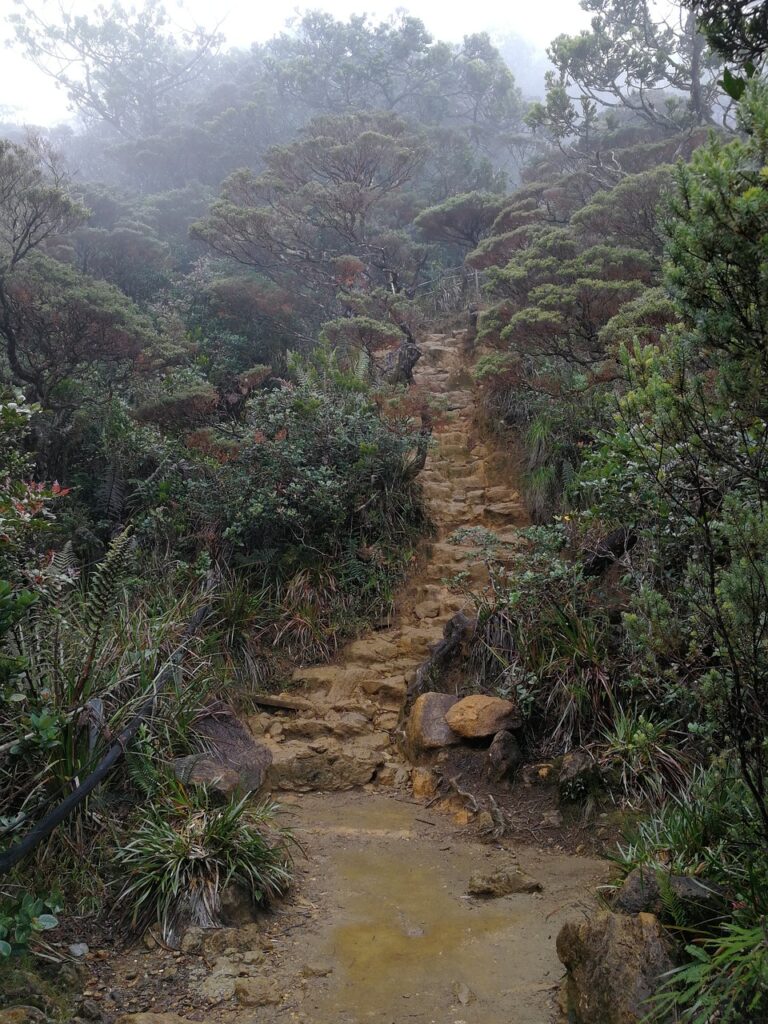
Read this post from fellow travellers who got a cheaper option from a tour operator in Kota Kinabalu and it cost them 672.50 MYR/ $209.30 per person.
When you arrive to Kota Kinabalu during the high season, it will play a role in the pricing.
But fear not, there is a cheaper option/ A one-day climb adventure is also available. Although the price is much affordable (202.50 MYR/ $63), as you don’t pay the night and the food, you need to be in excellent physical condition.
What to wear when climbing Mount Kinabalu
The temperature at Low’s Peak can drop to 6°C/42°F, so apart from a sturdy pair of shoes, you’ll need to get your warm and windproof and rainproof outfit ready as the weather on the mountain can change unexpectedly. A simple fleece jumper won’t be enough as it gets very chilly up on the top. It will be quite humid and hot down in the park, so short will suffice, but bring long trekking pants or warm leggings for climbing the upper parts of the peak.
Ready to climb Mount Kinabalu?
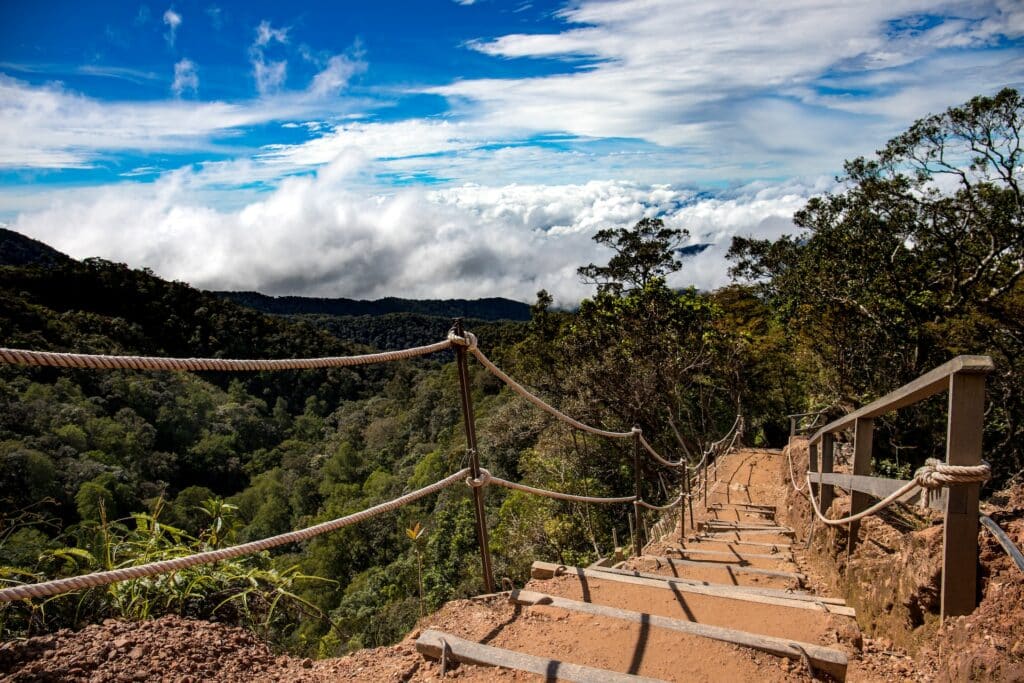
If you are fit enough, you can plan your climbing trip to Mount Kinabalu with morning call at 6 am, a shuttle to the Timpohon Gate (1866.4 m) from the Park HQ (1563.8 m) at 7 am, arrival at Laban Rata (3272.7 m) around 10 am, and at Low’s Peak (4095.2 m) by 1 pm. All hikers must be back at the HQ by 5 pm.
The whole climb takes around 8-8.5 hours, which requires coping with the altitude change much more quickly than if you would climb the mountain in two days.
Plan your trip to Asia:
- Things To Do in Kota Kinabalu: a City of Seafood, Beaches and Durian
- Places to Visit in Malaysia: A Diverse Gem in SE Asia
- Things to do in Penang, Malaysia: a List of Highlights For Your Island Trip
- Free Things to Do in Singapore: Tips From A Frequent Visitor
- Where to Stay in Singapore: The Ultimate Guide
Easier alternative to one day climbing of Mount Kinabalu
Instead of climbing up to the peak in one day, (or 2 days like most of the people do), you can climb only halfway up to to the Layang Layang shelter. This can be done easily without a guide, at your own pace, have breaks when you feel like it, and go back whenever you want.
On this easy hike, halfway to Mount Kinabalu, you’ll walk up through a lush, humid rainforest for about eight hours. Amazing thing is to observe how the climate zones change with the nature around, which transitions from a tropical to a coniferous forest.
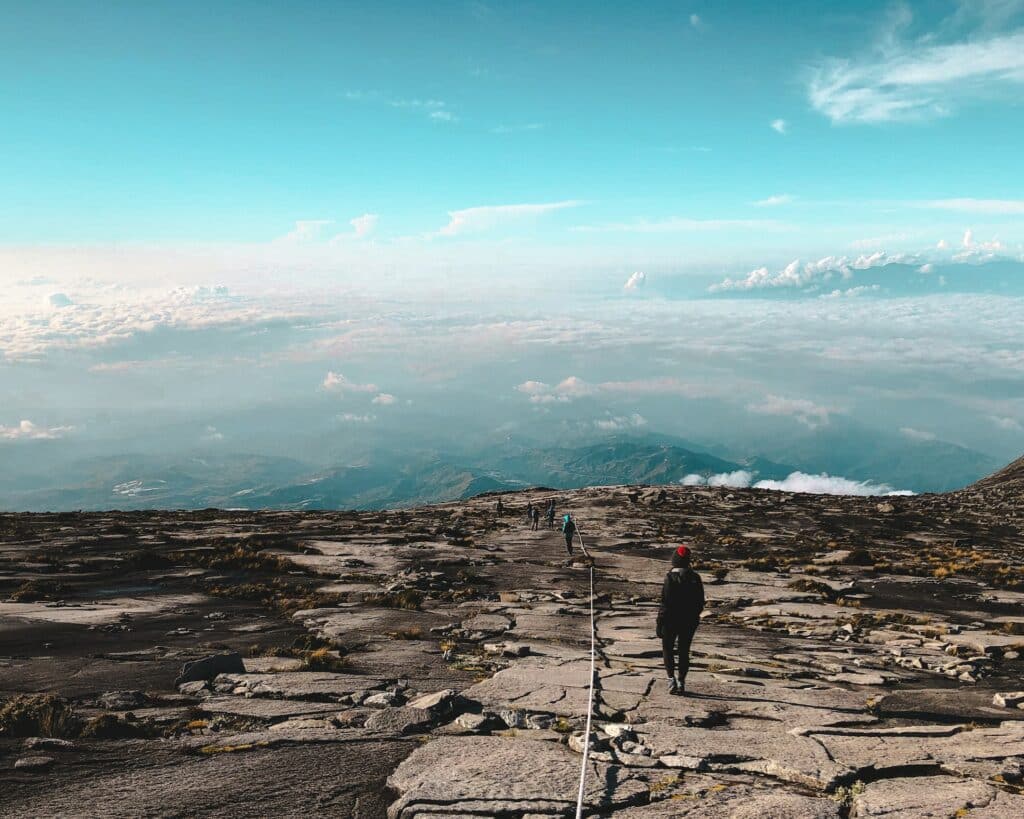
The steps made from stone and wood are quite steep, but all the way up you will be able to hold onto a rail, which helps a lot!
If you stop a lot on your hikes to take the photos, it might take you about five and a half hours to hike from the Timpohon Gate to the Layang Layang shelter (2612 m). There the weather will most probably change rapidly. Get ready for absolutely stunning views and beautiful butterflies, bonsais, flowers. Keep your eyes open, because you might get lucky to encounter a few red leaf monkeys or a very special species of a mouse that was discovered just a few years ago.
We did not pay for the one-day package, which was tempting but not doable for us at that time, and we do not regret what we decided to do instead. For the two of us we paid only 63 MYR$19.60 to hike in Kinabalu National Park: 30 MYR/ $9.33 for the entrance fee and 33 MYR/ $10.26 for return transport from the Park HQ to the Timpohon Gate.
Don’t be surprised when you meet porters running briskly up the hills, even while carrying 40 kg of beers and coke cans for the tourists, and with dozens of cartons filled with fresh eggs while you are catching up with your breath while climbing Mount Kinabalu.
Pack & travel:
- Best Hiking Backpack: A Practical Guide
- Best Walking Shoes For Women
- Vivobarefoot Stealth II: A Detailed Review
- Best Walking Shoes for Men: Top Picks
- Best Backpacking Tent: The Ultimate Guide
- Best Camera for Travel Photography
- Best Camera Lenses for Travel Photography: Tips For Your Next Trip
- Best Drones for Travel: Our Top Picks
Insider tips on how to climb Mount Kinabalu
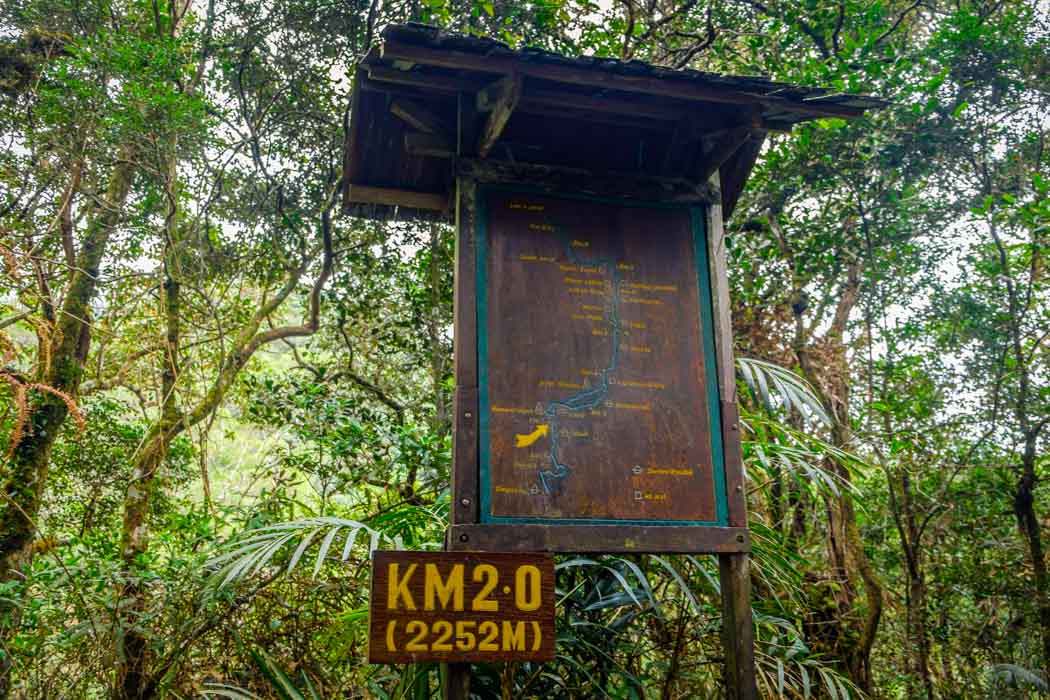
• Don’t overestimate your fitness , but don’t be discouraged from a walk in one of the oldest rainforests in the world, either.
• Bring enough water with you as there are no refreshment stalls on the way up to Laban Rata and you don’t want to pay a fortune for half a liter of bottled water once you arrive.
• Energy bars and chocolate are very helpful during and after the climb.
• There are shelters every half-kilometer on the way up to the peak where you catch your breath or use a bathroom.
• You can have breakfast at the small restaurant located near the parking lot before entering the National Park. They serve hot meals for reasonable prices and you can supply yourself with some energy bars and water.
• To arrive to Kinabalu National Park from Kota Kinabalu, take a small shuttle from Pedang Merdeka Terminal in the direction of Ranau (costs 25 MYR/ $7.77/pax) or any bus heading to Sandakan. The journey takes about 2-3 hours, depending on traffic.
Where to stay near the Kinabalu National Park
We suggest staying in a guesthouse outside the Kinabalu National Park to save lots of money. We stayed two nights at the Bayu Kinabalu Lodge in a dormitory room with two other friends for 25 MYR/ $7.77 per night per person. The room was clean and beds were comfortable.
To arrive there you’ll need to walk from the parking lot where the restaurant is down the road (back towards Kota Kinabalu) for about five minutes until you see the sign of the lodge on your left.
More accommodation options when climbing Mount Kinabalu:
Luxury > sabah tea garden.
Perfect choice if you’re travelling with kids. Sabah Tea House features a picturesque view of Kinabalu Mountain. Their cottages are air-conditioned, with a seating sofa area, satellite TV, kettle and fan. Each cottage also includes a hot/cold shower facility and free Wi-Fi. Check the latest price on Booking.com .
Mid-range > Celyn Resort Kinabalu
The resort offers rooms with a private balcony. Their ensuite bathroom has hot shower and free toiletries. The property has an inhouse restaurant that serves local and international dishes. They also have a bar that offers refreshing cocktails and light snacks. Check the latest price on Booking. com .
Budget > Mile 36 Lodge
Offers a peaceful and serene atmosphere as it is surrounded by greenery. Perfect choice if you’re a travelling with family. Their rooms are comfortable with a balcony, work desk, and an ensuite bathroom. Their front desk is available 24-hours for storage or other facilities you need to request. The property has an inhouse restaurant that serves local, Asian, and Western choices. Check the latest price on Booking.com .
Like it? Pin it!
Ivana Greslikova
- Published: May 1, 2023
You may also like...
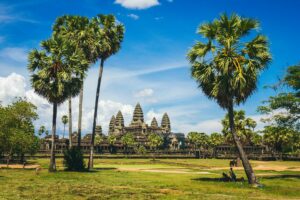
The Ultimate Asia Bucket List
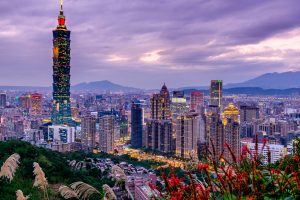
Things to Do in Taipei, Taiwan: Tips on Attractions, Food and Best Hotels
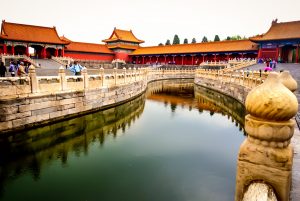
10 Things To Do in Beijing, China
12 thoughts on “mount kinabalu, borneo: to climb or not to climb”.
Sounds like you saw a lot of awesome things during your climb! As you know (since you linked me) I did the one-day hike and definitely liked the pricing, but I’ve heard seeing the peak for sunrise is quite surreal.
Hi Kristin, yes, we enjoyed our trekking a lot there and when I just remember of your photos from the summit, I guess you experienced a ‘wow’ moment too 🙂 Happy travels and more adventures ahead!
Kudos to you guys for doing as much as you did! When we were in KK, we considered attempting the climb for about, oh, 10 seconds before deciding it was very much not for us. We met other people who had attempted the hike but had to turn back due to poor weather up at the peak, which I imagine would be pretty heartbreaking (to make it so close, but so far!). I have made my peace with the fact I hate climbing up things so this very much would not be for me, but I did enjoy your photos!
Thanks, Steph. Yes, this route is definitely for trekking adventure freaks, but I believe your trip to Sepilok made it all up 🙂 Hugs to Canada!
Great post! I had considered climbing Mt. Kinabalu when I visited last month. The cost was quite prohibitive, but what ultimately made my decision for me was the weather. It was raining and they had not allowed summits for the 3 days prior. I actually met two guys who paid to summit, got to the halfway point and spent the night, only to be told they would have to go back (with no refund). I did find that you can get a much better deal if you are able to wait and book once you arrive at the mountain. This was not during high season though. Great photos!
Hi Amy, sorry to hear the weather was not on your side… After we saw the path, it would have been too dangerous to allow people to climb after days of rain. Oh, we heard similar stories of no refund which sounds really unfair considering how much you invest in this adventure anyway. Yes, I guess it all depends on the season you arrive there, but in any case, it’s better to book it on the spot and you can decide whether you feel for a one-day climb or not at the last moment, too. Happy travels!
The hike you did looks fantastic. I love the lush scenery and especially the red monkey, what a cuty.
Thank you, Dorothée. We loved that model monkey 🙂
What awesome scenery! The rainforest looks truly magical… And to see monkeys in the wild – nice…
Thanks guys, the forest was indeed a very special experience for us. Cheers!
What a fantastic hike guys!!!! I’d do it to see the monkeys in the wild alone, I’m in love with these creatures.
I am sure you’d love it there, Franca.They are a bit unpredictable as they move deeper to the mountain for some period and you never know when they come to say ‘hi’, but to see them around is always a pleasure 🙂
Comments are closed.
SHARE WITH YOUR FRIENDS!
This post may contain affiliate links. Please visit our Privacy Policy for more info.
Useful links
AFFILIATE DISCLOSURE
Nomad is Beautiful is a participant in the Amazon Services LLC Associates Program, an affiliate advertising program designed to provide a means for us to earn fees by linking to Amazon.com and affiliated sites.
2024 © All rights reserved - Nomad Is Beautiful
Web by Nimble.help (EN) | (SK) | Graphic design & Logo: Gabriela Holcer
Select Currency
- MYR (Malaysian Ringgit)
- SGD (Singapore Dollar)
- USD (United States Dollar)
- KRW (Korean Won)
- CNY (Chinese Yuan)
- THB (Thailand Baht)
- GBP (Pound Sterling)
- AUD (Australian Dollar)
- JPY (Japanese Yen)
- PHP (Philippine Peso)
- BND (Brunei Dollar)
2D1N Mount Kinabalu Climb
Tour highlights.
- Climb Malaysia's highest peak, Mount Kinabalu, situated within The Kinabalu UNESCO Global Geopark
- Stay 1 night above the clouds at Panalaban Assorted Huts
- Catch the most breathtaking sunrise from Low's Peak Summit at 4095.2m above sea level
- Walk away with a Certificate of Achievement to prove that you have completed the climb
- It is highly recommended for you to book the 3D2N climb package to help you acclimatise to a higher altitude. Click HERE to book.
Towering at 4,095.2 metres above sea level, Mount Kinabalu is no small feat to climb as it stands unchallenged as the tallest mountain between the Himalayas and New Guinea! This UNESCO World heritage site is also renowned for its wealth of flora and fauna species, being home to an estimated 6,000 different plant species and making it one of the world's most important biological sites. Challenge yourself with this 2 Days 1 Night hike to the peak!
Before your climb, make sure you watch these Top 18 Instagram Spots while Climbing Mount Kinabalu to catch the latest photo trends on Mount Kinabalu!
Choose Your Activity
Select Package Option and Local Operator
≻ ≻ ≻ 1 Package Options
What to expect.
Register, get your ID tag and meet your mountain guide at Kinabalu Park HQ
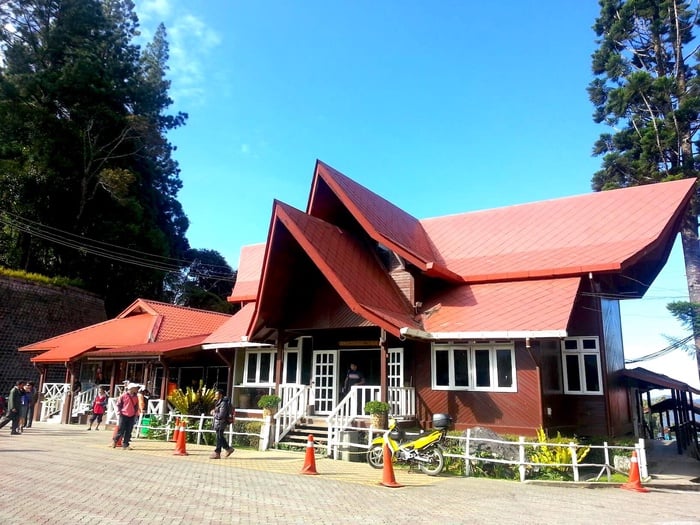
Hike up to the peak of Borneo's highest mountain

Enjoy the gorgeous view from above
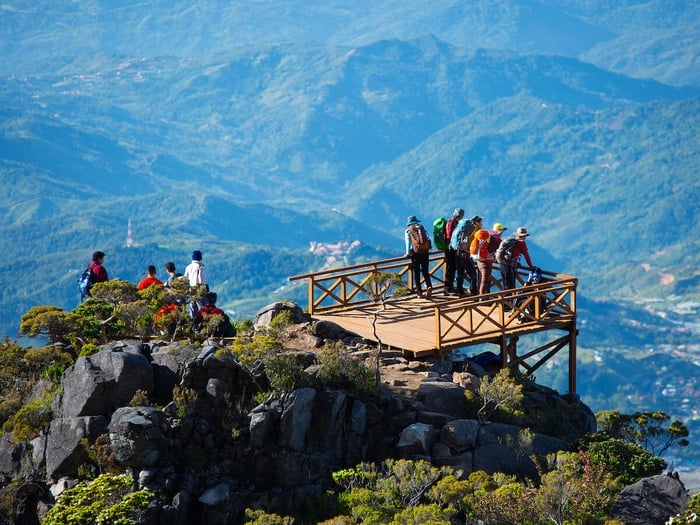
Stay at 3272m above sea level and be mesmerized by the pillow-like clouds below
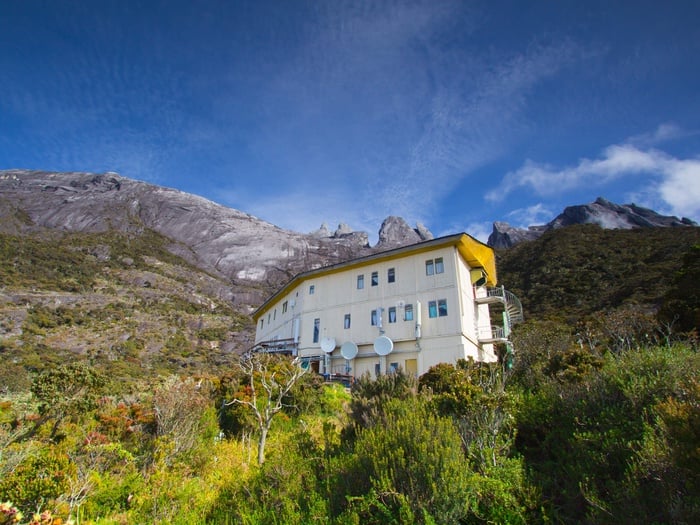
Climb up all the way to the summit for the sunrise and capture the majestic view of Mount Kinabalu
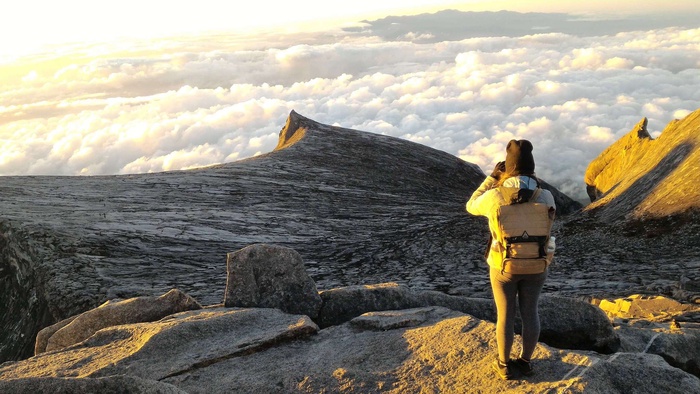
Collect your coloured Certificate of Achievement upon completing the climb

What's Included
What's excluded, what to wear.
- Warm clothing or long sleeves
- Hiking pants
- Jacket/Wind breaker
- Trekking or running shoes with good grip
What to Prepare for Mountain Climbing
- Waterproof backpack
- Extra clothing and socks
- Small towel
- Hand gloves and winter hat
- Disposable raincoats
- Head torch (compulsory)
- Personal toiletries
- Refillable water bottle (0.5 - 1 Litre)
- High energy food such as chocolates, nuts, biscuits, sweets, energy bars
- Extra cash to store your luggage at Kinabalu Park HQ.
- Medication such as headache tablets or altitude sickness tablets
- Tissue paper
- Sunblock, lip balm, plasters
- Insect repellent / Mosquito Oil
- Camera with water proof bag
- Sandals / Slippers
- Plastic bags
About Climb Transport Arrangements
- Your friendly guide will meet you at your hotel lobby / greet you at the Airport arrival hall with a placard bearing your good name. Should you encounter difficulties in locating your guide, you can call your tour operator's hotline number/s stated in your itinerary for further assistance.
- We do not recommend climbers to catch your flight on the same day you descend the mountain due to possible delay from injuries, tiredness and/or bad weather and traffic conditions.
- For 2-Day 1-Night packages, transportation will be arranged for Pick-Up from your Hotel between 06:00hrs - 07:00hrs. Our team will advise your Pick-Up time one (1) day before your departure. Kindly request your hotel for early or packed breakfast on the day of your tour.
- For 2-Day 1-Night packages with ferrata, transportation will be arranged for Pick-Up from your Hotel between 06:00hrs - 06:45hrs. Our team will advise your Pick-Up time one (1) day before your departure. Kindly request your hotel for early or packed breakfast on the day of your tour.
- For 3-Day 2-Nights packages and beyond, your tour operator's transport can pick you up from either Airport OR your Hotel. Time is dependent on your arrival flight schedule. Please provide us your flight details.
- Add MYR 30 nett per person per way for transport to/from locations outside Kota Kinabalu city (e.g. Beringgis Beach Resort/Langkah Syabas Beach Resort / Papar / Kinarut Area).
- All transportations are based on Seat-In-Coach. This is a transfer service in which clients share their vehicle with other clients. This is a door-to-door service with multiple pickups & drop-offs throughout the journey. Do expect some short waiting time.
- After descending to Kinabalu Park HQ, climbers are subject to pre-determined pickup time set by your tour operator with the last transport returning to Kota Kinabalu city latest by 1930hrs. Your tour operator will ensure your possible wait of not more than 2 hours at Park HQ. However, if you missed the last transport (which is unlikely) or wish to depart at your own preferred timing, your tour operator can arrange a vehicle for private transfer for you (Subject to availability). Please understand that the surcharge for any private transfer will have to be borne by you.
- Private Transfer Surcharge:- MYR 450/vehicle/way
- Our group rates are quoted without deviation, which means we provide only one return transfers for your group. If your group requires more than one return transfers, additional transfer charges may apply.
Important Notes
- Rate Per Person is based on Join-In Tour Basis (shared vehicle).
- All rates displayed are quoted in Ringgit Malaysia (MYR).
- All rates are inclusive of 0% Goods and Services Tax (GST).
- Climbers aged 12 -16 years old are considered Child and will be accompanied by a separate mountain guide.
- This tour package brings you to Low’s Peak Summit (4095.2M).
- Climbers who reach Timpohon Gate after 16:30 Hrs will be imposed a fee of MYR 15 per hour per guide to be paid directly to mountain guide on the spot.
- Lunch will be converted to a packed meal for all climbers who reach the local restaurant after 16:00hrs on DAY 02 (Mt Kinabalu descent).
- Do take note that your Passport/MyKad will be required for verification during registration at the Kinabalu Park office. Please bring it along with you.
- Laban Rata Resthouse does not provide boiled water for drinking/refill to climbers. Coffee & Tea will only be provided complimentary during Breakfast & Supper. However, mineral water, coffee, tea, and other hot drinks and Soft Drinks are still available for purchase at the Grocery Counter (Laban Rata Resthouse).
- Check-out time for Laban Rata Resthouse is 10:00 Hrs. Should you check out later than 10:30 Hrs, a Late Check Out Fee of MYR100/hour applies, to be paid directly on the spot.
- Effective as of 1st September 2017, the Tourism and Culture Ministry of Malaysia will be implementing a Malaysian Tourism Tax (TTX). Foreign tourists will be required to pay a flat rate of MYR 10 per room per night regardless of accommodation star level. The TTX is to be paid upon check-in. Malaysians or permanent residents residing in Malaysia are exempted from TTX and is required to present a valid identification upon check-in for the exemption.
- Your extra luggage can be stored at Kinabalu Park HQ at a nominal fee of MYR 12 per piece prior climb.
- Tipping is never expected but will be much appreciated.
How to Make Booking
Follow these simple 3 steps action to instantly book this activity.
Select Travel Date
Choose Package Option
Select Local Operator
Need Assistance ?
Make use of Sabah Travel's complimentary service to plan your travel with us.
4.9 95 reviews
Booking overview, limited offer.
MYR 1,880 - 16 %

15 mountains to conquer in your lifetime – without the crowds or cost of Everest
W hen Sir Edmund Hillary and Sherpa Tenzing Norgay stood at the top of Mount Everest, seventy years ago, their emotions must have been mixed. As Hillary later stated, they had never really been confident of reaching the summit, because the final approach was barred by a challenging rock step. This was a technical rock-climbing point, something that at such an altitude must have seemed truly daunting.
However, through selfless commitment and incredible heroism, they were able to overcome this barrier (later to be named the Hillary Step) and, on May 29 1953, Tenzing and Hillary were able to take the final steps to the summit of the mountain.
Gazing down on the majestic Himalayan peaks that all now lay beneath them, their euphoria at their success would have been tempered by the knowledge that the journey was only half complete. The descent of any mountain is generally the most dangerous part of any climb, when exhaustion and failing judgement can lead to errors that end in disaster.
They would have known that their achievement and entrance into the history books, would only be realised if they could reach the Advance Base Camp to tell their story. It must have been, simultaneously, a moment of glorious fulfilment and a moment of significant doubt. With unbelievable nerve and endurance, however, Hilary and Tenzing worked their way methodically back down the mountain to become legends.
It was my father who introduced me and my siblings to the joys of being in the great outdoors. My father was never a mountaineer himself, but he led us on “expeditions” into the wilds of the Peak District and ascents of summits such as the Shivering Mountain, or Mam Tor as it is more commonly known.
To a group of children, aged between four and eight, these trips to the low hills of England, were an introduction to a world of adventure. We were determined to reach the ‘summit’ of whatever hill we were on that day. Much of our excitement was borne of the desire to escape the confines of the narrow streets of our home in 1970’s central Manchester. This delight in wild and untouched places has stayed with me ever since and led to my many expeditions across the globe.
There is a great pleasure and satisfaction in reaching a mountain peak, but it can also be a daunting prospect, especially for the first-timer. The popular idea of a mountain climber, is one of a supremely fit and technically adept individual who is willing to risk all in pursuit of the summit. However, this is far from the reality. There are plenty of simple mountain ascents that are accessible and can be tackled without significant prior experience or technical skill. For instance, Kilimanjaro, the highest mountain in Africa, can, with sufficient preparation, be conquered in under 10 days by the novice.
This said, being in the mountains isn’t about conquering or competing. It is about the personal challenge of going one step further than you have been before. It is also about enjoying the views that open up to you as you go to new heights, as well as enjoying the company of others on a similar journey. A great friend who was a Himalayan guide once said to me: “If the highest you can go is Ben Nevis, then that is your Everest and you should be proud. If the highest you can go is Mont Blanc, then that is your Everest. It doesn’t matter what you can’t do, it only matters what you choose to do and how much you enjoy the journey to the top.” His words best explain how the mountains are open to everyone.
As a young boy, getting to the Himalayas seemed something truly unattainable, a bit like getting to the moon. However, I read avidly about the mountaineering exploits of such legends as Peter Boardman and Joe Tasker, and their stories proved to me that the Himalayas, along with every other mountain on the planet, were attainable to anyone with the drive and ambition to seek them out. I developed my skills on the sea cliffs of Cornwall and took these skills to Wales, then Scotland, then the Alps, then to other great ranges and, finally, the Himalayas .
My progression allowed me to give back to my father. When he was 57, my brothers and I took him to the Alps to climb Mont Blanc. Although we were defeated by bad weather, nothing could detract from his immense enjoyment at going to a level he had never experienced before.
In 2002, when he was 66, I took him to Borneo and we climbed Mount Kinabalu. His pleasure at watching the sunrise from the highest point in the South China seas is hard to describe. As the golden orb of the sun gained height and set the sky ablaze, the mountain created a ghostly shadow on the frigid air that hung above the famous Low’s Gully. It was a majestic panorama. I have been fortunate to see many sights like this during my time in the mountains. It is a magical experience to stand above the clouds while the sun lights up crystals of ice blown on the wind, so that it seems the air is alive with floating diamonds.
I have now been privileged to share some of these extraordinary moments with my own children and they too climbed Kinabalu with me in 2017. My hope is that it will all come full circle as they grow into their own appreciation of the beauty of the mountains.
Whether going on a mountain trip is a long-held ambition or a recent interest, there is no time like the present to plan an adventure; now is always the right time. Here, I’ve chosen peaks that offer a range of climbing challenge; from the absolute beginner to someone more experienced and looking for the next step up. One thing they all have in common is that they are beginner-friendly and guided. All you’ll need to reach the top is a reasonable level of fitness, a positive attitude and the right kit.
15 mountains to conquer in your lifetime
1. mount kenya, kenya (5,199m).
Mount Kenya is often overlooked in favour of its neighbouring, higher Mount Kilimanjaro. However, it offers a greater range of climbing activities than on “Kili” and, in my opinion, more beautiful scenery; the mountain’s triple peaks are truly a sight to behold. The goal is Point Lenana (4,985m), which is an achievable and rewarding trek, and a magnificent place to watch the sun rise over the African plains below.
There are multiple routes to the summit, which can vary considerably in your experience of the mountain. Travelling on the Naro Moru or Sirimon Trail, you’ll walk past alpine moorland, forests, glaciers, flora and fauna, such as the hyrax (furry, rotund herbivorous mammals). Add an acclimatisation day to the trek to improve your summit chances and to marvel at views of the peaks of Batian (5,199m) and Nelion (5,188m).
How to do it: From £1,095 for a five-day guided trek from Naro Moru, including park fees, accommodation, meals and guides, but excluding travel to Naro Moru. Scheduled and tailored departures available with Adventure Alternative .
2. Mount Kilimanjaro, Tanzania (5,895m)
Although I prefer Mount Kenya, it would be unfair to recommend one without the other, because “Kili” is the highest peak in Africa. With enough training and preparation, it’s also an achievable feat for the complete beginner.
To succeed, it’s important to guard against Acute Mountain Sickness (AMS). I’d advise doing an eight to 10-day climb (versus the shorter five or six-day options) to help your body acclimatise to the altitude and help decrease chances of developing AMS. There are multiple routes to the summit, each of which provides a different experience of the mountain.
Taking a slightly longer trip will also make the whole ascent a lot more enjoyable. The journey and time at the top should not be rushed. After all, it’s why one embarks on the ascent in the first place.
How to do it: From £4,645 for a 12-day trip including flights, transfers, fees, accommodation and meals. From July 2023 into 2024 with Exodus Travel . Climb both Mt Kenya and Mt Kilimanjaro on the same trip from £5,295 for a 15-day trip including flights, transfers, fees, accommodation and meals, with KE Adventure Travel .
3. Mount Kinabalu, Borneo (4,095m)
This two-day climb will provide you with one of the most memorable adventures of any journey to the Far East. While the ascent of the mountain may be your main aim, there are added attractions to visiting Borneo, such as visiting the Orangutan Sanctuary in Sepilok, or travelling into the jungle to see the famous Gomantong Caves, where birds and bats exchange places at dawn and dusk, creating incredible streamers of movement against the sky.
For the climb, the first day is normally an ascent to the Laban Rata Lodge (3,273m), where you will stay overnight. The following morning, you head out well before dawn to climb the last 800m to the summit and watch the sunrise. Many people are caught out by the fact that they start off in the sweltering heat of the jungle but at the Laban Rata Lodge the temperature plummets at sunset; therefore, warm clothing is essential. The bare rock scenery at the top is dramatic and in stark contrast with the lower slopes.
How to do it: From £3,635, for a 15-day trip including flights, transfers, accommodation, meals, mountain fees and with additional excursions to Sepilok, the jungle and Gaya Island, with Regent Holidays .
4. Kangchenjunga Circuit, Himalayas
Kangchenjunga (8,586m) is the world’s third-highest mountain and sits between Nepal to the West, India to the east and Tibet to the North. To get there you have to travel through some truly spectacular scenery, and for this reason it is regarded as one of the best mountain trekking routes available.
The Kangchenjunga Circuit takes you from the North Base Camp at Pangpema to the South Base Camp at Oktang via the Mirgin La (4,550m). This route takes you through tropical jungle and into beautiful rhododendron forests.
As you travel higher, a range of incredible peaks such as Tent Peak, Jannu, Gimmigela and Kangchenjunga become your companions. It is a physically challenging trek but very achievable.
How to do it: From £5,195 for a 30-day trek, including flights, local transport, accommodation and most meals. Departs October 14 2023 and October 12 2024, with Jagged Globe .
5. Makalu Base Camp, Himalayas (5,100m)
This trek to the base of the fifth-highest mountain in the world takes you through the Makalu Barun National Park and over the Shipton La (4,220m). It is a truly beautiful trek with many awe-inspiring moments, including when you first see the majesty of Makalu (8,481m). This is a very “untrodden” route in the Himalayas and because of this, it retains many of the finest features of Himalayan trekking trips, being relatively unspoilt.
The big reward of this trip is being able to look on Everest and Lhotse from a vantage point that few have ever seen. There is also the option to travel up higher from the Makalu Base Camp if you are reasonably fit and acclimatised. Walking among the fragrance of the juniper bushes is wonderful and Makalu Base Camp is a remarkably stunning setting, enabling you to watch the jet-stream lift plumes of spindrift off the top of the mountain.
How to do it: From £3,845 for a 21-day trek, including flights, local transport, accommodation and most meals. Departs October 7 2023, with Jagged Globe .
6. Torres Del Paine, Patagonia
In the Himalayas, it is sometimes difficult to appreciate the size of the mountains you are walking through because everywhere you look there is something huge towering above you.
However, outside the Himalayas, there are places that do provide a perspective on the sheer scale of nature at its most raw. Torres Del Paine is one such place and, in my view, it is one of the most amazing landscapes imaginable.
Towering pillars of rock rise out of the Patagonian scenery with a beauty that is simply remarkable. It is one of the most inspiring places I have visited to this day. There are various trekking routes through the national park with varying levels of luxury for overnight accommodation but, however you do it, it is a hugely rewarding experience.
How to do it: From £5,999 for a 15-day trek including flights, most meals and local transport. Departs November 4 2023 and multiple dates in 2024, with Exodus Travels .
7. Angels Landing, Zion National Park, Utah, US (1,765m)
This is a day trip for the adventurous and those with a head for heights. While the trek itself is not particularly demanding, Angels Landing is a narrow flake of rock that sticks vertically out of the ground and, as such, there are areas where you might feel exposed in terms of being on a narrow path with steep drops on either side.
The exposure isn’t anything other than a perception issue though, as there are safety chains in place. It is worth remembering that all ages come to enjoy this challenge of going over a route that offers spectacular views and a sense of accomplishment that can be attained in several hours of walking.
How to do it: From $550 (£445) per person for a solo trek, or $175 (£141) per person for a party of 6, for a guided tour that includes park entrance fee, lunch and snacks. Dates available on application, with Wildland Trekking.
8. Mount Whitney, Sierra Nevada, US (4,418m)
At 4,418m, Mount Whitney is the highest peak in the United States outside Alaska. There are various routes to the top, but one that offers a sense of real mountaineering is via the “Mountaineers’ Route”. This option involves some scrambling, but doesn’t require mountaineering techniques and equipment unless you go outside the summer period. It is ideal for those who have good experience of trekking, are reasonably fit and thinking of progressing to mountaineering. Doing it as a winter trip offers the chance for it to become a real mountaineering adventure, though not to be undertaken lightly. Summer ascents operate from June onwards.
How to do it: From $1,295 (£1,039) for a three-day guided ascent including permits and fees. Regular summer and winter departures, with SWS Mountain Guides.
9. Snowdon, Wales (1,085m)
Snowdon might be the highest mountain in Wales (1,085m) but it is also one of the most accessible. In fact, anyone who is reasonably fit, with no health problems, should be able to walk up and down the mountain in eight hours.
It’s a favourite with first-time mountain climbers who use it as training ground to prepare for tougher climbs. The views from the top are outstanding and, on a clear day, you can see all the way to the coastline.
Again, there are multiple routes to the top, but the standard novice route is up the Llanberis Path. If your fitness and capability allow there are other, more challenging, routes to the summit. Be aware though, the weather can change rapidly and so a level of preparedness in terms of gear is required. If you’re put off by the crowds find alternative’s to the UK’s most popular hikes here.
How to do it: From £39 per person for a guided trek, with Climb Snowdon.
10. Aconcagua, Argentina (6,961m)
Aconcagua is famed for many reasons; it is commonly referred to as “the highest trekking peak in the world” - it is the highest peak outside the Himalayas and it is one of the world-famous Seven Summits. This should give an indication of the challenge that Aconcagua can pose, nevertheless, it is achievable by the complete novice who is reasonably fit. The mountain’s height and remote desert location are the principal reasons that it is such a challenge.
Fortunately for the newbie, there is little technical issue with an ascent. The altitude and the unpredictable weather can make any summit attempt an arduous and demanding prospect, however, with a bit of determination and, following the accepted rules on acclimatisation, it is very achievable. As you’re heading to high altitude, having good safety back-up is essential and so use a recognised company to achieve your goal.
How to do it: From £6,545 for a 23-day guided ascent, including flights, accommodation and most meals. Departures between November 2023 and January 2024, with Jagged Globe.
11. The Matterhorn, Switzerland (4,478m)
The Matterhorn is an iconic mountain that attracts climbers from all over the world. In 2015, the new “Hornli Hut” opened to mark the 150th anniversary of the first ascent by Edward Whymper, and this provides a somewhat luxurious start to glorious days of alpine mountaineering along the standard Hornli Route.
However, make no mistake, the Matterhorn is a challenging mountain and guides are a must if you are new to mountaineering. If you are already a mountaineer and acclimatised then you can go with a guide, but you will need a ‘Log-Book’ demonstrating your suitable experience, otherwise a training period followed by an ascent is more realistic. For the novice, most guiding companies offer a six-day package that includes training before the climb.
How to do it: The official guides are from Zermatt . From 1,775CHF (£1,593) for the guide and a two-person training ascent prior to the Matterhorn. Accommodation in the Hornli Hut for one person and the guide will cost approximately 300CHF, but excludes the cable car to the start point. Tailored programmes are available via [email protected] .
Alternatively, a full training programme costs from £3,795 for six-days training with a guided ascent, including accommodation, equipment and most meals, but not transport to Chamonix (start point), with Jagged-Globe.
12. Piz Bernina, Switzerland (4,049m)
Piz Bernina is considered a special mountain, because it is the most easterly “four-thousander” of the Alps and, as a result, is quite isolated. It is also a mountain that is changing in a phenomenal way due to the disappearance of its glacier and snow cover. Where once there was just snow and ice, now there are areas of exposed rock. This doesn’t detract from the beauty of the mountain, though. The main route is along the Biancograt Ridge, an enjoyable snow ridge that is easier than it first looks. It’s normally a day tour with an overnight stay in the Tschierva Hut.
How to do it: The official guides for Piz Bernina cost from 1,530CHF (£1,373) and they operate on a one-on-one basis. Accommodation, flights and meals are a separate cost. There are many travel options to Pontresina, near St Moritz, and plenty of accommodation. Find out more with myswitzerland.com .
13. Mera Peak, Nepal (6,476m)
Mera Peak is described as the highest of the “trekking peaks” in Nepal , although this isn’t accurate. Despite being a trekking peak, it nevertheless demands respect and an awareness of the challenges of altitude and how to operate on snow and ice. Guided ascents can negate most of the risks and the rewards are well worth the effort of getting to the top. The panorama from the summit of Mera is one of the best in the Himalayas, with five of the world’s 14 8,000m peaks in view. Having guided a group of novices to the summit in 2001, I can vouch for this as a great introduction to Himalayan climbing.
How to do it: From £4,195 for full board for a 21-day trip, including flights, transfers and equipment. Departures between October 2023 and November 2024, with KE Adventure.
14. Mont Blanc, France (4,408m)
The highest peak in western Europe offers a range of summit routes of varying technical difficulty. For those with no interest in climbing and who just want to go high, a trip to the Aiguille du Midi Station, via the cable car, is an amazing experience. For novices wanting to go for the summit, a six-day package of training plus a guided ascent offers the most enjoyable experience, although some prior Alpine or Scottish Winter mountain experience, including the use of crampons and an ice-axe, is necessary.
How to do it: From £2,595 for an eight-day ascent, meeting in Chamonix, with accommodation, meals (not lunch), some technical equipment and local travel costs. Trips from June to September, with Jagged-Globe.
15. Cho Oyu, Nepal (8,188m)
Although regarded as the “easiest” of the 14 ‘8000m peaks’, Cho Oyu is the sixth-highest peak on the planet (8,188m), making it a significant undertaking. Climbing it requires both time and money – plenty of it. However, unlike other 8,000m peaks, Cho Oyu has limited requirement for technical skills and it has less objective danger in comparison to the other 8000m peaks. Nevertheless, you should have a reasonable level of Alpine and mountaineering experience, and, it is recommended, a number of summits above 6,000m before attempting it. Remember, once on the mountain, a guide is there to assist you, but you are responsible for your own actions and operation .
From $33,750 (£27,100) for a 44-day guided ascent, including internal transport and all expedition costs. August to October 2023, with Adventure Consultants.
Have you conquered any of these mountains? Which other peaks would you add to the list? Leave your thoughts in the comments below.
Sign up to the Front Page newsletter for free: Your essential guide to the day's agenda from The Telegraph - direct to your inbox seven days a week.
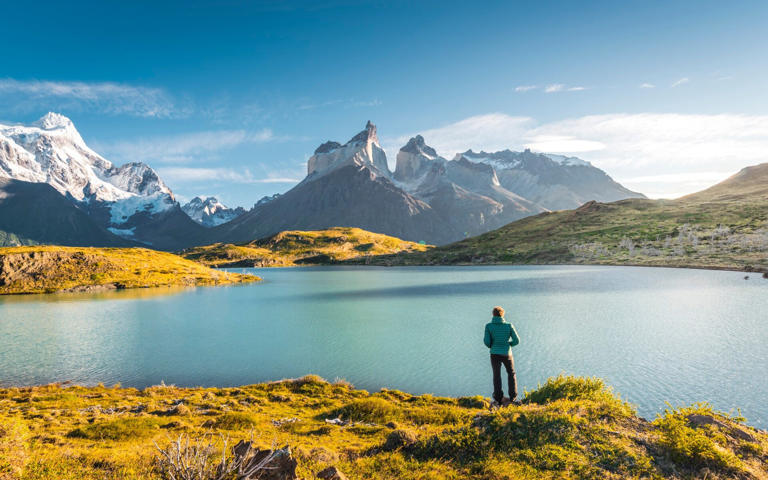

IMAGES
COMMENTS
Mount Kinabalu is the tallest mountain in Malaysia. The summit, Low's Peak, sits at 4095.2 meters (13,435 feet) above sea level. The mountain is located in the state of Sabah, East Malaysia on the island of Borneo. Among the mountains in Malaysia, it is the most prominent. Mount Kinabalu is one of the highest mountains in Southeast Asia.
Mt Kinabalu is one of the highest mountain in South East Asia. It's a craggy, tectonic plateau, technically part of the Bornean Crocker Range, and looms over the surrounding Sabah jungle like something out of Lord Of The Rings.For a lot of Malaysia travellers, this is the whole reason they visit: to get up at 2am, drink several cups of strong coffee, and watch the sun rise over Low's Peak.
Day 1: Timpohon Gate (1,866m) to Panalaban Base Camp (3,290m) Photo credit: Borneo Calling. Distance: 6km. Duration: 4 - 7 hours. Temperature: 18°C - 24°C. After settling everything at Kinabalu Park HQ, it's a short drive to the official start point of the hike, Timpohon Gate (1,866m).
Climbing Mount Kinabalu is not technically challenging, but it is physically demanding. The hike spans two consecutive days, taking 15 hours to complete. We trained at Gasing Hill in Kuala Lumpur to prepare for this challenge, where we hiked on steep inclines and rocky steps. Walking up the stairs of a high-rise condominium can also be helpful.
Rhododendrons abound in Mount Kinabalu's cloud forests (2200m to 3300m), flowering profusely in garish clusters of red, white, yellow and pink - five species of them endemic to the mountain. From this region upwards, orchids become more profuse. Mount Kinabalu hosts an astounding 800 species, including the exquisitely ornate Paphiopedilum ...
There are three routes for summiting Mt Kinabalu: Regular Descent, Via Ferrata (Walk the Torq), and Via Ferrata (Low's Peak). All three of them take the exact same route to the summit (which is also confusingly called Low's Peak) & back down, and all take 2 days 1 night. The only difference between the Regular Descent & the Via Ferrata routes ...
Mount Kinabalu Climb Itinerary. The entire hike is 8.72km one way, so 17,4 km return over two days with an elevation gain of 2300m and of course 2300m to walk down. Climbers have two days to attempt the climb. On day one hikers start at Timpohon Gate ascending to Laban Rata where they overnight.
The costs are likely to change but at time of writing it was under US$5 for a single ticket from KK to the Park. The journey by bus takes approximately 3 to 4 hours and climbs steadily from sea level to 1600 metres and entrance to the Kinabalu National Park. The buses are fairly comfortable and very cheap.
It is still at an impressive altitude of 3,776 meters. There is a beginner's route - Walk the Torq, a 2-hour side trip down Mount Kinabalu, or the full Low's Peak Circuit. The LPC is a 4-6 hour hike after summiting Mount Kinabalu, which includes .75-miles via Ferrata cables, ladders, and suspension bridges.
8. On top of the highest peak at Mount Kinabalu. (Low's Peak) At 6.05 am, we finally reached the summit, a moment we had dreamed of for so long. Standing atop Low's Peak at 4095m above sea level is indescribable. The total distance from Timpohon Gate is 8.72km, with an elevation of 2229m.
Mount Kinabalu is Borneo's tallest mountain. You can climb to the top of Low's Peak (4,095.2 m or 13,435.7 ft above sea level). The height of the mountain is often given as 4,101 m but satellite imaging has proven this to be incorrect. The mountain is sacred to locals. They believe that spirits of their ancestors inhabit the top of the mountain.
Sabah. At a height of 4,095 metres (13,435 feet) above sea level, Mount Kinabalu is Southeast Asia's highest peak. Located in the Ranau district, West Coast Division of Sabah, Mount Kinabalu is a world-famous destination, particularly among avid mountain climbers. It's the main attraction of the Kinabalu Park, a UNESCO World Heritage Site.
Arguably one of the most challenging two day one night hikes in Southeast Asia, Mount Kinabalu is the highest mountain in Borneo and Malaysia with an iconic rugged summit. It stands at 4095 m above sea level that takes trekkers from lush jungles to barren rock sea. Only a limited number of hikers are allowed
January 29, 2017. Scaling at a height of 4,096 metres above sea level, Mount Kinabalu is the highest mountain in the Malay Archipelago. It is one of the hardest mountains to climb in Southeast Asia and typically requires a two-day climb to reach the summit.
Day 01: Kota Kinabalu - Kinabalu Park HQ - Timpohon Gate - Laban Rata. Starting early from the hotel for the 2 hours journey to Kinabalu Park. Registration at the Park HQ, getting ID tags, mountain guide, packed launch. Remember to wear the ID tag at all times. Transfer to Timpohon Gate for starting the hike.
Day 3: Mount Kinabalu summit / Kota Kinabalu. Sunrise Mount Kinabalu Summit (4095 m) The summit climb starts at 2 am, starting at Laban Rata (3,352 meters asl) all the way to Low's Peak (4,095 meters asl). The climb to the top takes about three to four hours. This is the most challenging part of the climb, with several steep places to conquer.
Adventurous Borneo Wildlife & Mt. Kinabalu Climb trek. From £1880 13 days ex flights. Climb through dense jungles to explore Sabah's wild heart. From £2995 11 days ex flights. An active exploration of Borneo. From £3999 to £4849 16 days inc UK flights. See all our Mount Kinabalu Holidays Give us a call.
Mt Kinabalu & Kinabalu National Park. Gunung Kinabalu, as it is known in Malay, is the highest mountain on the world's third-largest island. It is also the highest point between the Himalayas and New Guinea. Rising almost twice as high as its Crocker Range neighbours, and culminating in a crown of wild granite spires, it is a sight to behold.
The shuttle bus operates from 7:30am to 8:15pm, departing every 30-45 minutes, and goes from Terminal 1 to Terminal 2, and then onto KK city centre. Shuttle buses stop at Centre Point, Horizon Hotel, and Padang Merdeka. For onward transportation to Kinabalu National Park, you'll be wanting to get off at Padang Merdeka.
Photo by Mahosadha Ong on Unsplash. If you are fit enough, you can plan your climbing trip to Mount Kinabalu with morning call at 6 am, a shuttle to the Timpohon Gate (1866.4 m) from the Park HQ (1563.8 m) at 7 am, arrival at Laban Rata (3272.7 m) around 10 am, and at Low's Peak (4095.2 m) by 1 pm. All hikers must be back at the HQ by 5 pm.
Sunrise on Mount Kinabalu. Mount Kinabalu (Malay: Gunung Kinabalu, Dusun: Gayo Ngaran or Nulu Nabalu) is the highest mountain in Borneo and Malaysia.With an elevation of 4,095 metres (13,435 ft), it is the third-highest peak of an island on Earth, the 28th highest peak in Southeast Asia, and 20th most prominent mountain in the world. The mountain is located in Ranau district, West Coast ...
Tour Highlights. Climb Malaysia's highest peak, Mount Kinabalu, situated within The Kinabalu UNESCO Global Geopark. Stay 1 night above the clouds at Panalaban Assorted Huts. Catch the most breathtaking sunrise from Low's Peak Summit at 4095.2m above sea level. Walk away with a Certificate of Achievement to prove that you have completed the climb.
From July 2023 into 2024 with Exodus Travel. Climb both Mt Kenya and Mt Kilimanjaro on the same trip from £5,295 for a 15-day trip including flights, ... Mount Kinabalu, Borneo (4,095m)